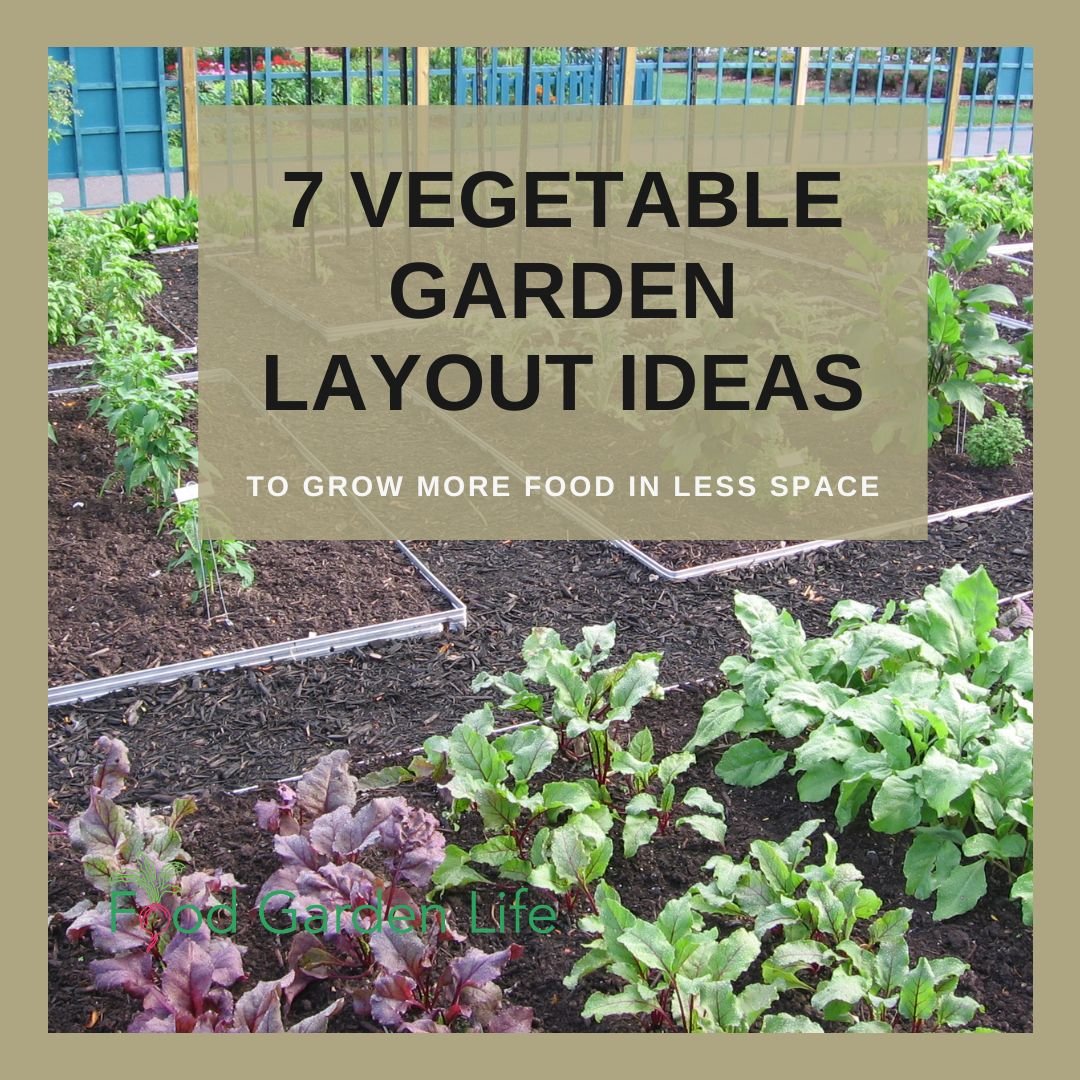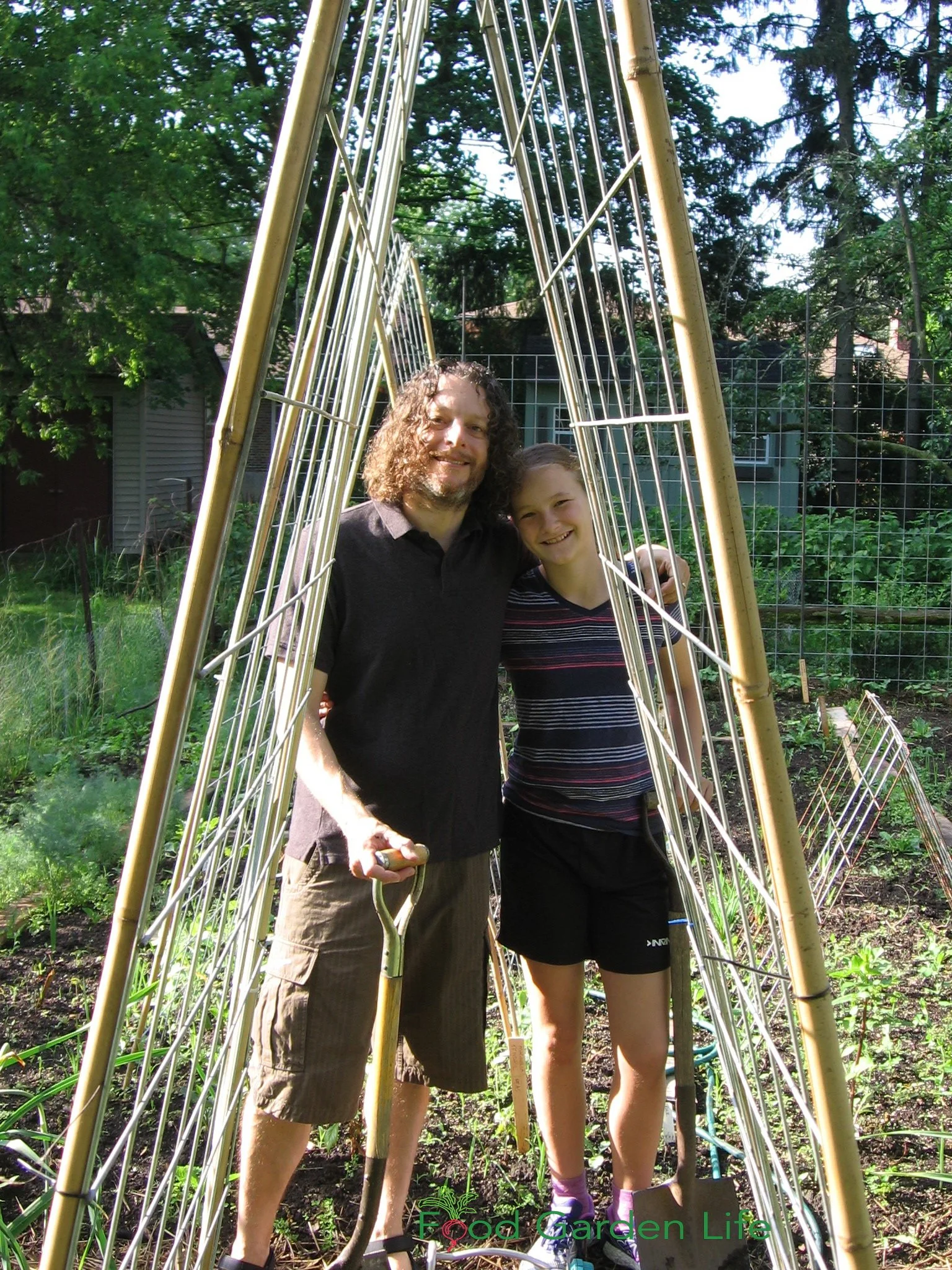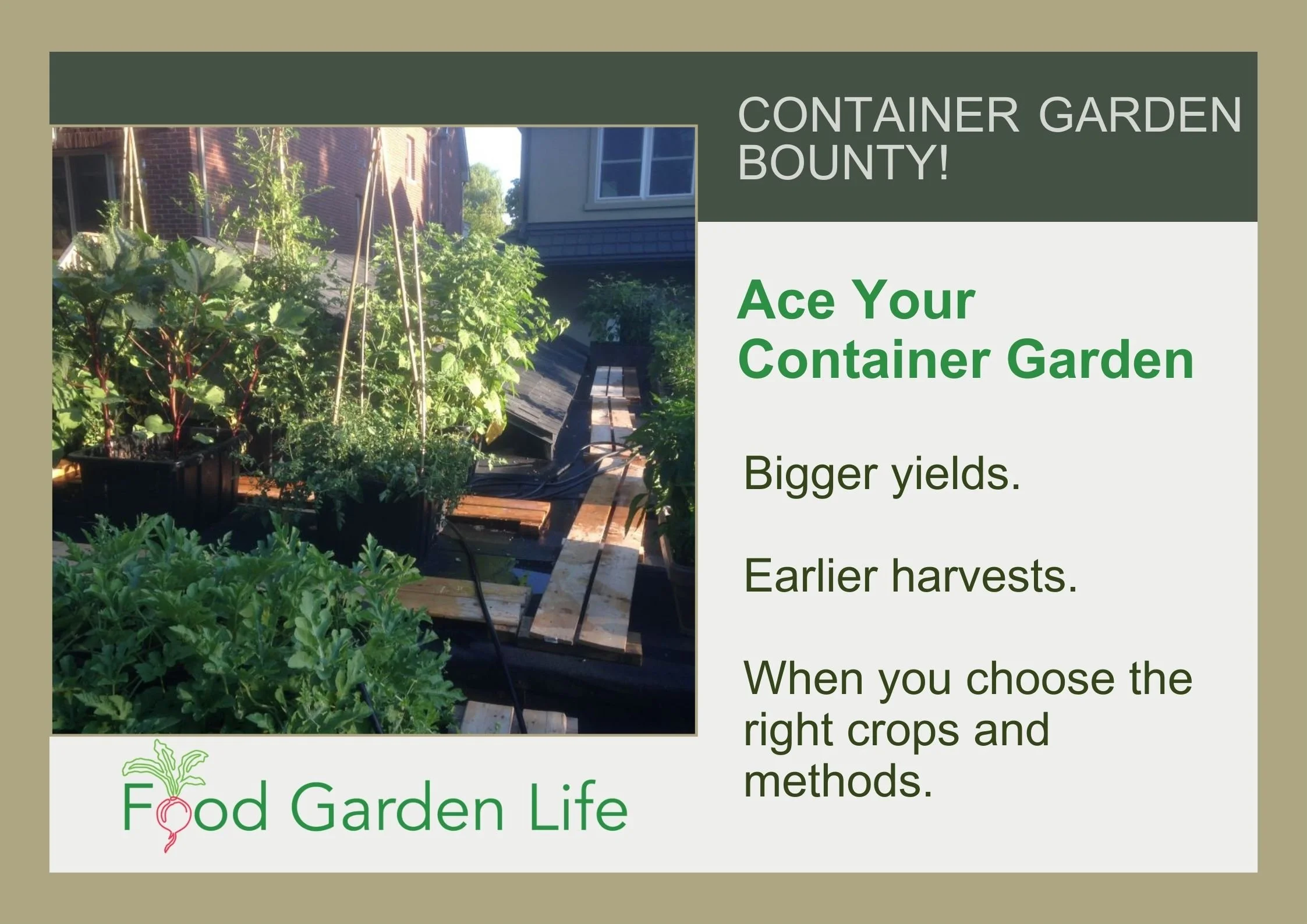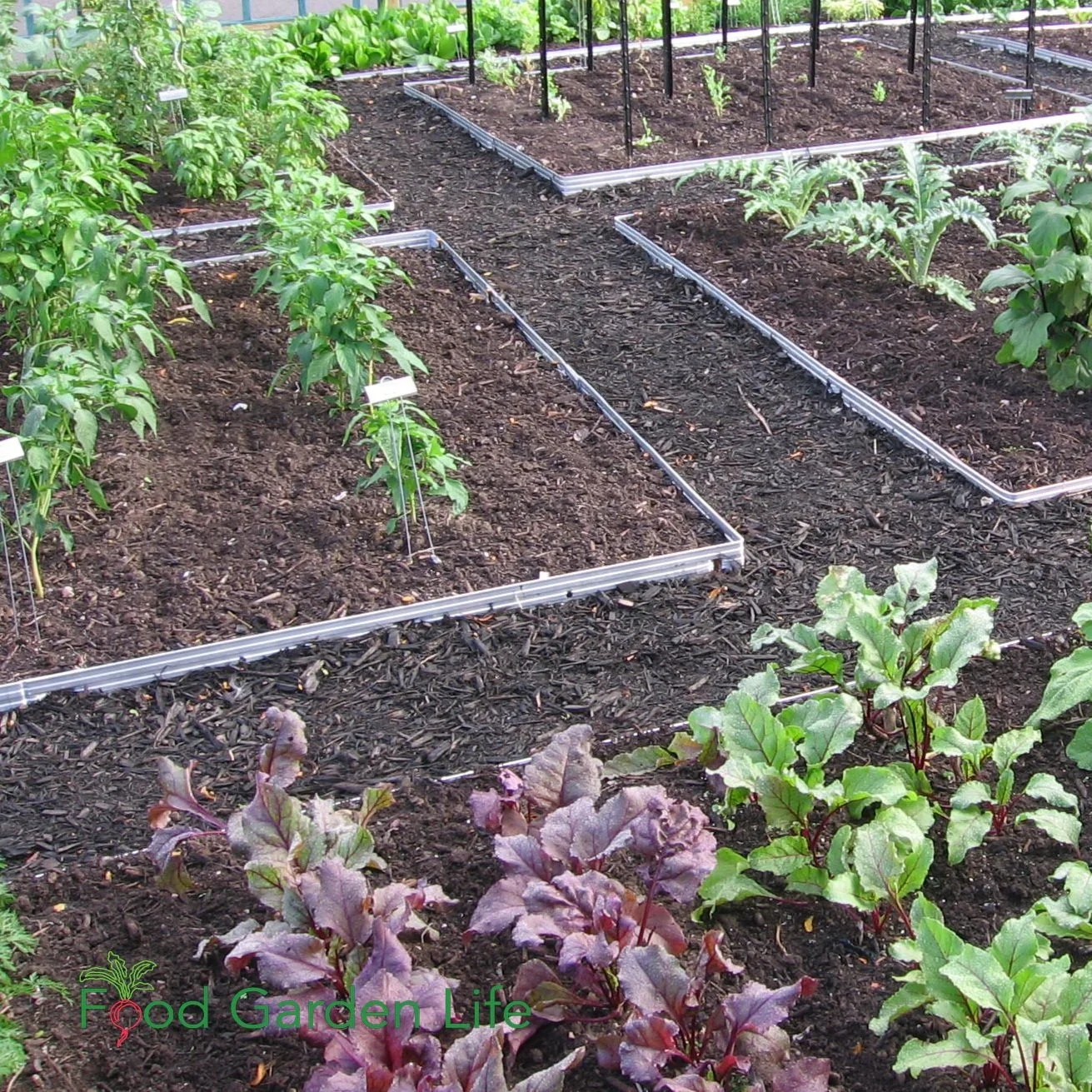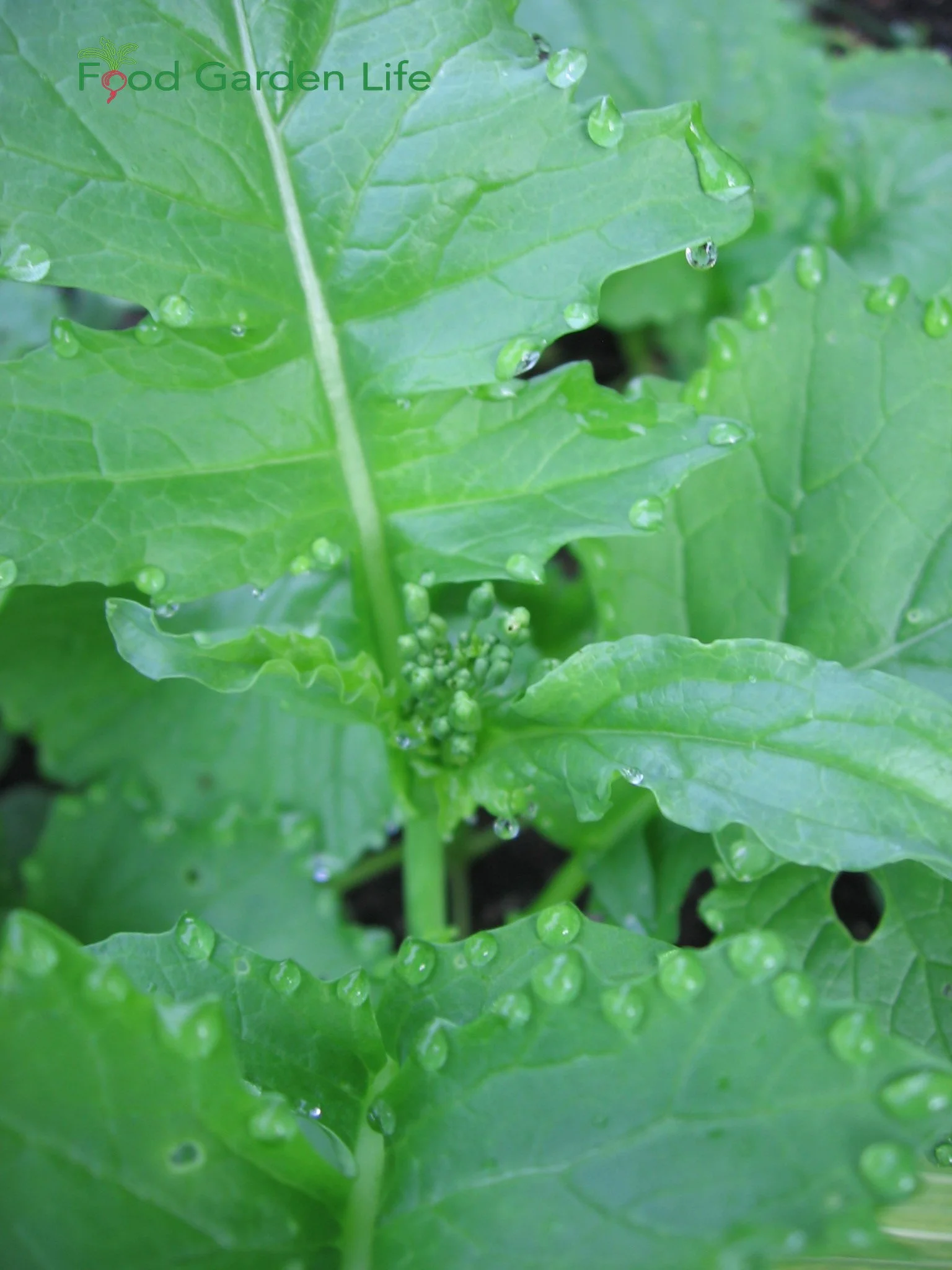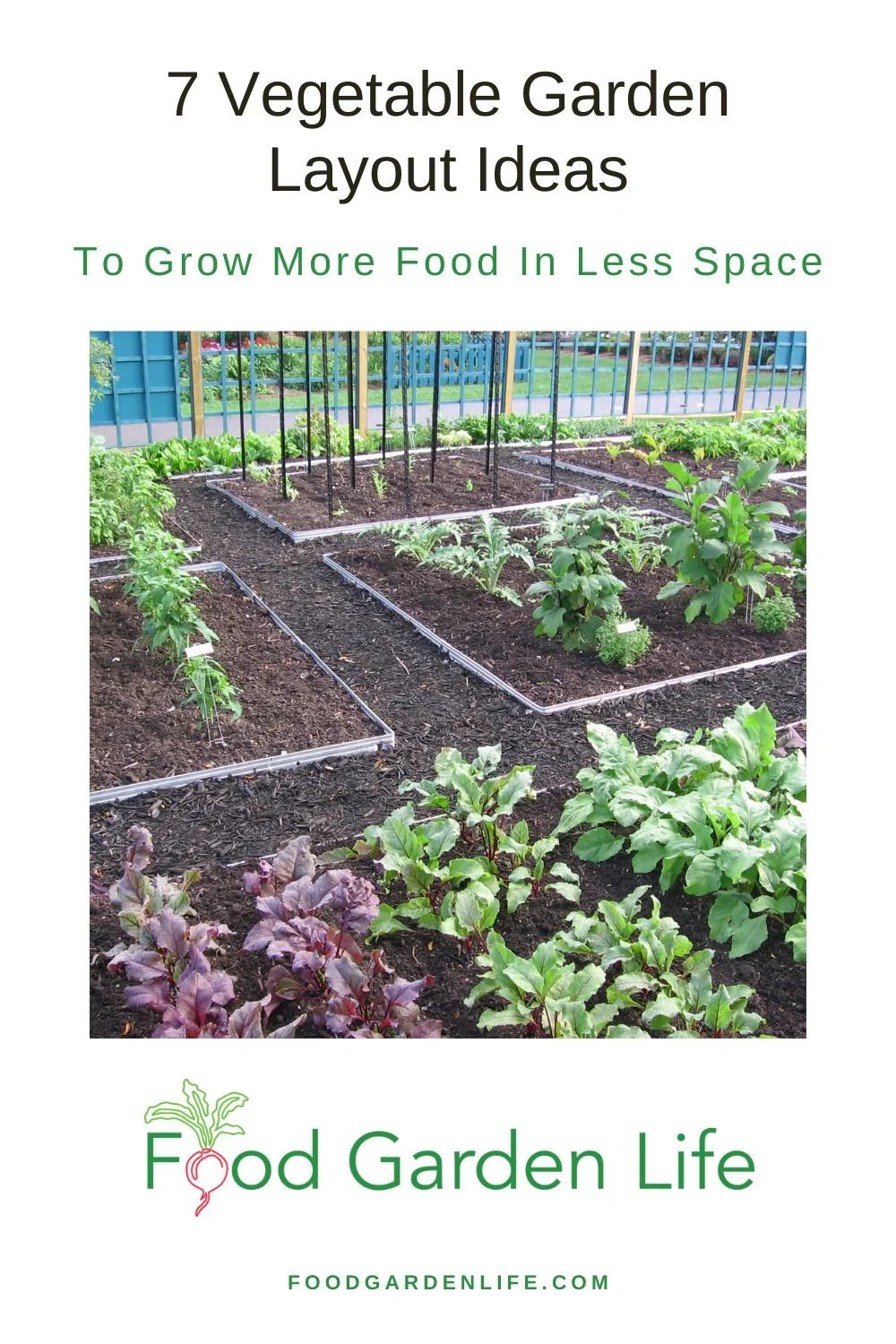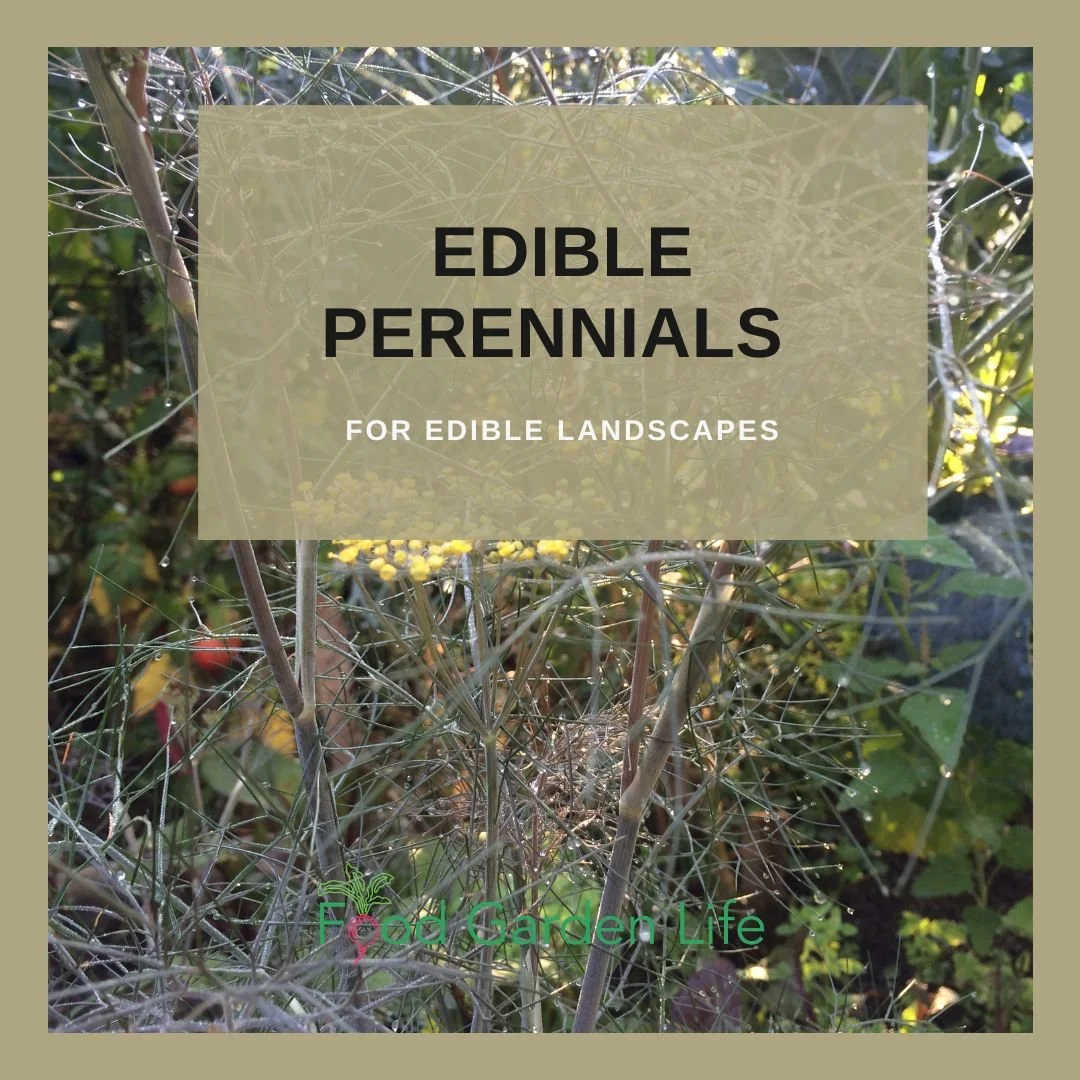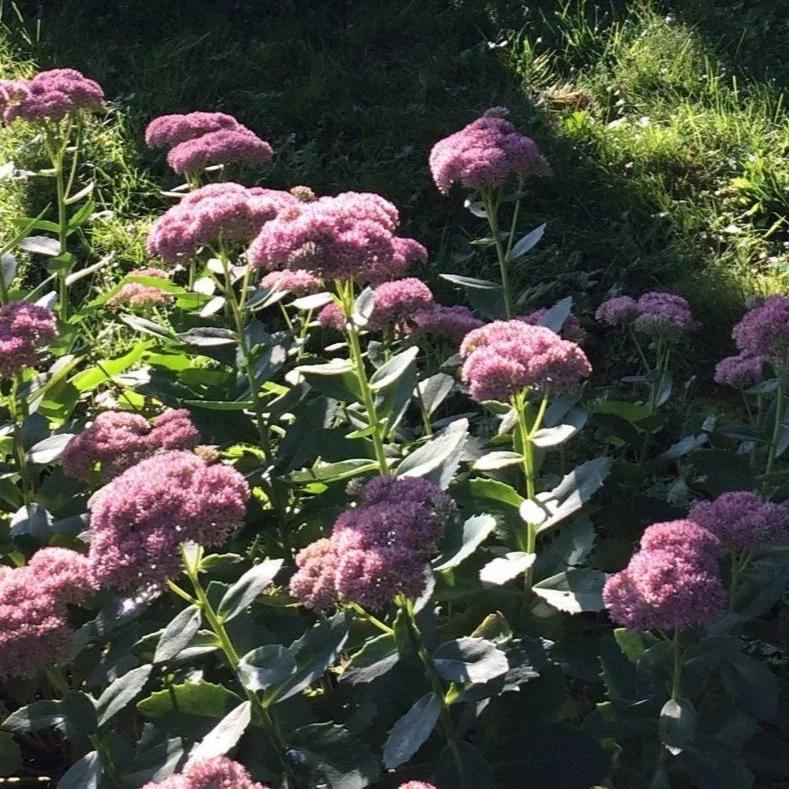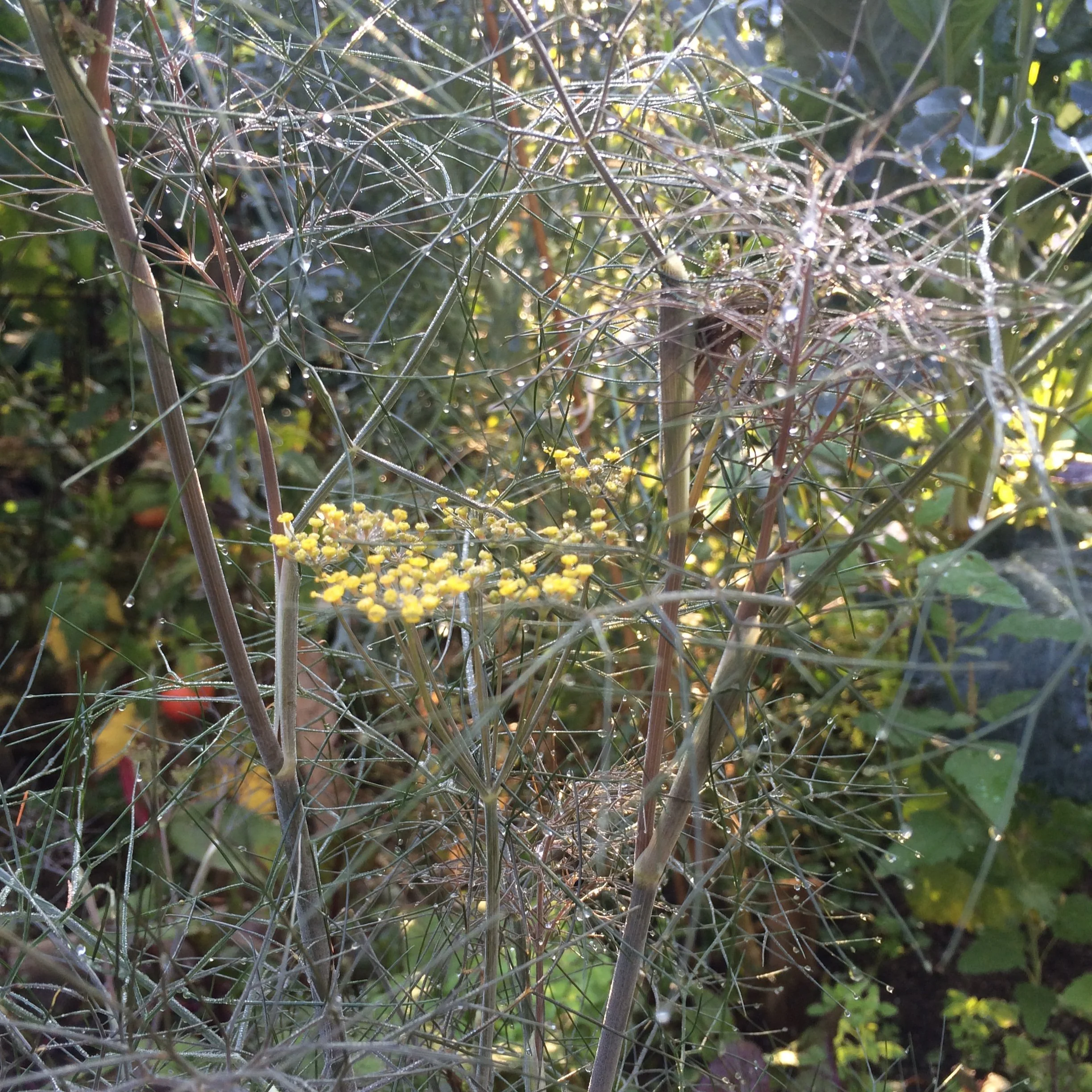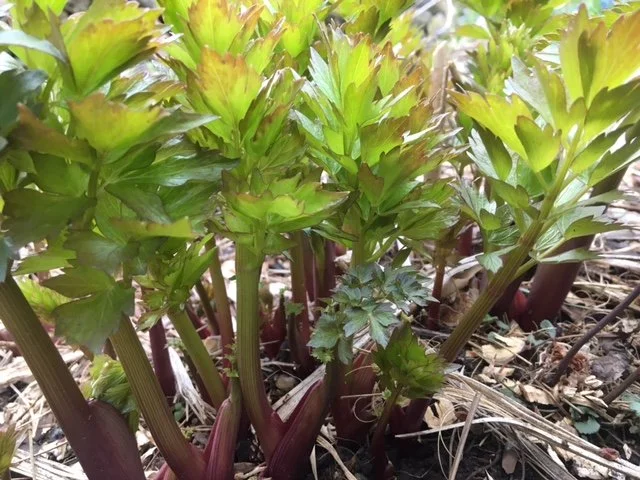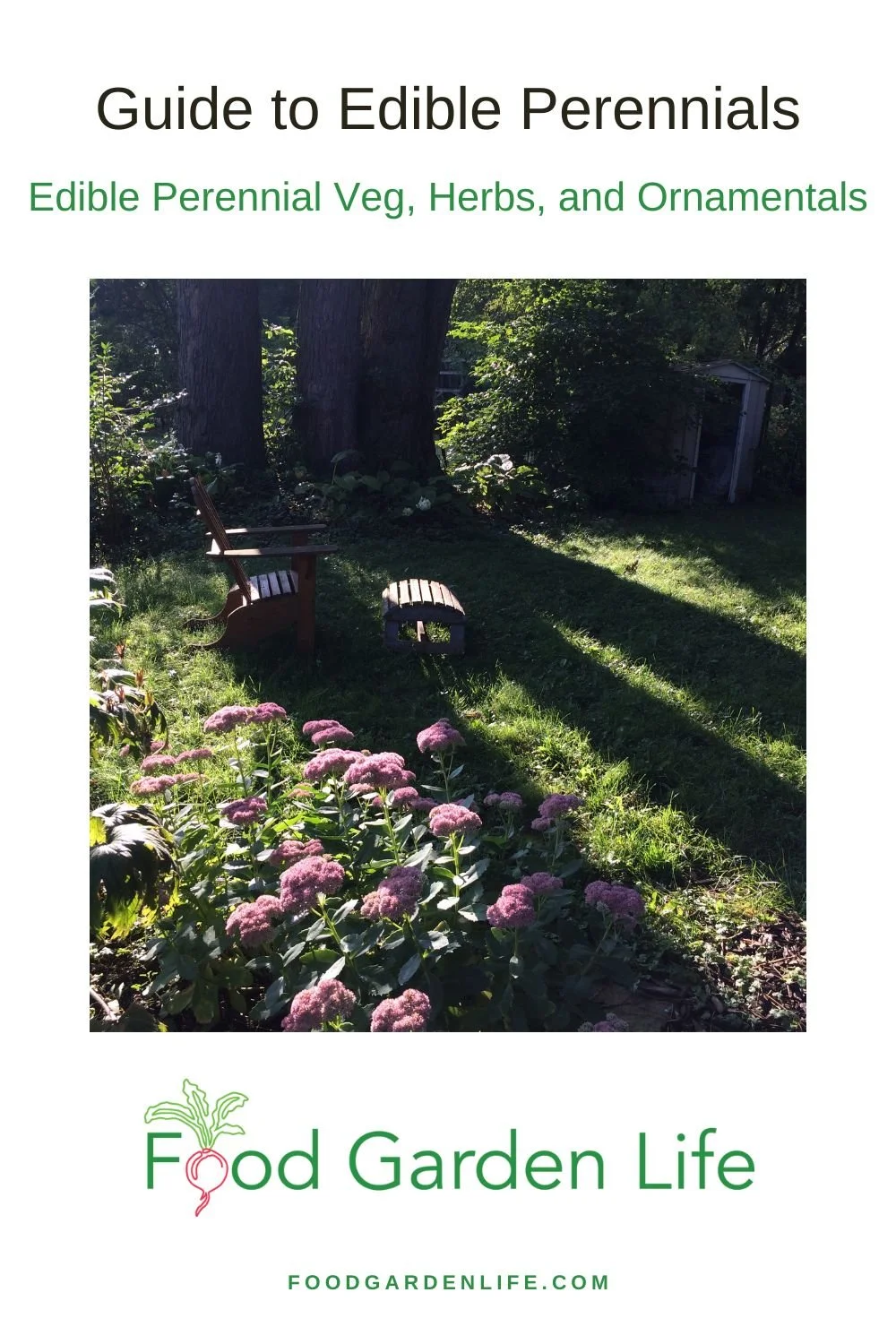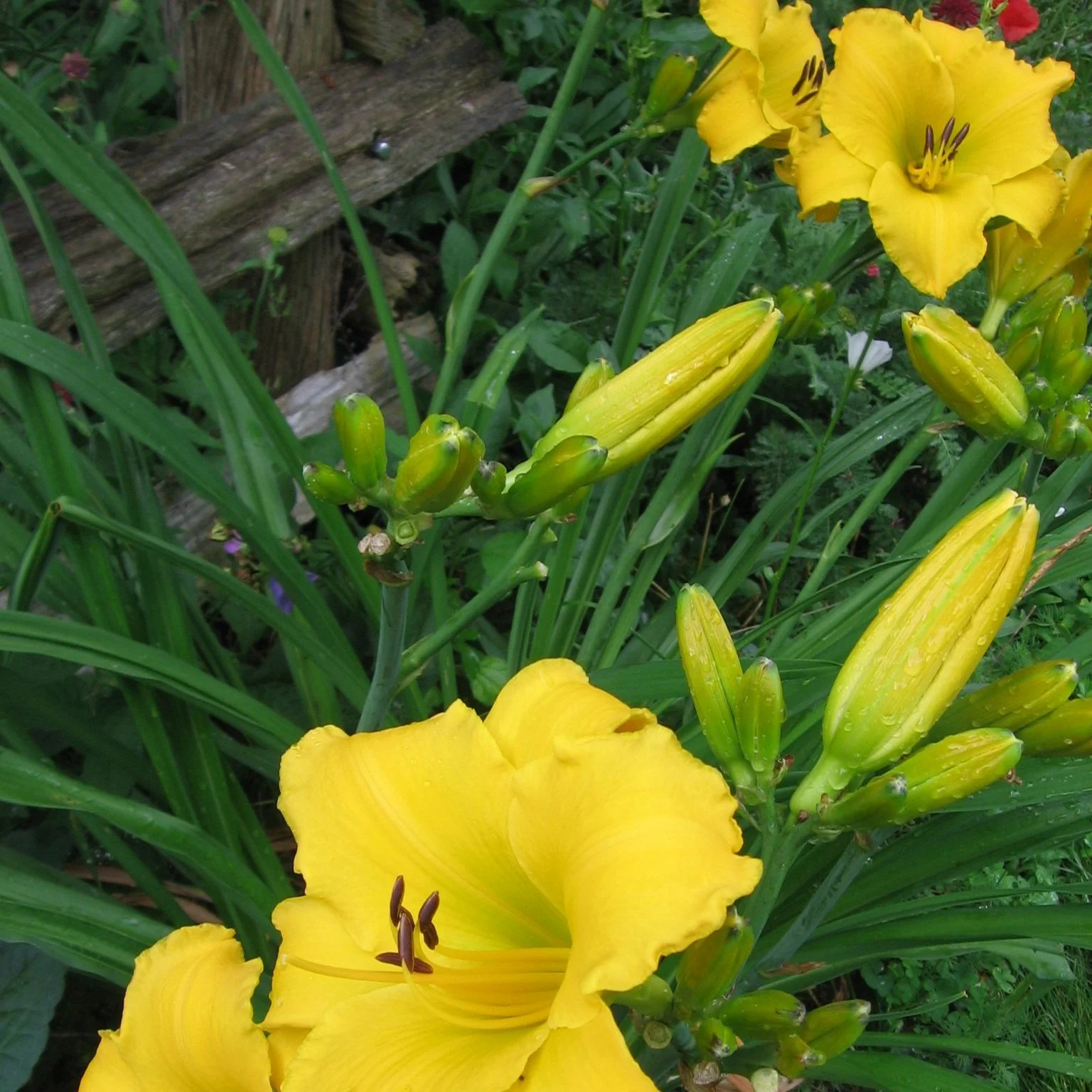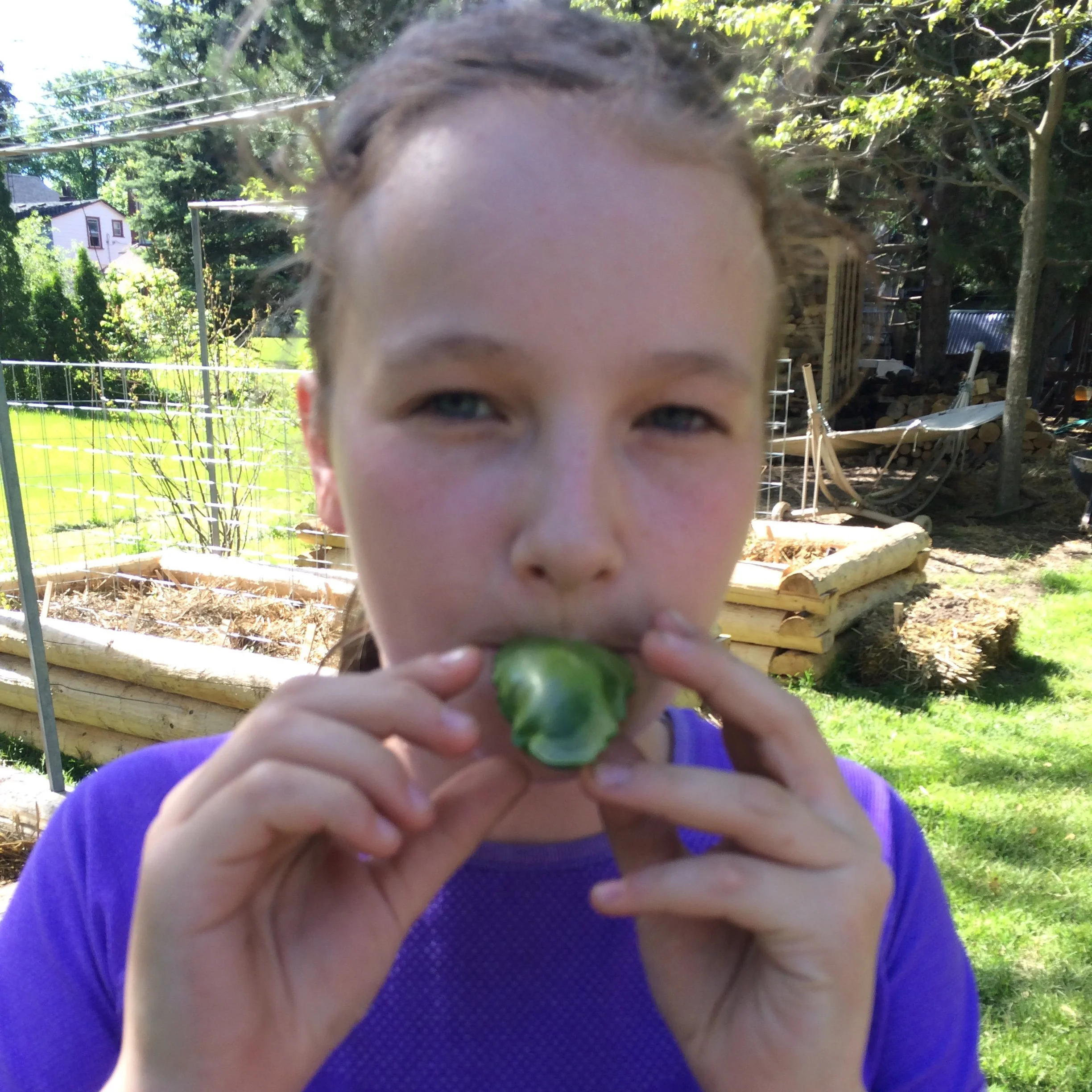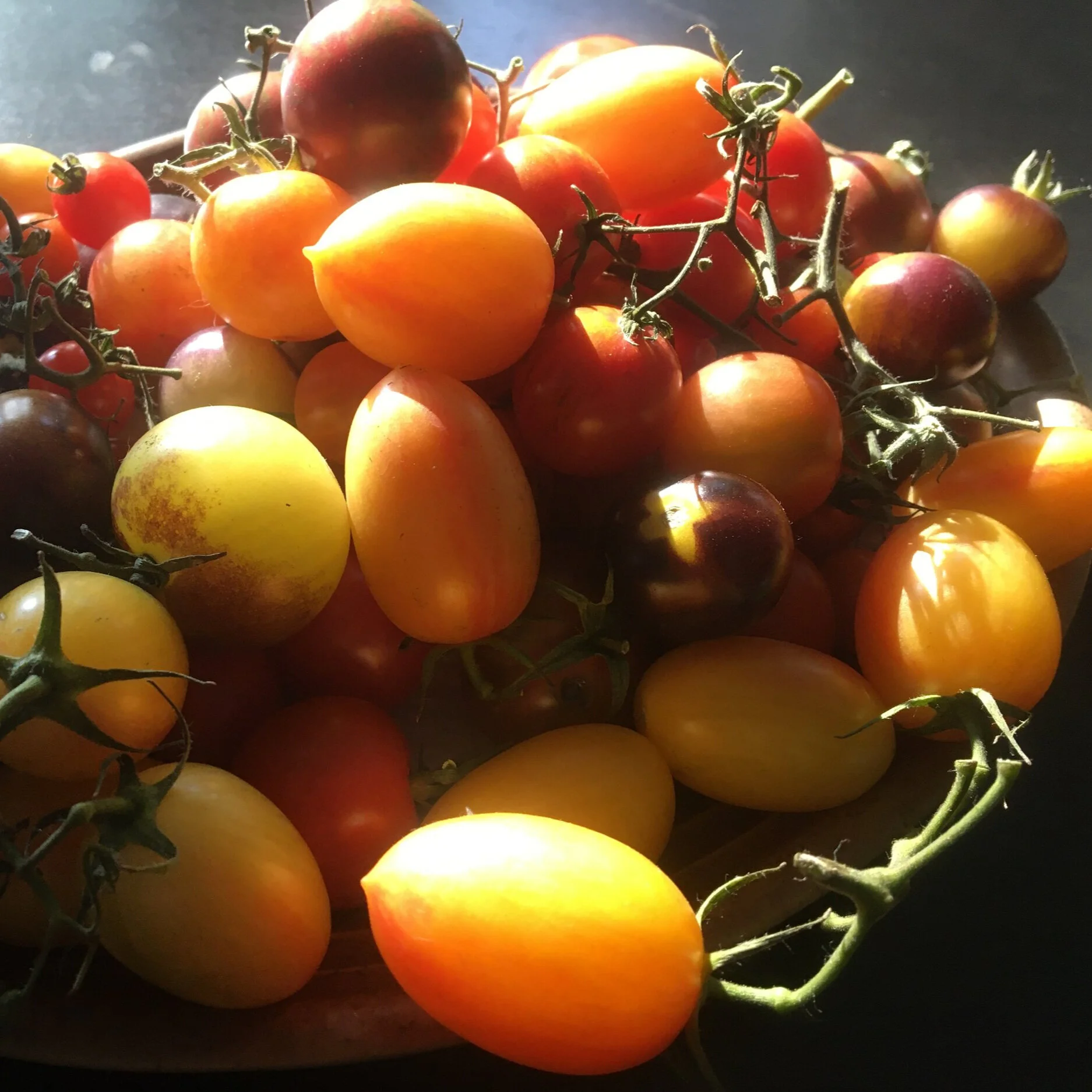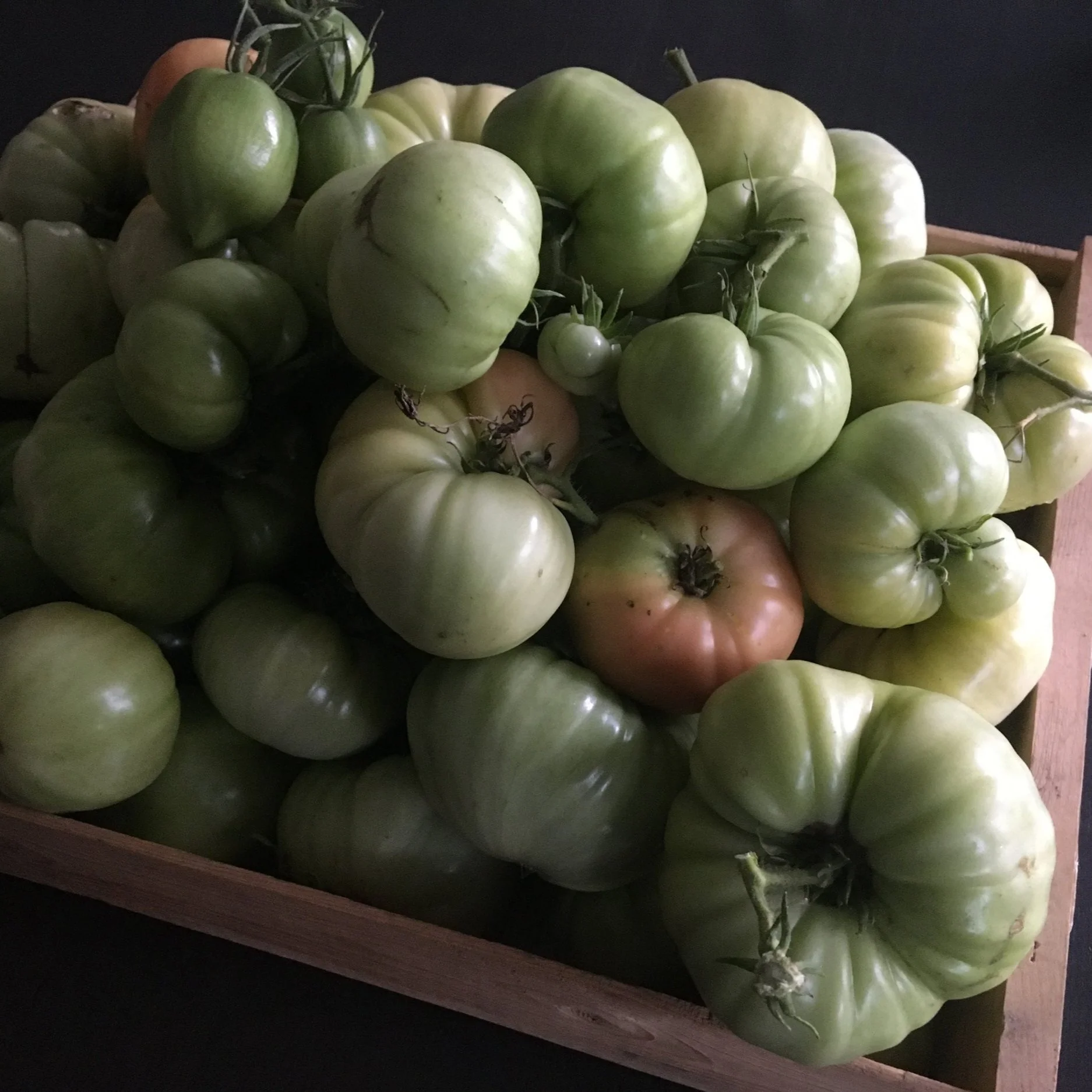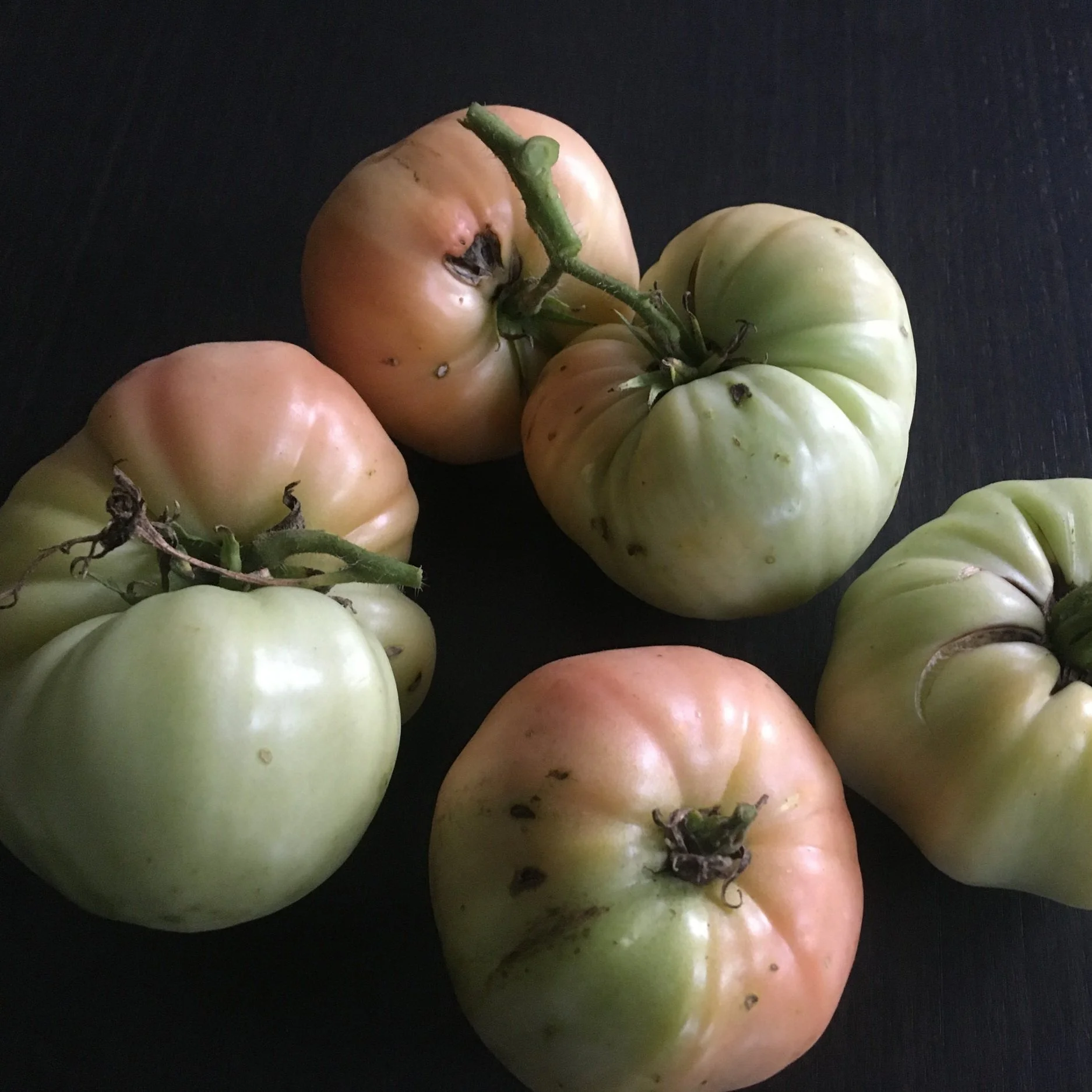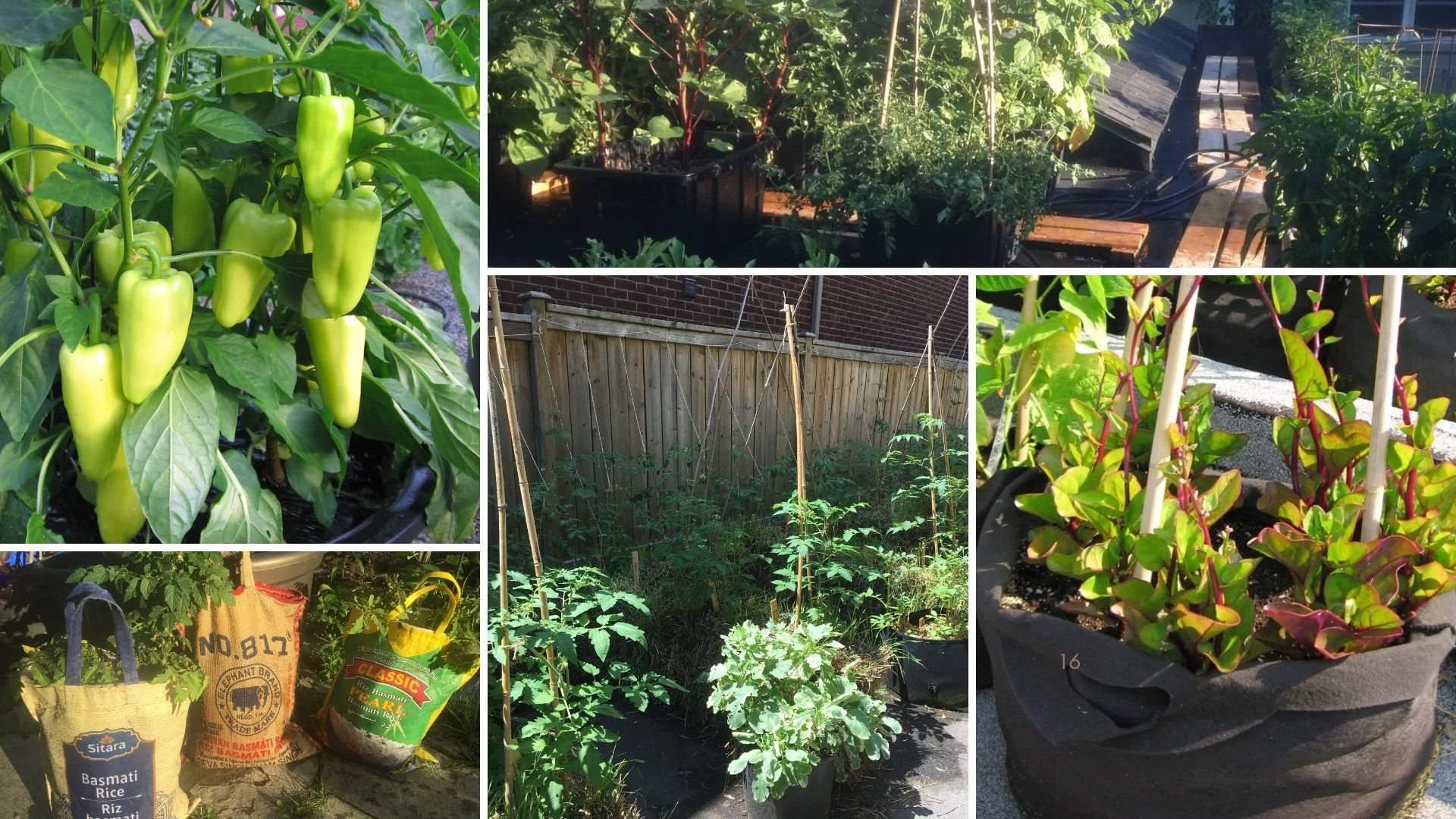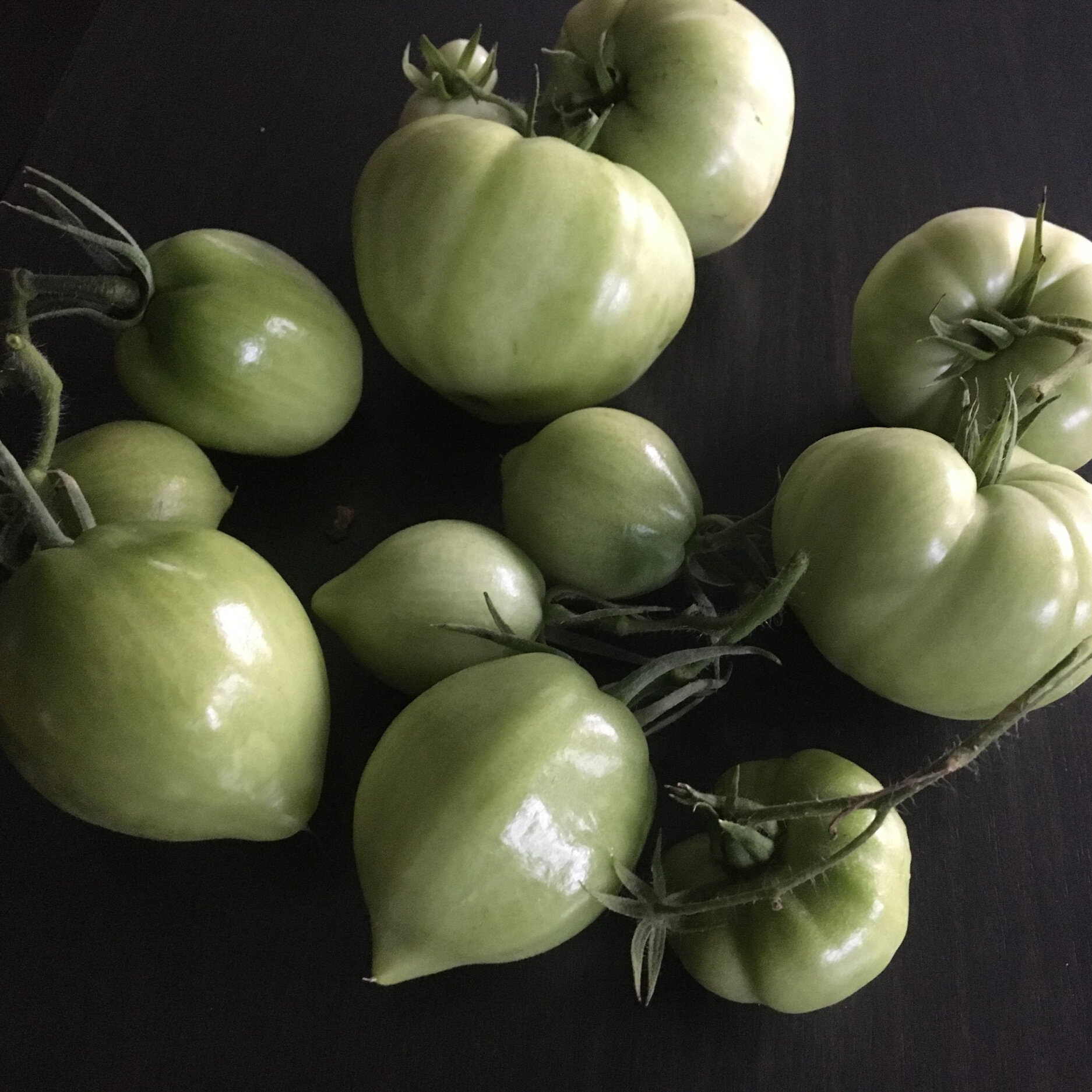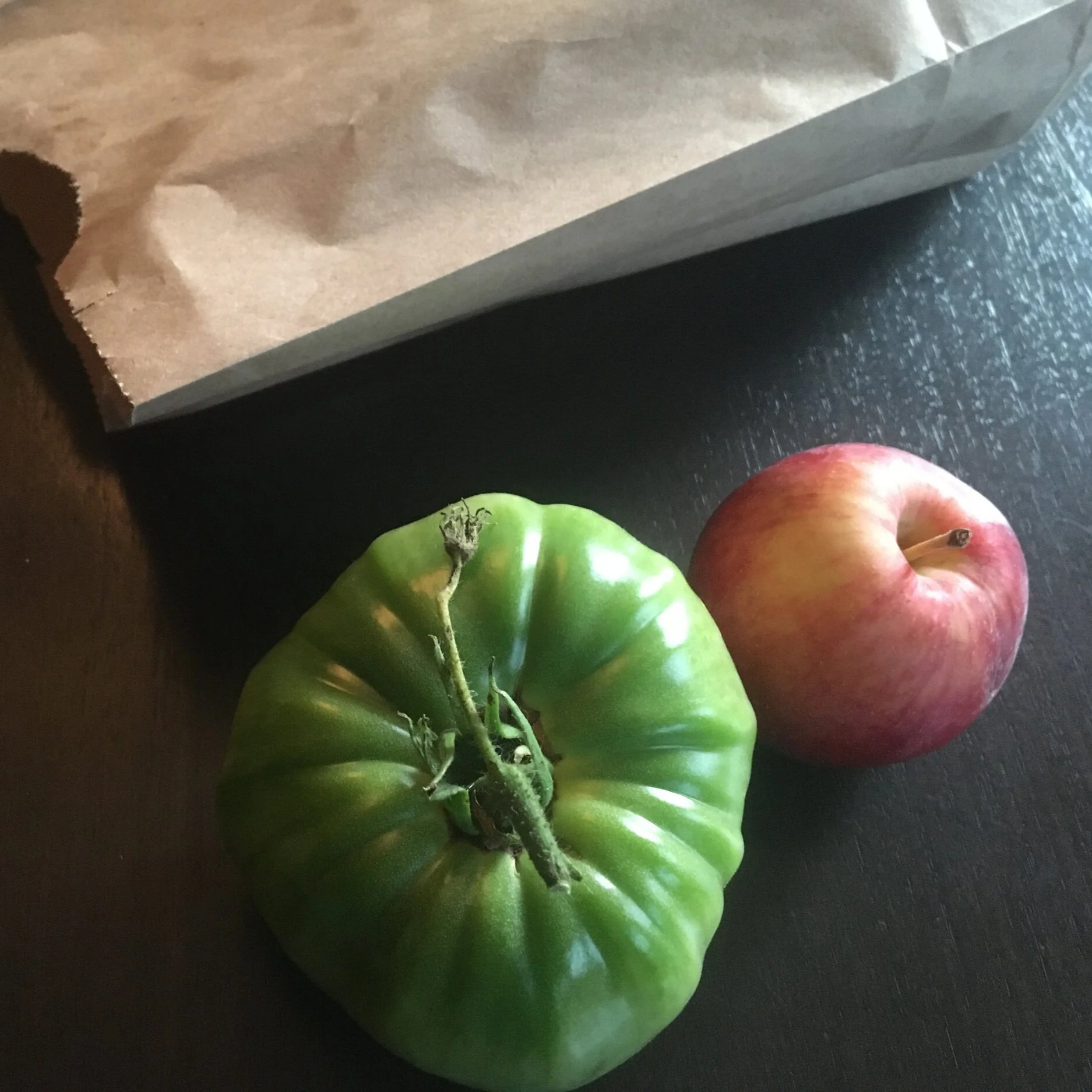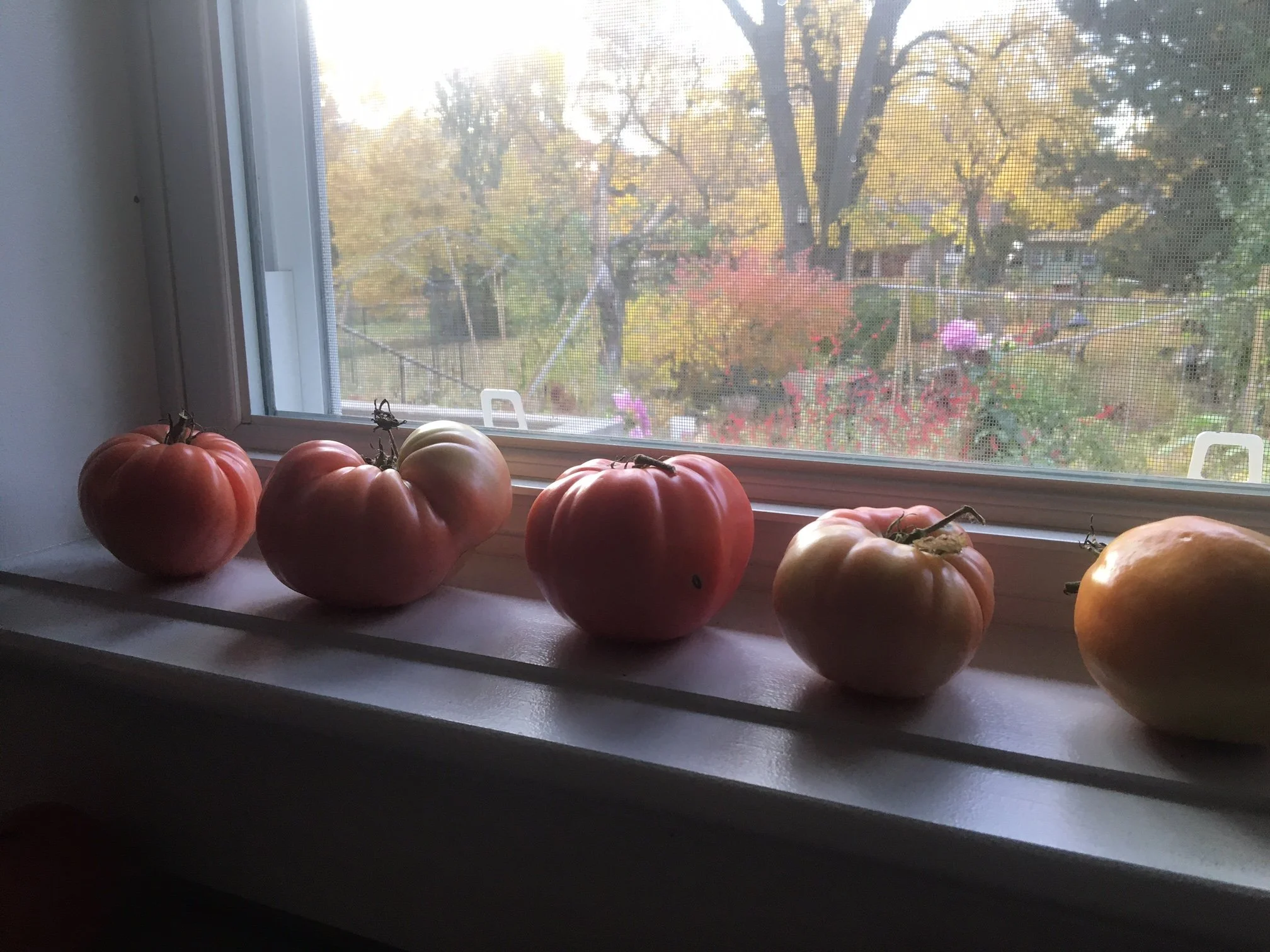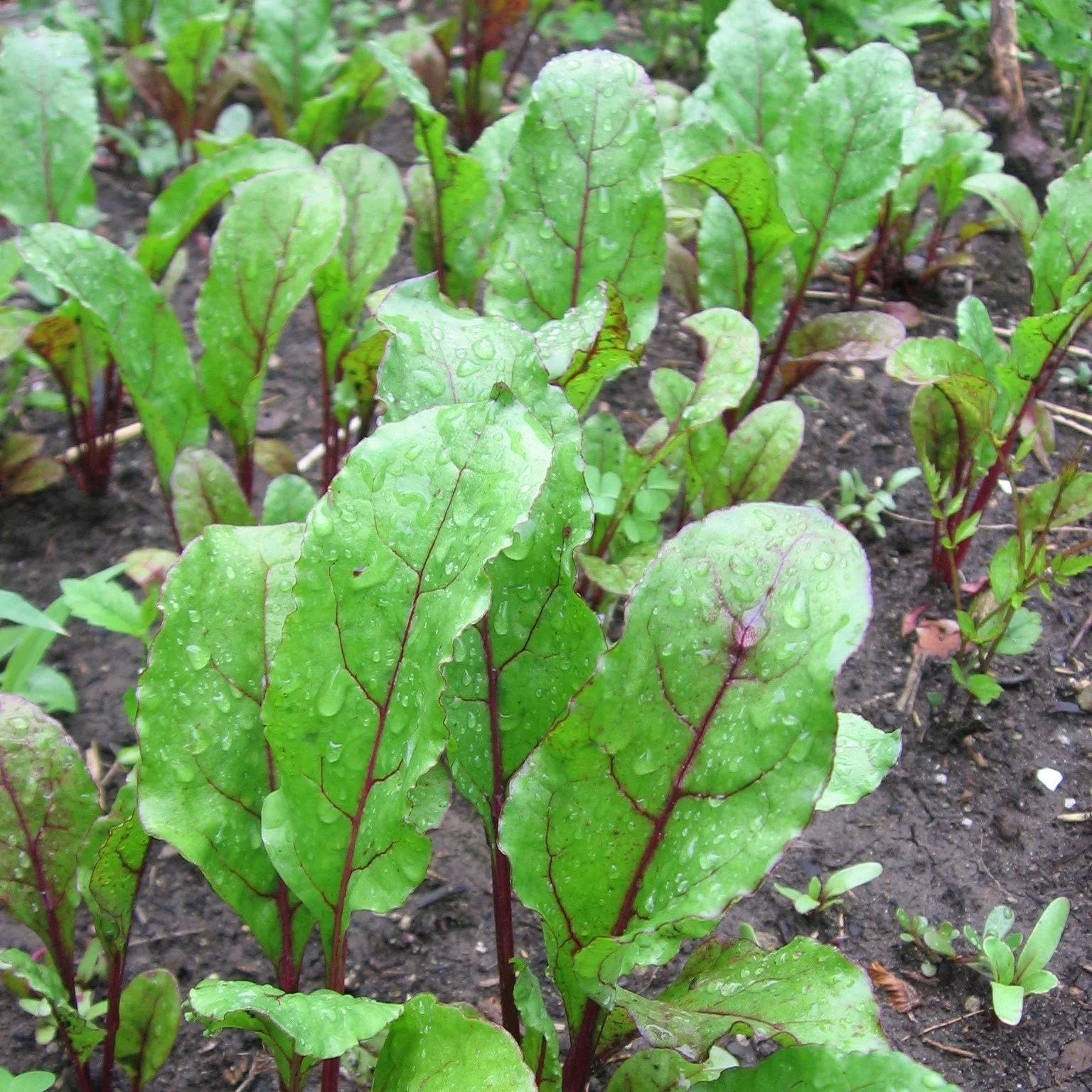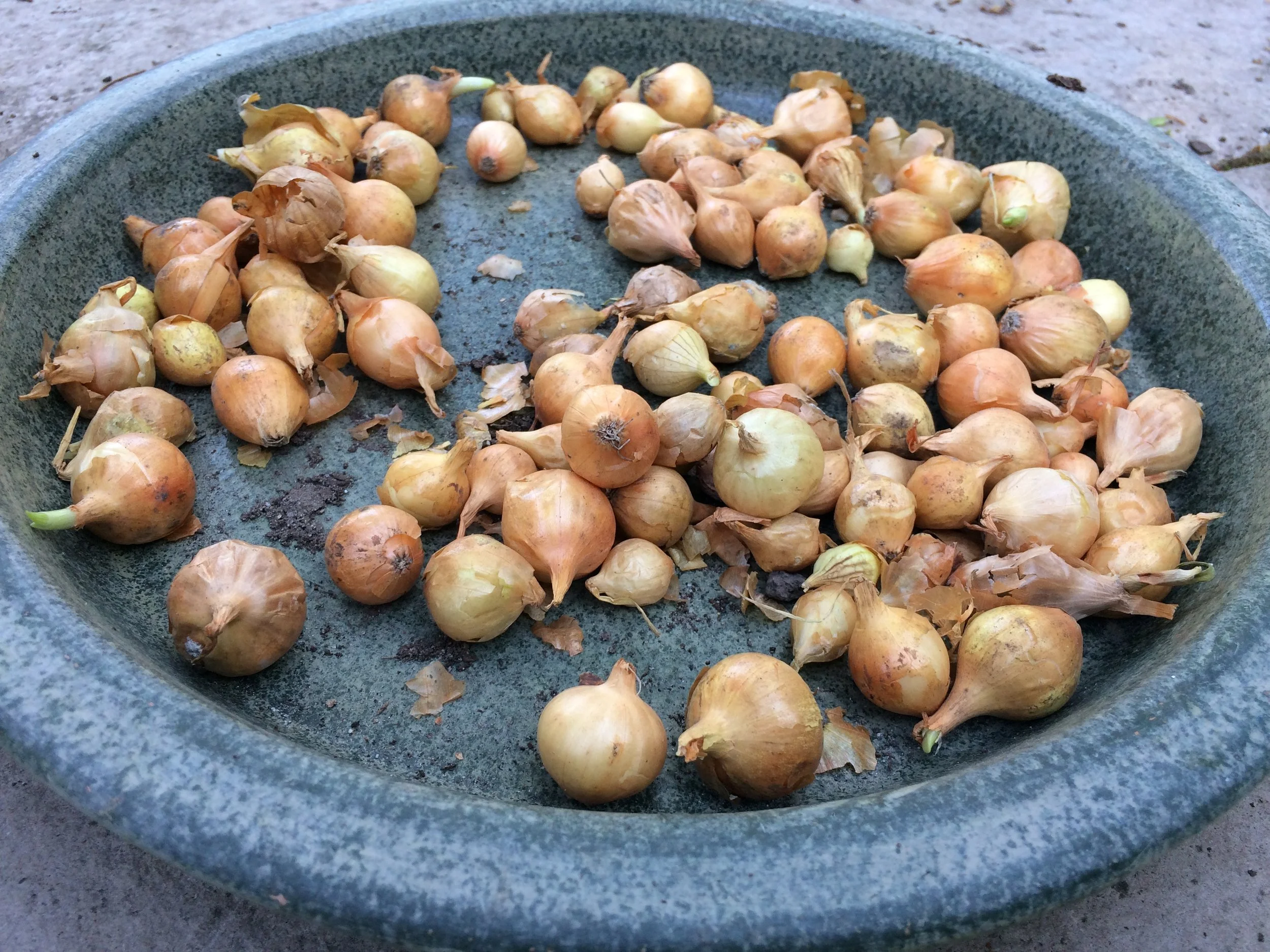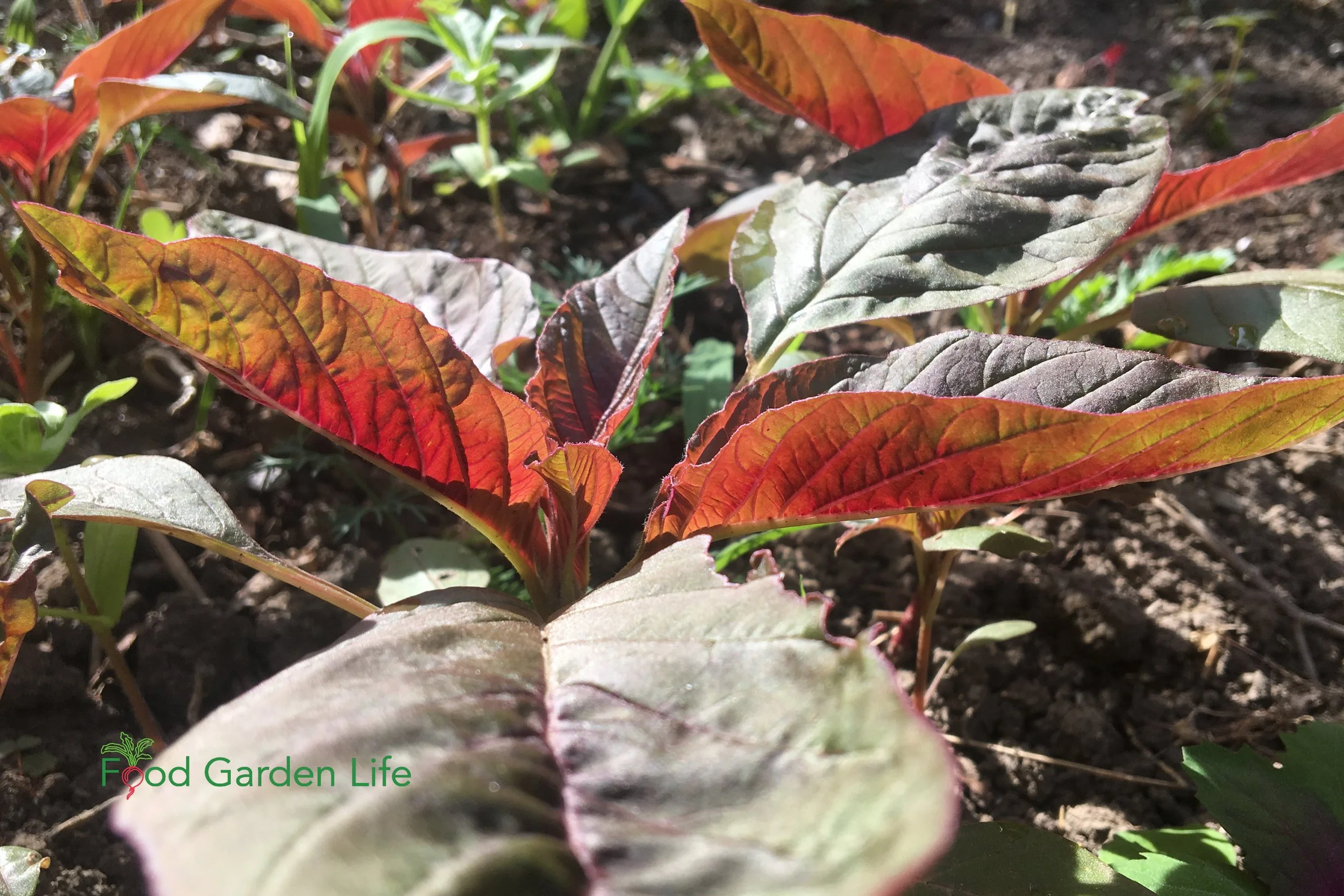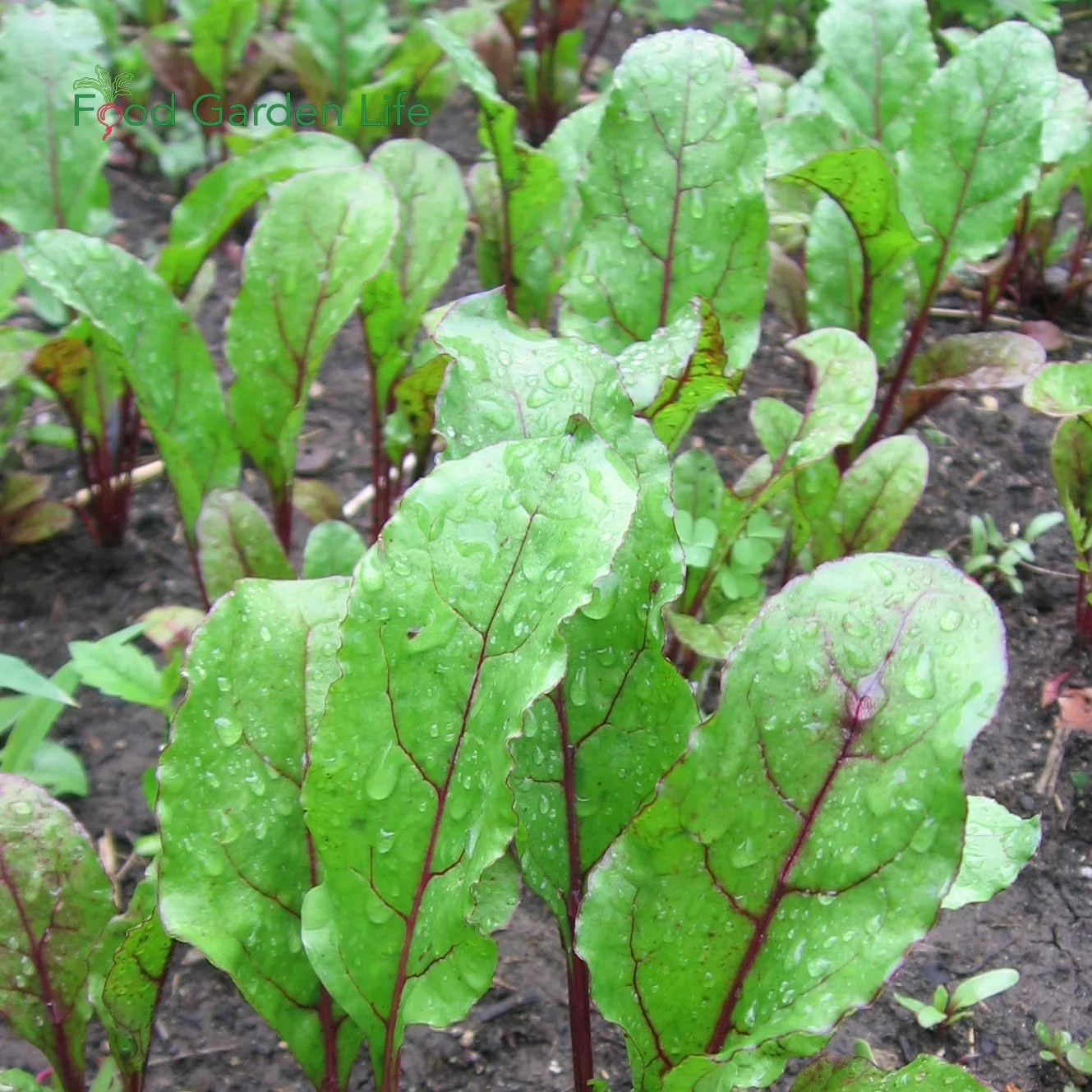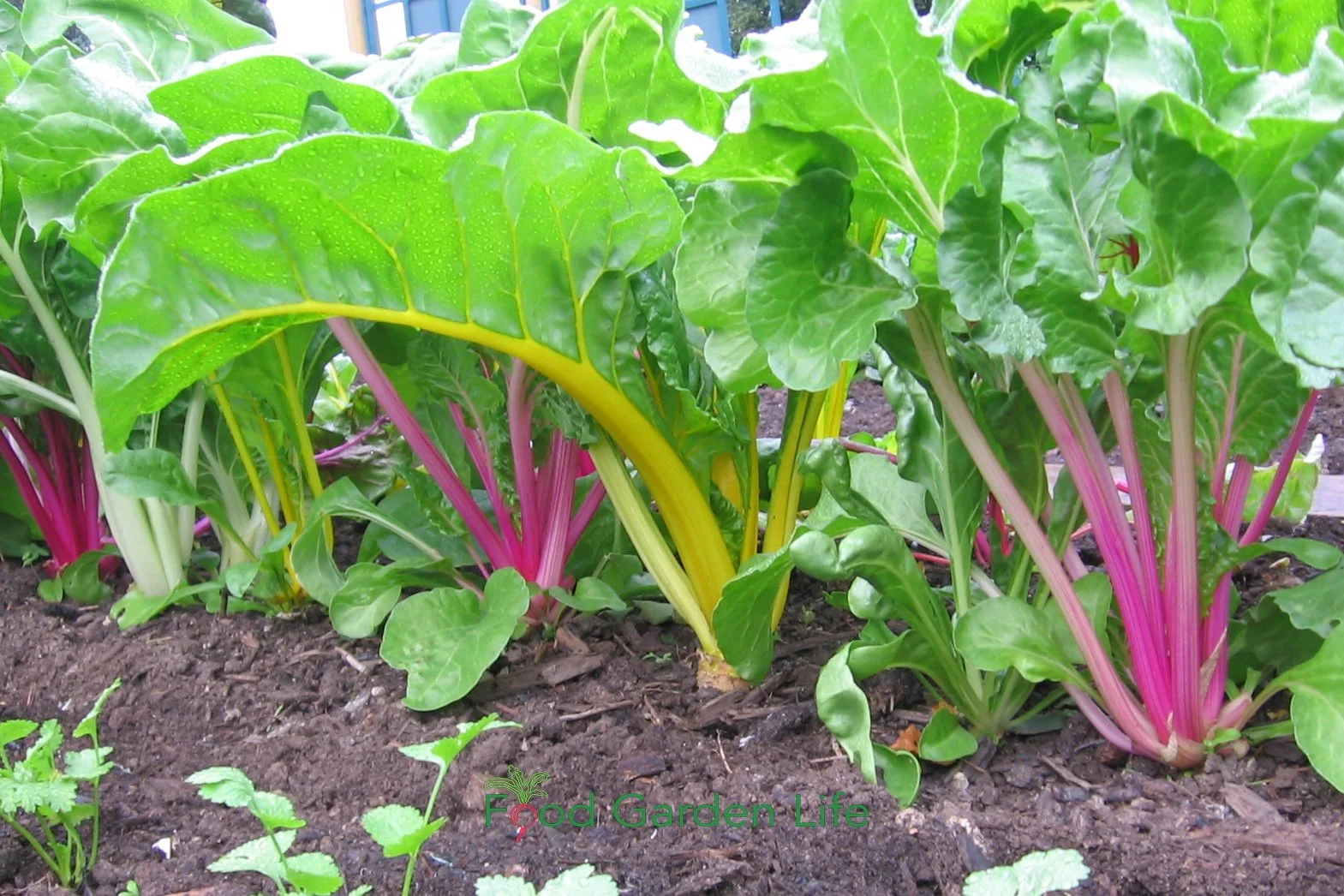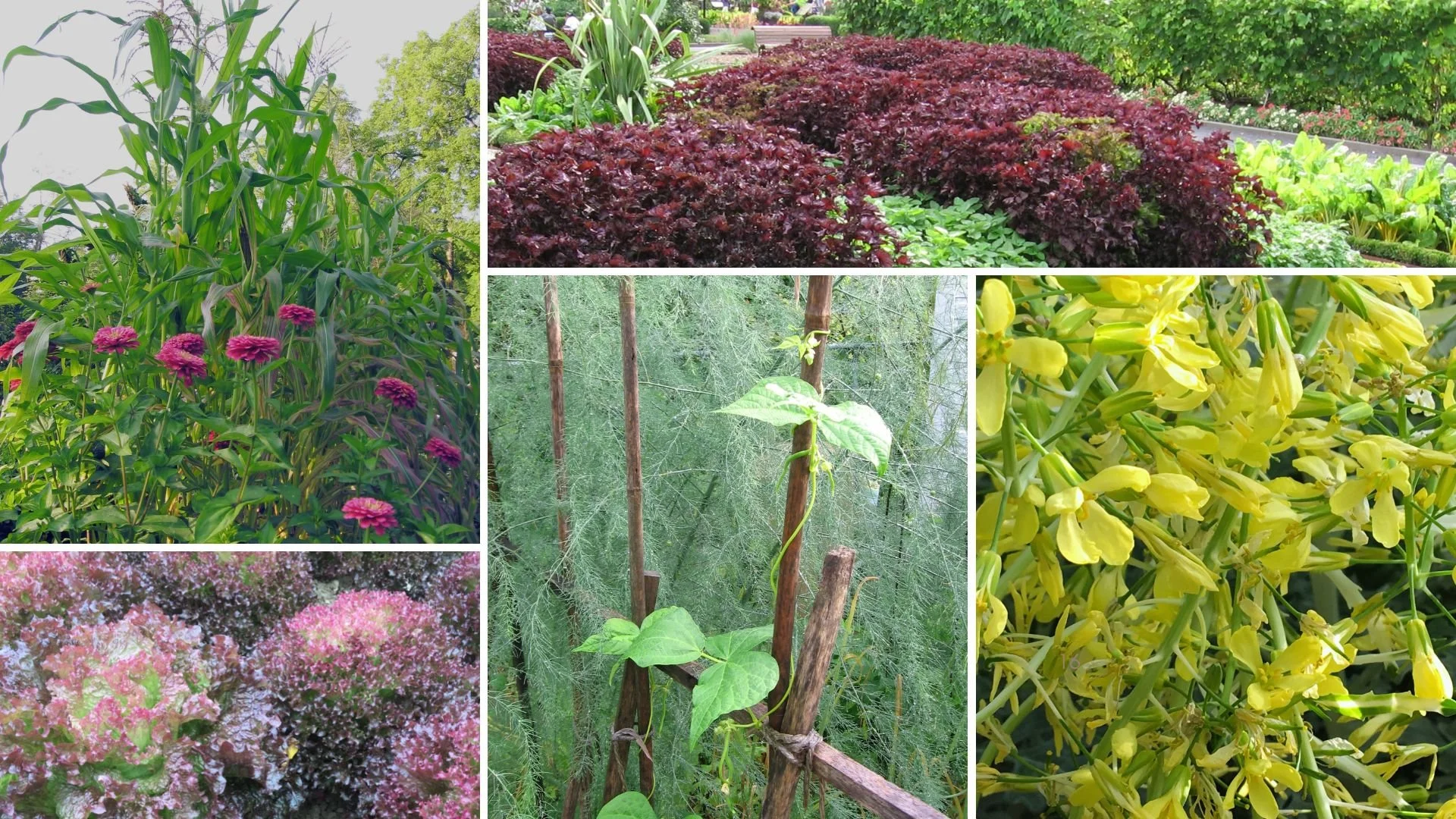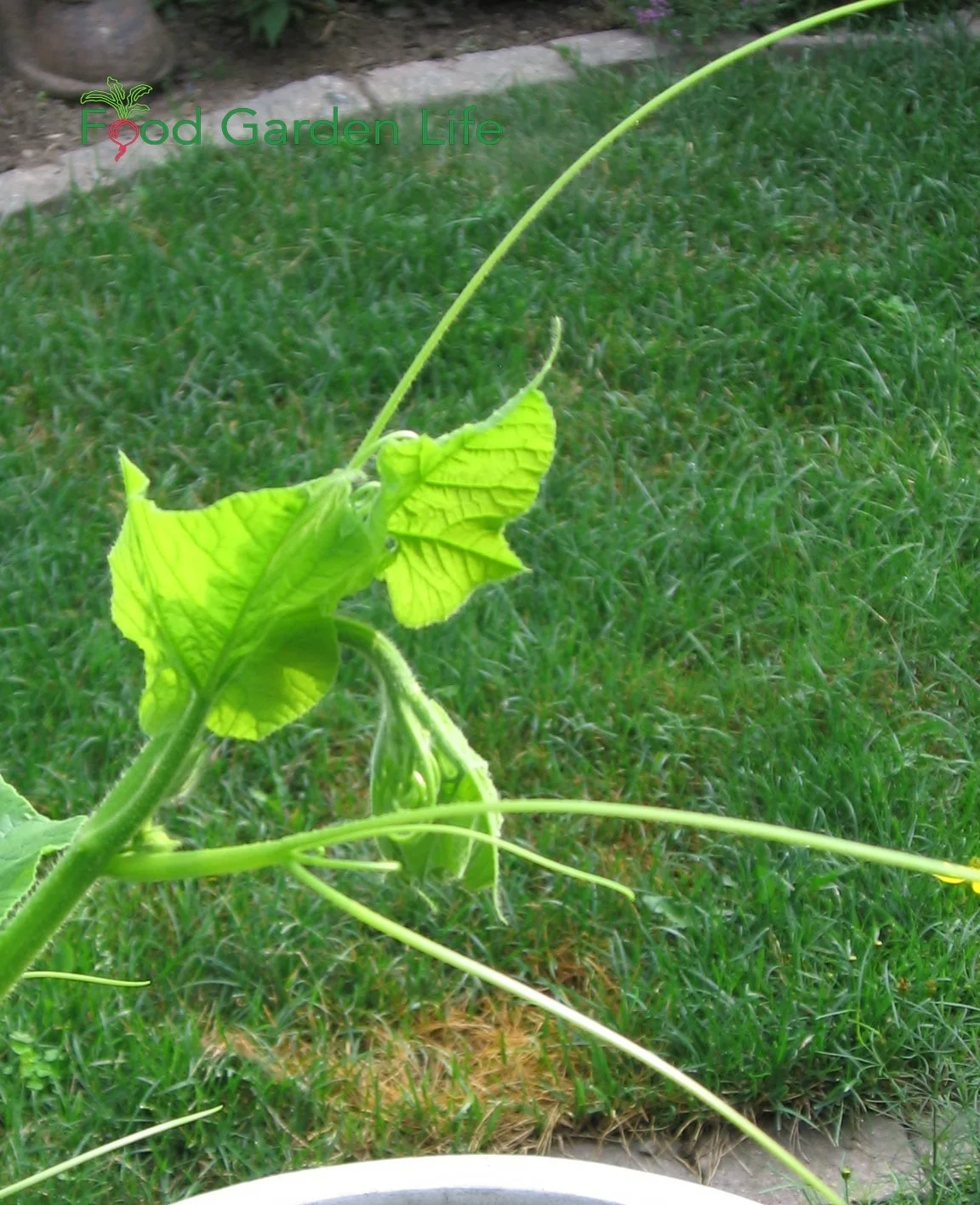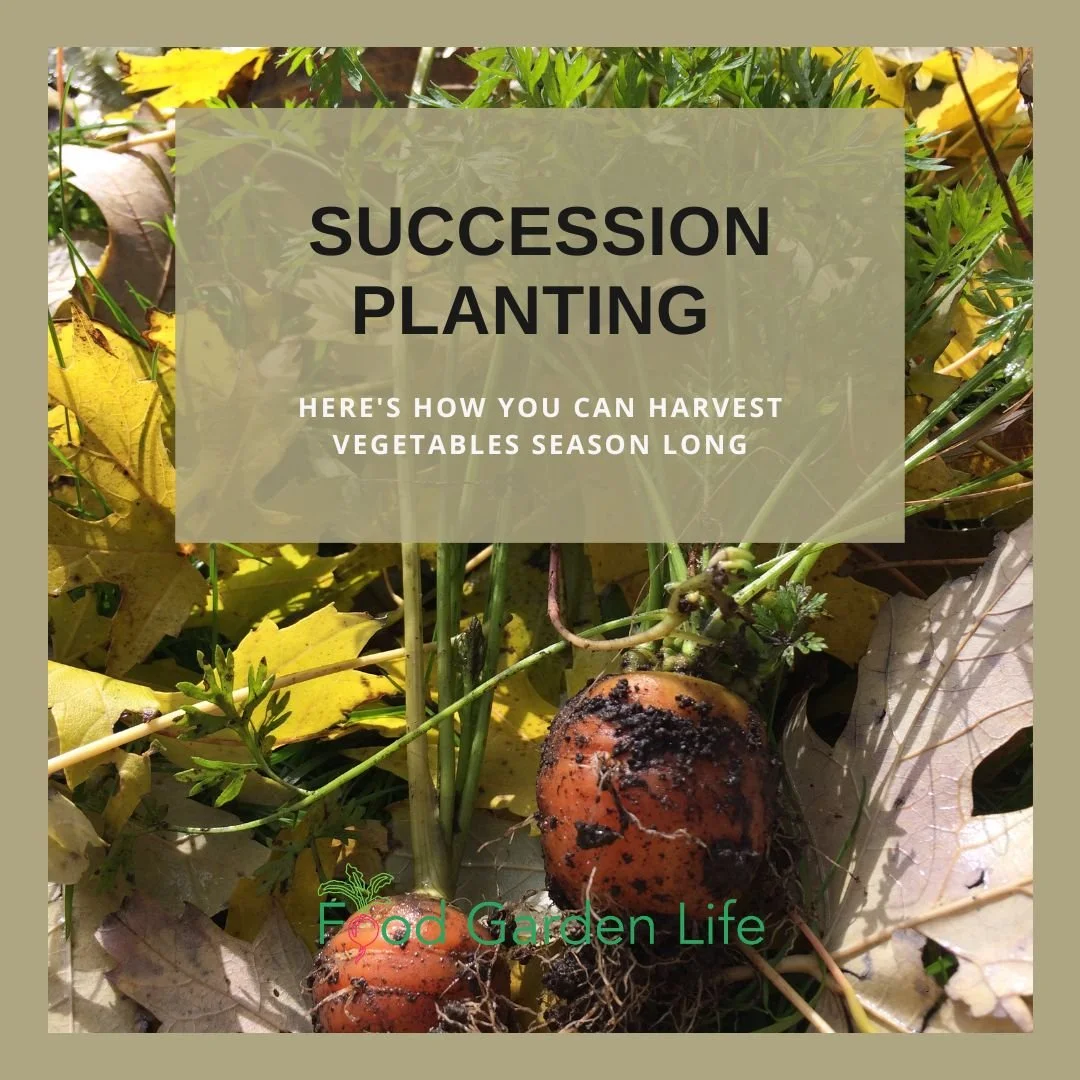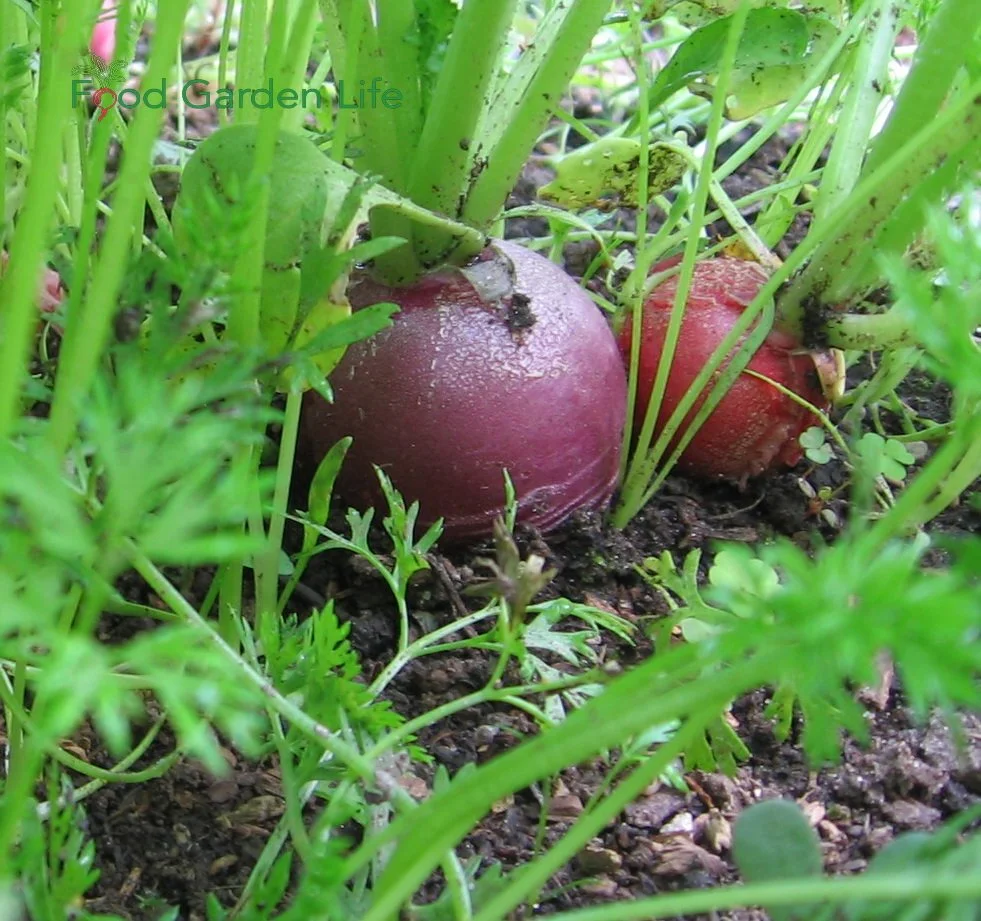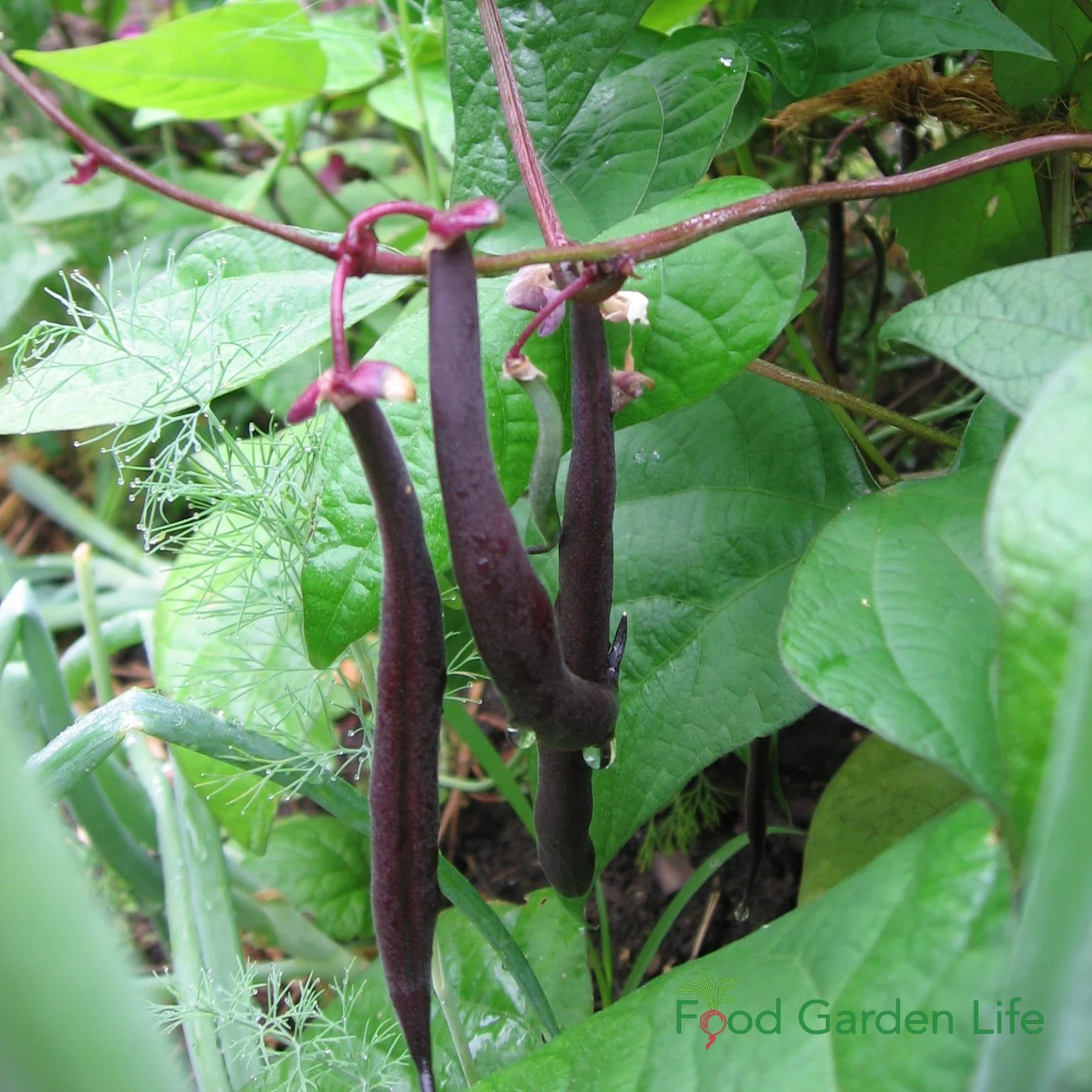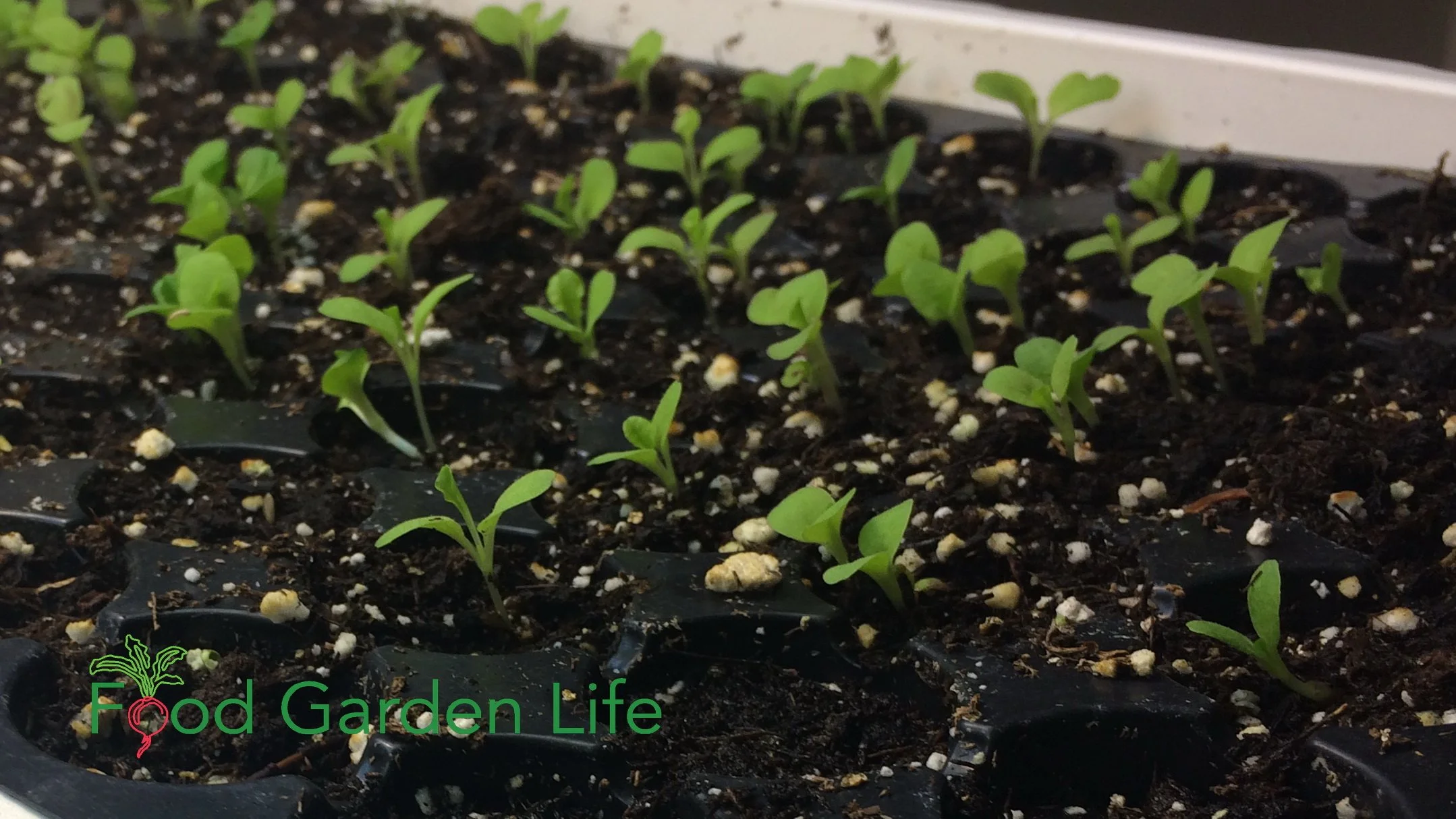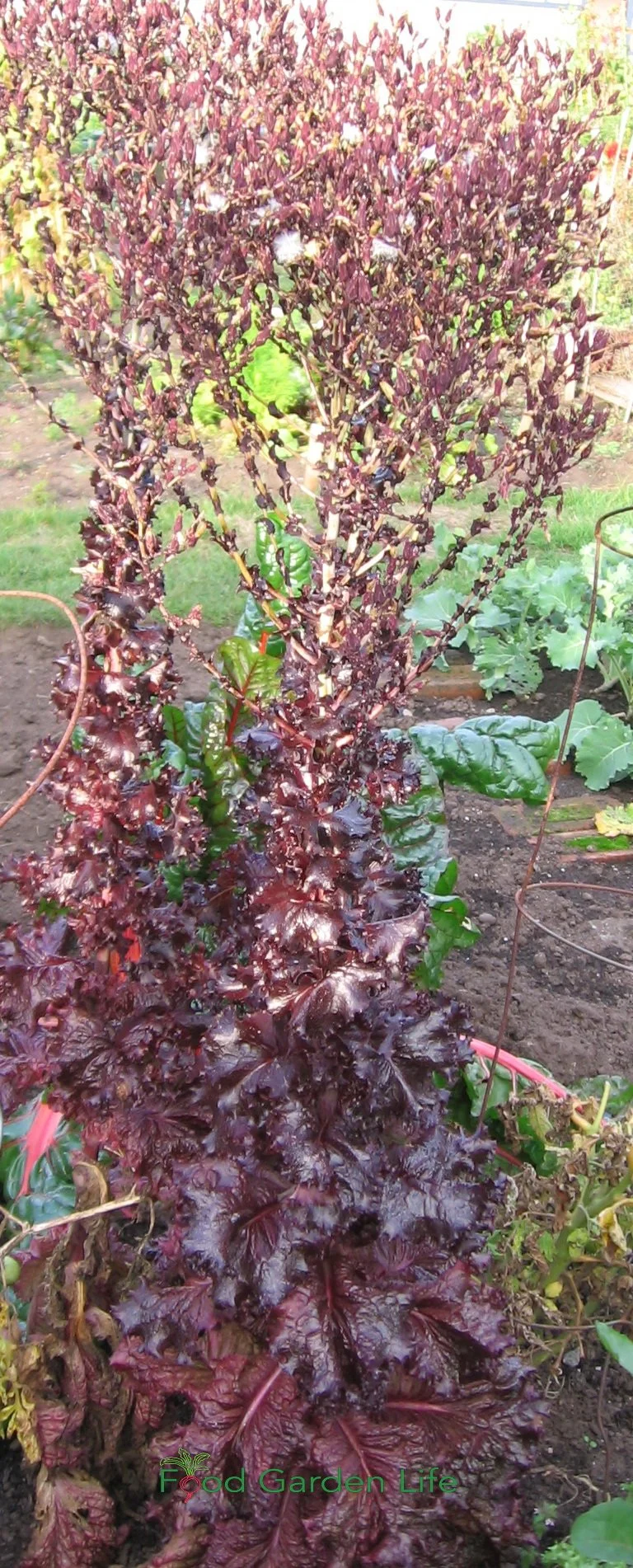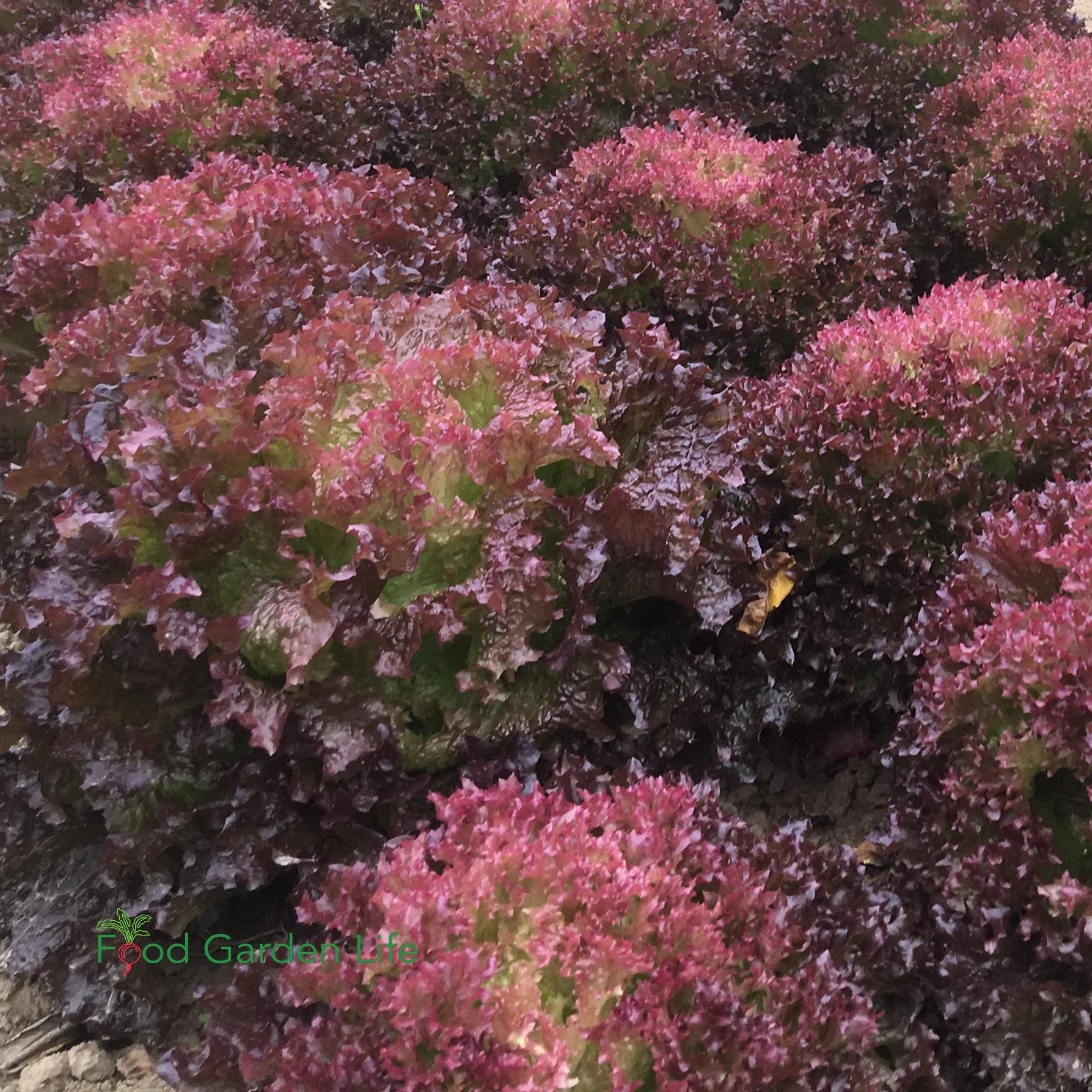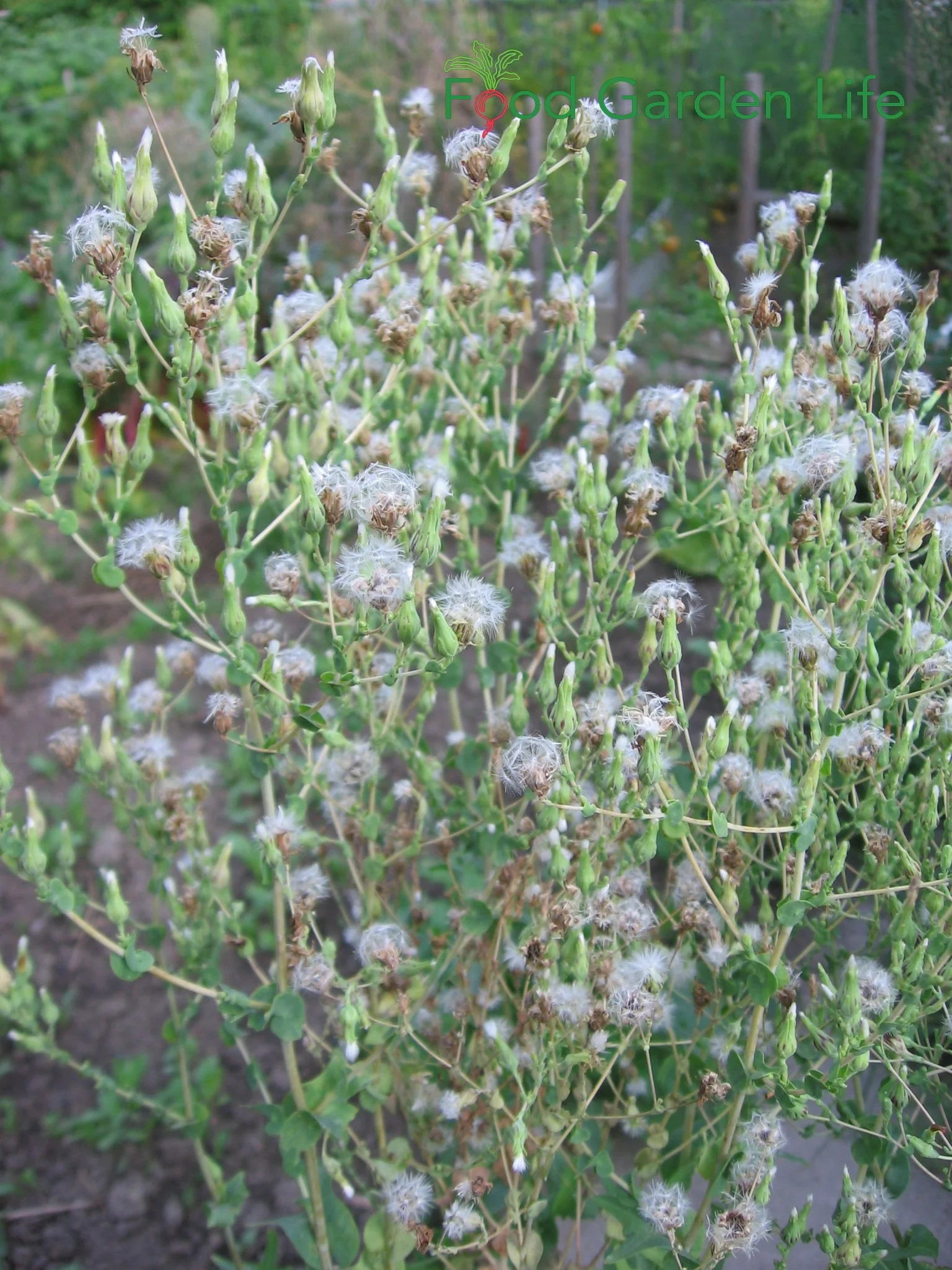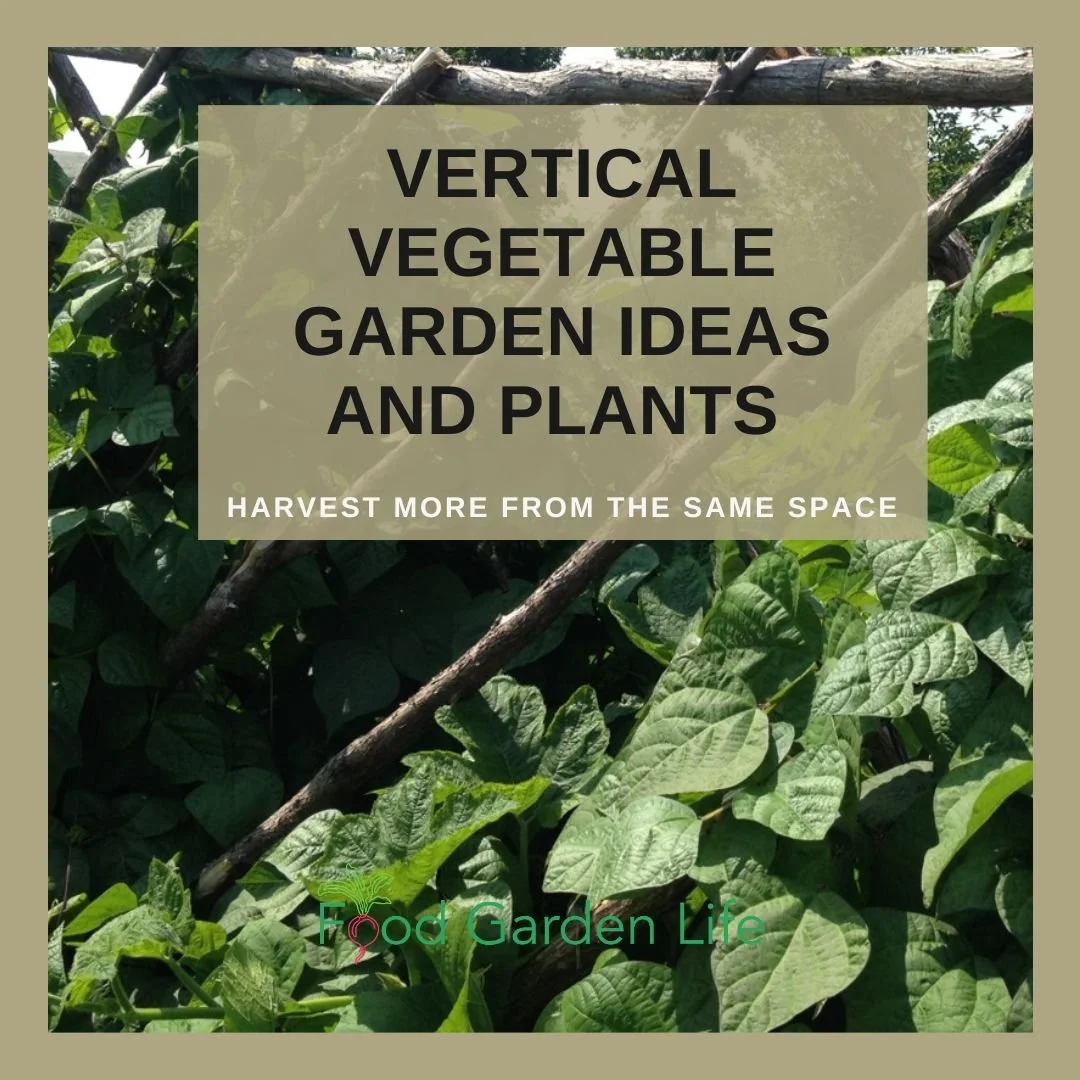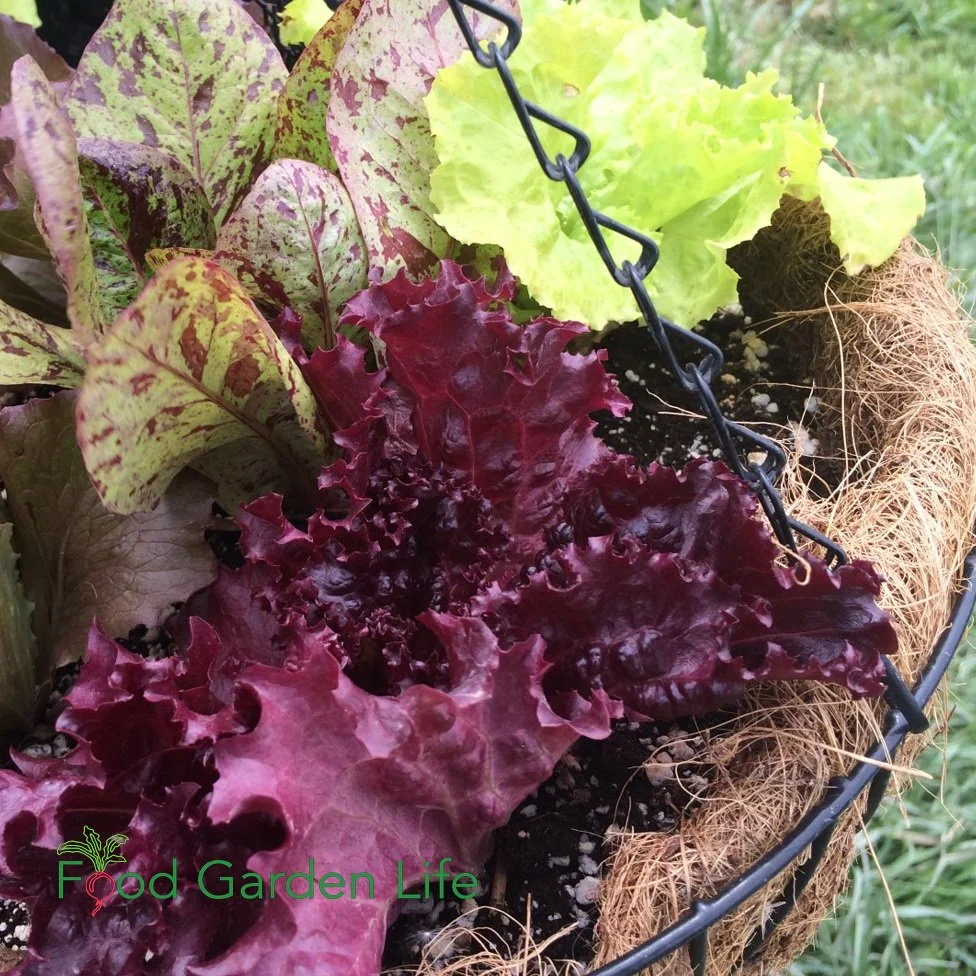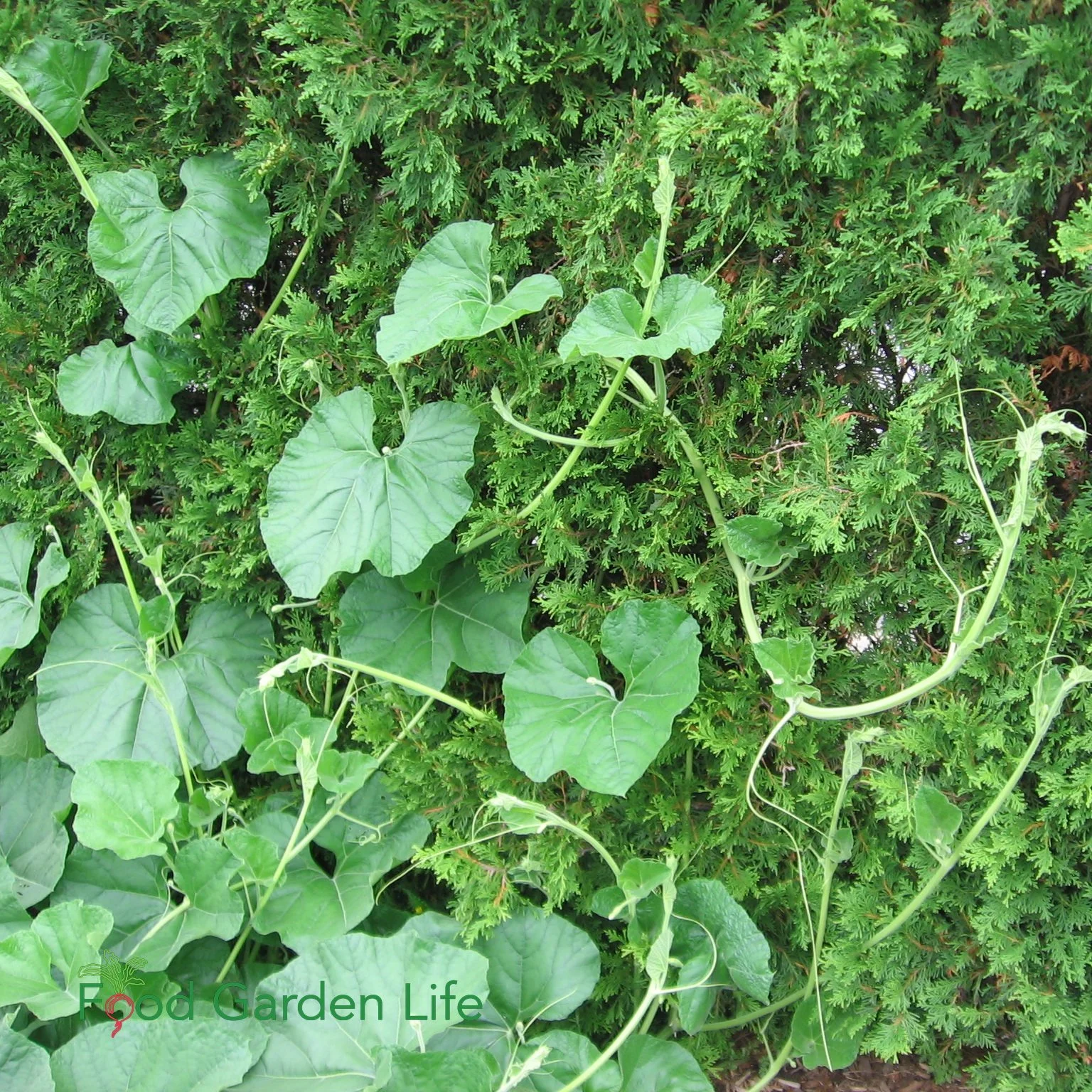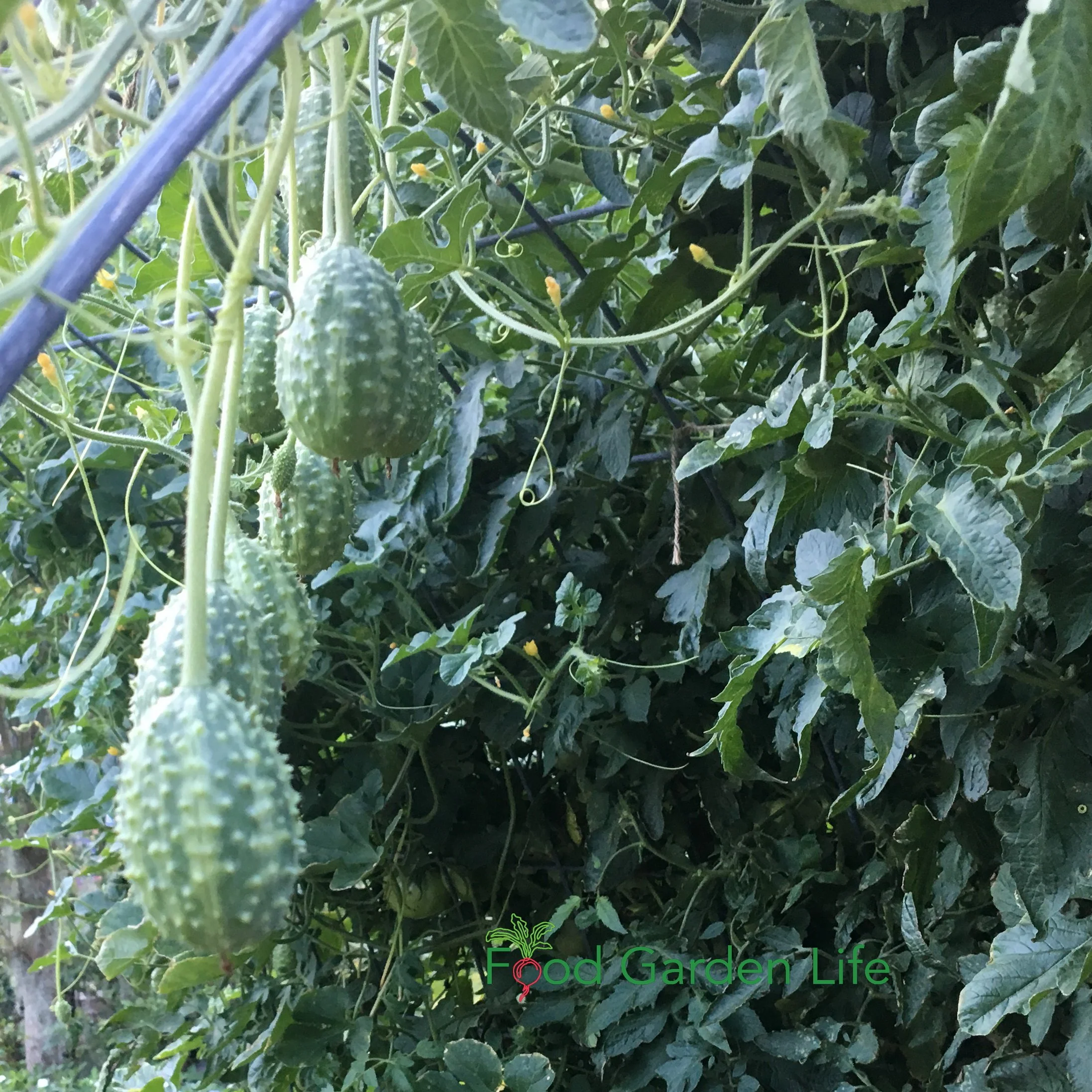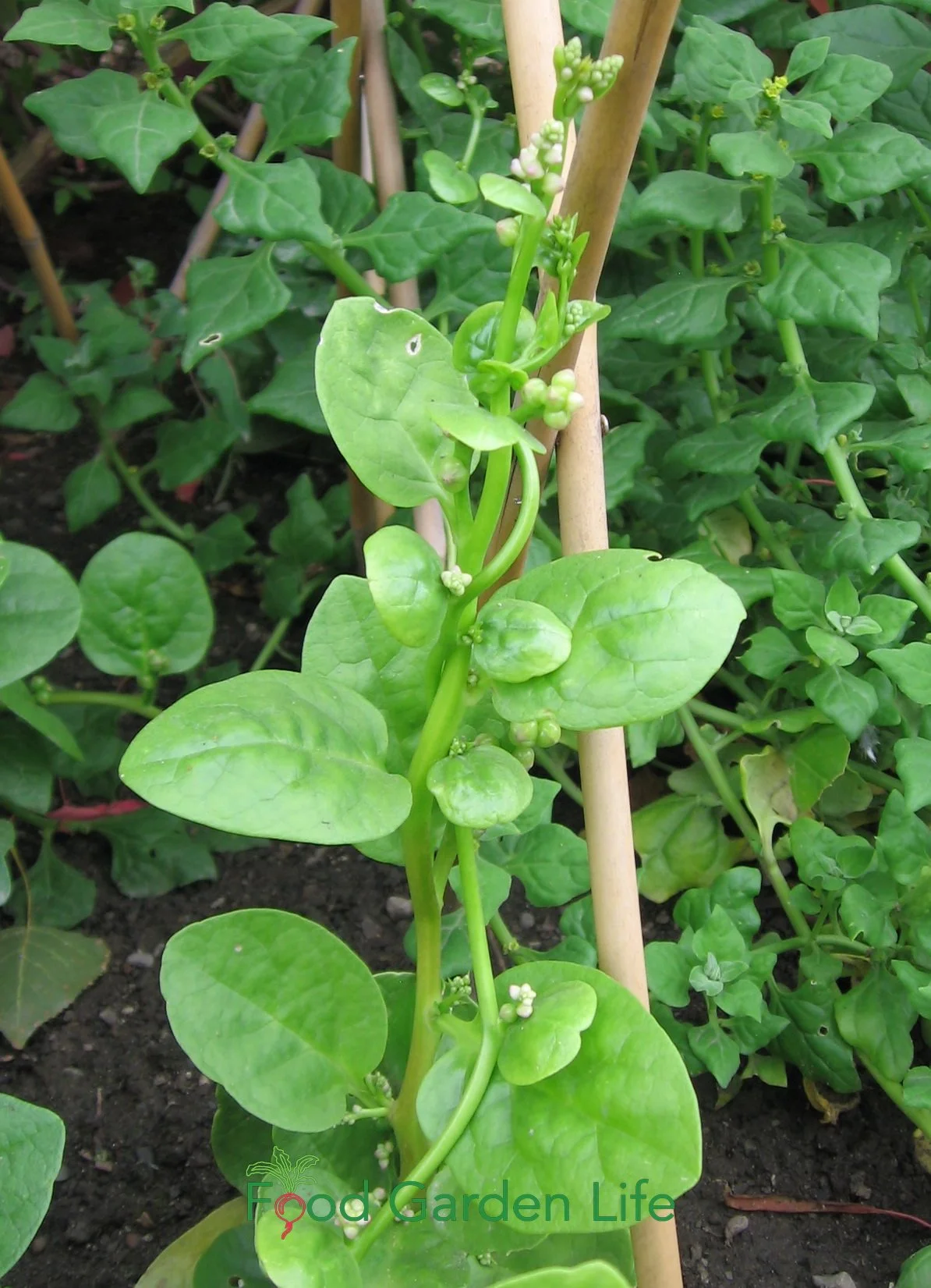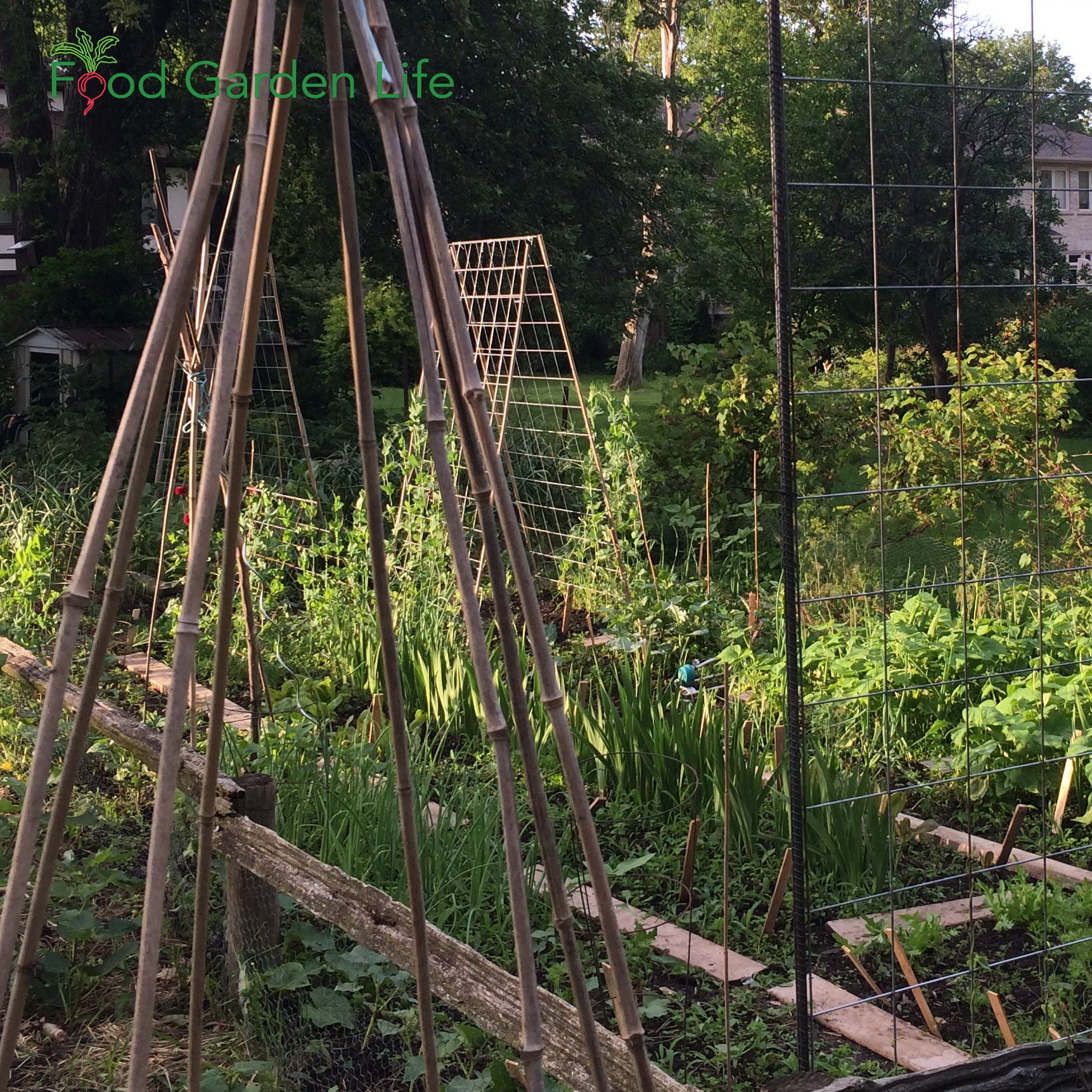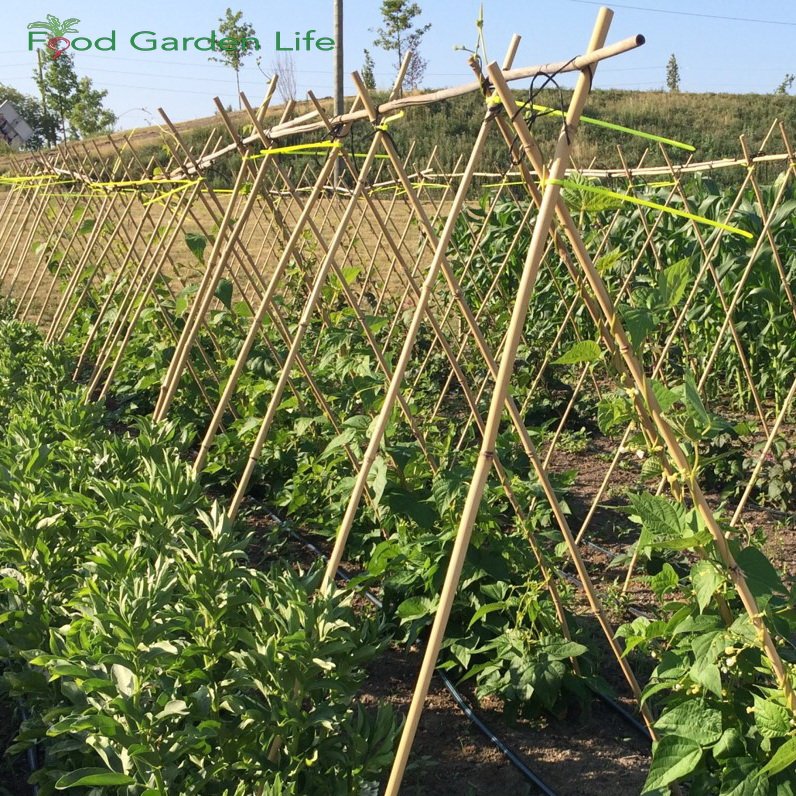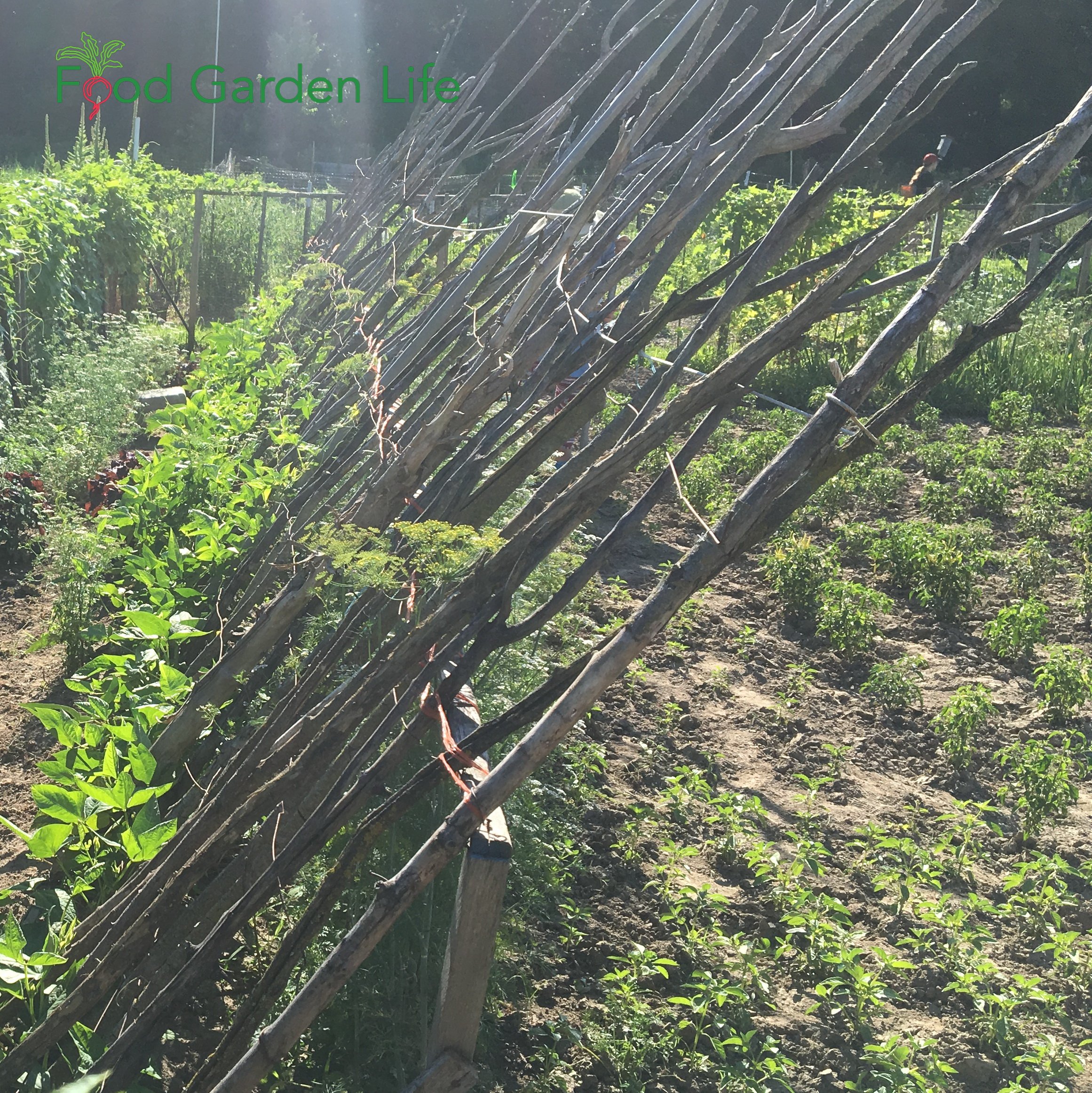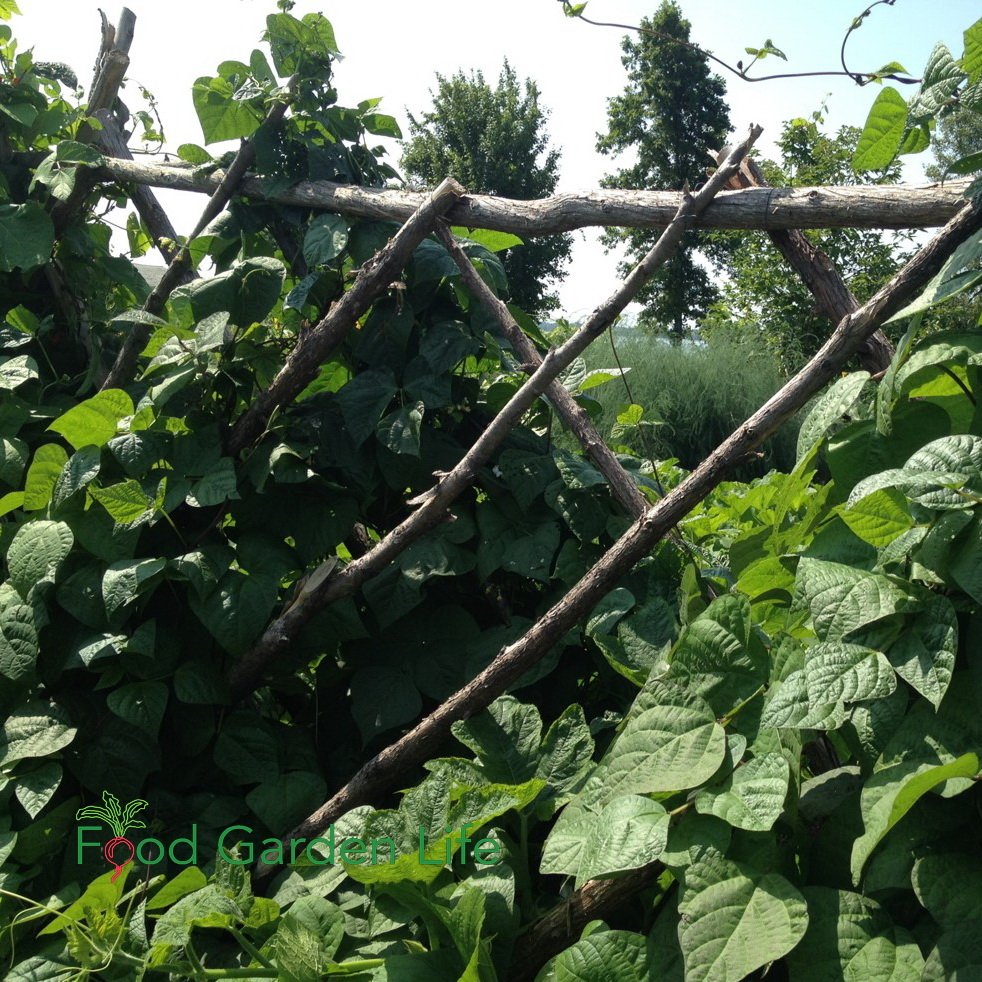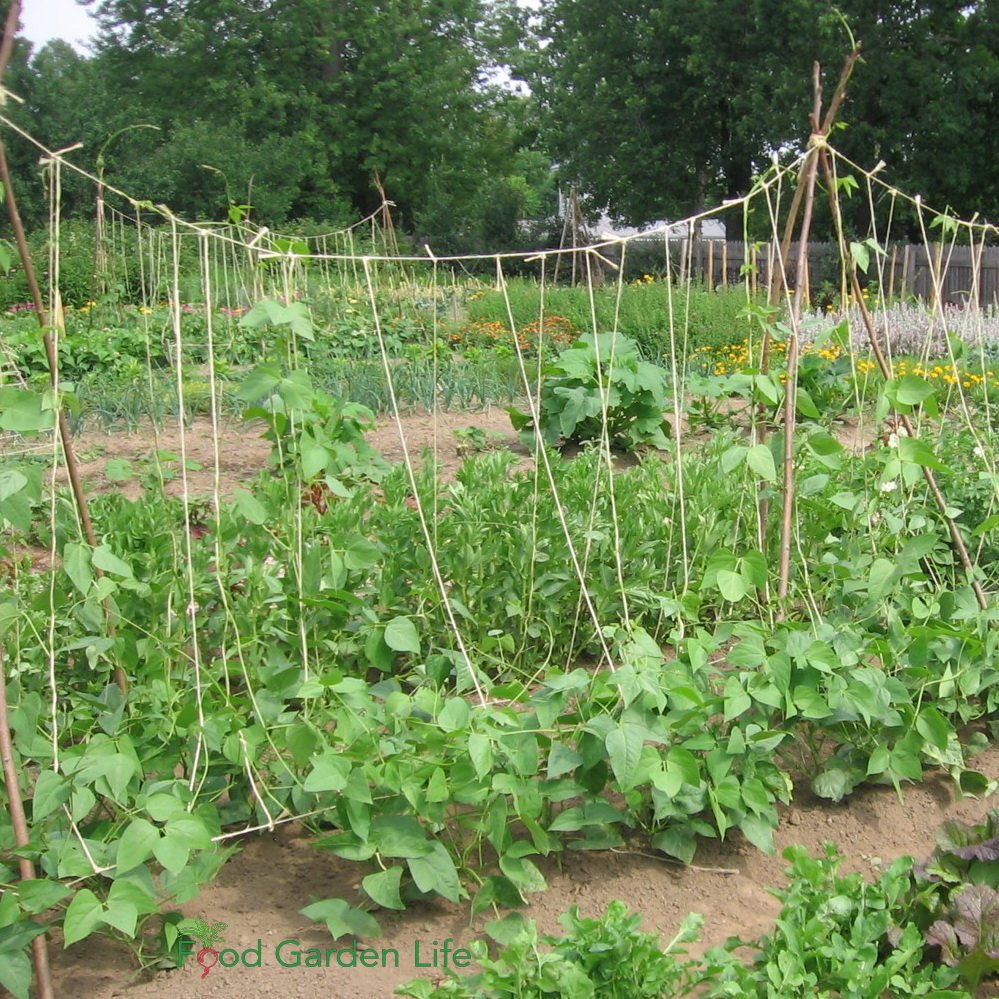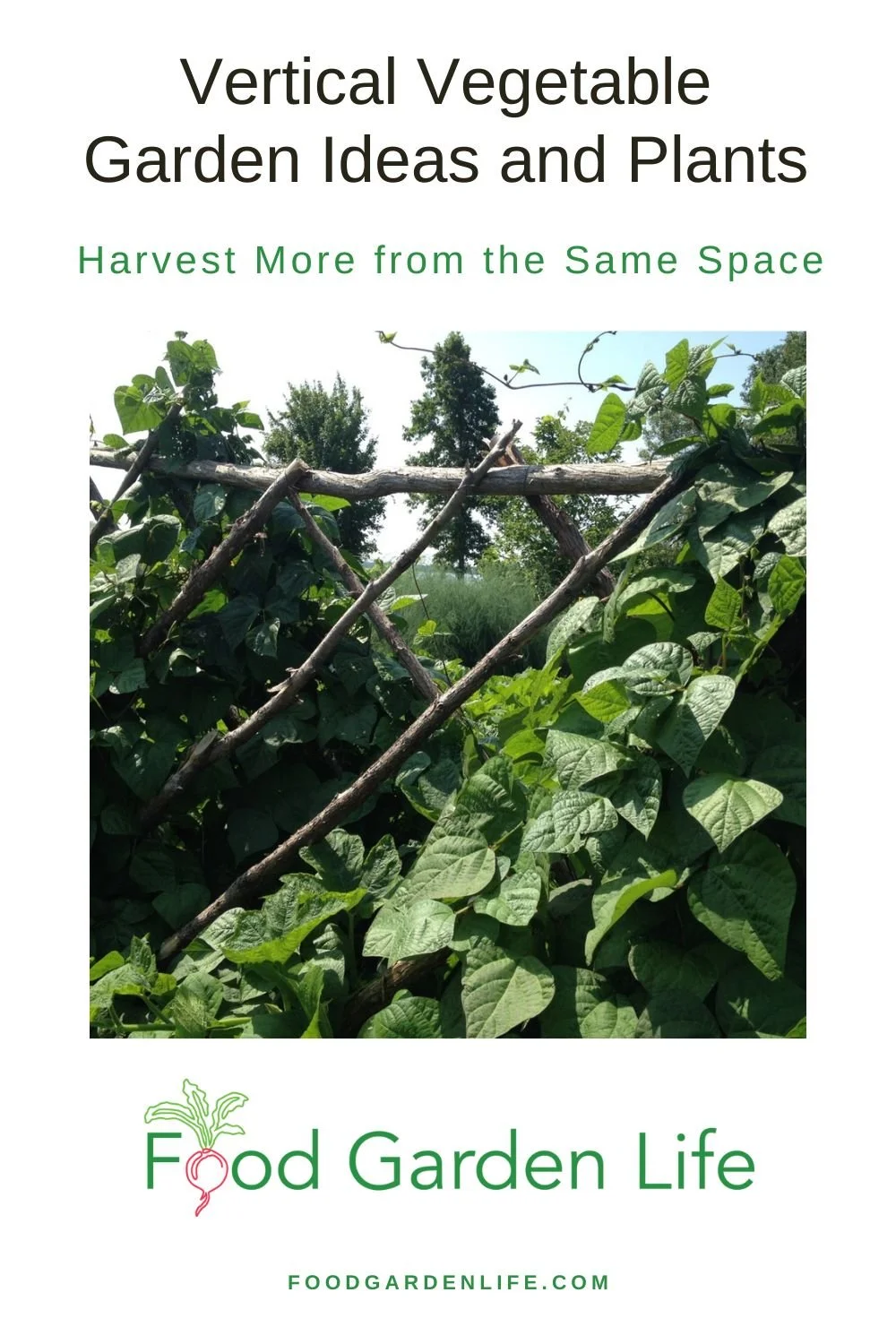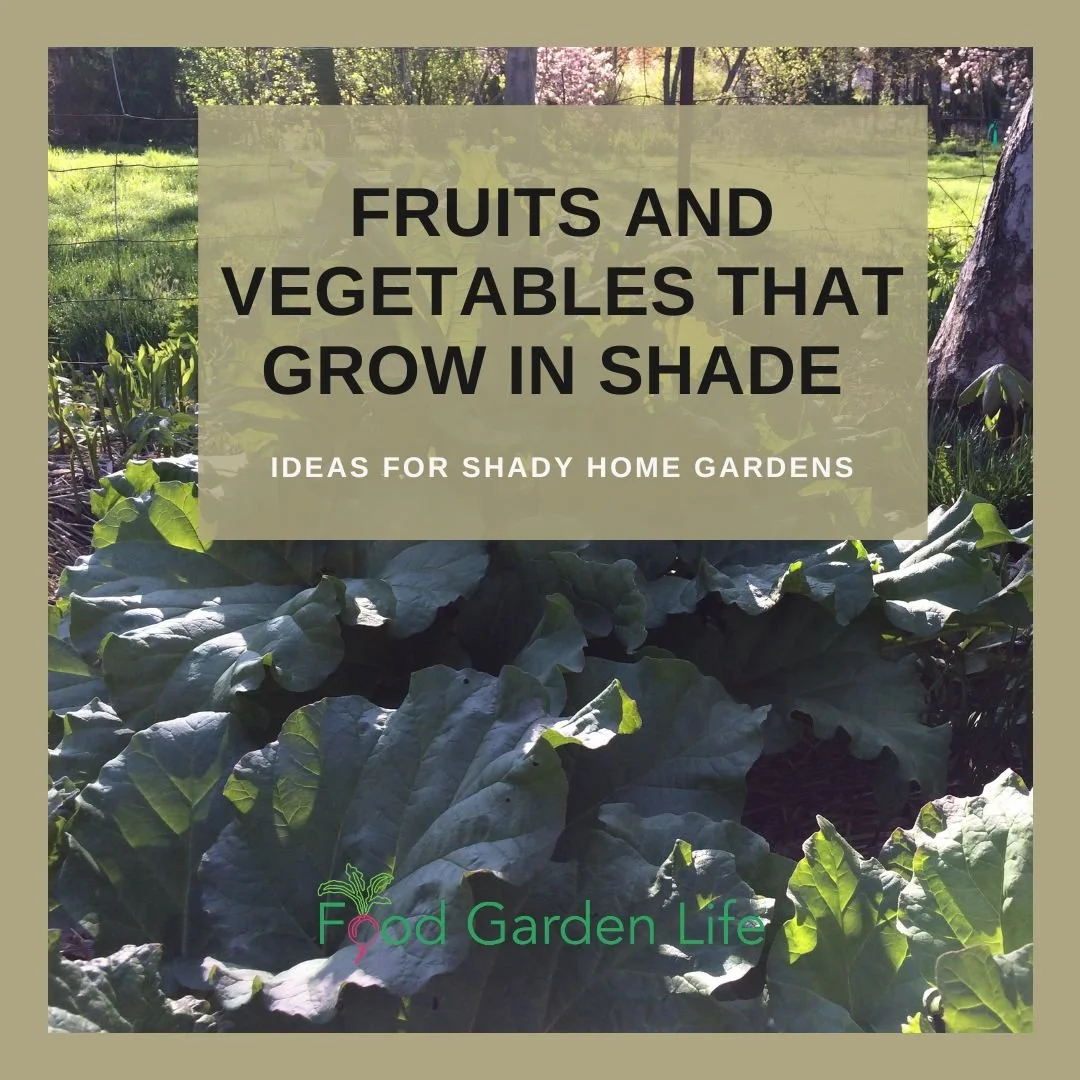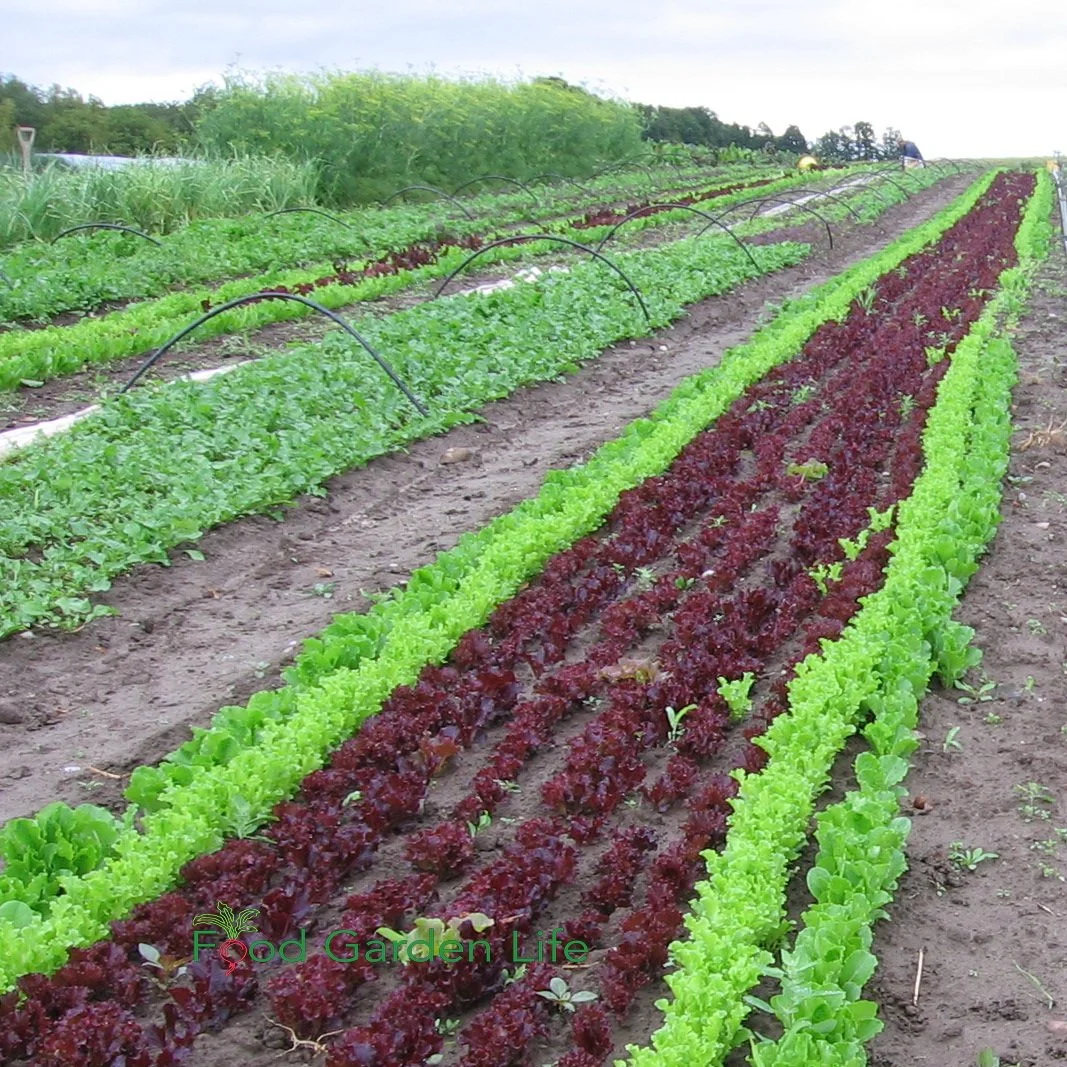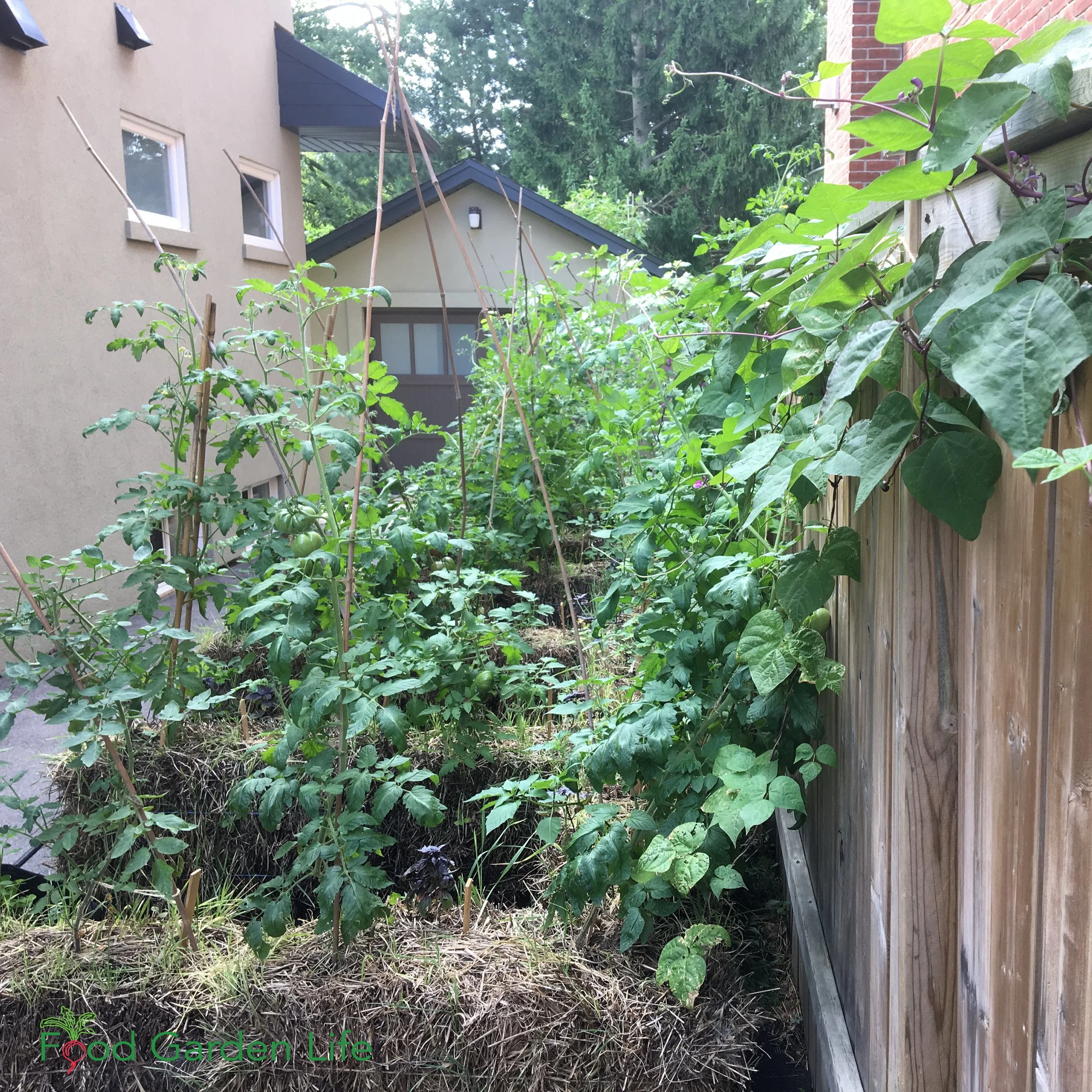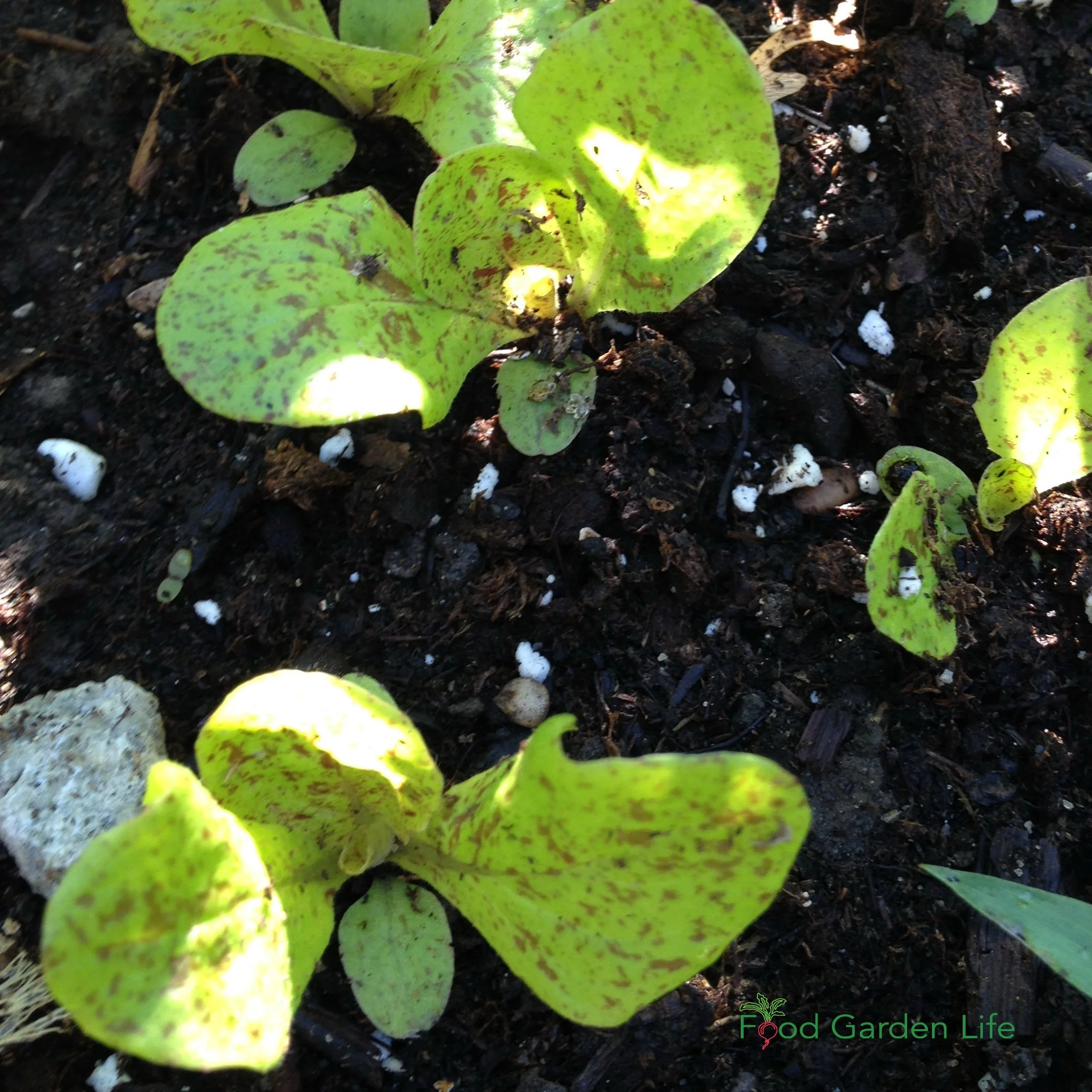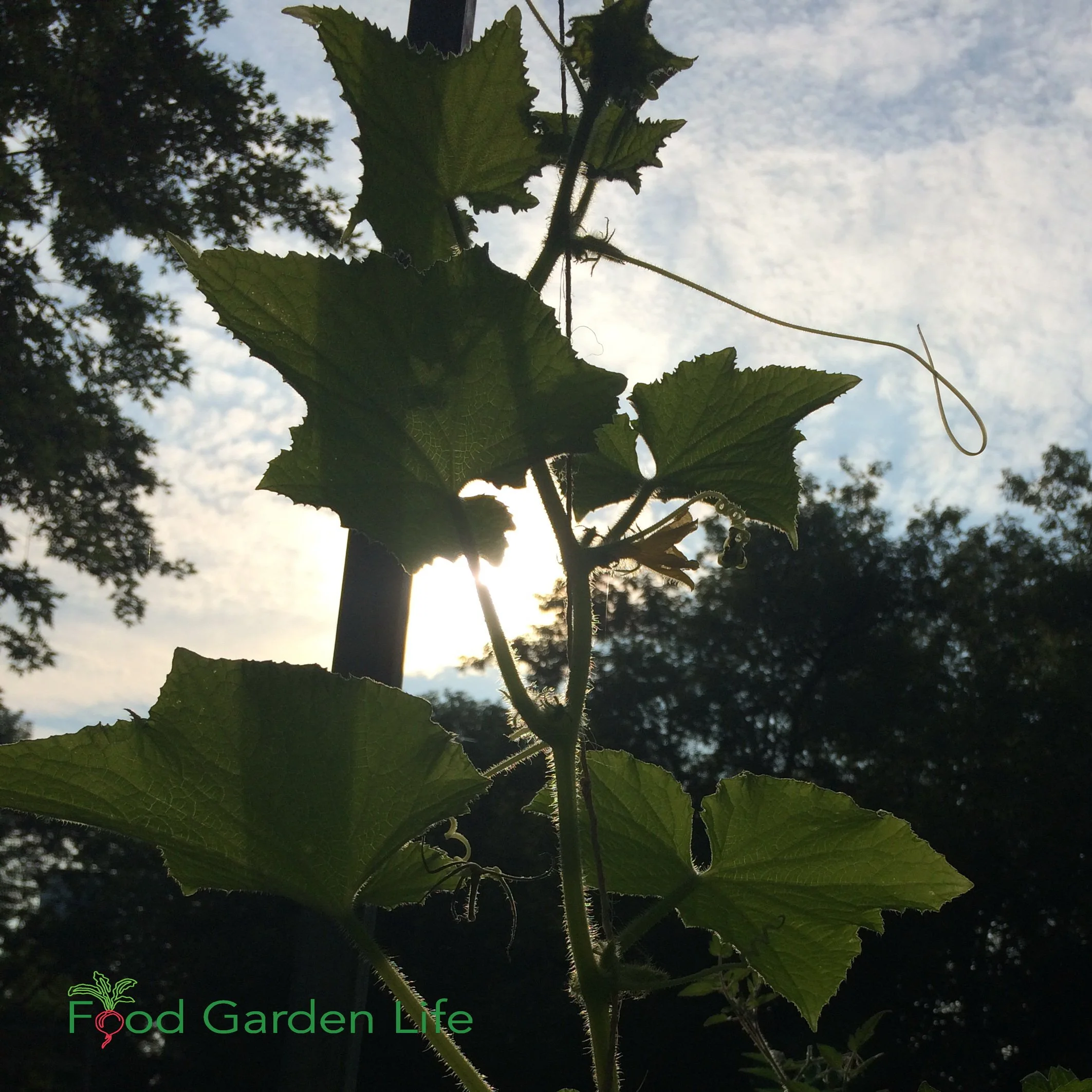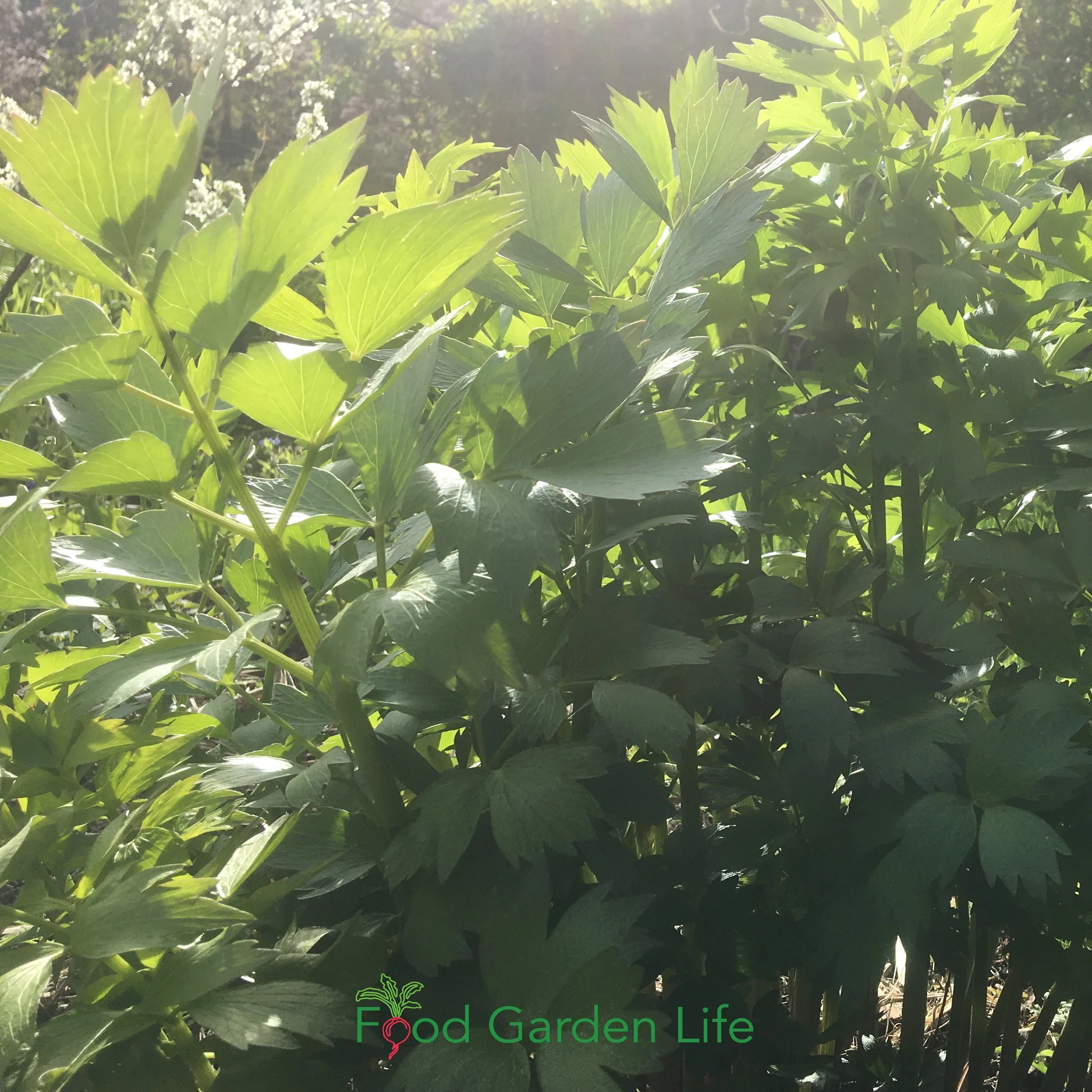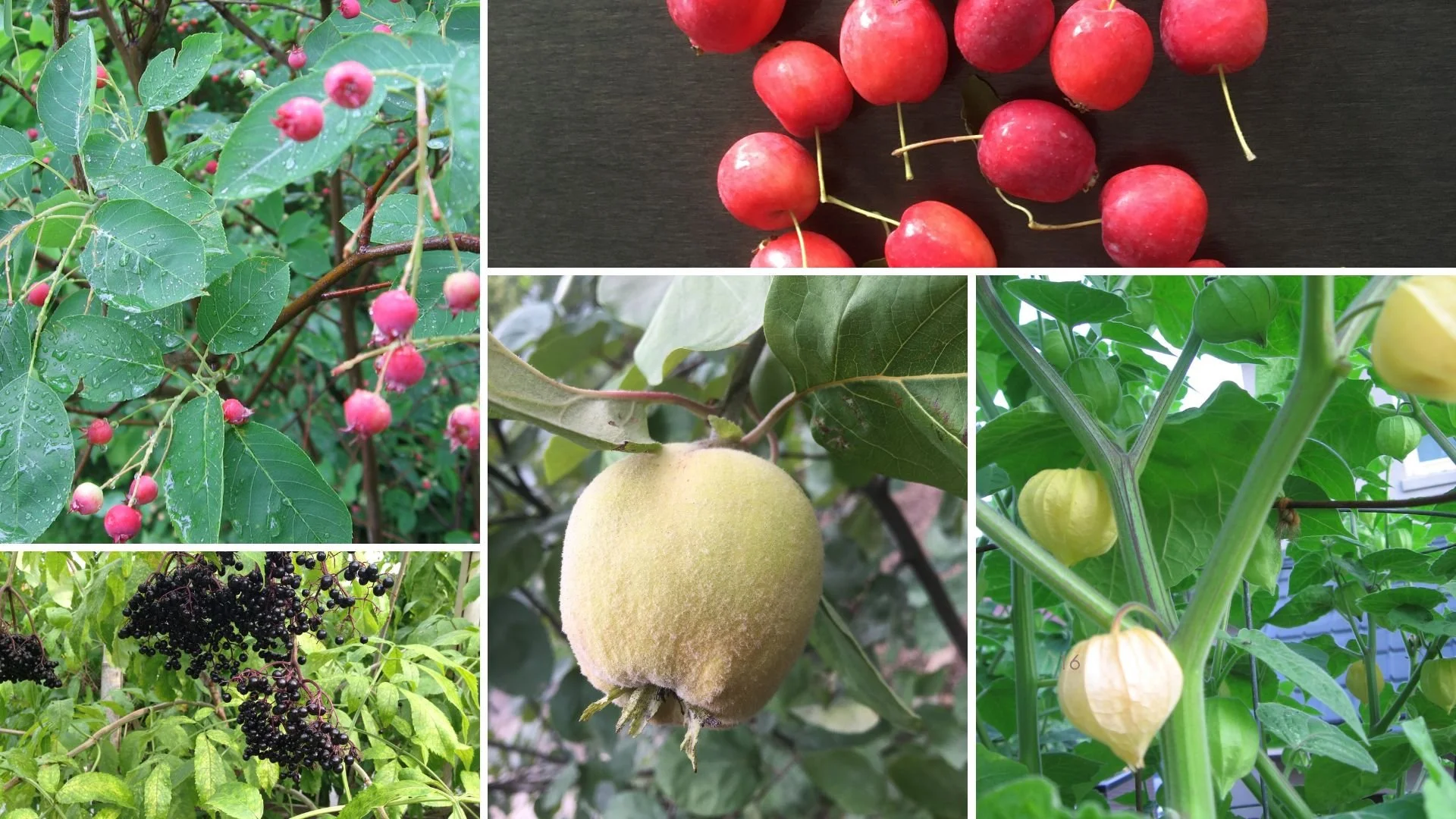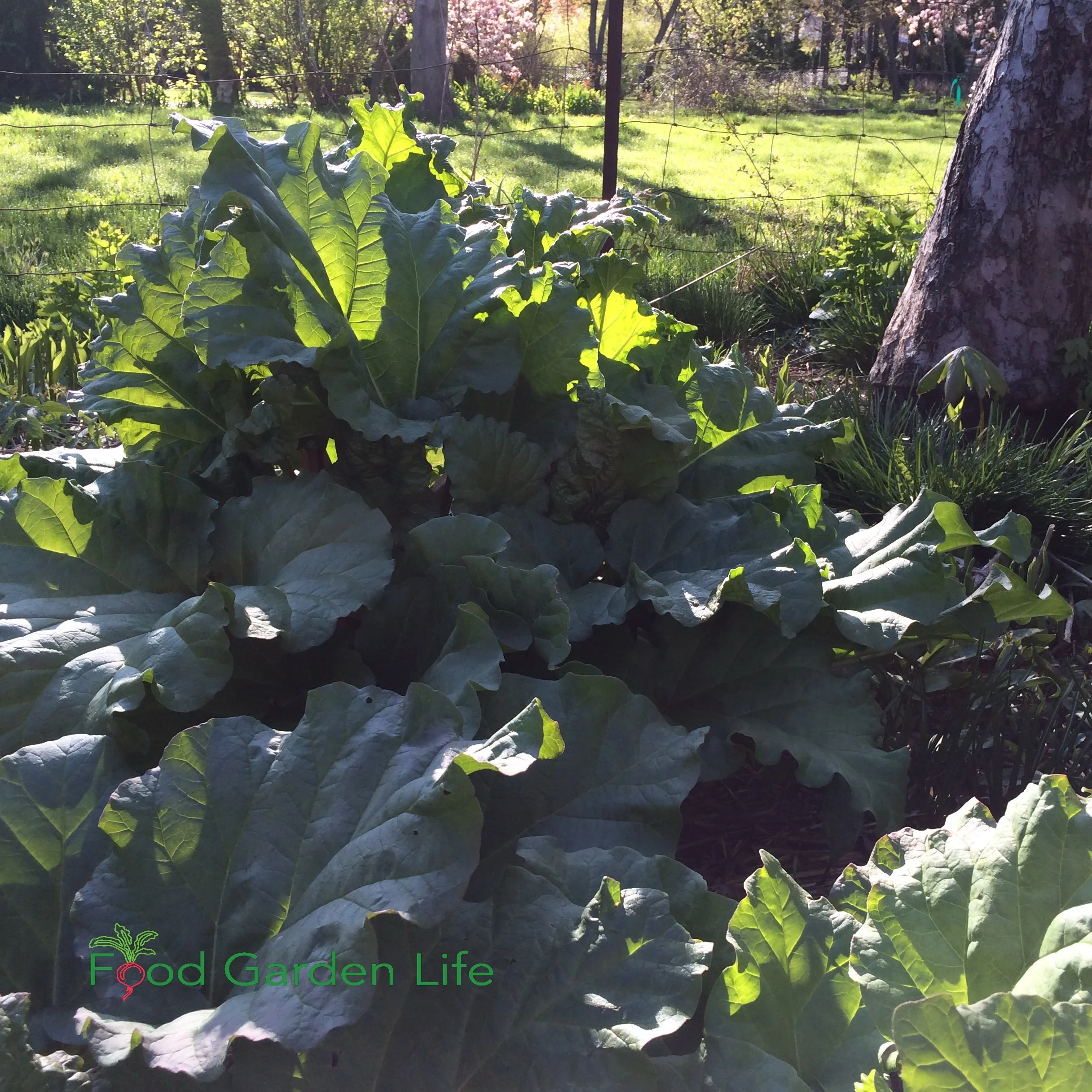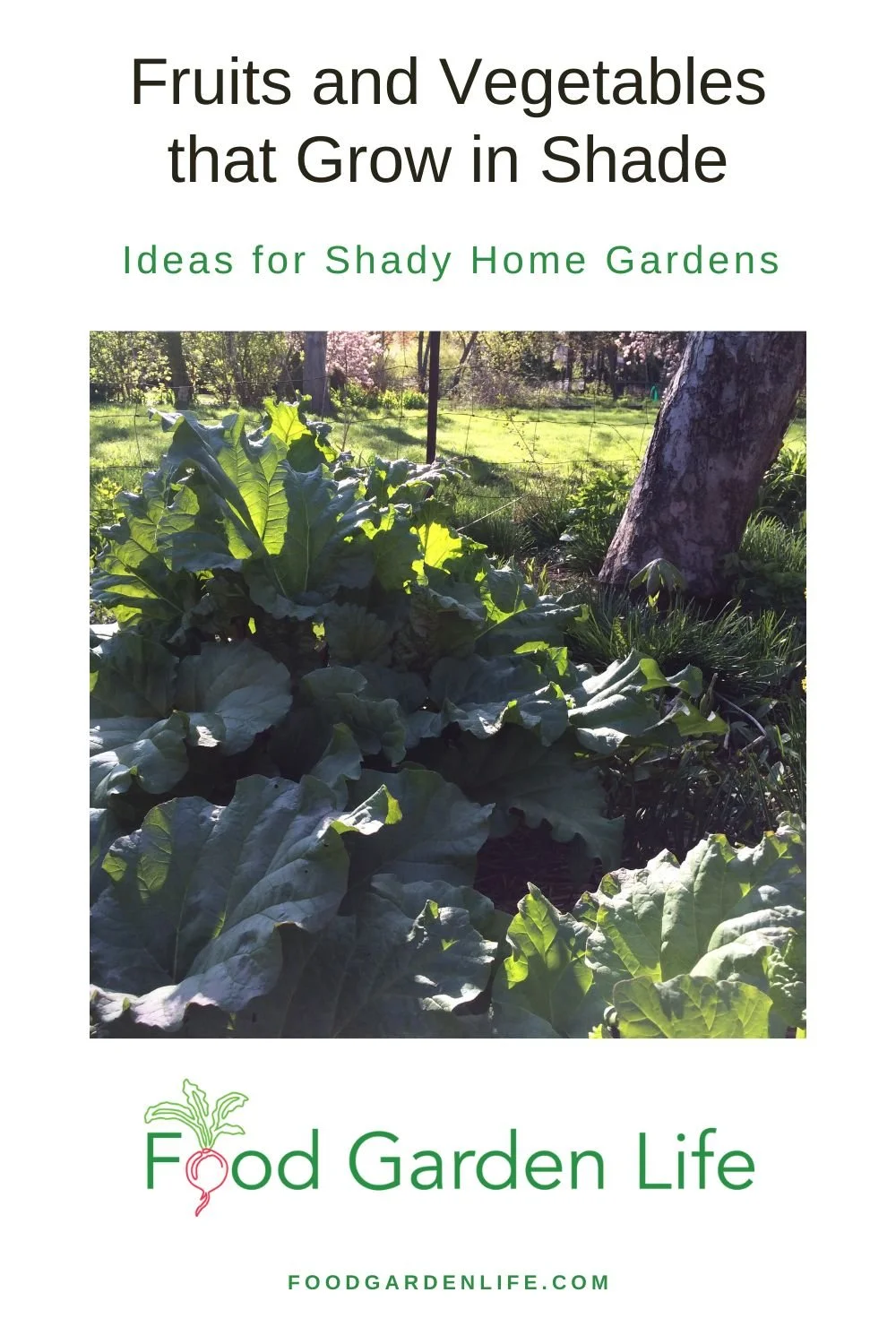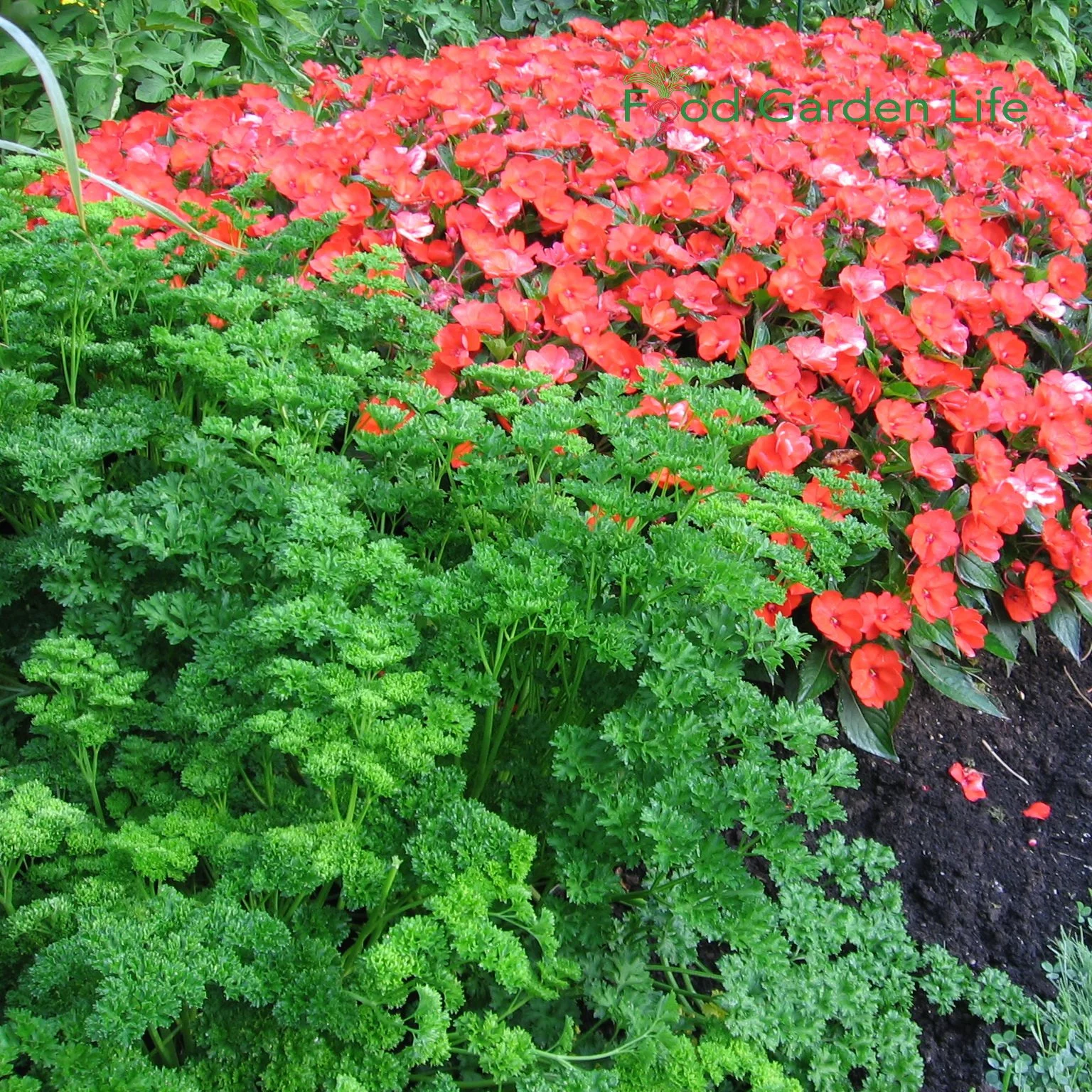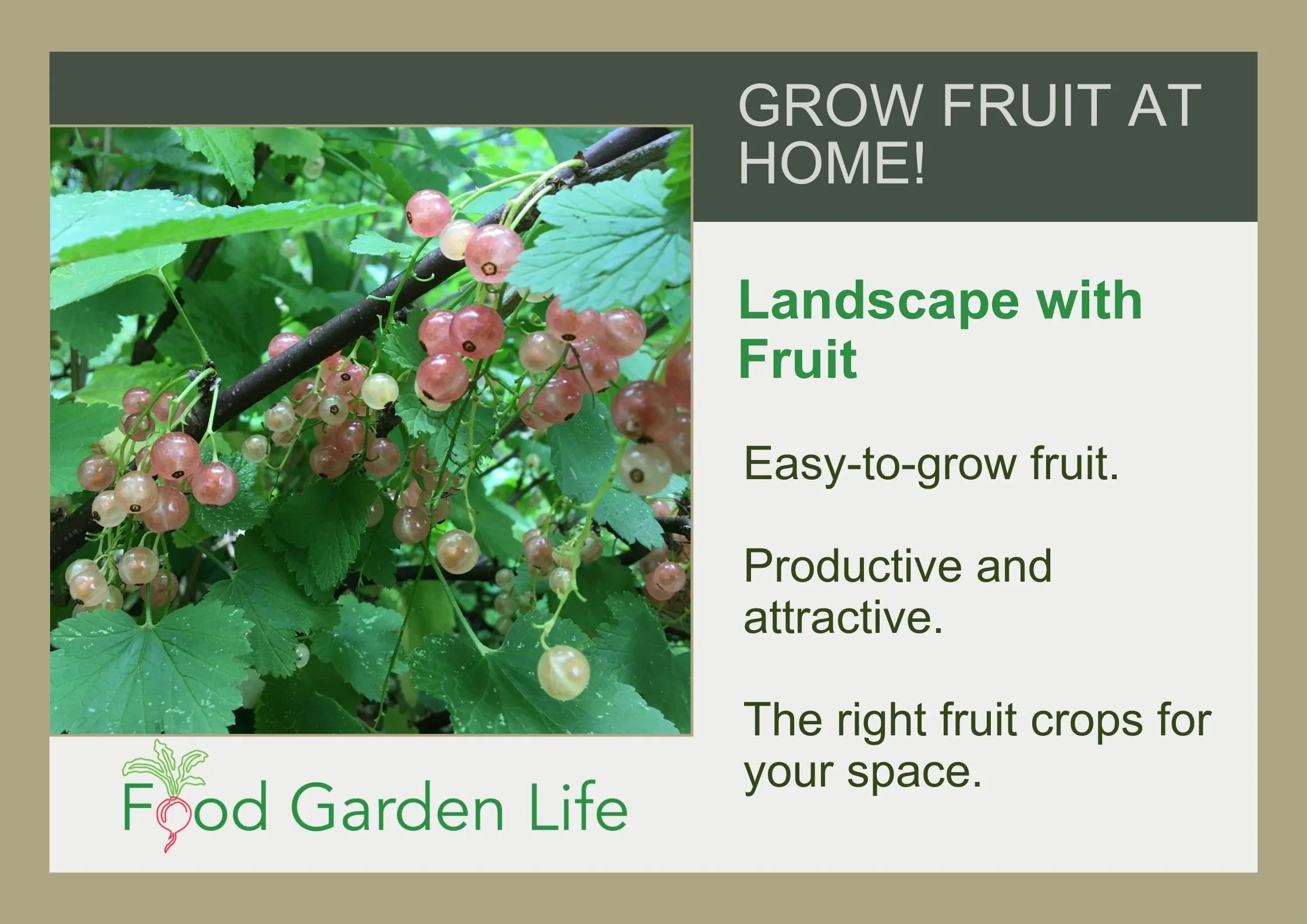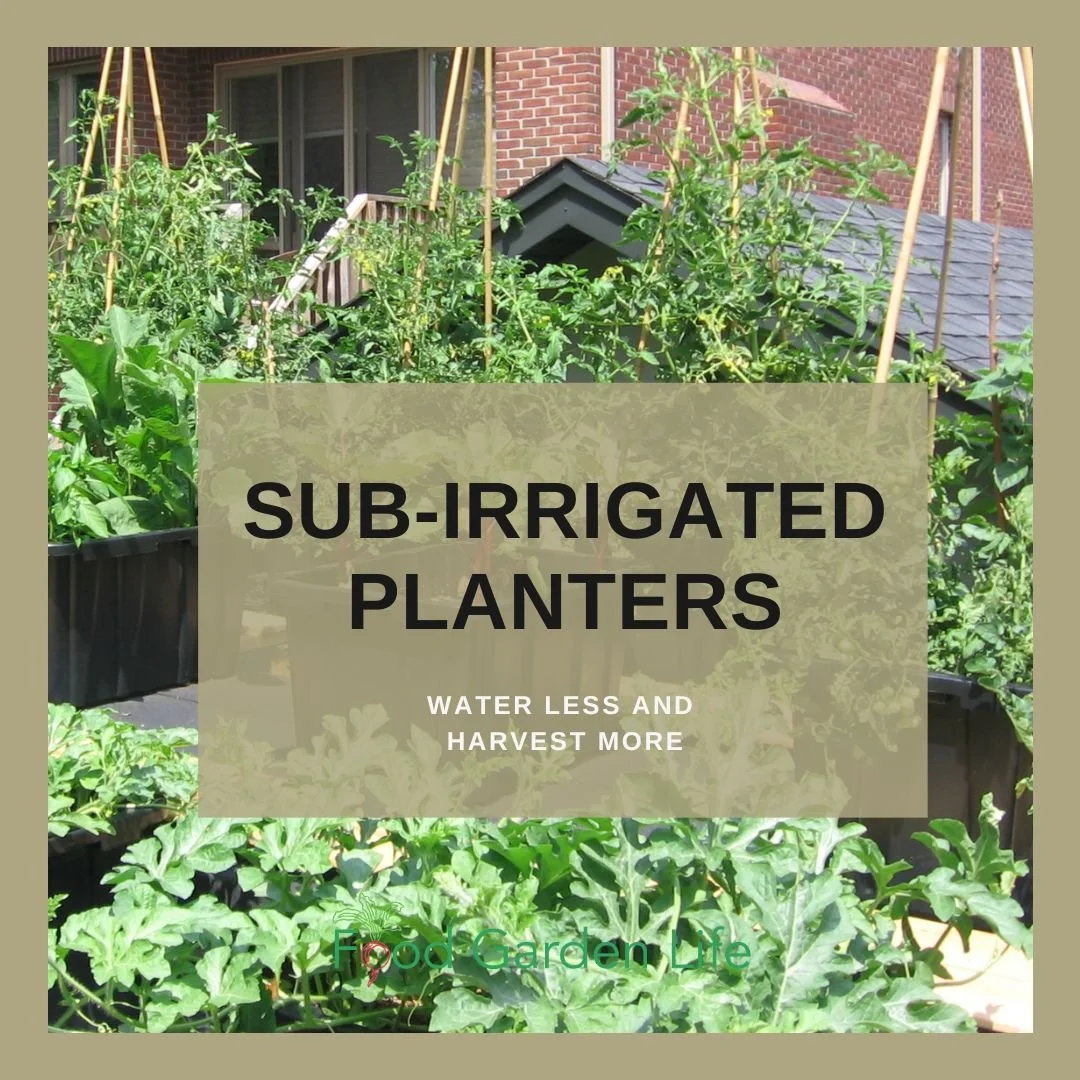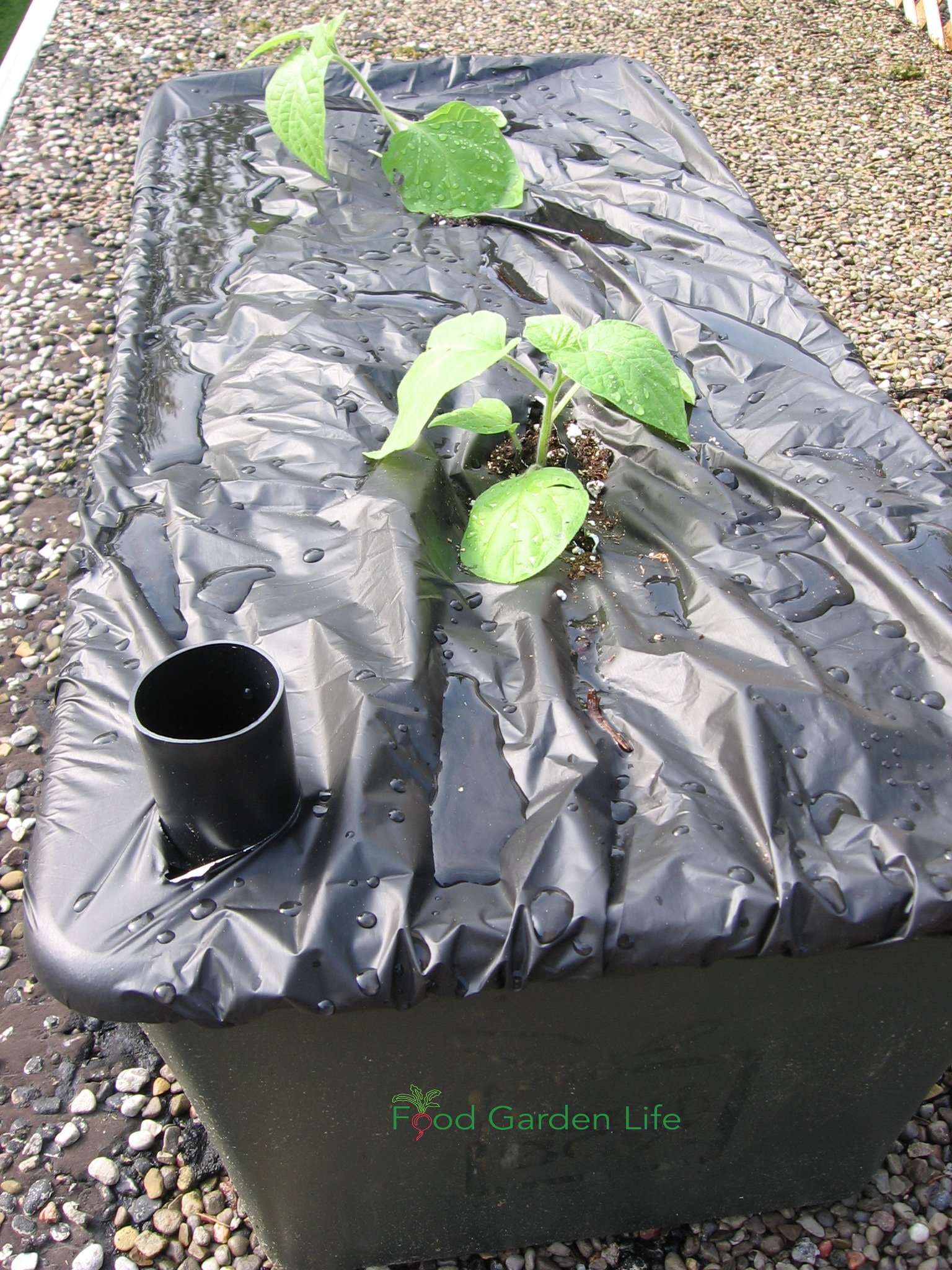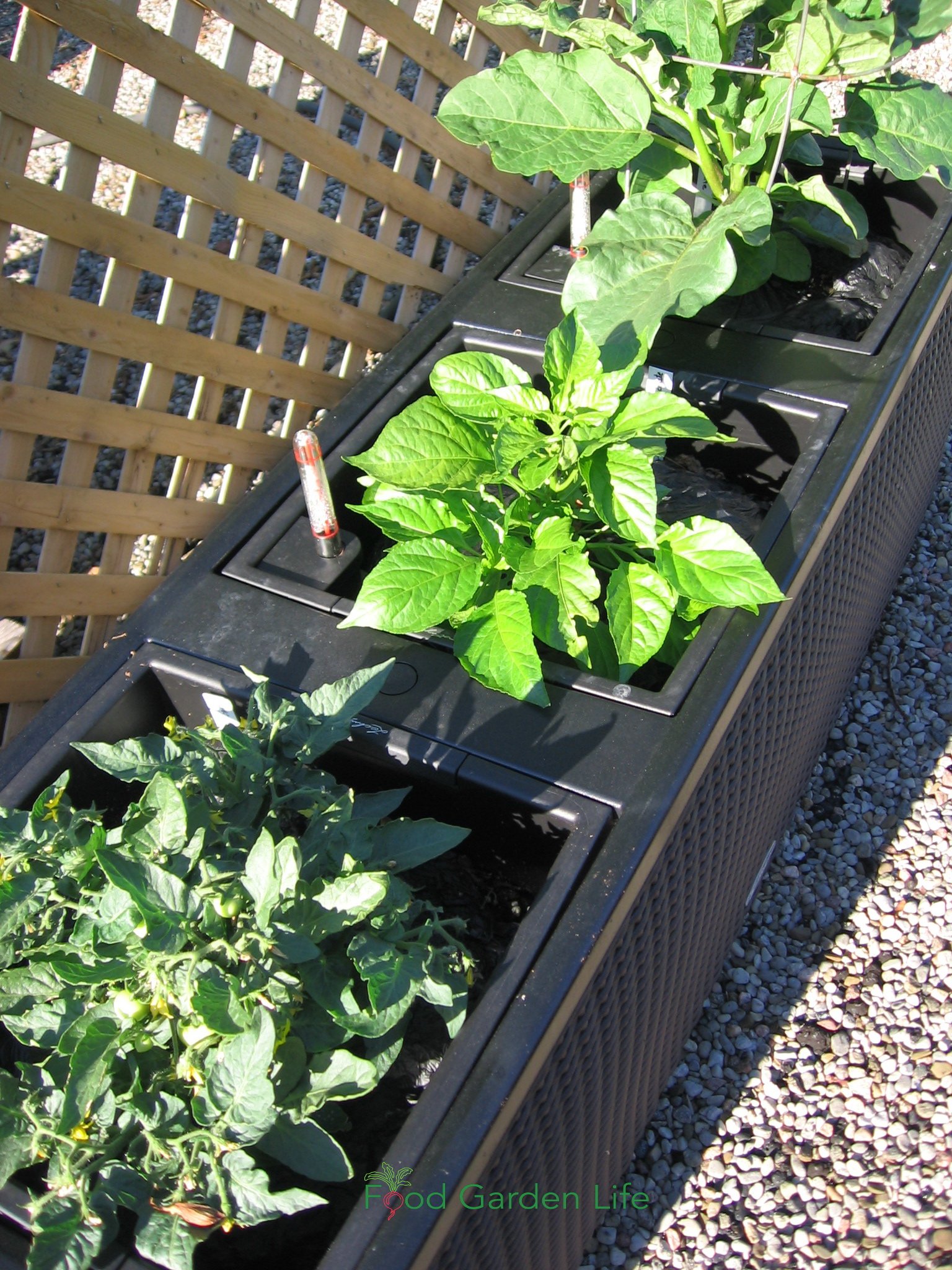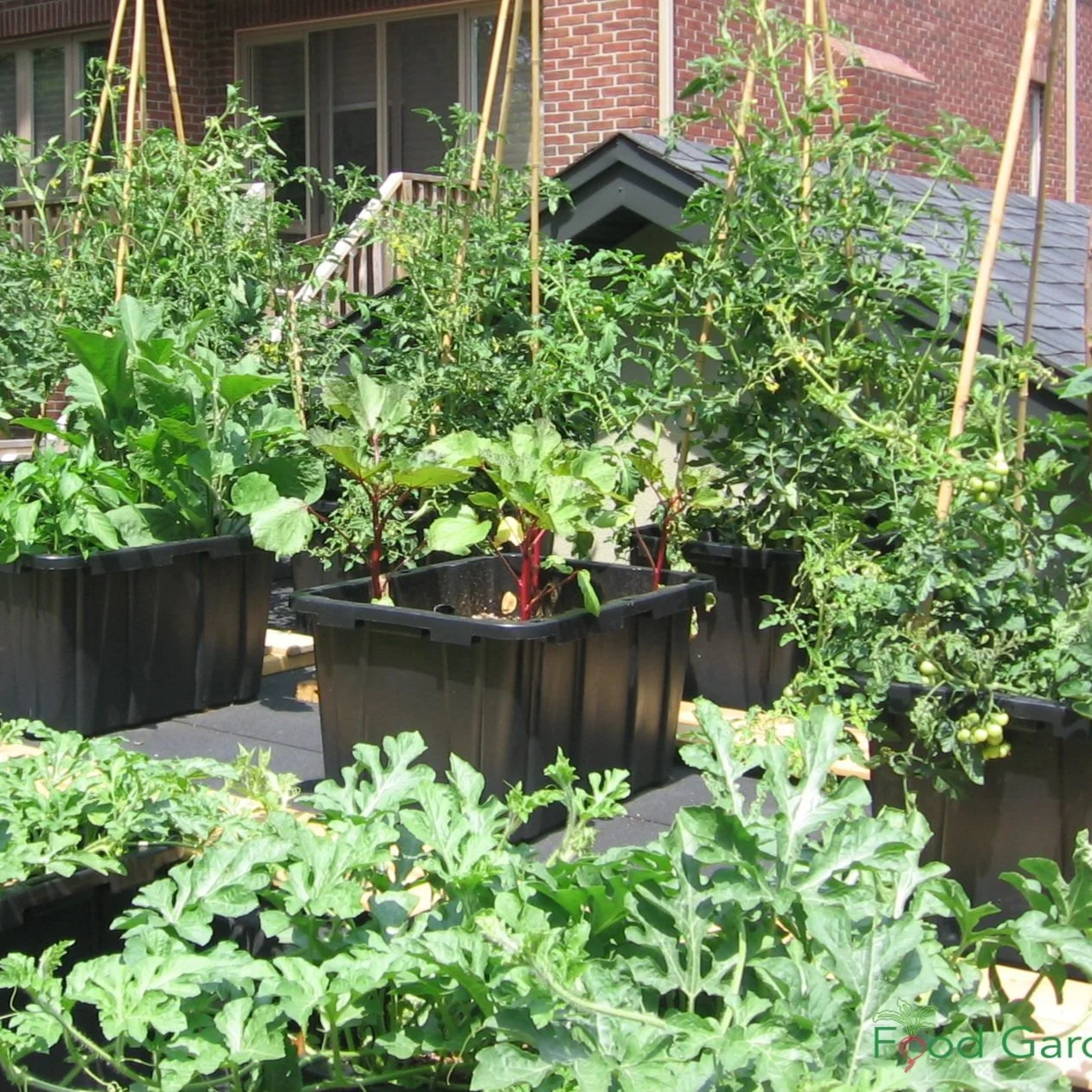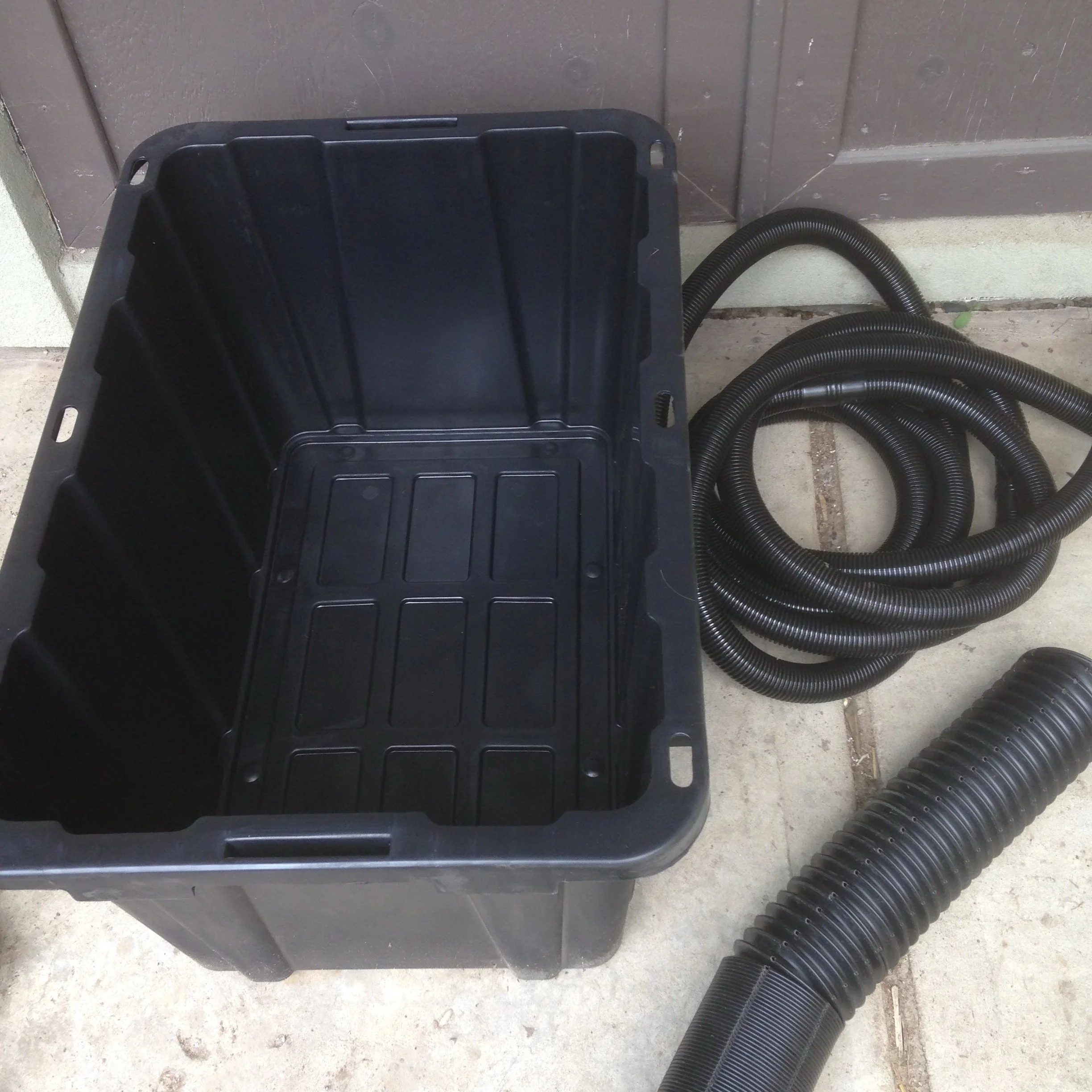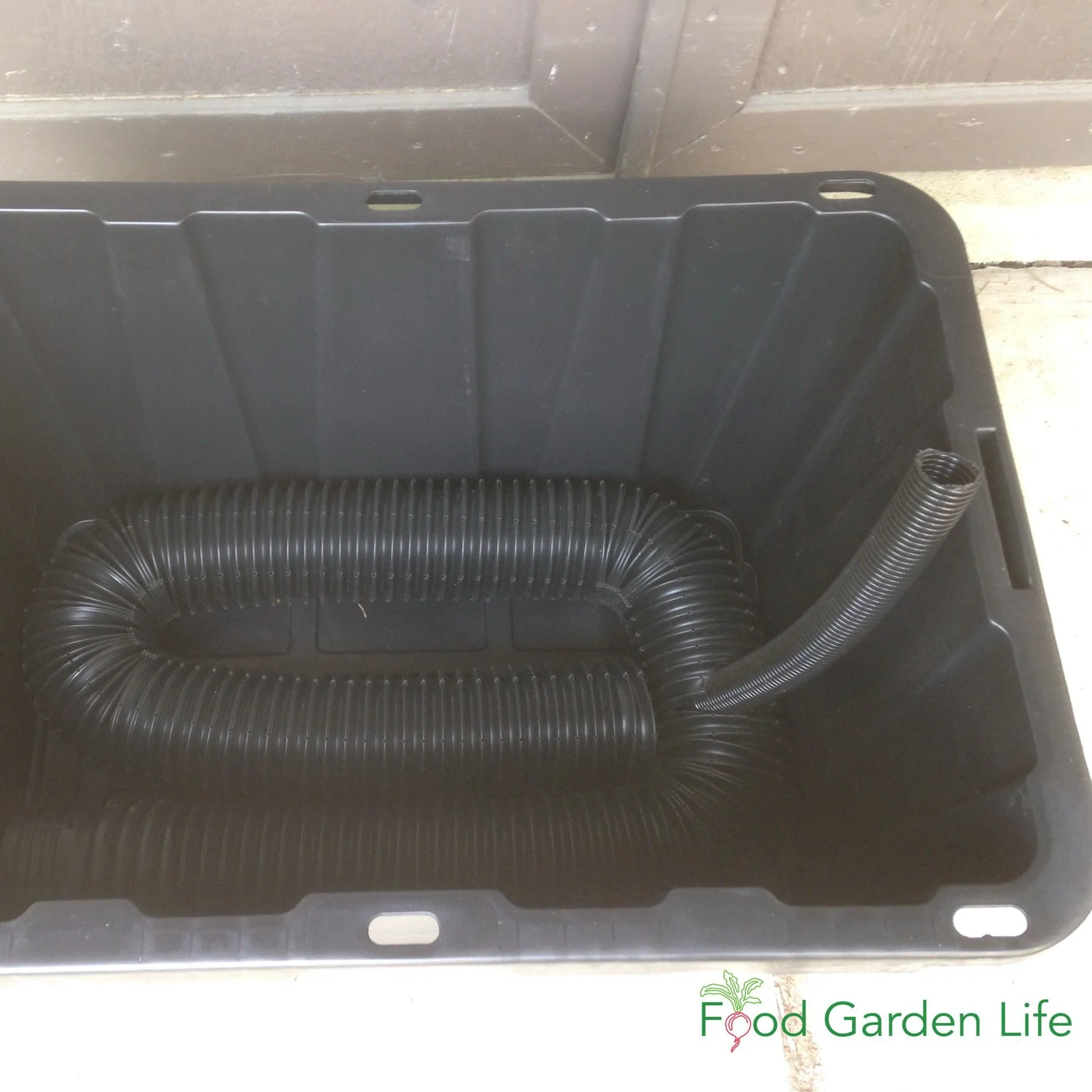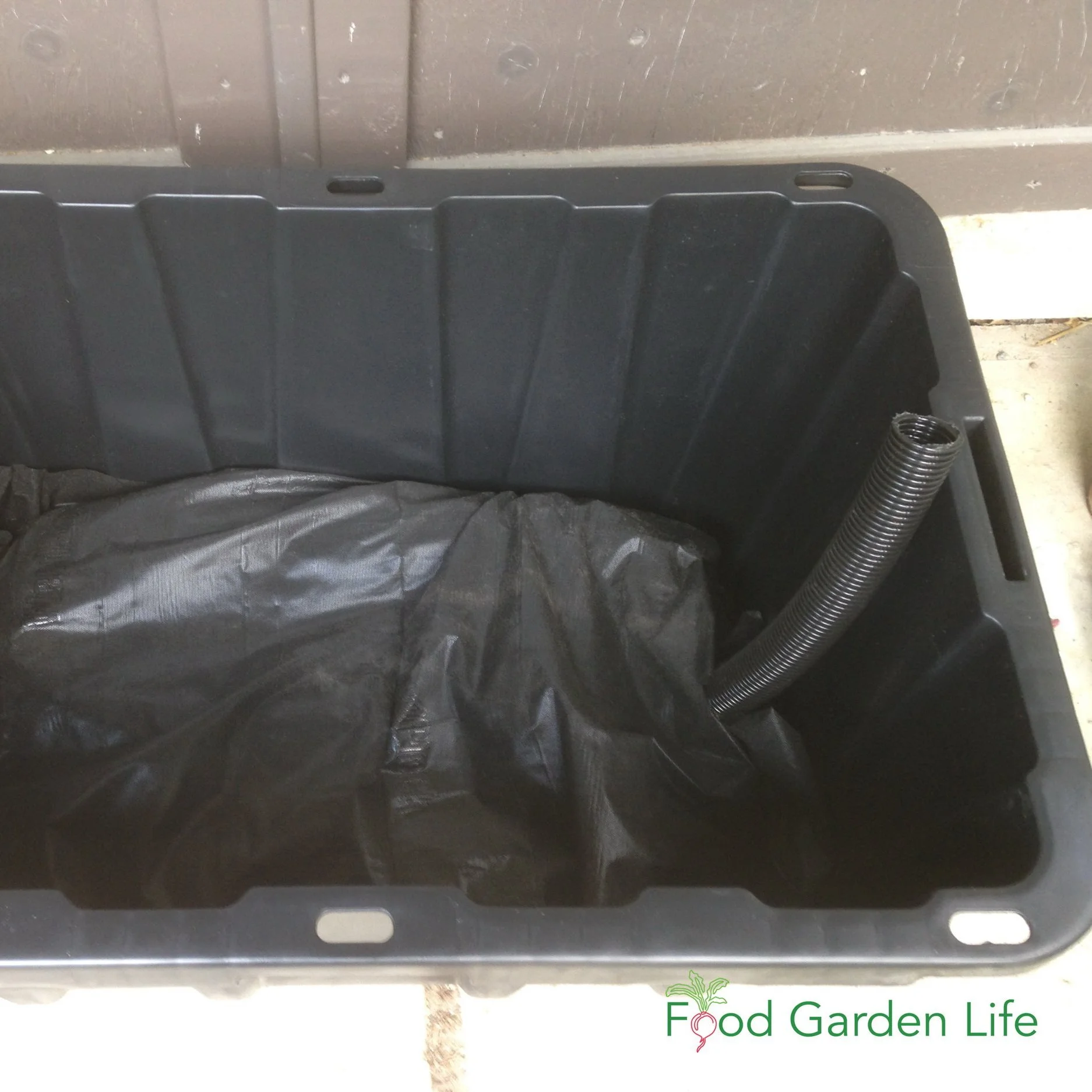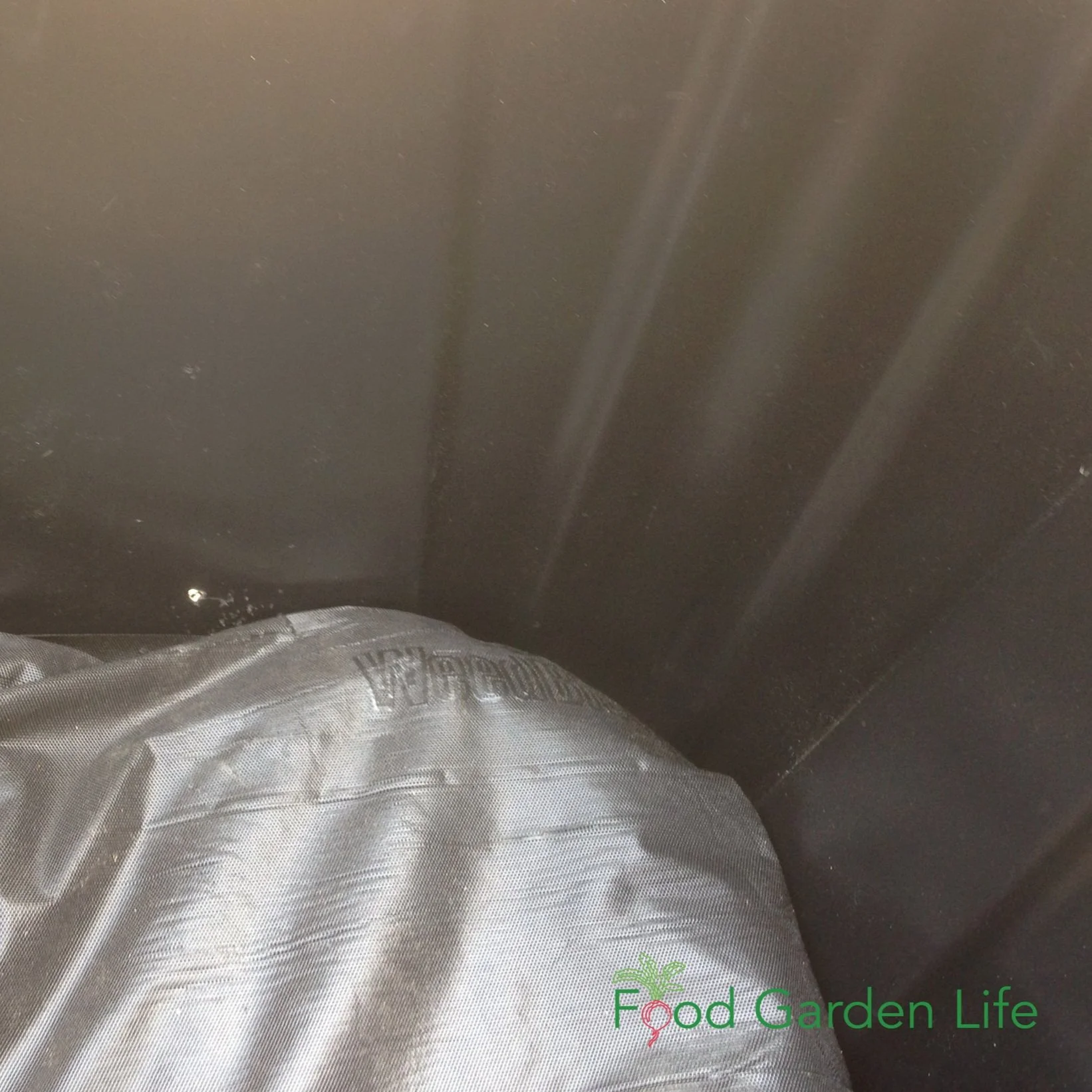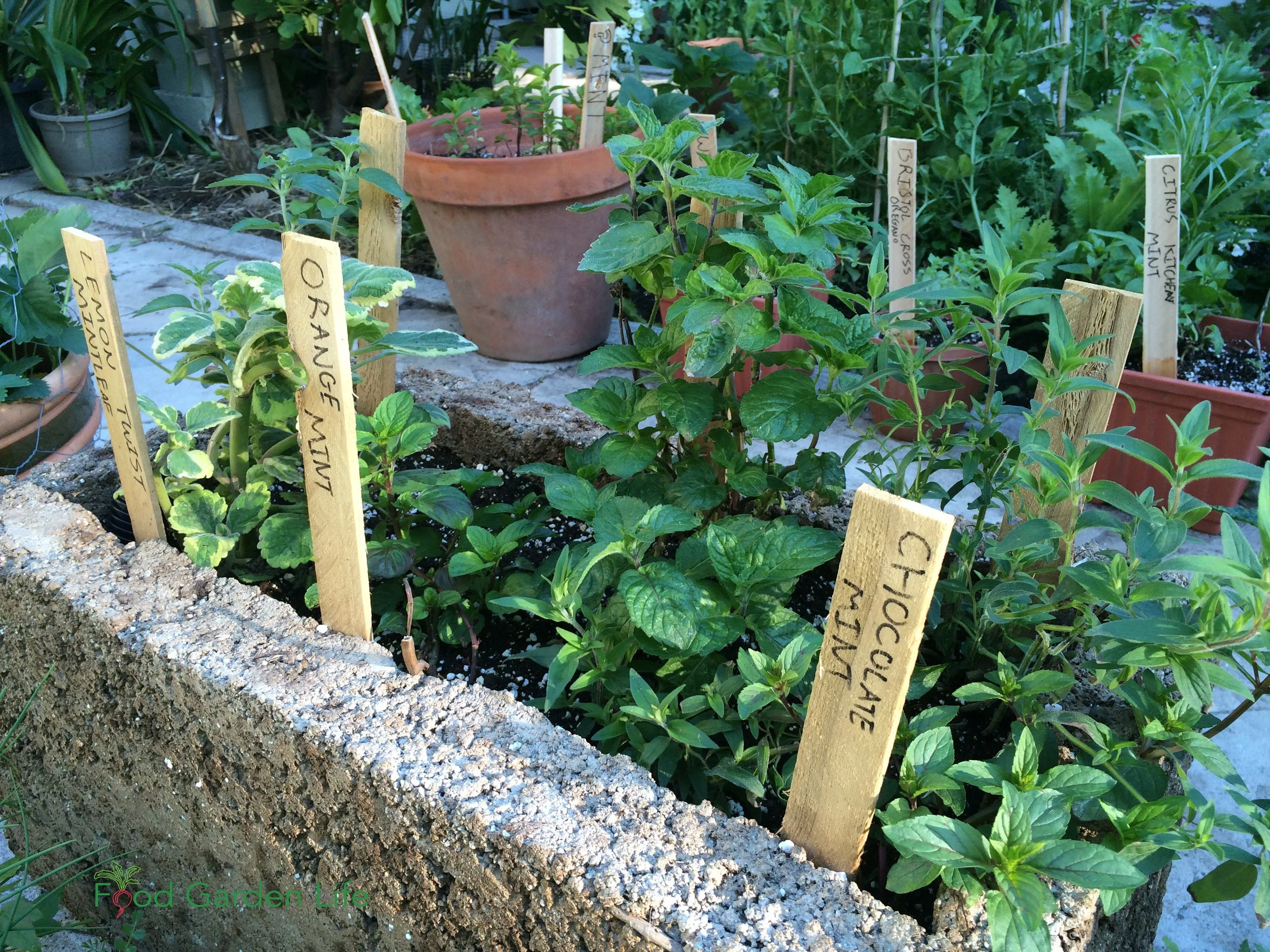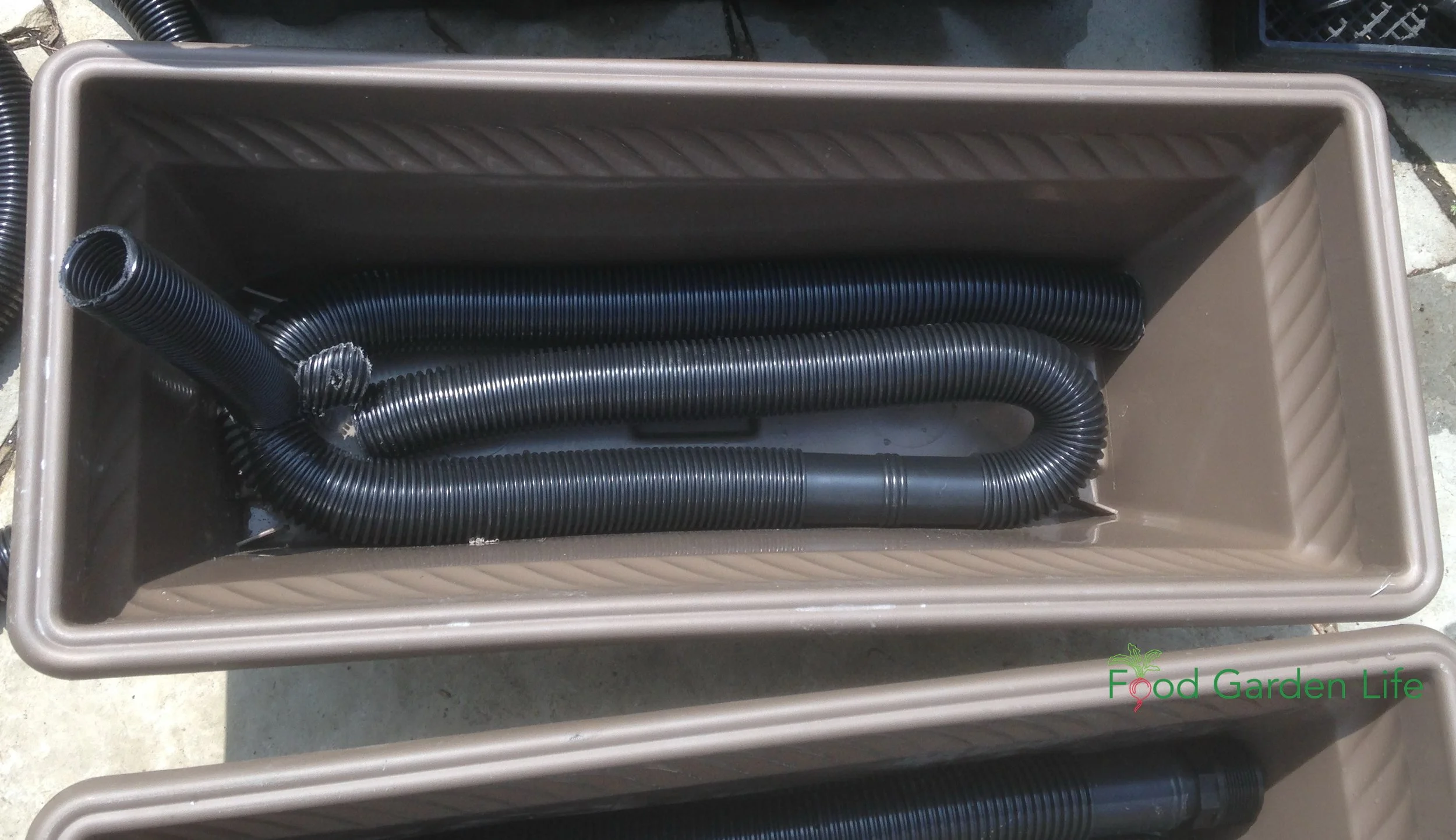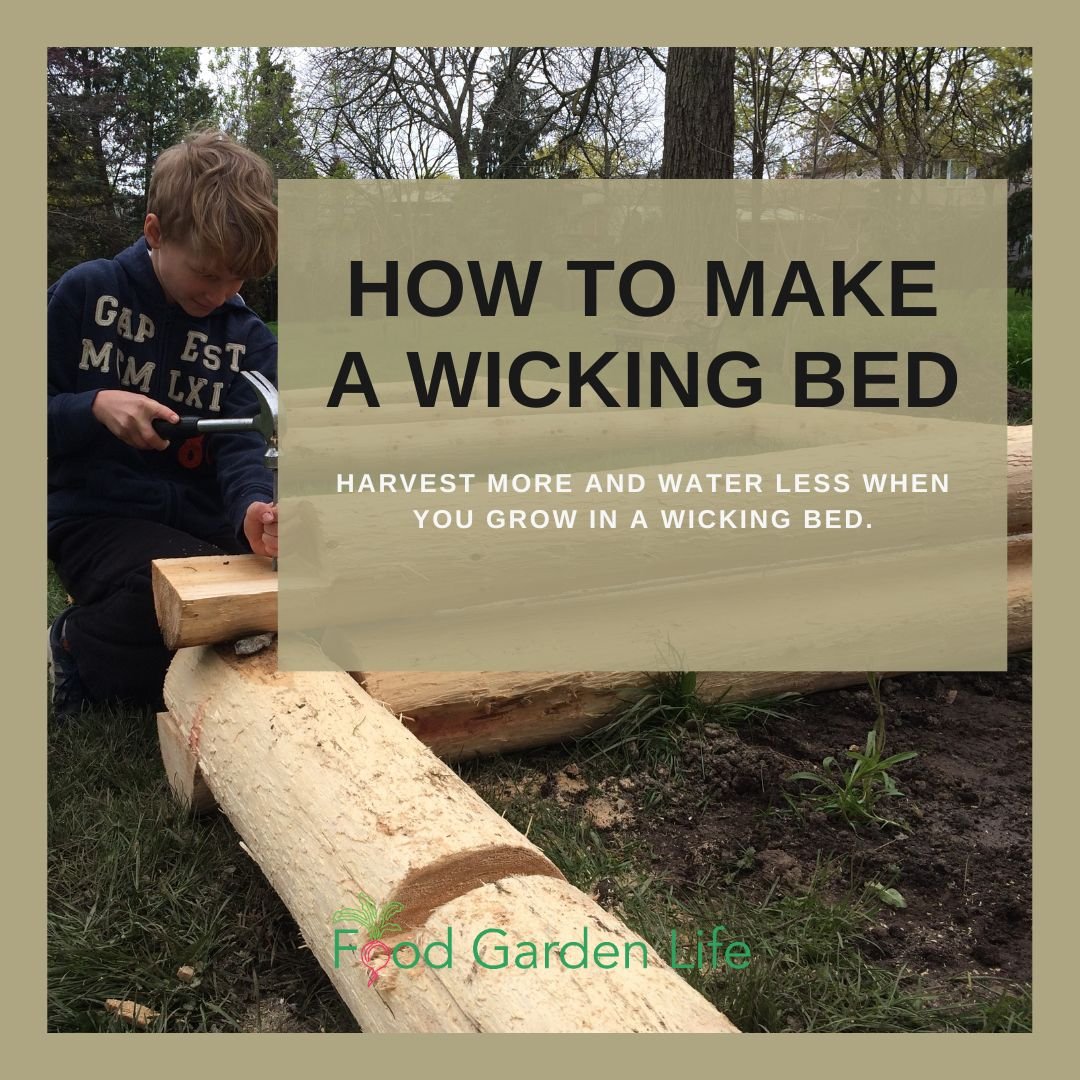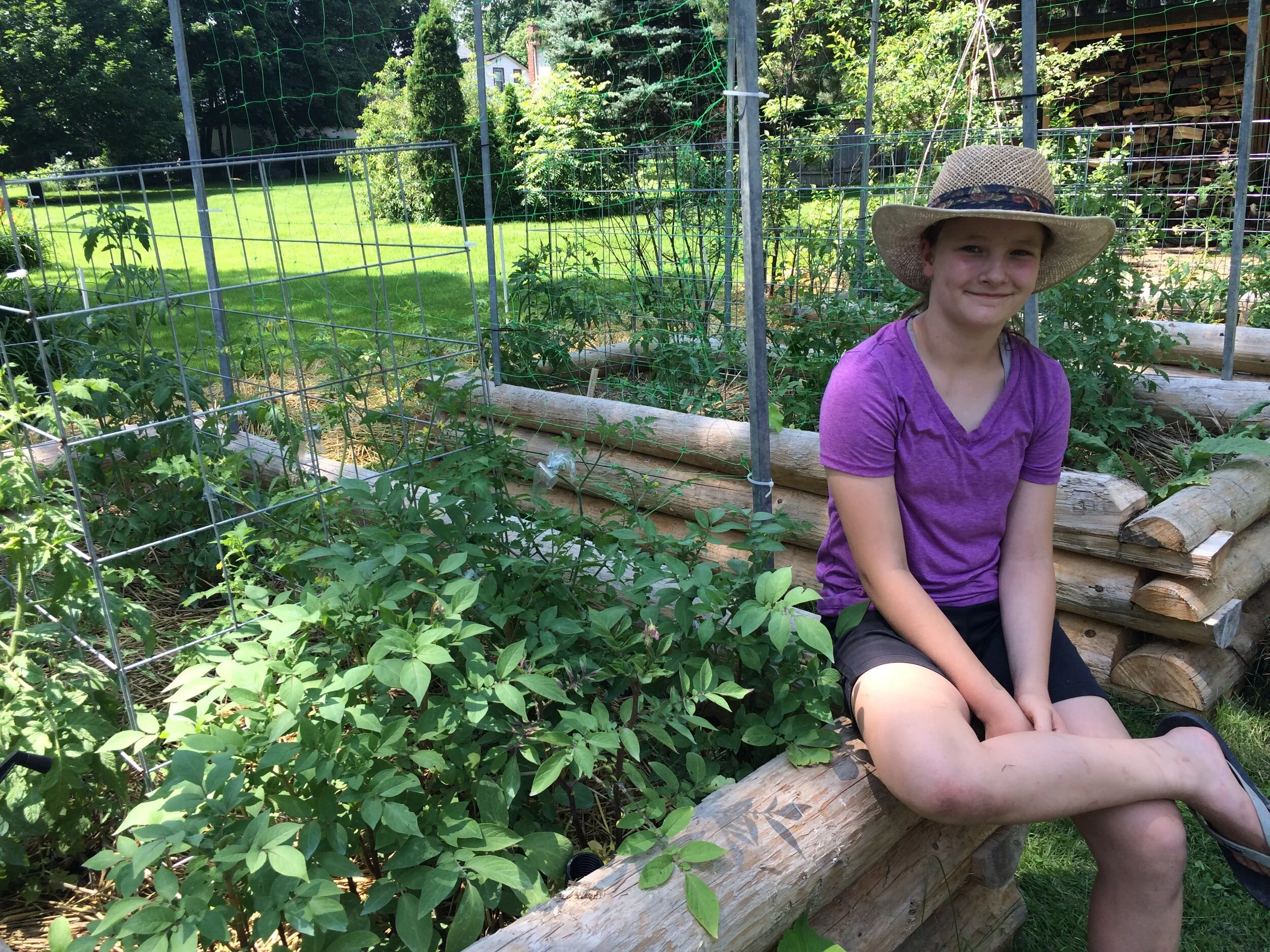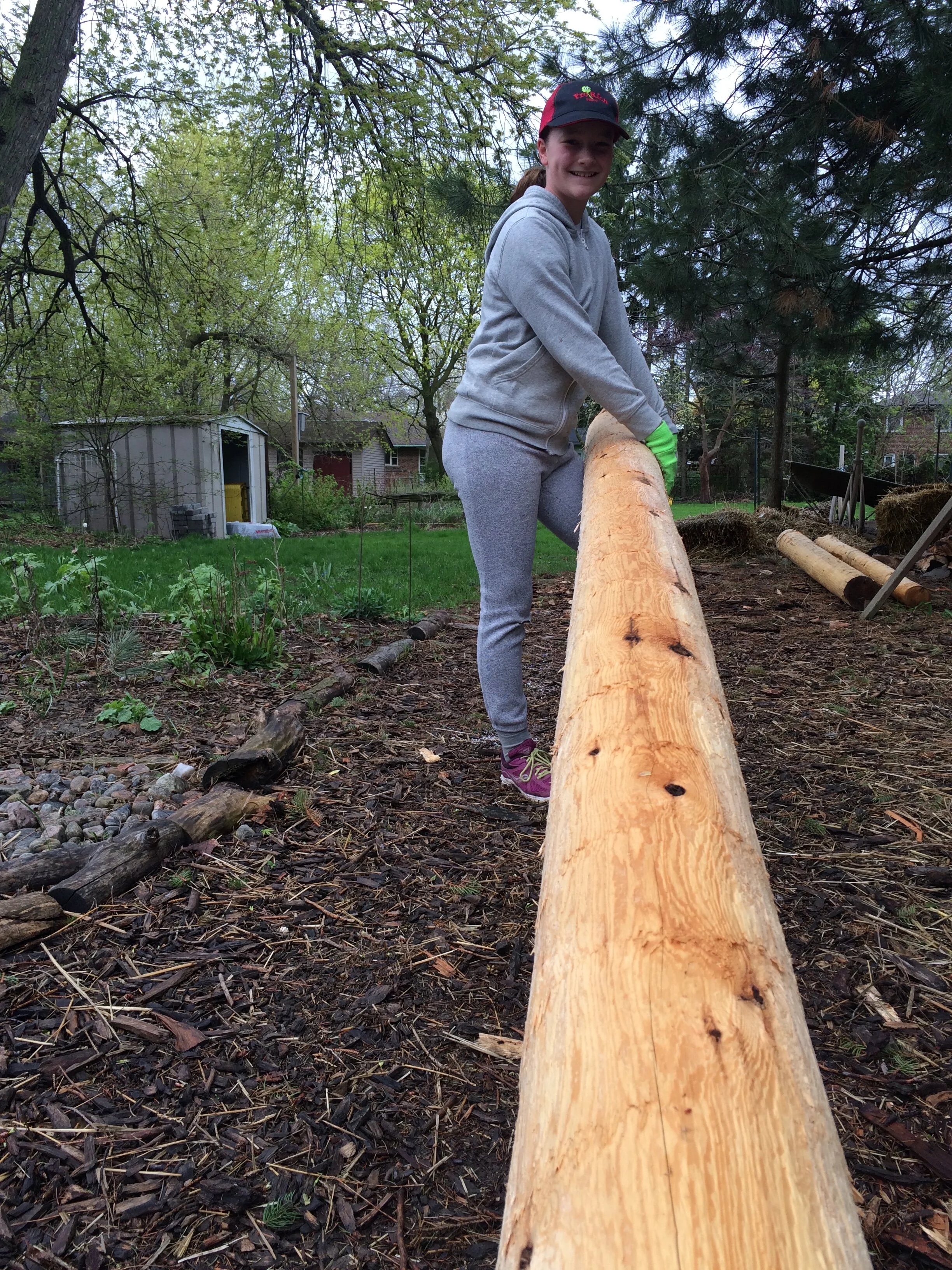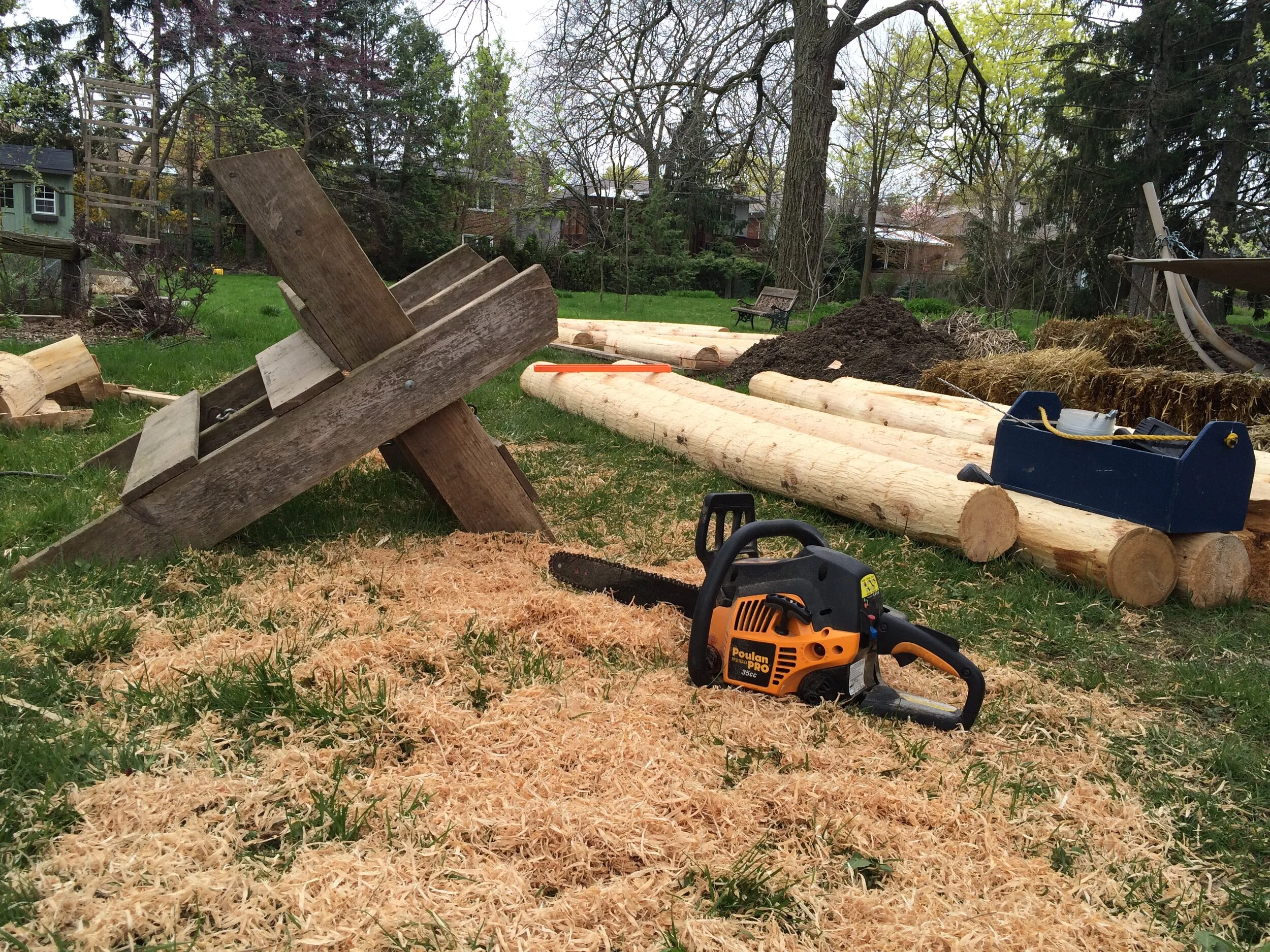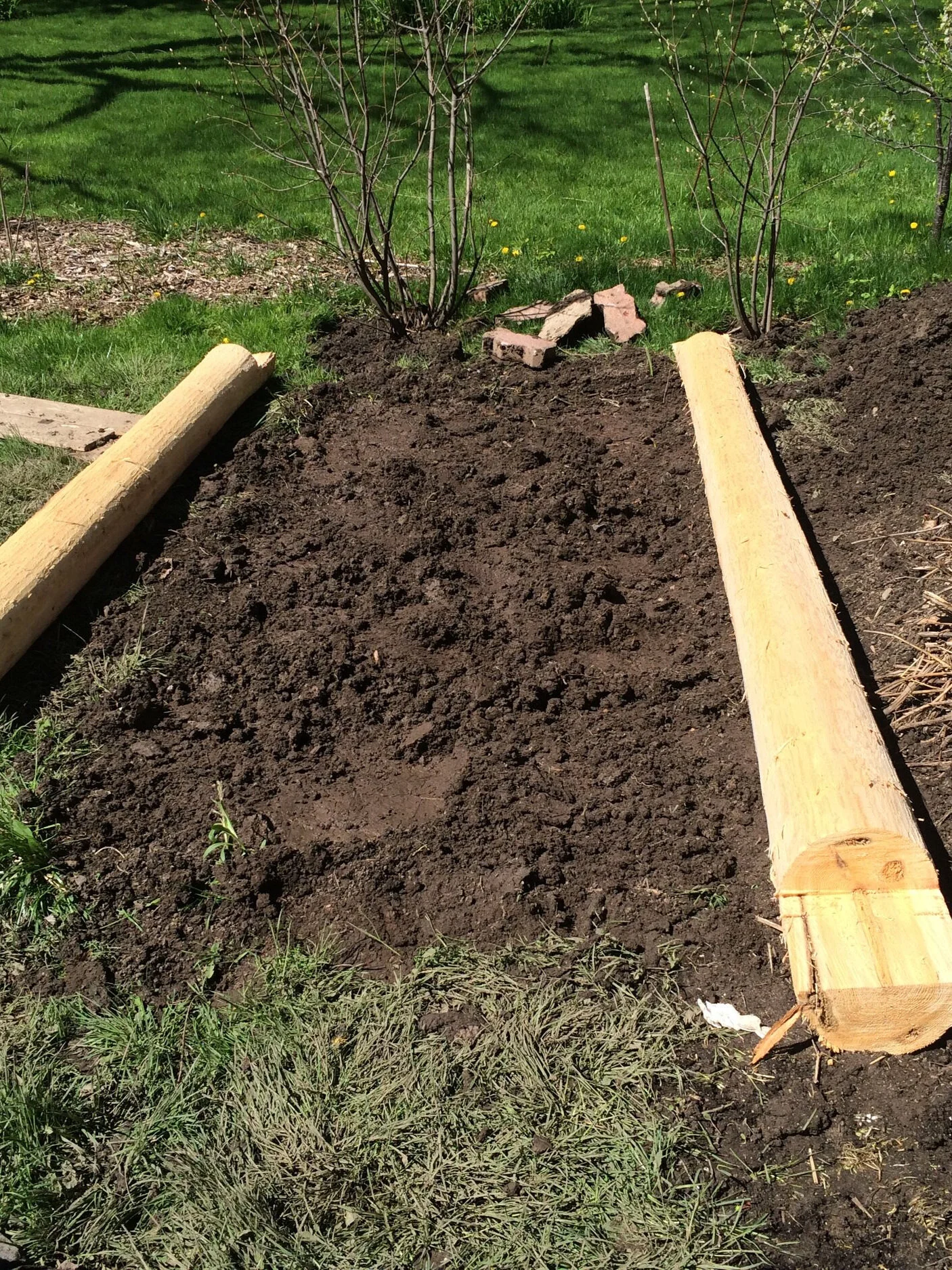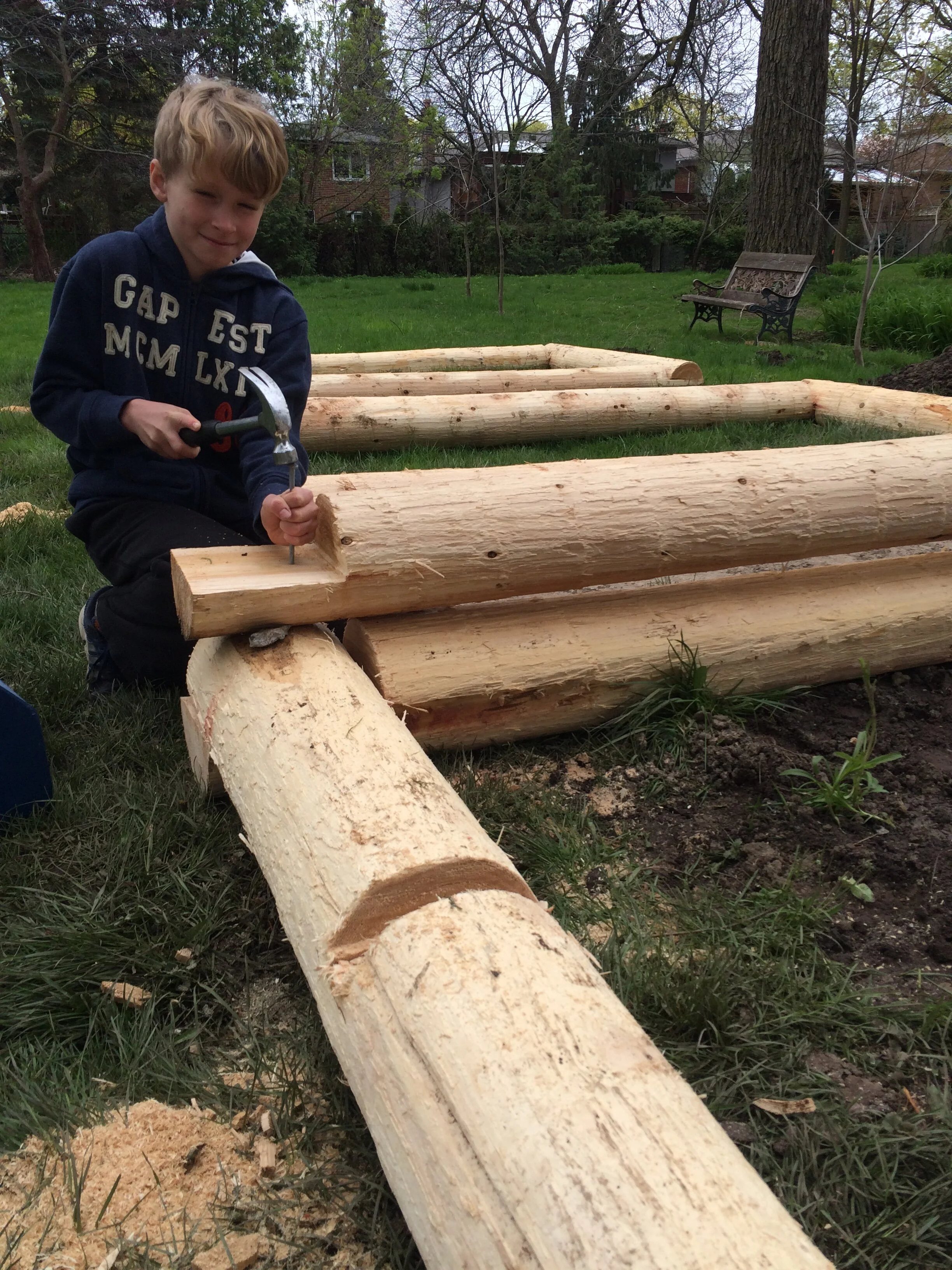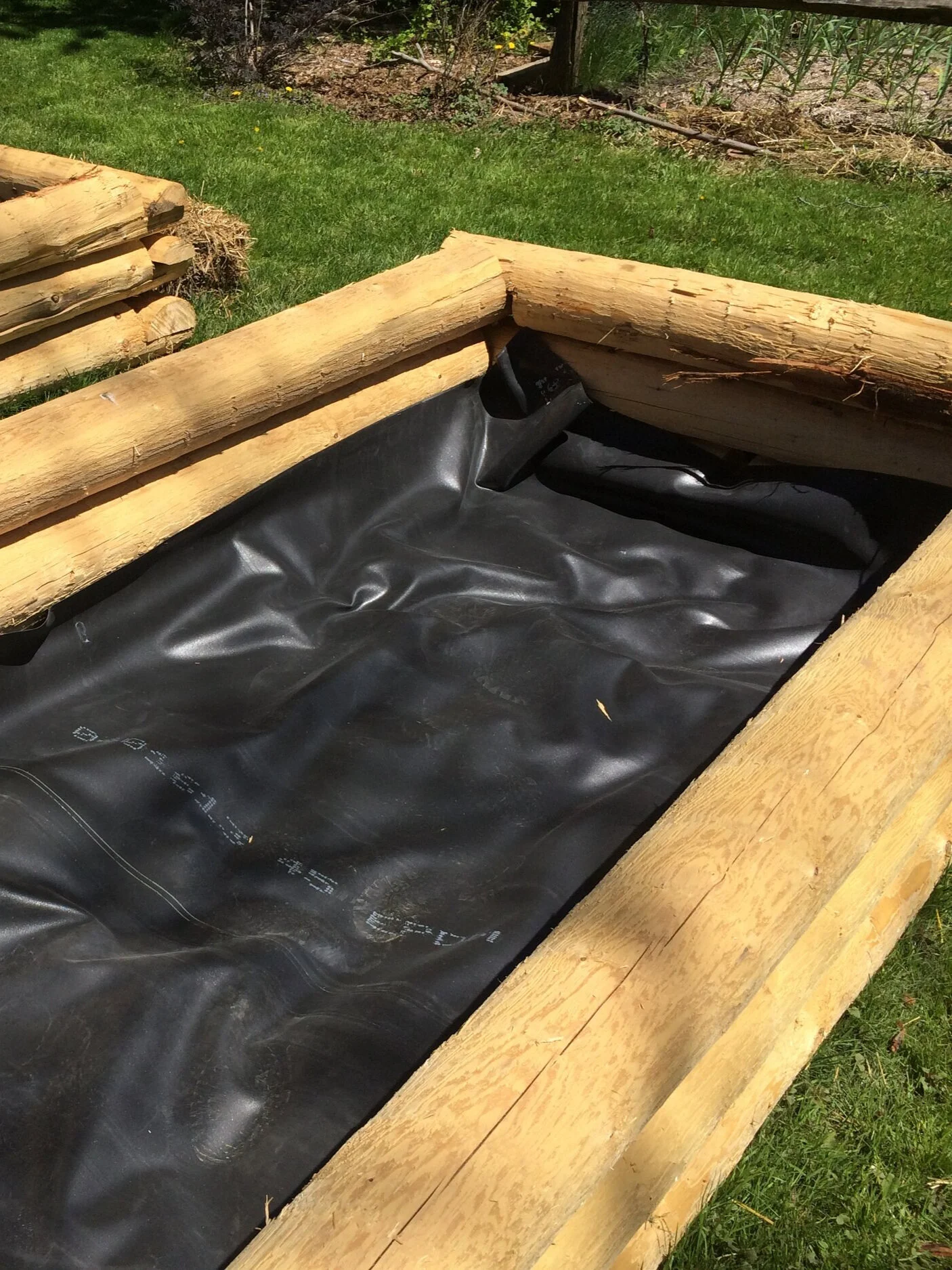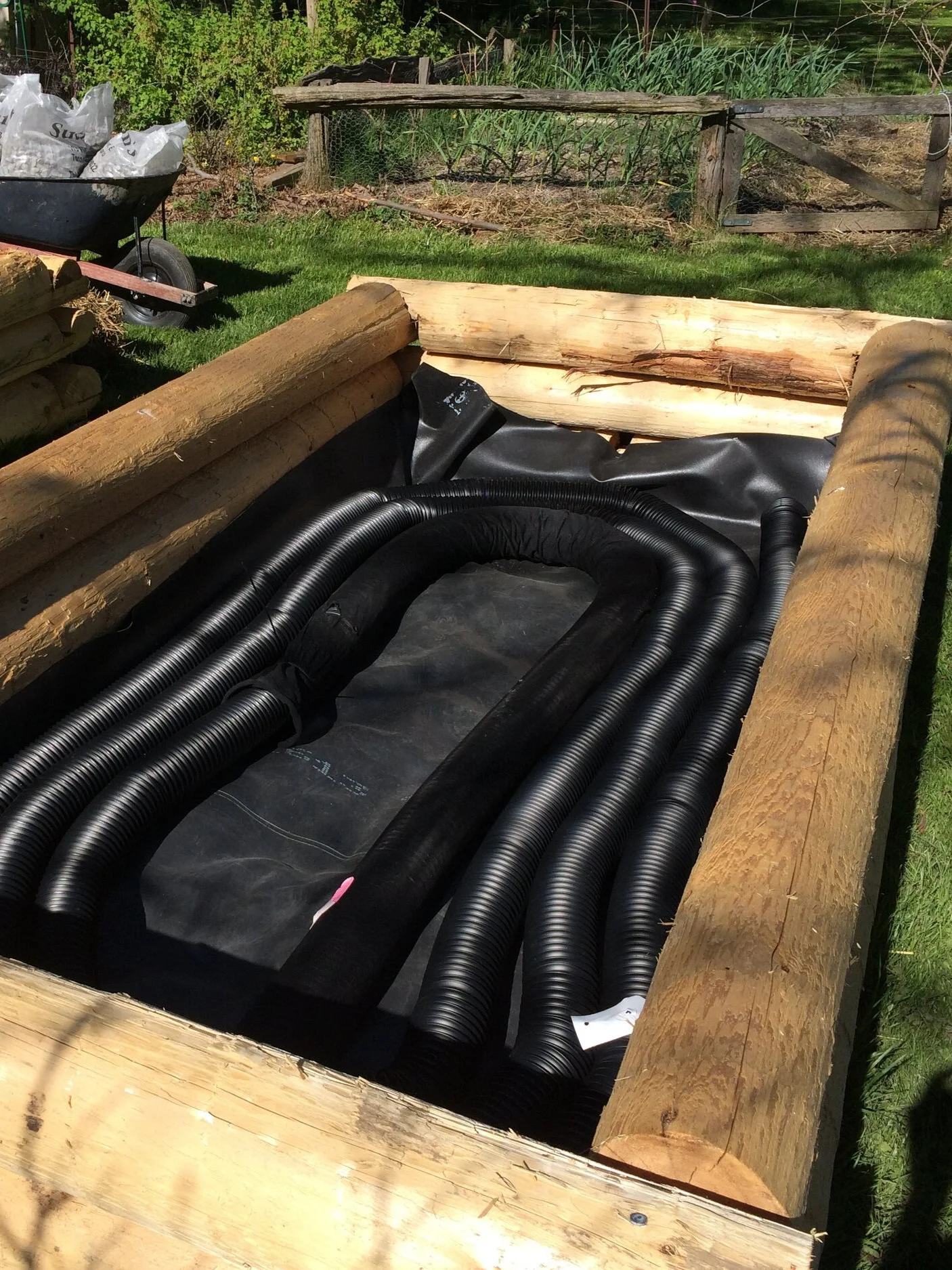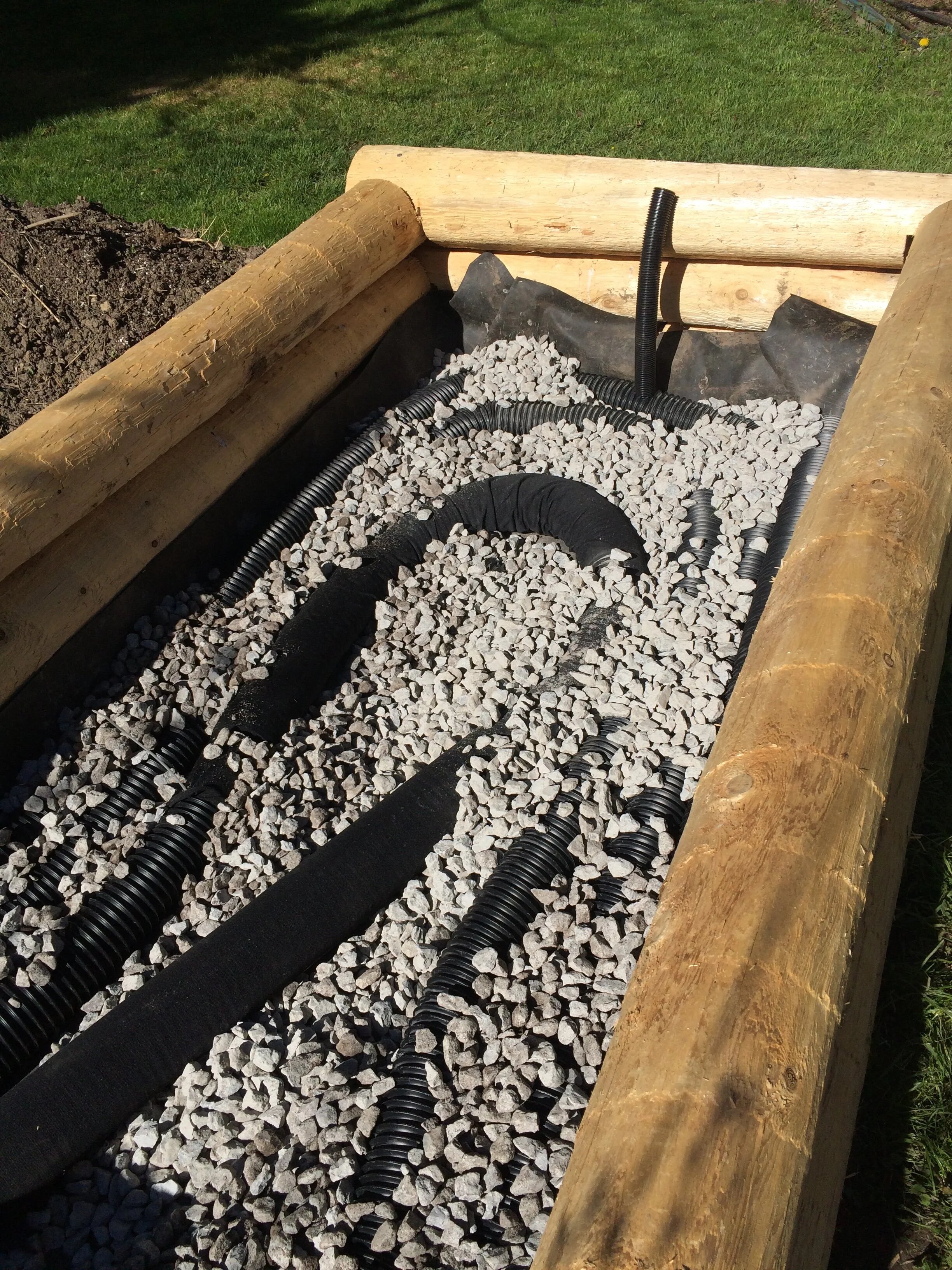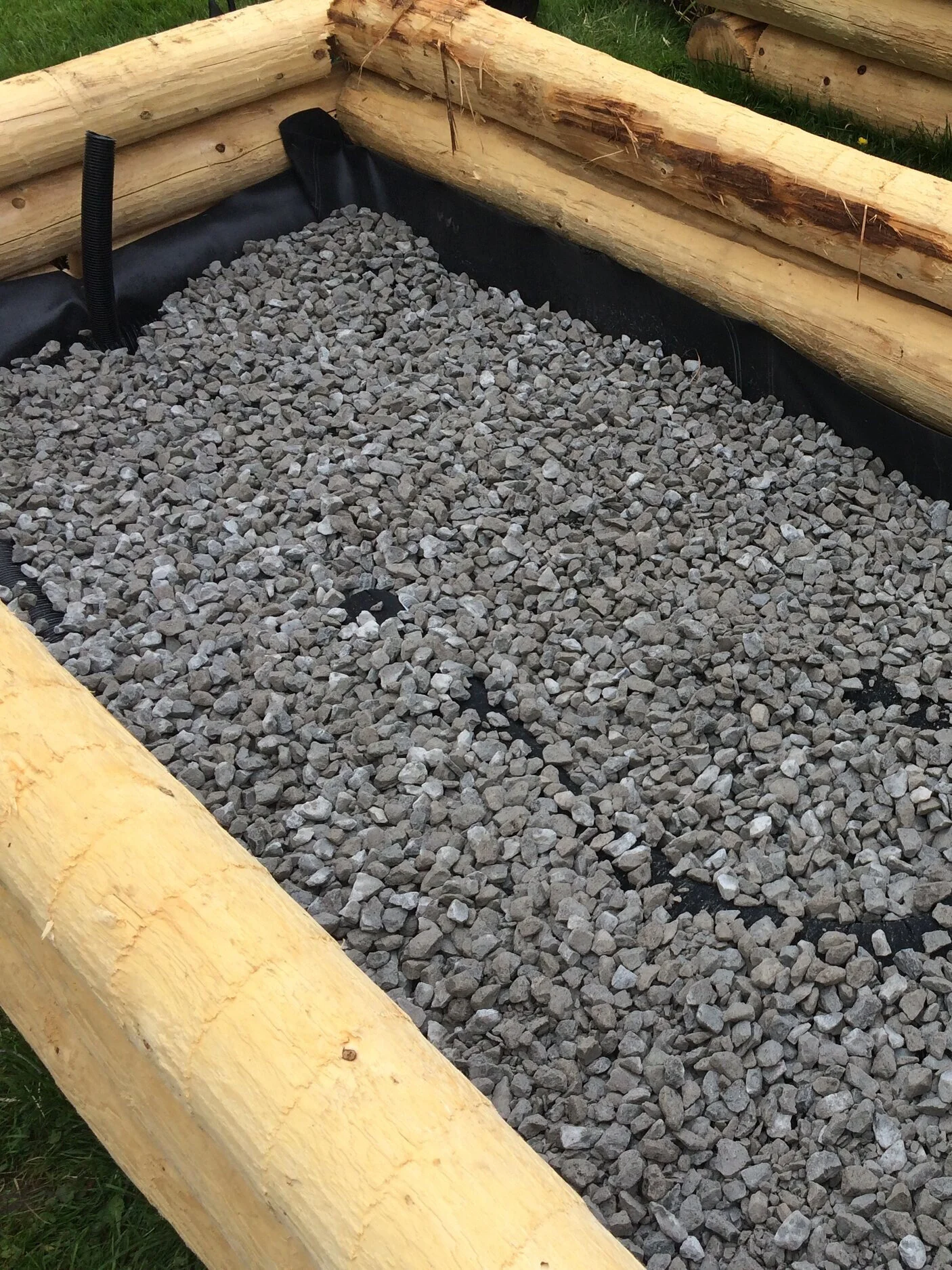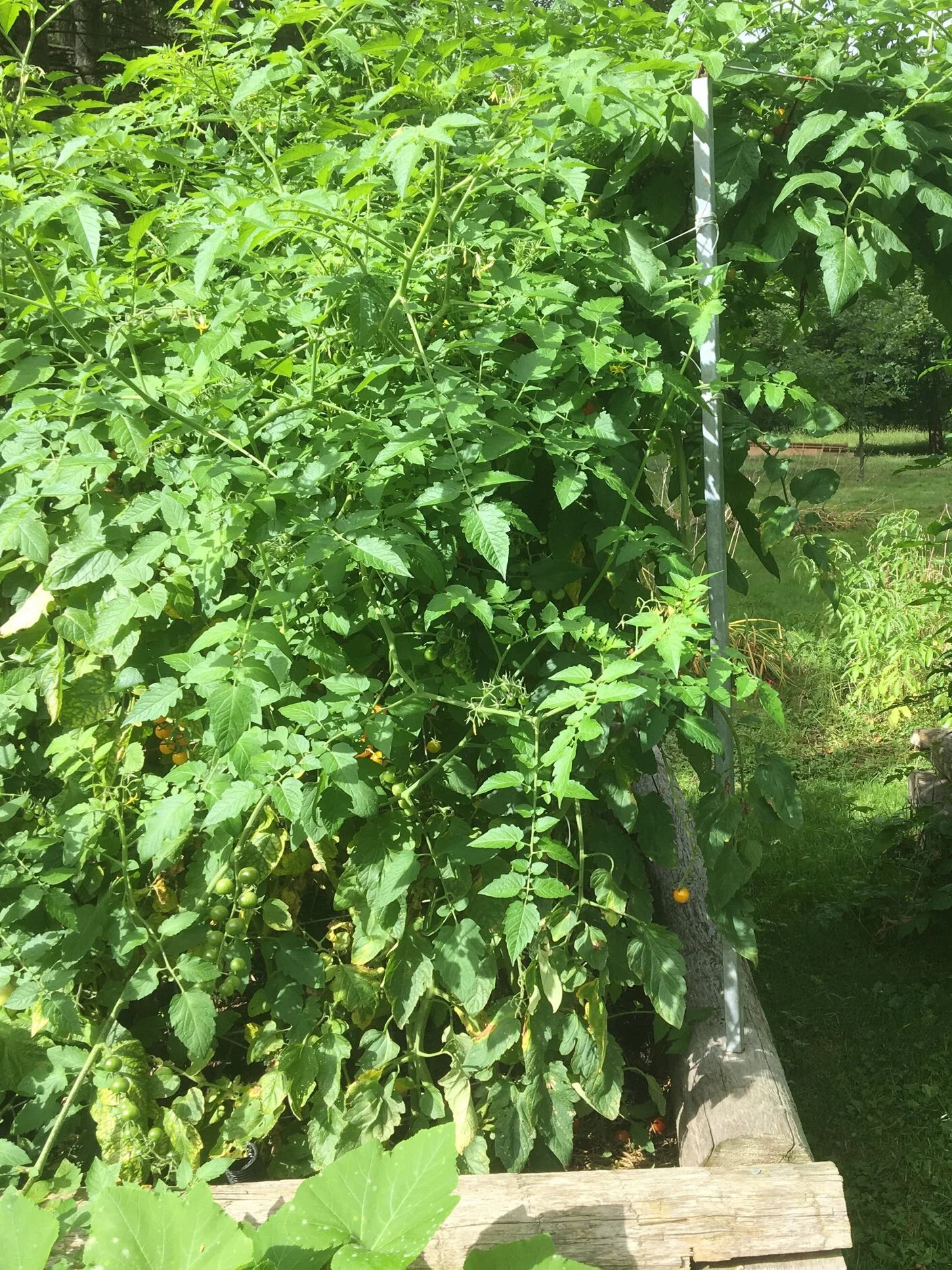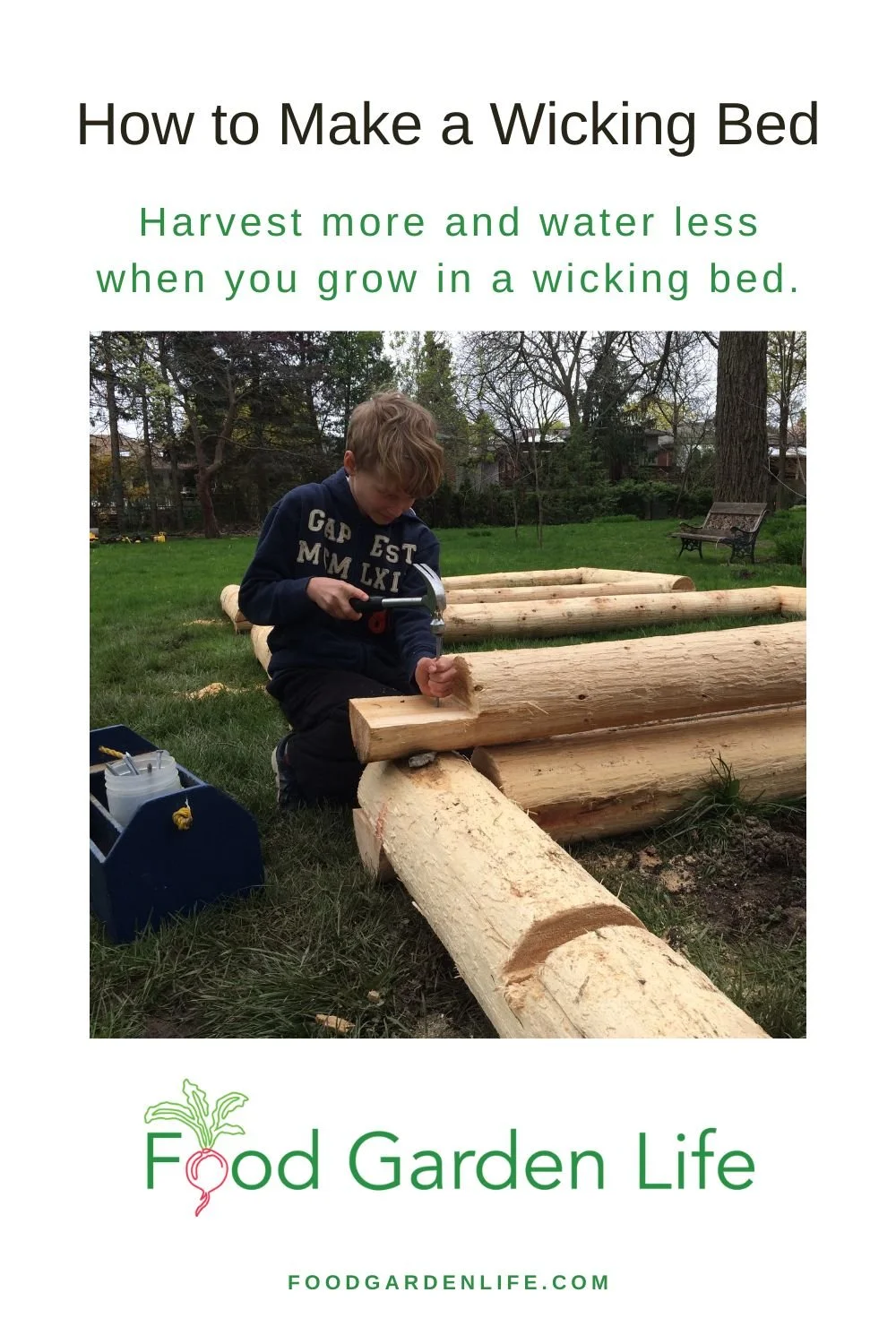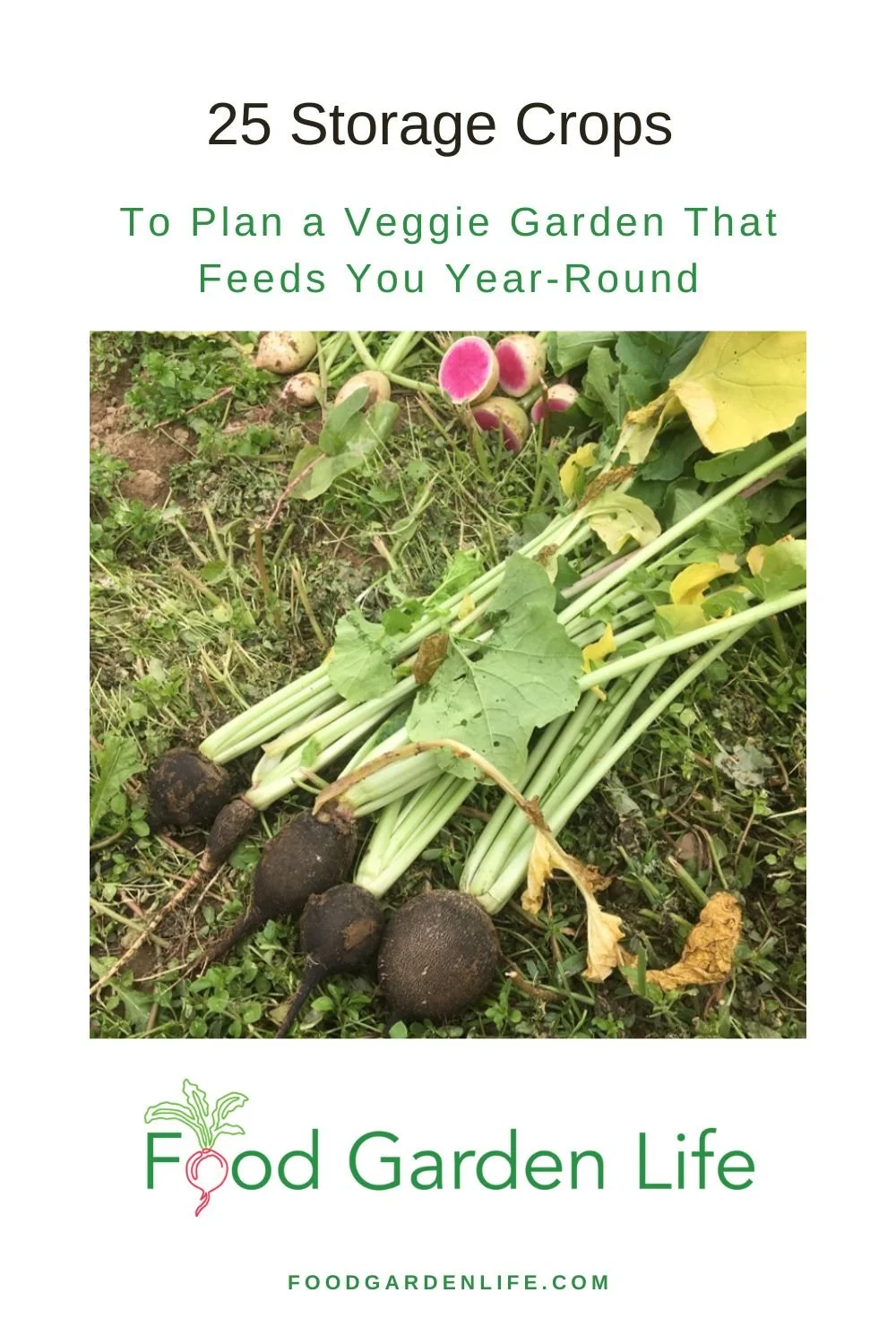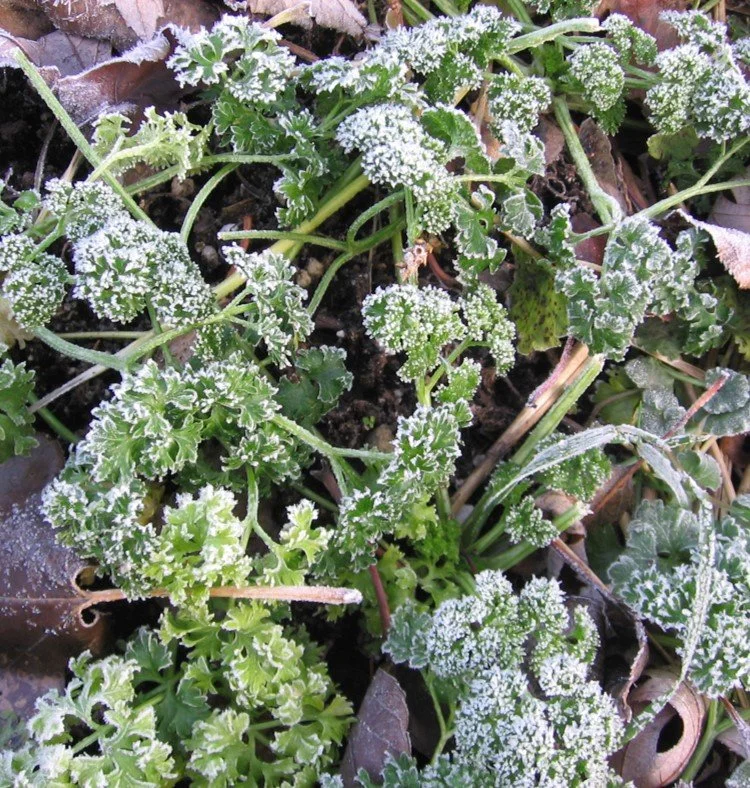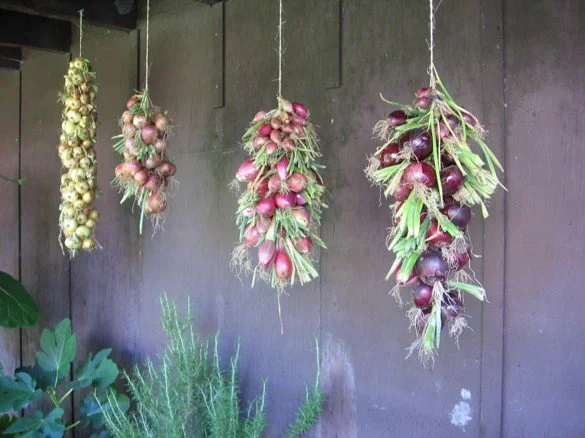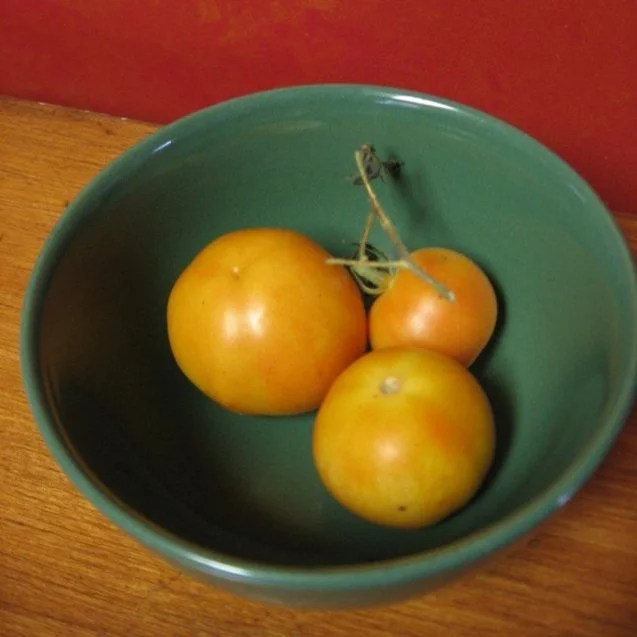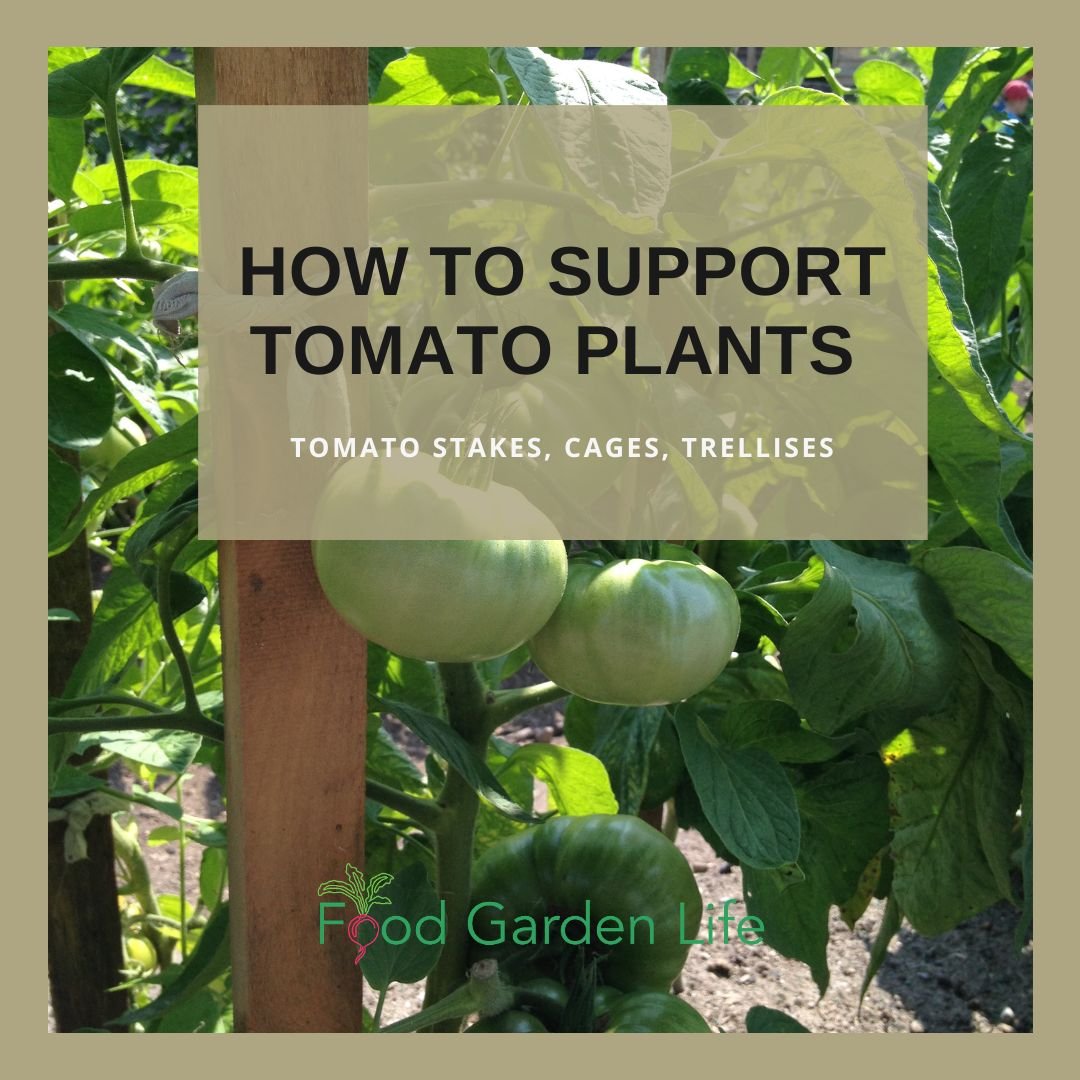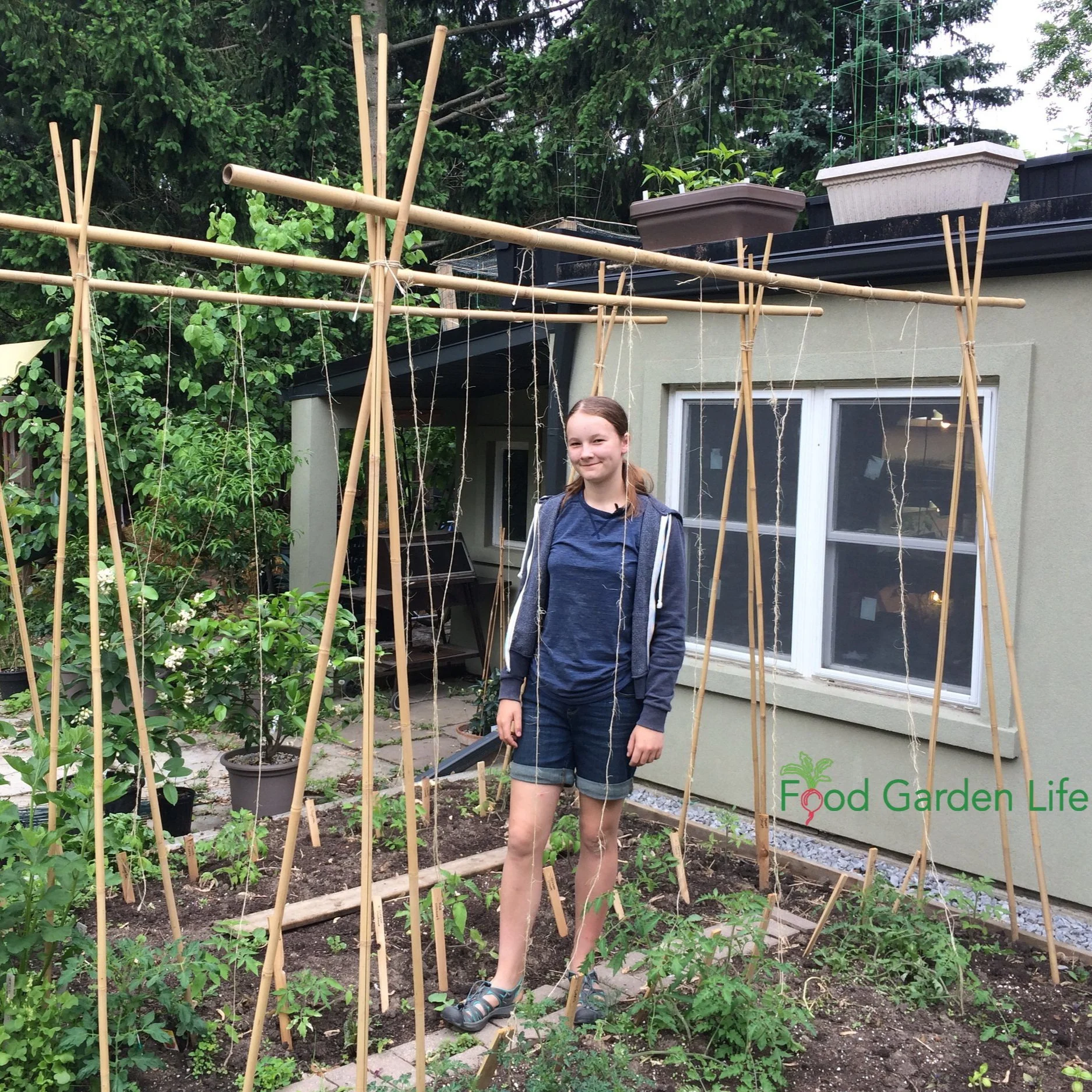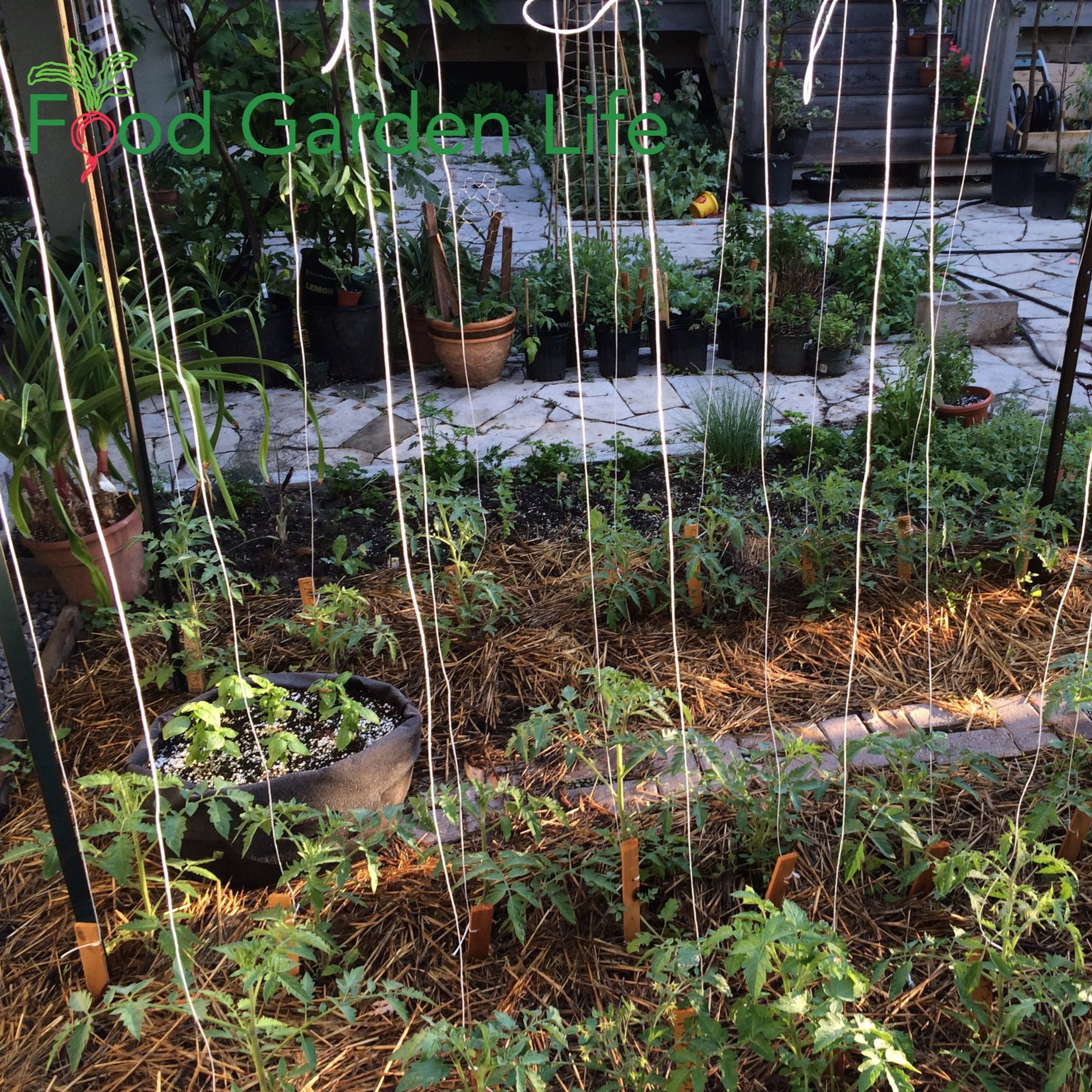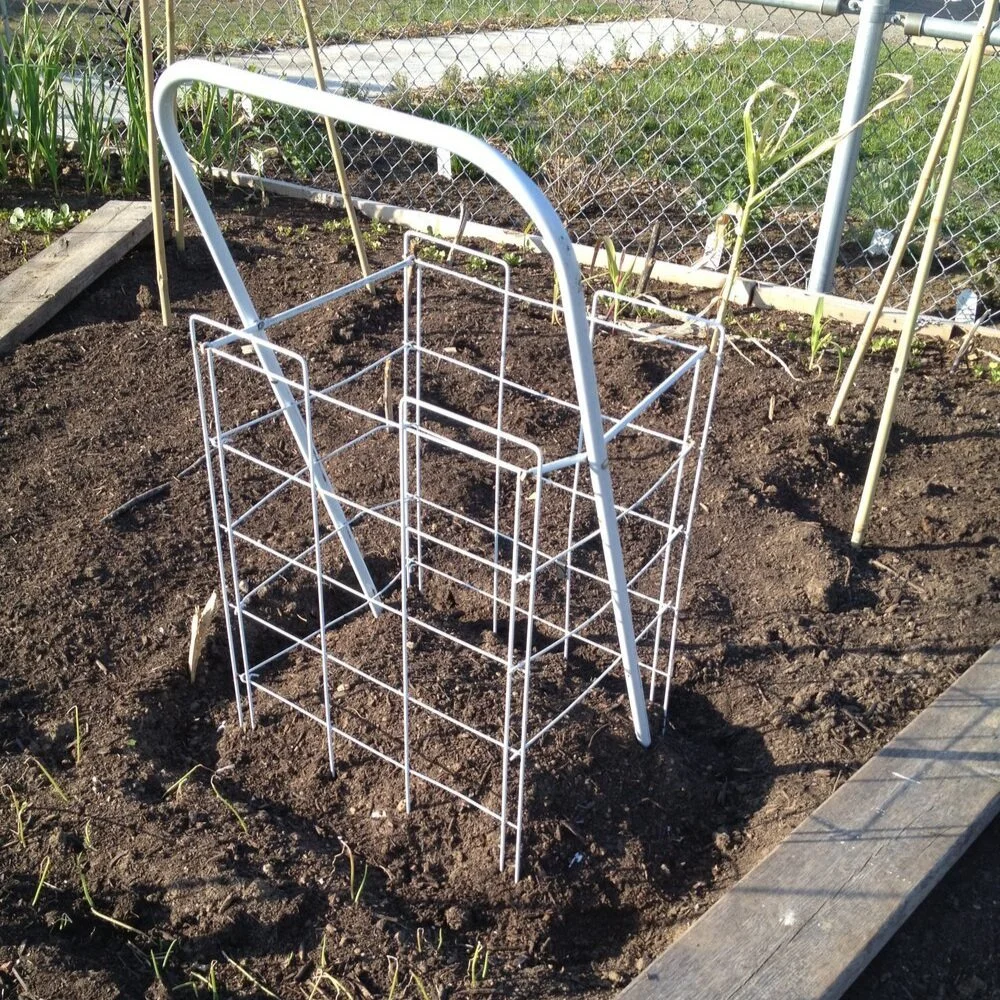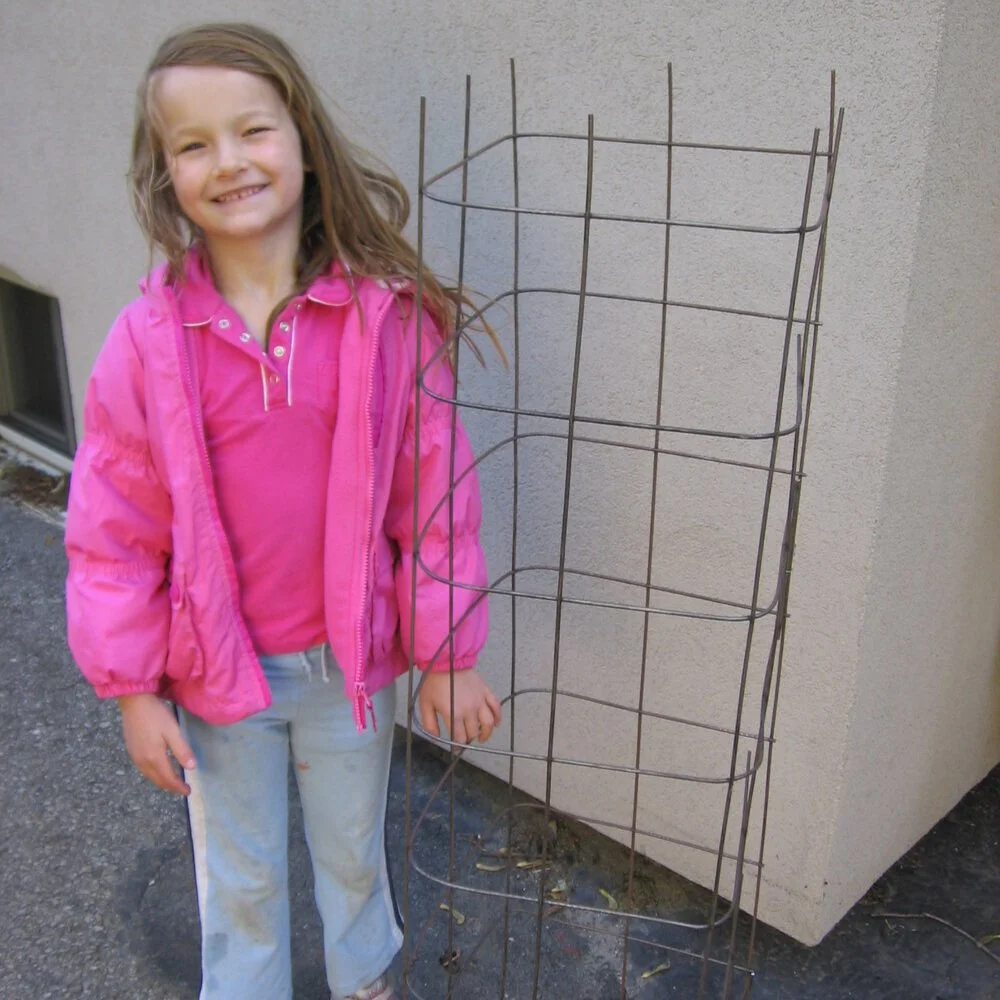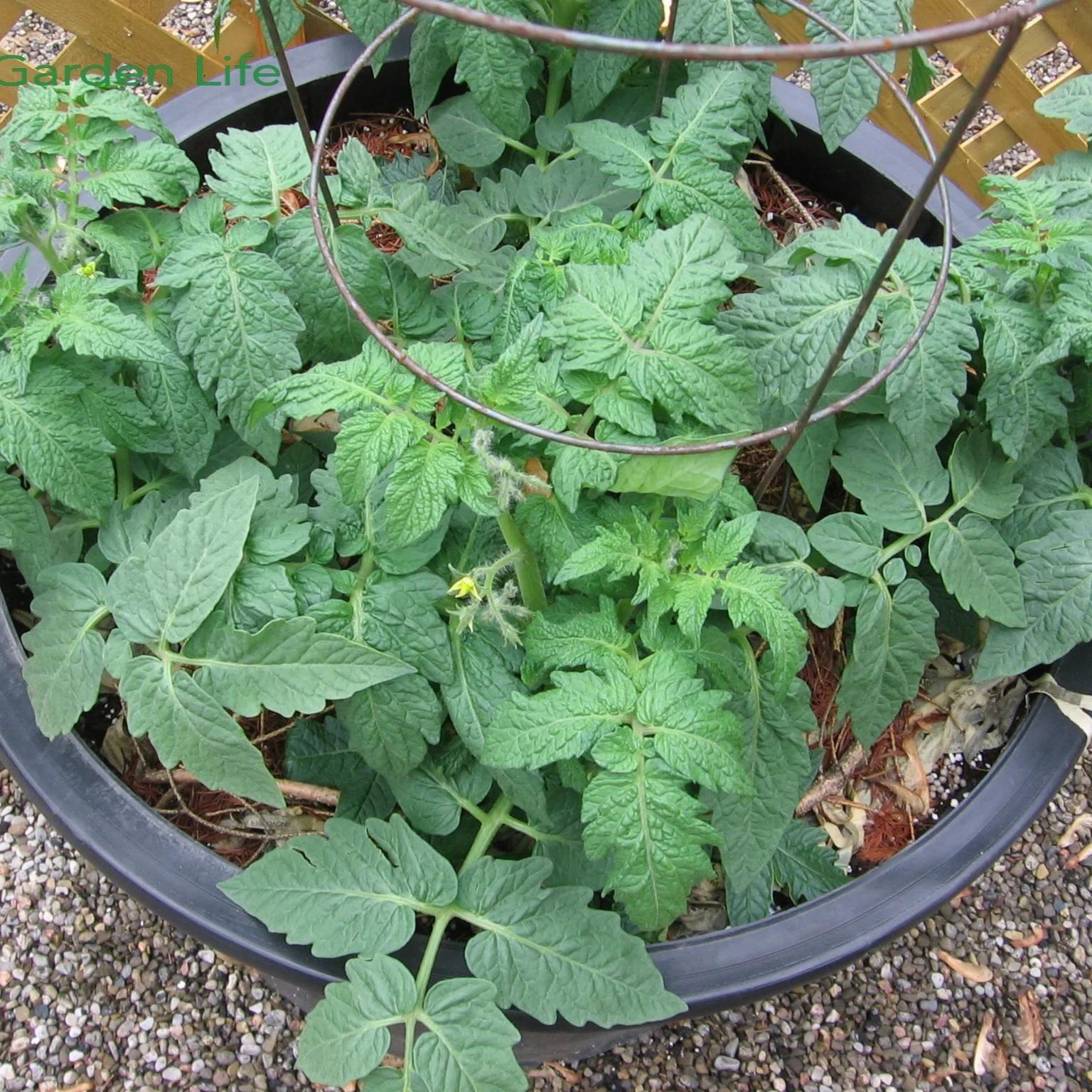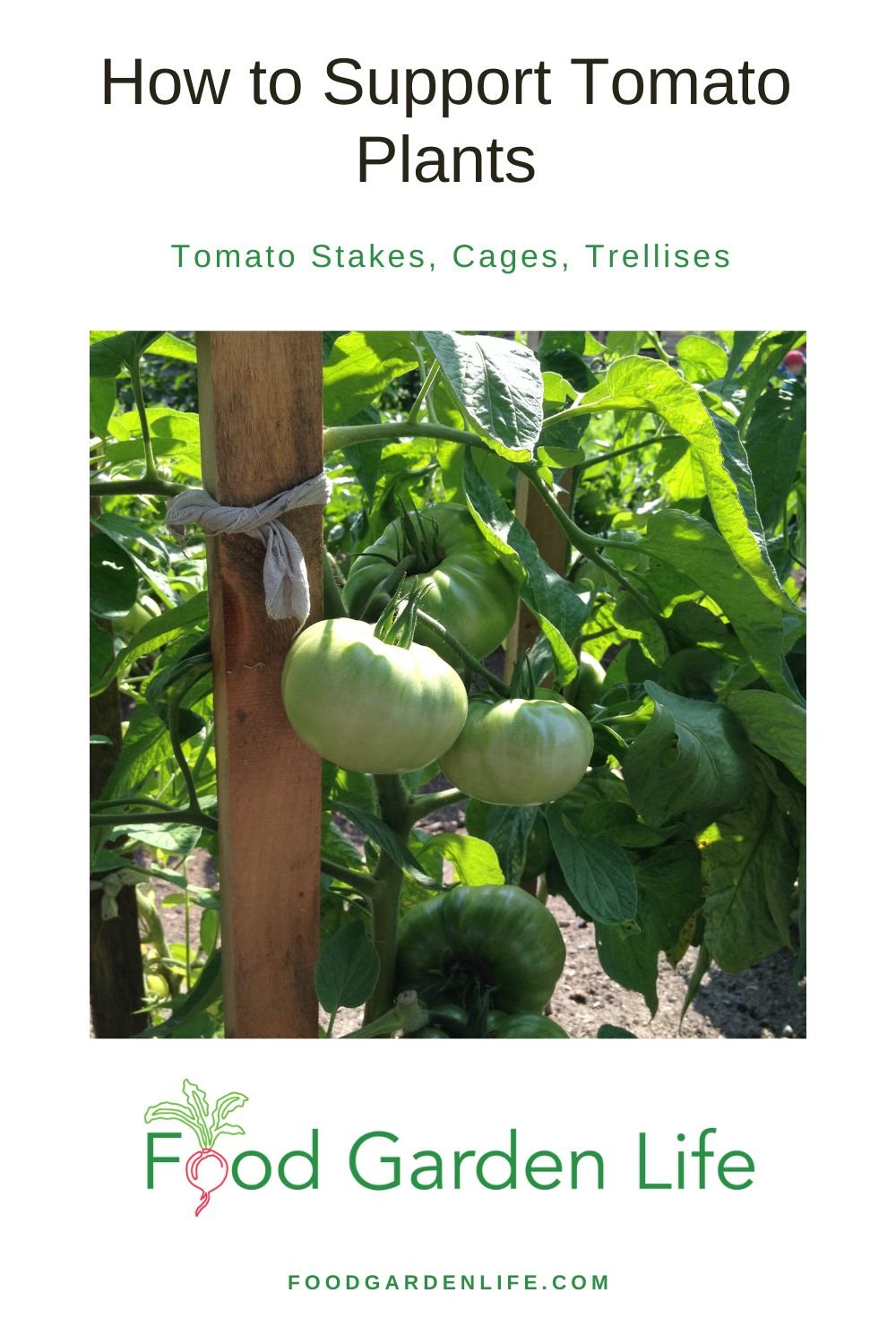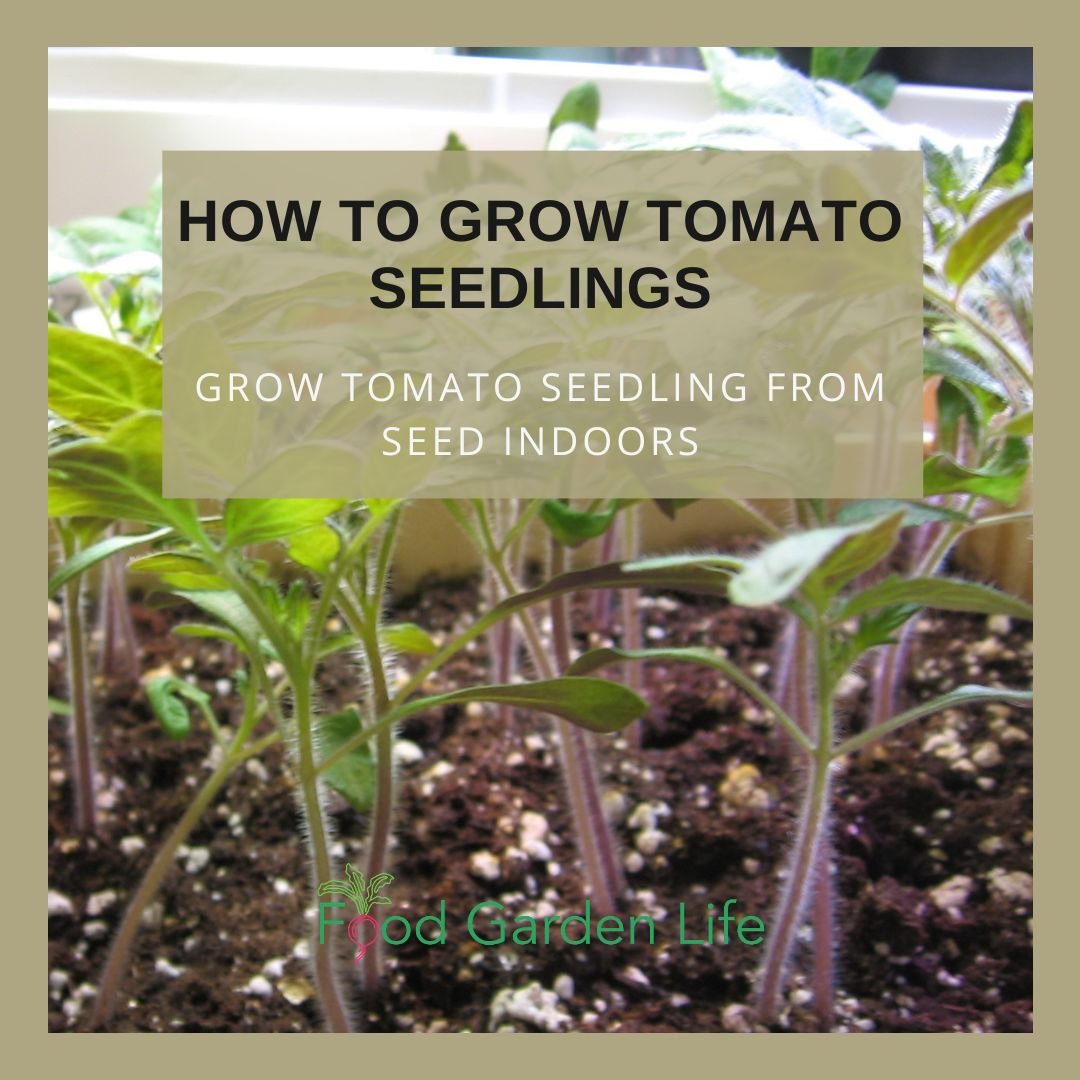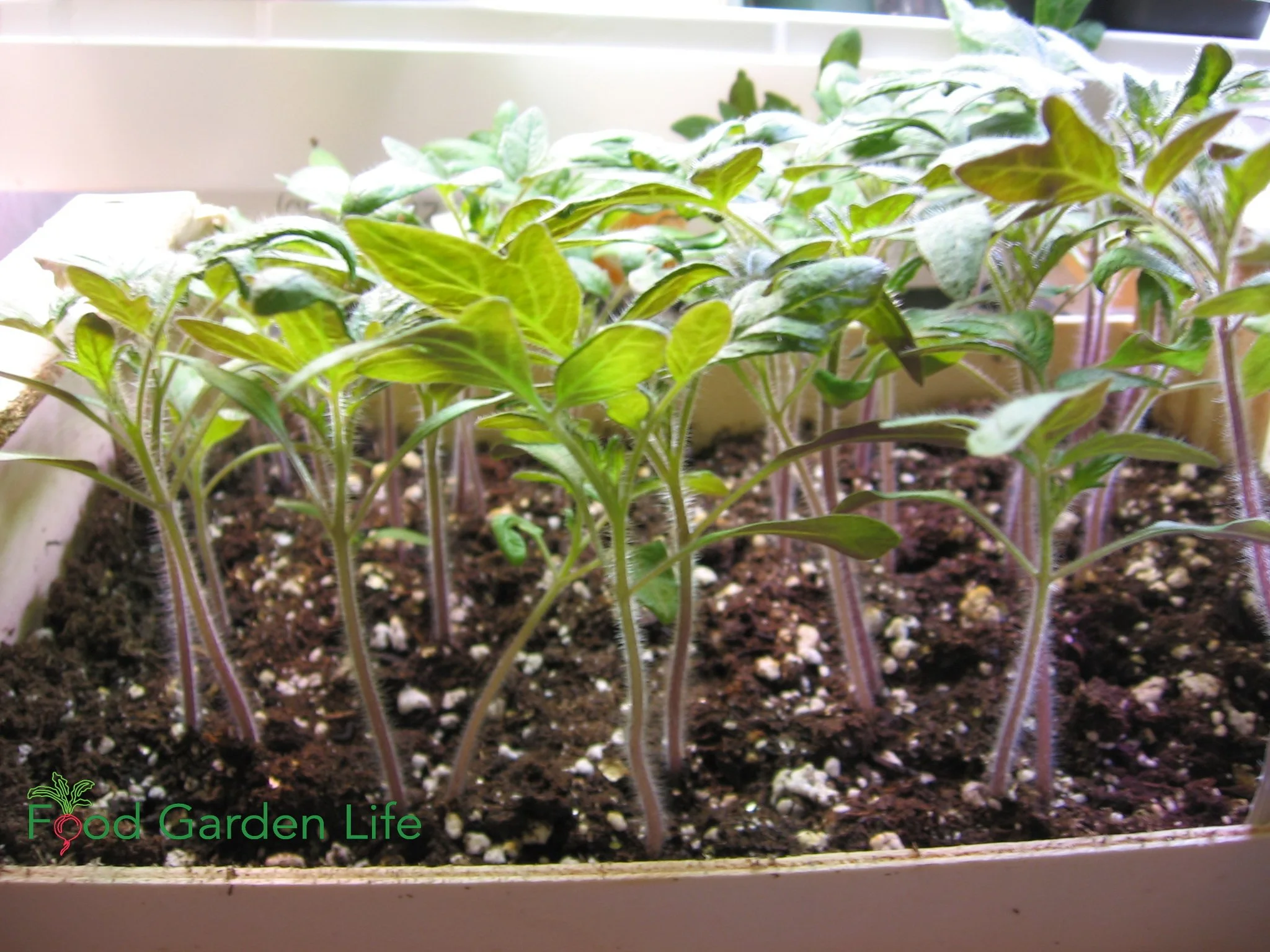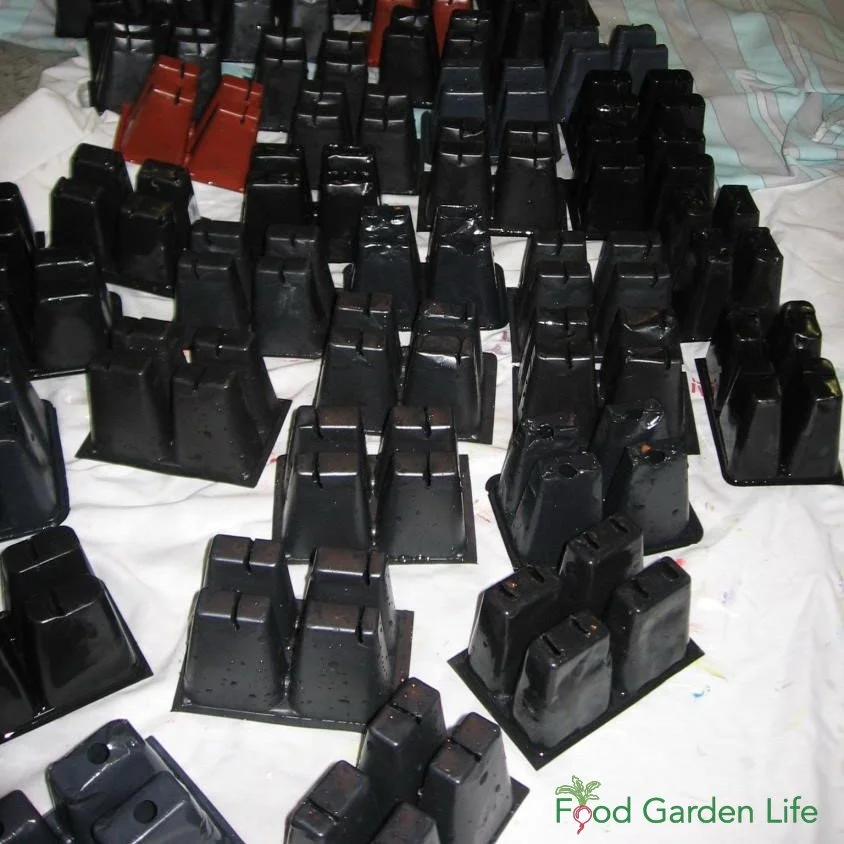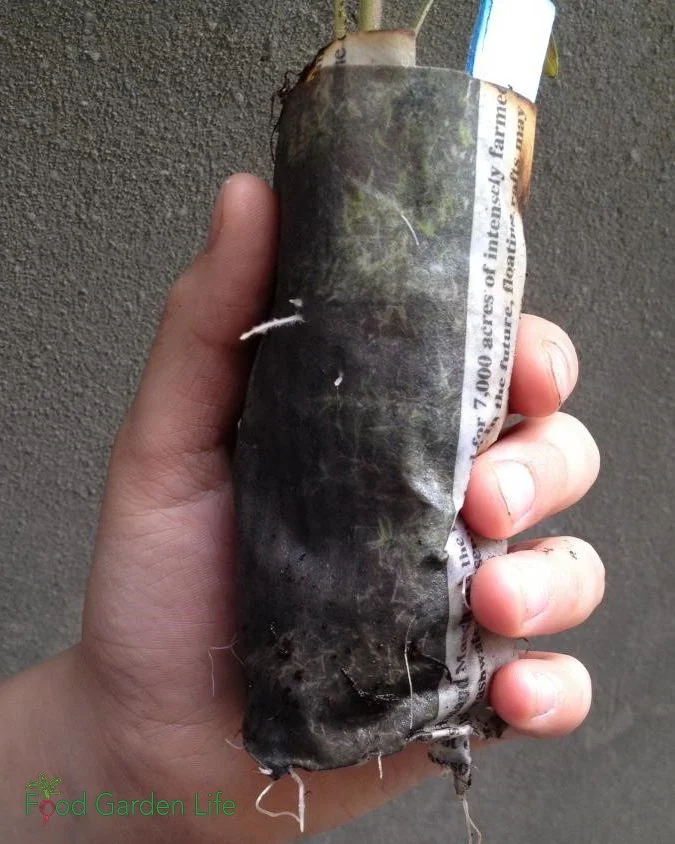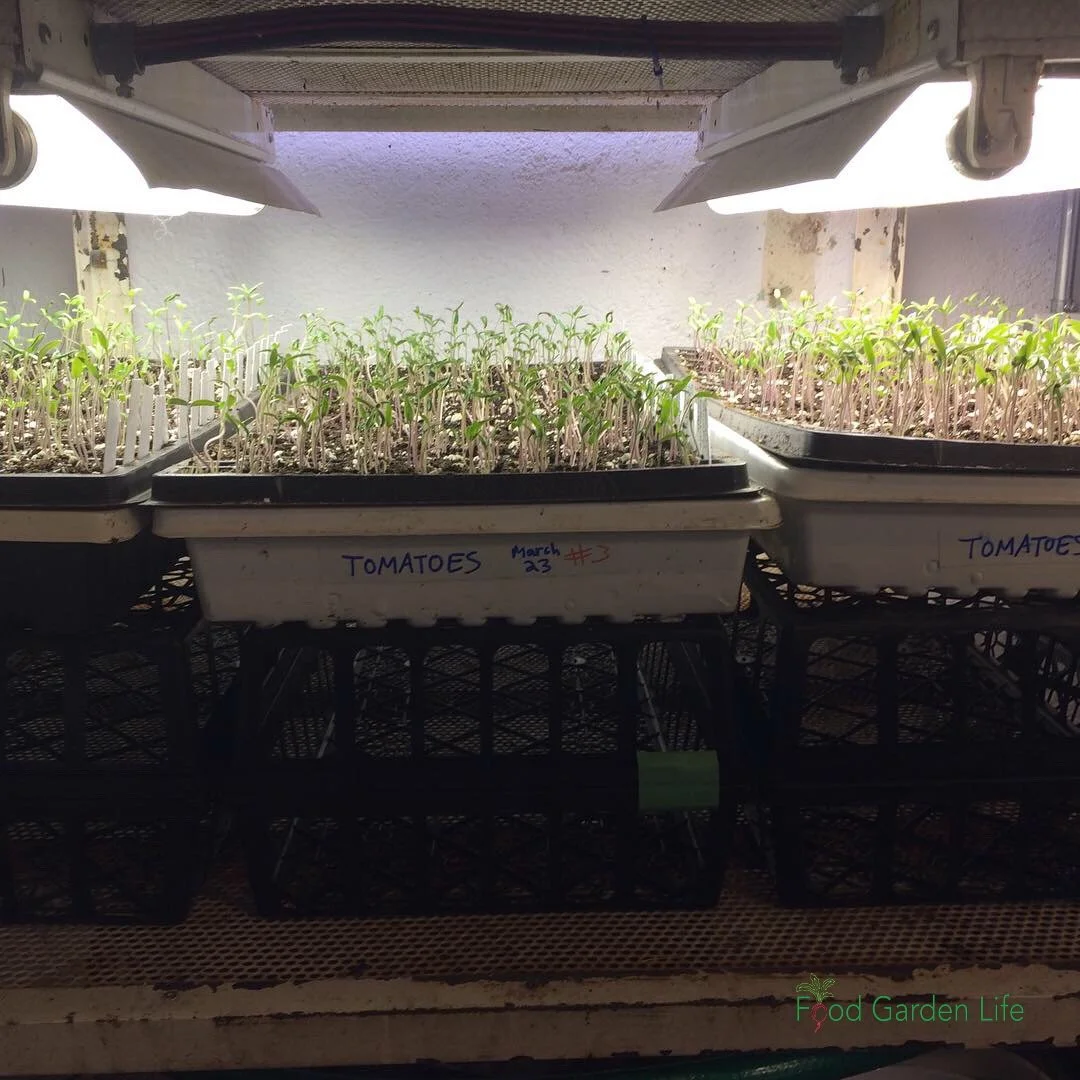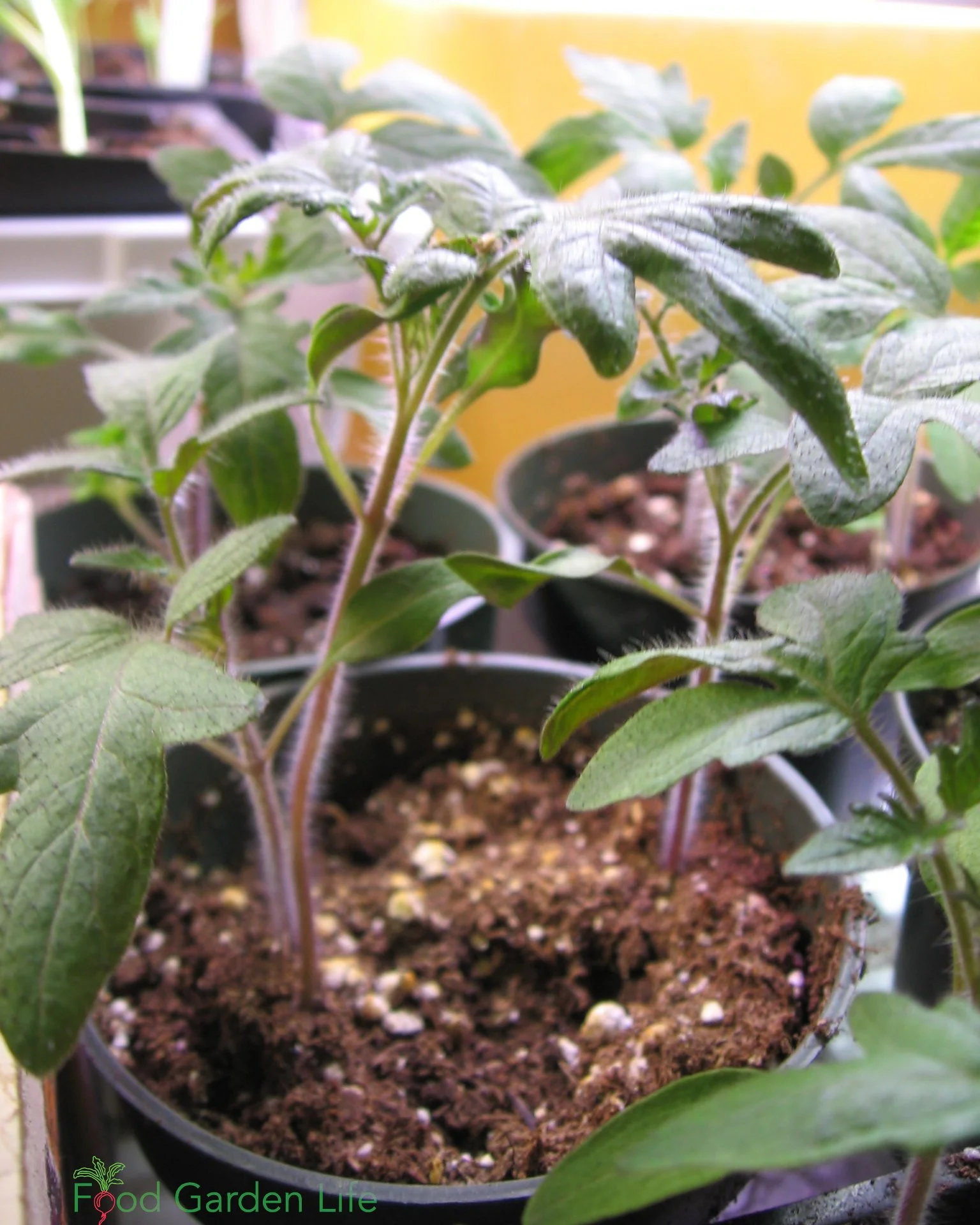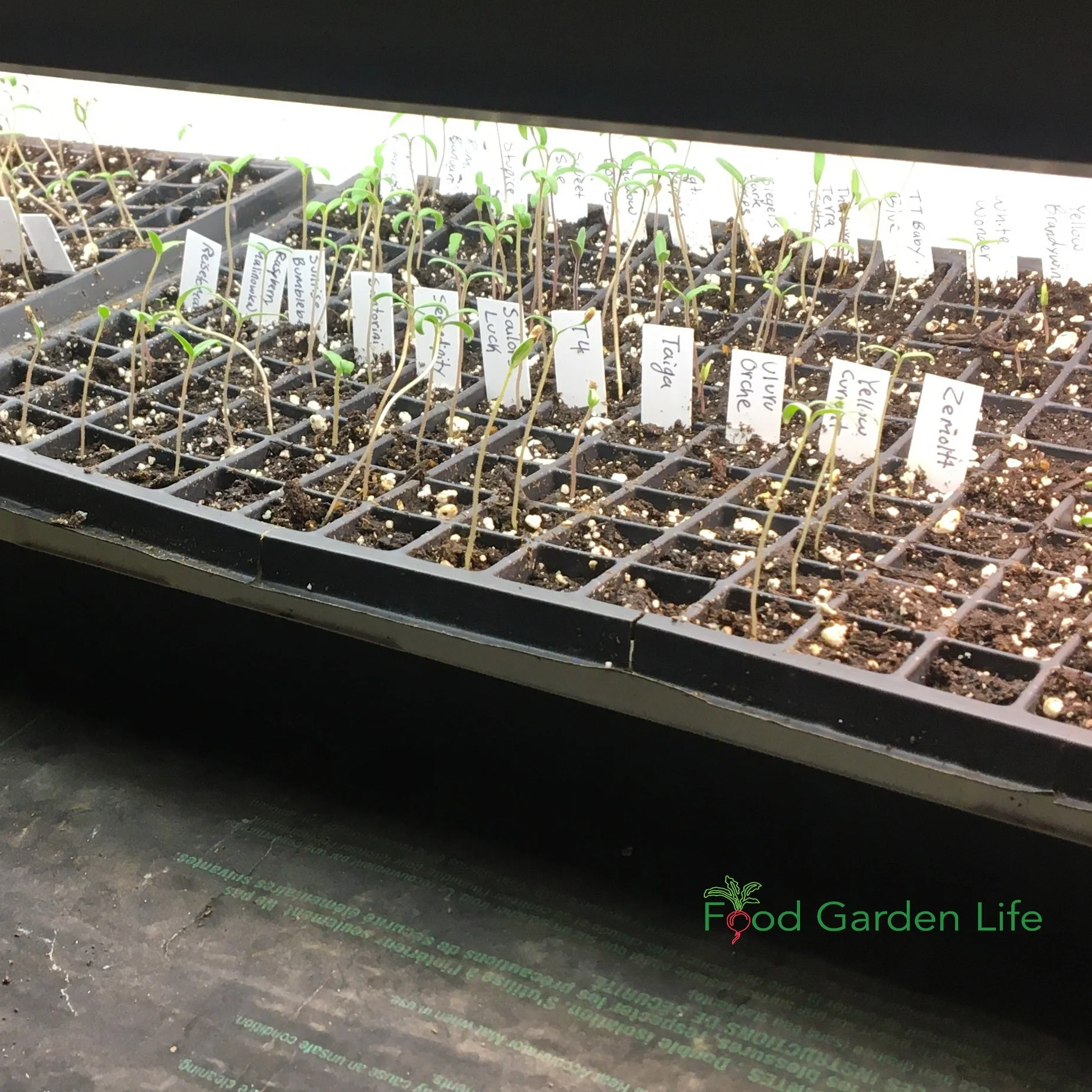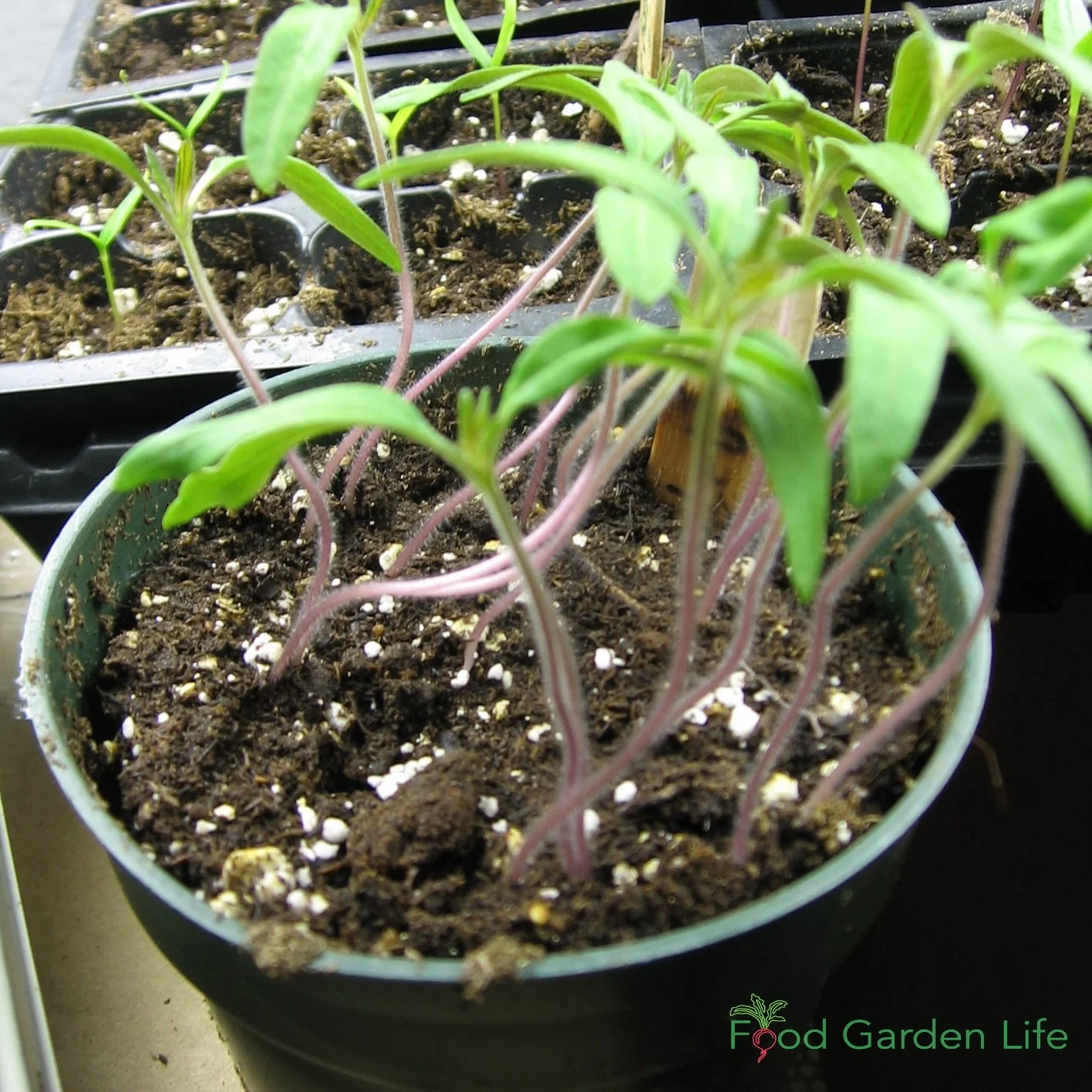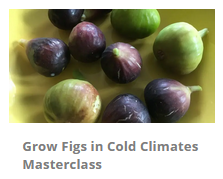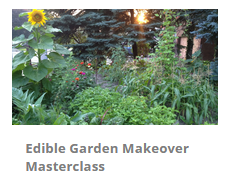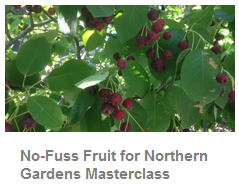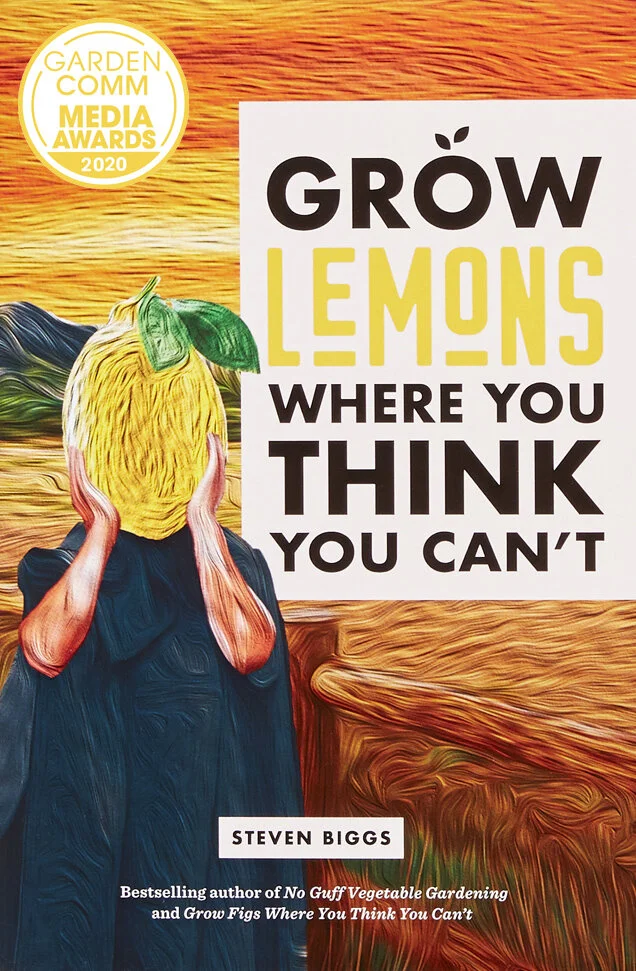
7 Vegetable Garden Layout Ideas To Grow More Food In Your Garden
By Steven Biggs
Garden Layout for Vegetables
Need help planning a vegetable garden layout? Here are ideas to get your started!
I was delighted when a neighbour removed her front lawn to grow vegetables.
One more edible garden in the neighbourhood! It's a nice departure from the driveway-and-shrub aesthetic around here.
She asked me to help her plan her vegetable garden layout.
But...
I didn’t have a simple explanation about how to make a vegetable garden layout! Keep reading, because this inspired me to map out the way I think when I'm veggie gardening.
As we studied her small, partially shaded front yard, I saw numbers in my mind—distances between plants, between rows, and between crops. I saw centimetres and inches (because we’re in Canada and can’t decide on which to use.)
There's a simpler approach, and I share it below.
Before we get to my top tips: Remember that there are lots of possible vegetable garden layouts. There are many ways to organize and space out vegetables in a garden. There's the growing. And then there's a creative aspect to it. That means that two gardeners given the same garden bed can come up with completely different layout plans. Enjoy the creative journey! There’s no perfect vegetable garden layout—there’s a layout that suits you and your situation.
Keep reading for 7 tips to help you come up with a vegetable garden layout that suits your situation:
1. Grow in Blocks
Rows are for Farms
There’s lots of bare soil when growing in rows. Grow in blocks instead of rows to optimize the use of space.
In a traditional row-gardening layout, there's space between rows for cultivating. That cultivating chops down little weed seeds that are germinating. Gardening this way allows one person to weed and tend a lot of plants when labour—not space—is limited.
Planting in rows can make sense on big pieces of land.
But in a home vegetable garden, we're growing on a different scale. In a home veggie garden, we’re limited by space.
And that means growing some vegetables in blocks, instead of spread-out rows of plants. By growing in solid blocks of plants, we fit lots of plants into a plot and have less bare ground showing.
(There are still some vegetables that will do best as single rows of plants, and we'll cover them below.)
Perennial Plants
If your garden design includes perennial vegetable plants, give them a separate block.
2. Grow Vegetables Vertically
Add height to your garden plan! A bamboo-and-wire-mesh A-frame is one way to make good use of the vertical space in a garden.
Plan for the dimension of height in your garden. Use the vertical space! This just means growing some plants upwards instead of letting them sprawl around the ground.
For example:
Growing a climbing plant up a stake or trellis frees up space on the ground for different plants.
Grow crops in layers. By growing vertically, you can also grow more than one crop in a small space. For example, make an A-frame for cucumbers, and underneath the A-frame, plant leafy greens that benefit from some shade during the summer.
And one more idea if you're making layers in your garden: Hanging baskets. They're great for herbs and many of the leafy greens.
Climbing Plants for Vertical Gardens
Here are a few of my favourite climbers to grow in a small space.
Malabar spinach (a vining spinach substitute, not really a spinach…but excellent during the heat of summer)
Achocha (a.k.a. Bolivian cucumber, it’s absolutely prolific, and a fun novelty)
Vining peas
Pole beans
Runner beans
Cucumber
Squash
3. Plant Densely, and then Thin
Seed Spacing…How Many plants?
Plant densely to grow more food in a small space. Here are densely planted carrots, and as the larger ones develop roots big enough to eat, they’re pulled out so there’s space for the remaining ones to develop.
Seed-spacing recommendations on seed packets and in articles are often geared towards commercial production. And these recommendations work fine in a home garden.
But…
Most plants do well with less than the spacing recommended on a seed packet.
So if you want to grow more food, plant more densely.
Forget Finicky
Commercial growers (or hard-core gardeners with big gardens) often use seeding machines to place seeds at a specific spacing. There are also hand-operated seed dispensers to help get perfect spacing.
Your plants won’t know the difference—and you can make your seeding less complicated by not being finicky.
Scatter-Seeding a Block is Not Finicky
When seeding a block, I hand-scatter seed. With practice, you can scatter seeds so that they are spread at approximately the distance you want. Don't sweat the exact spacing.
It’s not an exact process. You will get some seeds too close together; and some too far apart. (Remember, gardening is detox for perfectionists.)
Where seeds are too close, thin as plants start to grow.
Beets too close? Thin out a few and enjoy baby beet greens.
Carrots too close? Thin your block of carrots and have some baby carrots for supper.
When scatter-seeding blocks, you will use more seed than if you seed in rows.
That’s fine: It saves time and you get more veg from the same area.
4. Choose Crops to Maximize Your Harvest
To grow more food in less space, be strategic with your crop choices as you’re laying out a vegetable garden.
My first rule of vegetable gardening is to grow things you like. Sure, radishes are easy to grow. But do you like eating them three times a day?!
Here are three other things to think about as you fit more food plants into your space.
You might choose spreading crops that take a lot of space. That’s fine, just grow them upwards. You don’t see it in this picture, but there’s a whole crop of Swiss card below.
Next, avoid the space hogs. These are crops that take up a piece of garden for the entire growing season...and only give you something at the end of the year. That's right: if you have a small garden, think twice about those parsnips and Brussels sprouts!
Keep the vining space hogs, but grow them vertically (see above.) So instead of squash sprawling around the garden, grow it up a fence or trellis. (I’ve even grown squash along a cedar hedge!)
If you have a small plot, skip the stingy crops. I'm talking about something like edamame, which is easy to grow and delicious...but takes a fair bit of space considering what you get from it. You'll get way more bang for your buck with something like bush beans.
And let’s get back to the idea of rows versus blocks as we think about choosing which vegetables to grow.
What to Grow in Blocks
Here are examples of crops that I like to grow in solid blocks, instead of rows.
Beet
Carrot
Leafy greens
Garlic
What to Grow in Rows
It makes sense to grow certain crops in rows. Here are the ones I prefer to grow i rows:
Potatoes (so I can easily "hill" them)
Tomatoes (because I stake them, and it's easiest when I can access them from both sides)
Peas (for ease of picking)
Pole beans (for ease of picking)
5. Keep Pathways to a Minimum
How much growing space could you add in this layout if the pathway down the middle didn’t go all the way through the bed? Lots!
An easy way to grow more food in less space has nothing to do with the distance between your plants!
Use less of the available ground for pathways.
As you map out your beds and pathways, play around with different layout options. Easy access is important, but sometimes there are ways to plan a garden that has access, but fewer pathways. A simple way to do this is with dead-end pathways that go part of the way into big beds…but not all of the way through. That way less of the growing space is sacrificed for pathway. (Having trouble picturing this? Imagine a keyhole garden, where there’s a pathway into the middle—but it doesn’t go all the way through.)
6. Plant Two Crops Together
Radishes and carrots seeded at the same time,. The radishes are ready to harvest, while the carrots roots are nowhere near ready for harvest, even as baby carrots.
Companion planting is another way to fit more plants into your vegetable garden.
Plant two vegetables in the same space—ones that are good companions because they mature at different speeds.
My favourite combination is fast-growing radish, with slower-growing carrots or beets.
When I scatter carrot seed on a block of garden, I also scatter radish seed. The radish grows much more quickly than the carrot, and is ready to harvest while the carrot seedlings are still quite small.
Harvesting the radishes frees up space for the carrot seedlings, and as the tap root of the radish comes out, it also loosens the soil around the carrot seedlings. It's a perfect combination.
(There is a lot of rubbish information out there on companion planting. I suggest this science-based book: Plant Partners: Science-Based Companion Planting Strategies for the Vegetable Garden.)
7. Grow Succession Crops
Rapini is one of my favourite summertime succession crops.
Growing vegetables in succession as each parcel of your garden makes sure none of it goes unused during the growing season.
As your spring-planted cool-season crops finish, plant a heat-loving crop for summer.
Bush beans done? Sow some beets.
Garlic done? I like to grow rapini (and for those of you who are avowed rapini haters because of the bitterness, get yourself a bowl of orecchiette pasta with rapini and some chunks of spicy sausage fried to crispy, and you’ll see rapini in a different light.)
Need more Vegetable Garden Layout Ideas?
In Edible Garden Makeover I walk you through lots of vegetable garden layout ideas, raised beds, making garden beds, raised beds, and lots of other ideas that help you grow your own food in a way that suits your setup. I help you imagine an amazing kitchen garden, and also an entire edible garden layout. Find out how you can make your yard into an edible landscape.
Still Not Enough Space?
Pin this post!
If you're using these seven approaches to make the best vegetable garden layout for your garden area, and you still want to grow more, think about adding containers to your vegetable garden.
Plant vegetables in containers on:
Paved spaces such as driveways
Decks or balconies
You can also incorporate containers as part of a vertical garden, to add the element of height. (I've squeezed in pepper crops between an asparagus and horseradish patch...where normally they wouldn't have stood a chance because of the competition. But because they were elevated above the ground in a container, they got sun exposure and had lots of growing space in the container.)
One more space-making idea for you, something that I've used to transform a long, little-used driveway into a tomato oasis.
This idea is quick to set up, easy to care for, and inexpensive compared with permanent container or raised-bed systems.
Add a straw-bale garden to your garden layout. Find out more about straw-bale gardens.
Find This Helpful?
If we’ve helped in your food-gardening journey, we’re always glad of support. You can high-five us below! Any amount welcome!
More Gardening Ideas
Courses
Here are self-paced online courses to help you grow an awesome vegetable garden.
These Edible Perennials and Perennial Vegetables Make a Delicious Edible Landscape
Edible perennials are perfect for an edible landscape! Find out which ornamental perennials are edible, and get ideas for perennial herbs and vegetables.
By Steven Biggs
Grow a Grazing Garden with Edible Perennials and Perennial Vegetables
When I was a child my dad showed me how to take a leaf of stonecrop sedum, methodically press the whole surface of the leaf between my thumb and forefinger to soften it, and then gently push sideways to loosen the skin on the front and back.
Once the skin was loose, we’d blow into the sedum leaf to inflate it – like a little balloon!
It’s a fun trick for a kids. And I still have fun showing it to kids who visit my garden.
Multi-Purpose Plants
In a small-space garden, I like to include multipurpose plants, plants that are more than just ornamental. Edible perennials and perennial vegetables are great for small-space gardens.
Stonecrop Sedum flowers late in the summer. And it’s edible!
Stonecrop sedum is very ornamental. It’s a reliable, easy-to-grow perennial that flowers in the late summer when most other perennials are done flowering.
It also adds winter interest to the garden. I leave the dry stalks and flower heads in the garden all winter. They add texture and catch the snow.
Beyond it’s ornamental appeal, chalk up two other things for stonecrop sedum (or, as Dad always calls it, frog’s belly.)
The balloon-like leaves are amusing for kids (and adults too!)
It’s edible. You can eat the leaves. They’re mild, slightly lemony.
Keep reading for some of my favourite edible perennials, including herbs, ornamental perennials, and vegetables.
Use Edible Perennials in the Landscape
Traditional vegetable gardening involves a lot of annual crops and annual preparation of the ground. It includes starting transplants indoors, sowing seeds directly into the garden, and preparing the garden soil to make a nice bed.
Even no-dig vegetable gardening systems usually include some sort of soil preparation, whether it’s solarizing the ground (by covering with tarps), scuffing the soil surface to kill small weed seedlings, or mulching.
With this traditional approach to food gardening, there’s often a focus on growing enough to preserve by canning, freezing, or drying.
Perennials for an Edible Landscape
What if you just want to be able to go out into your garden and pick something for the meal you’re about to cook? To see what looks good in the garden – and see what inspires you to be creative in the kitchen?
An attractive edible perennial: Airy yellow flowers and a bronze coloured leaf make bronze fennel a beautiful addition to a perennial garden. And leaves and flowers are edible too!
I call this “grazing.” It’s picking just enough for the meal at hand, and letting what you find in the garden inspire what you create in the kitchen.
If you’re a fan of the potager-style garden, which mixes up veggies with herbs, edible flowers, flowers for cutting, and fruit, you’ll get the idea. We’re talking about a grazing garden.
So let’s take this idea of a grazing garden and use it in our perennial flower beds, dotted the landscape with perennial plants that are edible and look nice. This approach to gardening is a great way to grow some of your own ingredients even if you don’t have the space or the time to undertake a more traditional vegetable garden.
Here are some of my favourite edible perennials for a grazing garden:
Perennial Vegetables and Herbs
Lovage deserves a space in any ornamental perennial bed. The celery-like leaves are great in soups and salads.
Asparagus: After you’ve finished harvesting asparagus spears in the spring, this perennial grows into a tall, ferny plant that adds great texture and movement to a garden. Because it’s tall, put it at the back of the garden. Support it to prevent it flopping onto its neighbours.
Bronze Fennel: The feathery, bronze leaves are edible, as are the flowers. The pollen can be used to decorate a plate: Tap the flowers over a white plate to adorn it with the brightly coloured yellow pollen. I like to use the seeds when I make sausage.
Chives: Both leaves and flowers are edible. A tidy, well-behaved plant that looks great when used to edge a garden.
Horseradish: The root is grated to make the well-known condiment. Leaf pieces are sometimes added to pickles. This is a bomb-proof plant with a deep root system that’s hard to remove once established, so put some thought into where you would like it to be in the long term.
Jerusalem Artichoke: This one is in the Weed Guide of Ontario…so beware. But it’s a versatile plant, taking full sun to part shade. The tubers are plentiful.
Lemon Balm: Use young leaves in salads, and dry leaves for tea. This is not a timid plant; it spreads. But I love if for the fragrant foliage. Plant it somewhere where you’ll brush against it while in the garden and you’ll be glad you have it.
Lovage: My neighbour Dave says that this is the secret ingredient for an award-winning tomato soup. The leaves have a celery taste. It’s an imposing perennial that deserves a space in any ornamental perennial bed.
Mint: My daughter got 19 types of mint one year: chocolate mint, spearmint, pineapple mint… There are so many types. It’s excellent for teas, and we enjoy making mint ice cream. Mint can be invasive. So grow it in containers if you don’t want it to overrun your garden. But if you have a shady corner where not much grows, this might be a suitable place to plant your mint in the ground.
Oregano: A well-known herb that is hardy and an excellent ground cover too. When it’s in bloom watch to see what a bee magnet it is.
Rhubarb: My neighbour Chris planted it next to his pond because the big leaves are so beautiful. Easy to grow and productive. Recommended for sun, tolerates part sun very well. Find out how to force rhubarb indoors in the winter.
Sage: Along with the common grey-green leafed sage, there are varietgated and tri-colour varieties. If, like me, you’ve over-saged the thanksgiving turkey stuffing one too many times and don’t care if you ever cook with it again, some of these tricolour sages still make a beautiful addition to a herb garden.
Sorrel: My favourite. Easy to grow, rarely for sale at the supermarket. I use these tangy leaves mixed in with salad greens, to make soups, and when braising fish and poultry. Think of sorrel as a lemon substitute for northern gardeners. There’s wild sorrel, as well as large-leaved cultivated varieties.
Edible Ornamental Perennials
Daylily flowers and buds are edible.
Bergamot: Great for attracting pollinators, very ornamental – and edible. The leaves can be used to make tea. And the edible flowers are nice when tossed into a fruit salad.
Daylily: A perennial that has naturalized in some rural areas here in southern Ontario, it’s grown as a vegetable in other parts of the world. Unopened flower buds are a great addition to a stir-fry. And the flowers are an excellent garnish. Idea: How about a daylily flower instead of an ice cream cone?
Hosta: This ornamental perennial is a very widely used perennial. It does well in shade, makes a good ground cover – and the unfurled leaves in spring are nice steamed and buttered.
Stonecrop: Like hosta, a perennial garden workhorse, with flowers late in the summer when many other plants in the perennial garden are done blooming. But the leaves are edible and can be used in salads. And…there’s the fun of blowing up the leaves!
More Edible-Landscape Ideas
Plant ideas, techniques, and creative ideas to transform yards into fantastic edible landscapes.
Ripen Green Tomatoes to Extend Your Harvest
Find out how to ripen the green tomatoes that you still have in your garden, by picking them before the first frost, and bringing them indoors.
By Steven Biggs
How to Ripen Green Tomatoes Indoors
You can eat homegrown tomatoes through the winter. No greenhouse needed.
I’ve even eaten my own homegrown, “fresh” tomatoes in April. These are tomatoes I picked green the previous October, just before the first fall frost killed the plants. Then, I ripened them indoors.
You don’t need special conditions to ripen your green tomatoes because unripe tomatoes that have reached a “mature” size (nearly the final size) will keep ripening after they’re removed from the plant.
You can prolong your tomato harvest for weeks – even months.
Keep reading for pointers on picking, storing, and using your green tomatoes in the fall.
How do they Taste?
A plate of tomatoes picked green and ripened indoors.
A vine-ripened tomato from the garden has better flavour. That’s because tomatoes ripened on the vine in the garden develop more sugars and acids.
But a green tomato ripened indoors can have a respectable flavour – and it’s certainly far better than the insipid, mealy excuses for tomatoes found at grocers over the winter.
When to Pick Green Tomatoes for Indoor Ripening
Pick your green tomatoes before the first frost in the fall. Tomatoes exposed to frost get mushy and don’t store or ripen well indoors.
I pick tomatoes that are a mature size, as well as small, undeveloped tomatoes.
What to Pick
I pick everything:
I leave tomatoes that are already colouring up on the kitchen windowsill.
Tomatoes that are a mature size to ripen indoors.
Tomatoes that are small and not fully developed to cook or use in preserves (see my green tomato mincemeat recipe below).
How to Harvest Green Tomatoes
I pick larger tomatoes individually, leaving a small bit of stem attached. The reason that I like to leave a bit of stem attached is that with some tomato varieties, it’s easy to tear the skin while trying to remove the stem.
I leave cherry- and grape-type tomatoes on the stem and harvest the whole cluster.
Another approach is to harvest the whole plant. Cut off entire branches – or even cut off the stem at ground level, leaving the unripe green tomatoes on the plant.
Grow a Container Vegetable Garden
And get an early harvest of crops that usually take too long!
You Control the Ripening Speed
Small tomatoes that are not close to the final size won’t ripen well, but can be used in the kitchen.
Mature tomatoes give off ethylene gas, which causes them to ripen to ripen more quickly. All we have to do is tweak how much of this gas stays around the tomato.
You can stagger the ripening of your green tomatoes using two things:
Temperature. At warmer temperatures ripening happens more quickly.
Ethylene gas. This is the gas the mature tomatoes give off – and which stimulates ripening. If you want to speed up ripening, let the gas accumulate around the tomatoes. If you want to slow down ripening, allow air movement so the ethylene disperses.
How to Ripen Green Tomatoes
I lay out my green tomatoes in plastic trays lined with newspaper.
You don’t need sunlight to ripen green tomatoes.
There are a number of ways to ripen green tomatoes indoors. I lay out my green tomatoes in plastic trays lined with newspaper. (The newspaper prevents smaller tomatoes from falling through the holes; and absorbs juice from any tomatoes that rot.)
I keep the tray in a cool room in my basement. As tomatoes start to show colour, I bring them up to the kitchen to put on my windowsill, where it’s warmer – and where I monitor them more closely as they finish ripening.
If you want to speed up ripening, just capture some of the ethylene gas by putting the tomatoes in an enclosed space. Here are ways to capture some of that ethylene:
Speed up ripening by putting the tomatoes in an enclosed space. Adding a ripe apple or banana speeds it up more.
Place them in a closed drawer.
Place tomatoes in a closed paper bag (preferable to plastic, which doesn’t breathe at all).
Lay them out in a tray like I do—or on a shelf—and cover with a sheet of newspaper.
Wrap individual tomatoes in newspaper.
If you’ve left on pieces of stem, just be careful not to let the stem puncture any other tomato.
The Banana Trick
Bananas and ripe apples give off ethylene, so you can put a banana or apple in with tomatoes to provide more ethylene and speed up ripening. (I find I don’t need to do this, they ripen fast enough for me.)
Hanging Tomato Plants
If you’ve harvested entire stems or entire plants, simply hang the stems or plants in a cool, dark area and let the tomatoes slowly ripen.
I’m not a fan of this approach because as the tomatoes ripen, they detach from the stem and…splat!
As tomatoes start to show colour, I bring them up to the kitchen to put on my windowsill.
Varieties Suited to Indoor Ripening
A thick-skinned tomato variety that lasts me until spring.
You can ripen all types of tomatoes indoors, but thick-skinned varieties are best for longer-term indoor ripening.
Thin-skinned beefsteak varieties are more prone to rot. It doesn’t mean you can’t ripen these ones indoors – it just means they’re less likely to last long into the winter.
Green Tomato Ripening FAQ
What else can I do with green tomatoes?
I love green tomato fried in the skillet in bacon fat, sprinkled with salt and garlic powder. Some years I make a green tomato mincemeat. You can also make lactic-acid fermented green-tomato pickles – same idea as sauerkraut and brined dill pickles, except using green tomatoes.
Should I wash green tomatoes after picking them?
I don’t. Some people wash them in a bleach solution to disinfect them. Sounds like a lot of bother to me…and I like to keep gardening simple. I wash them once they are ripe, just before I use them.
Can I ripen green tomatoes indoors in the summer too?
Yes! I’ve had large 2-3 pound tomatoes, and just as they ripen a squirrel came along and ate off a corner. It would have been better to pick these before they were fully ripe, and ripen them indoors.
Can you really get them to last until April?
Green tomatoes with cracks and blemishes often rot, so sort them out of your tomato harvest and cook them instead of trying to ripen them.
Yep! The trick is to grow a “keeper” tomato variety. I grow one that came to me from my Dad’s friend Dino. It’s small and thick-skinned...not the juiciest tomato, not the most flavourful tomato – but I can make bruschetta with my own fresh tomatoes in early spring. Not bad!
What about tomatoes that have cracks or blemishes on them?
Tomatoes with cracks and blemishes will not keep for a long time. If they are close to colouring up, you can try to ripen them – just watch closely so you’ll see if they begin to rot around the damaged area. Otherwise, use these tomatoes in one of your green-tomato recipes.
Want to Store More of Your Own Food?
Storage Crop Ideas for Your Vegetable Garden
Here are 25 storage crops you can grow in your garden.
More Tomato Articles
Tomato Interviews
More on Growing Vegetables
Articles: Growing Vegetables
Courses: Grow Vegetables
Top Vegetables to Plant in August for a Continuous Harvest
Top crops to sow in August for a late-summer and fall harvest.
By Steven Biggs
As August rolls around the mid-summer vegetable garden harvest includes heat-loving crops such as tomatoes, okra, and eggplant.
(August is also when many people realize they've planted too much zucchini!)
And by early August there's usually space open for succession crops as early crops finish:
The garlic and onions are done
Pea vines have withered in the summer heat
Early beans are kaput
There's still lots of the growing time left before the snow flies. Early August is a good time to sow seeds for fall vegetable gardening.
Not sure what to plant in August? Keep reading for ideas about what to plant in August.
Vegetable Garden Crops to Sow in August
August is the time to sow cool-weather crops for the fall garden.
It’s also last call for some fast-growing heat-loving crops too, such as bush beans.
By August, the remaining frost-free window is getting shorter. So our focus is crops that mature fairly quickly.
Tips for Planting in August
Summer conditions such as dry soil and scorching heat can be hard on seeds sown outdoors.
Here are tips for direct-sown crops:
Water regularly for faster, more consistent seed germination in hot weather
Where possible, shade young plants of heat-sensitive crops such as lettuce with row cover or mini hoop tunnels
Grow varieties that are fast to mature
Find out your first frost date so you can pick suitable crops (Here in Toronto I know that I can expect my first frost in late October.)
Top Late-Summer Crops for August Planting
Wondering what to plant in August?
If you are looking for ideas of what to plant in August, here are some of my favourites.
Beets
Beets are an excellent crop to plant in August.
My grandmother always made us pickled beets from perfect little cherry-sized beets. If you want smaller beets for a fall harvest, keep planting beets into August.
(Experiment with varieties and planting dates to figure out what works well in your area. The worst case scenario if you plant too late is that you will have lots of beet greens for your fall salads.)
Summer-Sowing Tip: Throw some radish seeds over top of your newly planted beet seeds. The radishes mature more quickly than the beets.
Find out more about storage crops such as beets.
Bush Beans
Keep harvesting beans all summer by sowing more bush beans in early August.
This is the last call to sow bush beans!
Summer-Sowing Tip: Speed up bean germination by soaking seeds in water overnight before planting.
Grow a Container Vegetable Garden
And get an early harvest of crops that usually take too long!
Cabbage Family
August is a good time to transplant broccoli, cauliflower, and cabbage seedlings
Now is a good time to transplant broccoli, cauliflower, and cabbage seedlings into the garden. There’s not enough time to seed these directly in the garden at this time.
If you haven't already started your own seedlings, there’s no shame in buying them!
Don't worry if you don't have broccoli, cauliflower, or cabbage seedlings. There are other cabbage-family crops that don't need as much time to mature.
Kale. Planting kale seeds outdoors in August works well.
Rapini. A favourite of mine in the summer garden.
Carrots
Carrots are a must-have crop for serious succession gardeners.
Summer-Sowing Tip: Carrot seeds are fairly small, and can have a hard time breaking through dry, crusty soil in the summer. So water daily. Or, cover the bed to keep it moist. (I use old boards; and some people use burlap.)
Carrots and beets are root vegetables that store well in the ground for an early winter harvest. Find out about storage crops.
Keep sowing carrots in August.
Leafy Greens
Start planting lettuce for fall harvest in August. Grow lettuce in partial shade, or protect plants from full sun with row cover or a hoop house.
Many of the cooler weather leafy greens such as lettuce and spinach have faded by mid-summer. But August is the time to start planting more for a late summer and fall harvest.
I plant these cooler weather leafy greens about 8 weeks before the first fall frost.
Swiss chard usually keeps going in my garden all summer long. But in August I plant more, so that I have lots of small chard leaves to enjoy in the fall.
Green Onions
Get extra onion sets in the spring for planting in August.
When I buy onion sets in the spring I get extra sets to store in the fridge until August, when I start planting more so that I can enjoy green onions into the fall.
Turnip and Rutabaga
Often overlooked, and easy to grow.
And don’t forget that with turnips you have both an edible root and greens. Find out about other plants with more than one edible part.
Still not sure about turnip and rutabaga? Mom’s rutabaga casserole includes apple, and is topped with buttered bread crumbs…a nice way to enjoy these crops.
More Ideas for Fall Crops
More Vegetable Gardening Resources
Articles + Interviews
Courses
5 Heat-Tolerant Salad Greens to Grow All Summer Long (Plus a Great Garnish)
Lettuce bolting in hot weather? Here are 5 easy-to-grow and heat-tolerant salad greens to grow in hot weather. (Plus a delicious heat-loving garnish for your salad!)
By Steven Biggs
Pick Crops to Expand Your Hot-Weather Menu
As hot summer weather arrives, many spring greens start to bolt. When they bolt (when they send up flower stalks) they stop producing tender leaves. It’s game over.
Find out how to slow down lettuce bolting.
One way to harvest a steady supply of green leaves over the summer months is with succession crops. Make ongoing plantings of bolt-prone crops such as lettuce, spinach, and arugula. (Look for heat-tolerant lettuces.)
Here's more about succession crops.
But there's another way to get a steady supply of summer salads: Grow heat-tolerant greens.
If you want hot-weather greens, keep reading. As warm weather arrives, add some of these other leafy greens to the garden to spruce up your salads.
5 Leafy Greens for Summer Heat
Here are five of my favourite heat-tolerant greens for the summer garden.
Amaranth Leaves
Amaranth is easy to grow and thrives in the heat. It loves hot summers!
Amaranth is a versatile plant and a great choice for spots where you want to weave together the edible and ornamental. It's grown for its edible seeds, its ornamental uses, and for its edible leaves.
The leaves can be eaten raw when young. They taste a bit like spinach. Use larger leaves cooked, in soups and stews.
This is a crop that confidently self-seeds. Grow it once, and you're set for upcoming years. As little amaranth seedlings pop up in my veggie patch, I curate—I pull out some of the small amaranth plants for the salad bowl, and leave a few to grow where I want larger amaranth plants.
Grow a Container Vegetable Garden
And get an early harvest of crops that usually take too long!
Beet Leaves
Steal a few leaves from the beet patch to add to summer salads.
As I make salads with summer greens, I like to steal a few small leaves from the beet patch.
Beet greens are edible. Use young leaves raw in salad, and cook larger leaves. (I add mature leaves to borsch. Here's Mom's borsch recipe.) Eaten fresh, these young leaves have a slightly earthy taste, like their kin, Swiss chard.
Even though I grow this crop for its root, taking a few small leaves is no problem; just don't take them all from one plant.
There's one beet variety that I grow especially for its leaves: 'Bulls Blood' has vibrant red leaves that add nice colour to a bowl of summer greens.
Malabar Spinach
Malabar spinach thrives in hot conditions. As a vining plant, it’s also great if you want to add vertical elements to a vegetable garden.
Malabar spinach (Basella alba) thrives in the heat of summer. This vining plant usually takes off as the regular spinach starts to wane in the heat.
Malabar spinach, despite the name, is of no relation to spinach. It has fleshy, mucilaginous leaves that you can eat raw or add to a stir fry. You can also use it to thicken soups.
Best of all, this tropical plant keeps growing all summer long, through the heat.
I don't often see Malabar spinach plants at garden centres. If you want it, plan to grow it from seed. There is a green-leafed type, as well as a strikingly beautiful red-leafed type.
Malabar spinach is also a great crop for vertical gardening. Find out how to save space by adding vertical crops to your garden.
Sorrel
Garden sorrel is a perennial, and a useful salad green over the summer.
This is a favourite in our garden. Sorrel is a perennial leafy green crop that's up early in the spring. It keeps producing tender leaves all summer long.
Sorrel has a tangy taste. I think of it as a lemon substitute for northern gardeners. Add sorrel leaves to a mixed green salad—or when making a sauce add in sorrel, and as the leaves cook into the sauce they add a citrusy tang.
Here's a recipe for sorrel soup.
Garden sorrel (Rumex acetosa) is what you'll find at garden centres. I like ‘Profusion’ garden sorrel, a large-leaved variety that doesn’t bolt.
If you're a forager, you might find sheep sorrel (Rumex acetosella). Both are edible, though I wouldn't plant sheep sorrel in a home garden...it's a spreader.
(There's also a weed called wood sorrel. It's part of the oxalis clan, with clover-like leaves. It's edible too...but I'm not proposing you grow it—it shows up on its own.)
Find out more about how to grow sorrel.
Swiss Chard
Swiss chard has a two-year life cycle, so during its first year, even during the heat of summer, it keeps on making leaves.
This is my favourite summer green. Swiss chard is a work horse; pick heavily and continually all summer and it keeps growing.
Unlike lettuce and spinach, it doesn't try to flower in its first year. That’s because it has a two-year life cycle...and that makes it a very valuable heat-tolerant green.
When picked young, the small leaves can go straight into the salad. I like larger leaves and the more substantial leaf rib in stir-frys.
Along with green varieties, there are many colourful ones that paint the veg patch a rainbow of colours.
Create Your Own Unique Edible Landscape
That fits for your yard, and your style!
One More Hot-Weather Crop
Squash tips and tendrils are edible.
Here’s a crop that doesn’t fit into my list of hot-weather salad greens because we cook it. But I’m including it in this post because it’s a fantastic garnish for a summer salad, and it has great heat tolerance.
Squash Tips
Squash shoot tips, squash tendrils, and squash leaves are all edible.
But…cook them briefly. A quick sauté in olive oil does the trick. That’s because when they’re not cooked, they’re a wee bit prickly. But cooked, they’re transformed.
Squash has many edible parts on the same plant: There's the fruit, the flowers, tender stems, and then the leaves and tips. You can cook larger leaves too, but harvest them before they’re too fibrous.
More Vegetable Gardening Ideas
Articles
Want to browse our articles and interviews about vegetable gardening? Check out the Vegetable Gardening Home Page
Do you have a shady yard? Here are things you can grow: Crops for Shade
Trying to figure out how to fit as much as possible into your vegetable garden? Try these Vegetable Garden Layout Ideas
Interviews
Courses
Check out our self-paced online courses. The practical information is in bite-size chunks, so you can work through them at your own speed.
Succession Planting: Here's How You Can Harvest Vegetables Season Long
By Steven Biggs
Succession Crops are the Ticket to an Uninterrupted Harvest
"Succession planting" is when we grow more than one crop in the same space over the growing season. We grow a succession of crops.
As one crop finishes, the succession crop takes its place.
Many crops mature before growing season is done, leaving time to plant a second (or even a third) crop. This means we can follow our spring crops with warm season crops and fall crops.
A "succession crop" is just a fancy name for the crop(s) that come after the first crop is done.
Succession planting works in large gardens, small gardens—and even containers!
If you are interested in the idea of a continuous harvest, keep reading: This article explains how you can use the same garden space for more than one crop.
Plan for an Uninterrupted Harvest
As you plan your vegetable garden, there's more than one way to achieve successive harvests. See how you can slot these planting methods into your garden.
Find out more garden planning and layout ideas.
Different Crops - One Follows Another
A common succession planting method is follow one crop with another one. For example, when the summer harvest of green beans is finished, a new crop of kale for winter harvest takes its place.
Different Crops - At the Same Time
Planting carrots and radish together.
Planting two different crops at the same time is not really succession planting, but it's worth mentioning here because it's a useful idea in garden planning, and can be a good way to get multiple harvests from the same space.
Some people use the term companion planting to describe this idea.
Here are examples:
Fast-growing crops with slower crops: My favourite fast-slow combo is to plant beets in the same space as radish. The radishes grow much more quickly than the beets. So you'll have harvested the radishes by the time your beet seedlings need more space. (And don't forget...beet greens are edible too!)
Sun-lovers with Shade-lovers: Another example of putting two crops together is pairing a tall plant with a shade-loving plant. In this case, summertime lettuce (which lasts longer in shade) under tomatoes.
Grow a Container Vegetable Garden
And get an early harvest of crops that usually take too long!
Same Crop - Staggered Plantings to Spread out the Harvest
By staggering plantings of a crop you can get a longer harvest window. This is especially helpful if you grow lettuce or other leafy greens that bolt quickly.
Unless you’re a market gardener, you probably don’t need an entire row of lettuce ready at once. So only plant part of the row. Then, a couple of weeks later, plant more of the same. And repeat.
Same Crop - Different Maturity Dates
Days to maturity (DTM) is a measure of how long it takes a crop to be ready to harvest. Get a few varieties of the same crop, each with a different DTM so that you have an ongoing harvest. Look for DTM on the seed packet or catalogue.
(The number of days it takes for a crop to be ready to harvest varies with growing conditions, so use DTM as a guide, not an exact planning tool.)
Find out more about seed shopping and lingo such as DTM.
Succession Crops
Succession crops are crops that don’t take the whole growing season to mature. They only need part of a season.
Here are common succession crops:
Bush beans are a common succession crop.
Leafy Greens (plan for successive sowings if you want leafy greens during the summer)
Beets (baby beets for pickling are often from a succession crop of beets planted in the summer)
Cabbage
Carrots
Bush beans
Green onions (I keep an extra bag of onion sets in the fridge, ready as a second crop when I need more green onions)
Kohlrabi
Radish and winter radish
Rapini (I like to plant rapini as a mid-summer succession crop when I harvest garlic in July, because it’s fast-growing and does well in the heat of the summer)
Rutabaga
Summer squash (a good second crop where you start off with early spring greens)
Swiss chard (does well in heat without bolting)
Winter squash
Turnip (I like turnip as a late-summer crop…and you can eat the leaves too!)
Find out how to slow down lettuce bolting.
Interested in growing storage crops? Here are 25 storage crops.
Create Your Own Unique Edible Landscape
That fits for your yard, and your style!
Sowing Summer Crops
Hot summer growing conditions are not always suitable for starting seeds directly in the garden.
That’s because:
In hot, dry weather, place a board over fine seeds to keep in soil moisture and improve germination.
Hot weather can affect germination.
In hot, dry summer conditions a crust can form on some types of soil.
Pest pressures are higher.
Here are tips to plant crop successions in hot weather:
Start transplant in pots, in protected conditions.
For plants that are best directly sown into the garden (e.g. carrots), place a board over the soil so that conditions are more moist for germination
Water regularly because dry conditions really mess up germination.
Transplanting Succession Crops
Summer conditions can make transplanting difficult because transplanting into the hot sun is a big stress for the plant.
So wait for a rainy or cloudy day if possible. At the least, don't transplant in the heat of the day.
Make shade for your transplants using mini hoop houses covered with shade cloth or a light floating row cover.
Or even easier: Put an inverted web tray over top of your transplant for a few days. (The webbed plastic trays from garden centres.)
And then water transplants regularly until they are established.
Lettuce transplants for succession cropping.
One Key to Successful Succession Planting
With intensive growing like succession planting, we’re taking more from the soil. That makes it especially important to manage soil fertility. Feed the soil by amending with compost between crops.
Final Succession Cropping Suggestions
Keep extra seed packets on hand for succession planting!
And don’t forget to grow microgreens indoors over the winter.
Find out how to grow our own microgreens indoors.
More Vegetable Gardening Articles
Courses
Prevent Lettuce from Bolting: 5 Ways to Beat the Bitterness
5 Ways to prevent lettuce from bolting as quickly.
By Steven Biggs
Delay Bitterness and Bolting Lettuce
Once day you're looking at a bed of perfect lettuce plants with juicy, tender leaves. Looks like you have enough lettuce for days.
But before you know it the lettuce heads change shape and start to stretch up in the centre. Your lettuce is bolting.
And with the change in shape comes a change in taste. Bitterness comes with bolting.
But there are ways that you can delay lettuce bolting. This article tells you how.
Bolting Lettuce Plants
It's a normal thing for a lettuce plant to bolt. Lettuce plants start out in leaf-making mode. They make leaves, get bigger, store energy.
But as the lettuce plant gets big enough—and as things around it act as triggers—the lettuce plant changes gears and moves into flowering mode. It bolts.
Lettuce plants are annuals, meaning they have a one-year life cycle. In that one year they flower and make seed.
So your bolting lettuce is a normal thing.
Bolting lettuce plants can get quite tall!
What Bolting Lettuce Looks Like
Bolting lettuce looks a bit like plant yoga as the centre of the leaf rosette begins to stretch upwards. Next, the now-lanky lettuce sends up a flower stalk.
Meanwhile, the leaves become bitter and tough.
What Makes Lettuce Bolt?
Bolting is normal. But lettuce plants don't bolt according to the calendar. A lettuce plant bolts because it's triggered by what's going on around the plant.
Here are triggers:
Heat
Dry conditions
Long days
As you see, lettuce bolts as we get normal summer weather. But you can still enjoy lettuce leaves in the summer using the ideas below.
5 Ways to Delay Lettuce Bolting:
Here are ways to keep growing these cool-season plants during the summer for continuous supply of salad greens:
Choose Slow-to-Bolt Lettuce Varieties
Some lettuce varieties don't bolt as quickly in summer weather. As you're shopping for lettuce seeds, look for a "heat-tolerant" or "bolt-resistant" lettuce variety.
Provide Shade for Summer Lettuce
When conditions are cooler and moister in the spring, lettuce does well in full-sun locations.
But as things heat up, give your lettuce some shade. When it's shadier it's also cooler and there's often more soil moisture.
There are a few ways to grow a shaded lettuce crop in the summer:
Growing lettuce in pots placed in a shady location.
Grow lettuce underneath taller crops that shade it. I grow lettuce underneath staked tomato plants.
Put up a mini hoop tunnel with shade cloth over top of the lettuce.
Grow vining crops such as cucumbers over an A-frame—and grow your lettuce in the shaded space underneath
Grow a Container Vegetable Garden
And get an early harvest of crops that usually take too long!
Mind the Moisture
Well-watered lettuce doesn't bolt as quickly. Water regularly.
If you're growing in rows and can mulch around plants, a generous layer of mulch helps to hold in moisture.
Don't Overcrowd
Prevent lettuce from bolting quickly with heat-resistant varieties, ample moisture, shade, enough space—and a shock treatment!
Stress can cause lettuce to bolt sooner. When lettuce plants are tightly packed into a garden, there's less space for roots, less space for leaves to grow—and less moisture. These stresses can make lettuce plants bolt sooner.
When I sow a bed of lettuce, I seed fairly densely. But as the little lettuce plants grow, I pull out some of the small plants as I harvest. This allows more space between remaining plants.
Shock Treatment
A little shock can temporarily derail the plant's readiness to bolt. Dig up and transplant a few of your perfect heads of lettuce to give yourself a few extra days of lettuce harvest.
A Non-Bolting Lettuce Alternative
Here's another idea for you: Grow a leafy green that won't bolt.
Swiss chard has a two-year life cycle. It's a "biennial."
That means that for the whole first year, the plant makes leaves. It only bolts in its second year.
Create Your Own Unique Edible Landscape
That fits for your yard, and your style!
Let a Few Lettuce Plants Flower
Lettuce producing seeds that float around the garden if left long enough. Grow your own lettuce seed—and attract birds to the garden with lettuce seed.
When the lettuce begins to bolt, I remove most of the plants. But I keep a few.
Here's why to keep a bolting lettuce plant:
Grow your own seeds. You can save the seeds to plant later, or, you can allow the wind to move the floating seeds around your garden.
Attract finches to the garden. I love to watch gold finches swoop in and land on the tall lettuce seed head to dine on the seeds.
FAQ: Bolting Lettuce
Can you eat bolted lettuce?
It's not toxic, but it's hardly palatable. But if you enjoy something that combines bitter and tough, give it a try.
Can you prevent lettuce from going to seed?
Short of killing the plant, you probably can't derail that one-year life cycle that terminates with seed.
But if you follow the steps above, you can delay bolting and seed formation.
What other leafy greens bolt?
Arugula, spinach, cilantro, bok choy, and mustard are common leafy greens that bolt.
More Vegetable Gardening Ideas
Articles
Courses
Guide: Vertical Vegetable Garden Ideas and Plants
Harvest more from the same space with these vertical-vegetable-garden ideas and vertical gardening crops.
By Steven Biggs
Vertical Gardens to Harvest More
Vertical vegetable gardening squeezes more plants into a limited space by making use of space above the ground.
By growing sprawling plants upwards, there’s space on the ground to grow more plants.
Other Vertical Garden Benefits
Along with making it possible to grow more plants in the same space, a vertical vegetable garden has a couple of other benefits:
Vertical vegetable gardens for easy harvests. Less bending, because crops are raised
Vertical Gardens Help Provide Shade. Some crops do better in partial shade during the summer. Leafy vegetables grown on the ground space in the shade of a vertical vegetable garden are sheltered from the midday sun.
If you’re interested in creating more growing space to grow vegetables, keep reading. This article includes vertical garden crops, vertical vegetable garden ideas, and easy-to-work-with materials to make supports and trellises.
How to Add Vertical Crops to a Garden
Vertical Vegetable Garden Ideas
There are many ways to add vertical elements to a vegetable garden.
Look for ready-to-use products if you want to start small. It can be something as simple as a tomato cage to support a vining plant—or a window box for cascading herbs.
There are also lots of creative ways to make your own support structures so that you can grow vertically.
Add Tiers with Containers
Containers are a simple way to fit more plants into a garden. Having different tiers means that the canopies of different crops aren’t competing for space at the same level.
Another advantage of containers is that they make it possible to add a crop to an area where there is root competition from a neighbouring crop.
Fences to Support Vines
Squash growing on a fence as part of a vertical vegetable garden.
Fences can be a great opportunity to grow a vertical garden. If the space next to the fence is paved, consider growing in a container.
Tie tomato plants to a chain-link fence
Run twine along a board fence for cucumbers and other vining plants
Grow strawberries or herbs in planters fastened to the fence
Hanging Baskets and Hanging Planters
Vertical gardening doesn’t always mean training a plant upwards.
It can include plants dangling down. A hanging garden.
There are lots of crop options for hanging baskets. Here are ideas to get started:
Add hanging baskets to vertical vegetable gardens.
Strawberries
Tomato plants
Herbs
Salad greens for hanging baskets in partial shade
Trailing nasturtiums (edible flowers!)
Stakes for a Vertical Vegetable Garden
Staked tomatoes leave space for some parsley plants at the ground level.
When staking a plant and growing it upwards you’re opening up space below for another crop. For many gardeners, the sight of staked tomatoes is familiar. Now picture those tomato plants with lettuce or parley underneath.
Some plants can wrap around or grab onto a stake. Other, such as tomatoes, must be tied to the stake.
Self-Supporting Structures for Vertical Gardens
There are many ways to make self-supporting structures for vertical growing.
Even if a vertical garden structure is self-supporting, it’s a good idea to secure it to the ground with a stake so that it doesn’t topple in strong wind.
Here are a few ideas to create vertical space:
Tee Pees
A-frames
A Row of angled, crossing poles jointed together with a pole laying across the top
Grow food vertically using simple bamboo structures such as teepees and A-frames.
Or make more permanent structures for climbing vegetables using lumber:
Lattice-and-lumber A-frame
Wood frames from which twine can be suspended for vining crops
Wooden A-frames over which vining crops grow; and under which shade-tolerant leafy greens thrive during the summer
Or make ornamental landscape features the double as support for growing crops:
Arbours
Pergolas
Use Plants in the Landscape for Vertical Growing Space
Use plants within the landscape to support vining vertical crops:
Save space by growing squash along a hedge!
Hedge (grow a squash vine along a hedge)
Tree (let runner beans grow into a small tree)
Sunflower or corn as a living trellis
Trellises for a Wall Garden
Trellises are a simple way to add more vertical growing space.
Turn an empty wall into a home for a vining crop
Add height to a fence with a trellis
Cover an unsightly utility pole and make it into a growing space
Vertical Garden Crops Ideas
Here are crops that are suited to growing vertically.
Achocha (a.k.a. Bolivian cucumber)
Achocha is a vining crop that’s easy to grow in a vertical vegetable garden.
If you’ve been frustrated by pests and diseases on more delicate vining crops such as cucumber, try achocha. It’s a survivor.
This vining crop has small pods that are eaten raw when small, and cooked when a bit bigger. (There’s a limit to how big they can get without being too woody, so aim to harvest them while small.)
Beans (pole beans and runner beans)
Both of these vining beans are a great addition to a vertical vegetable garden.
Grow them up trellises, garden structures, and tall fences.
Runner beans do better in cooler, maritime climates—and they tolerate partial shade.
Bitter melon
This vining crop has tendrils. Both fruit and young shoot tips are edible. Tolerates partial shade.
Burr Gherkin
Burr gherkin is a vining crop that’s easy to grow in a vertical vegetable garden.
Spiky little cucumber relatives with a citrusy taste. Tasty fresh, and good for pickles too. Vines grow like cucumbers.
Cucamelon
(a.k.a. Mouse Melon, Mexican Sour Gherkin)
This cucumber relative has smaller leaves and fruit, but is a vigorous grow that easily climbs a trellis.
The small, thumbnail-sized fruit are cucumber-like, with a bit of citrus. Eat fresh, or make into pickles.
Cucumbers
Along with conventional cucumbers, look for Armenian cucumbers (not actually a cucumber…but a relative). Both make excellent vining crops.
Luffa
While many people think of using mature luffa fruit for the sponge-like scrubbies, the young luffa is edible—like a summer squash.
If you’re in a cold zone, know that this is a heat-loving crop that does best with a long growing season.
Create Your Own Unique Edible Landscape
That fits for your yard, and your style!
Malabar Spinach
(a.k.a Indian spinach, Ceylon spinach, vine spinach)
This vining plant is a spinach in name only. The leaves are thicker and waxier than true spinach. But it grows all summer—and grows well in heat of summer. The red-leaved varieties are quite ornamental.
Melons
Worried that you can’t grow melons and watermelons vertically because they’re too heavy? Don’t worry. Just make a sling to support the fruit.
Peas
If you've grown bush-types peas, you might not think of them as a vertical vegetable. For vertical gardening, get vining-type peas, which grow 6-8’ tall. ‘Tall Telephone’ is a well-known variety. (Remember, tendrils and shoot tips are edible too!)
Squash
Be sure to grow a vining squash variety, as many of the summer squash have a bush-like growth habit.
And…remember that you can eat more than just the squash fruit. Shoot tips are edible too.
Find out about eating squash tips and other lesser-known edible plant parts.
If you’re growing large winter squash, give extra support with a sling.
Tomatoes
Grow “indeterminate” tomatoes (a.k.a. vining tomatoes) for training upwards. They get taller and taller all summer long.
Most people think of growing tomatoes upwards…but some gardeners also let them dangle down. How about a curtain of tomato vines coming off a low-roofed shed or outbuilding?
Malabar spinach.
Grow a Container Vegetable Garden
And get an early harvest of crops that usually take too long!
Materials for Making DIY Vertical Support Structures
Bamboo Poles
Bamboo poles are an easy-to-use material that is widely available.
Use bamboo poles to stake individual plants, or to make trellises and A-frames.
When attaching poles together to create a trellis or support structure, use twine or zip ties. (Just don’t use the bright yellow zip ties like the ones in the photo below…clear ones are much less noticeable!)
Branches
For a natural look—and for good economy—nothing beats branches.
Twine
Natural-fibre twines such as jute and sisal readily break down when added to the compost pile or buried. They work well for tying plants and for making structures such as teepees.
If the twine will support a lot of weight (e.g. an 8’ high tomato-laden vine by the end of the season) consider something stronger. Either a thicker natural twine, or a synthetic twine.
Lumber
Like branches, lumber can often be scavenged for free.
The one caveat: Don’t use pressure-treated wood. It contains copper compounds.
Lattice
Looking to combine vertical growing with some privacy shields? Lattice could be a building material to consider.
A sheet of lattice usually bends when stood upright, so plan to frame it with wood so that it doesn’t bend.
Create Your Own Unique Edible Landscape
That fits for your yard, and your style!
Metal Stakes
Metal stakes last a long time!
T-bar stakes. Strong. Plan to use a post driver or a sledge hammer to drive them into the ground
Iron rebar. Thinner than T-bars, meaning that if the soil is moist, it can often be pushed into the ground.
PVC Pipe
Use PVC pipe to create supports for your vertical vegetable garden. It's readily available,
Looking for ways to connect horizontal poles to an upright T-bar? Stick a PVC plumbing tee-join on top of the T-bar – and now there are holes on either side into which to slip a horizontal pole.
Wire Mesh
There are a few types of wire mesh available; not all of them at garden centres. See what you can find at hardware and building-supply stores. And if you’re in a rural area, farm-supply stores often carry a good selection of wire.
To get you started as you think about using wire mesh…
Chicken wire. Easy to cut with tin snips.
Wire mesh to reinforce concrete. (A.k.a. remesh) Not galvanized like some other types of wire mesh, so it quickly takes on the patina of time and blends into the landscape. Tin snips won’t cut through this…plan for bolt cutter or a hack saw.
Hardware cloth. If you want closely spaced mesh that offers a visual shield, this can be an option. Cut with tin snips.
Cattle panels. Often galvanized. The spacing in the lower couple of courses of wire is often less than the other courses. More bendable than the mesh used for concrete—so if you’re looking to make an arch, a better choice.
Rolls of livestock fencing. Various gauges or wire and hole size available.
When buying mesh, think about this:
Do you want a galvanized product or not? Shiny obvious metal, or oxidized and less noticeable?
How will you transport it? Rolls can easily fit into the trunk of a car…but if you’re buying sheets of cattle panel or concrete mesh, you might need to put them on a roof rack (or track down a friend with a pickup truck!)
More Vegetable Gardening Information
Courses
Guide to Fruits and Vegetables that Grow in Shade
Looking for fruits, vegetables, and herbs that grow well in a shady garden. This article has partial-sun crop ideas for you.
By Steven Biggs
Shade-Tolerant Vegetables and Fruits for Home Gardens
But there are fruits, vegetables, and herbs that do nicely in a shady garden.
Not enough sunny real estate in your yard? Partial sun? Light shade? You're not alone.
When I first landscaped my place, my neighbour Bob asked, "Steve, why is your patio so far from your house?"
Here's what I told Bob:
"It's all about the vegetables. Direct sunlight for my vegetables, and the shady spot for the patio," I told him.
House, garage, fence, shed, tree, hedge...there are lots of things around a home that cast a little shade. And not all fruits and vegetables grow well in shade.
Lots of crops need "full sun" (6-8 hours of direct sunlight every day) to grow well.
But there are fruits, vegetables, and herbs that do nicely in a shady garden. This article has partial-sun crop ideas for you.
Perfectionism meets Shade Garden
Don’t have a sunny field for growing vegetables? That’s fine, there are many shade-tolerant crops.
Before we get to shade-tolerant crops, let's start with the elephant in the room.
Perfectionism.
Many seed packets suggest full sun...and many yards don't have full sun. You might be contrasting your shaded yard to bright, sunny fields of vegetables.
Your space doesn't compare...
So what?
So what if your plants don't look as good as what a commercial grower would grow! If you're a home gardener, you're just growing edible plants for yourself, not to sell at market.
When I needed more growing space, I decided to reclaim the end of my ridiculously long driveway as a straw-bale garden that I could pack full of tomato plants and pole beans. (Find out more about straw-bale gardens here.)
My driveway garden is in partial sun, nestled between two houses.
The driveway is nestled between two houses. It gets less than six hours of sun exposure. But it’s better to have some less-than-perfect tomato plants on that driveway and get a decent harvest than to have no tomatoes from that driveway.
Five hours of sun isn't perfect. So what? The results are still quite satisfactory.
A vegetable garden is a great cure for perfectionism. In home gardens we often have less-than-perfect conditions. So what!
A Word on Shade
Not all sun (and not all shade) is created equal. Here are things to consider as you look at the shady spots and sunny spots around a yard:
Dappled shade. Think of the shade under a locust tree, spotted with little flecks of light.
Deep shade. This is where no light is gets through or is reflected, like next to buildings or under trees with dense canopies. Norway maple...I'm talking about you!
Afternoon shade. A.k.a. morning sun...and morning sun isn't as strong as afternoon sun.
Morning shade. Or afternoon sun.
Create Your Own Unique Edible Landscape
That fits for your yard, and your style!
Choosing Crops that Tolerate Partial Shade
Start with Leafy Greens
Start with leafy greens when gardening in partial shade.
The reason partial shade is fine for leafy greens is that we're not trying to grow a perfect crop: All we want is the leaves. We're not growing for flowers or fruit or seeds.
(And with a bit of shade, leaves are often bigger!)
Many of the crops we grow as leafy greens (e.g. arugula, lettuce, and spinach) have a short life cycle that's less that the length of the growing season. And that means that at some point they give up making tender leaves, and send up a flower stalk. (This is called "bolting.")
Bolting happens more quickly in hot, sunny locations. By growing leafy green crops in partial shade during intense summer heat, they'll bolt more slowly, and make tender leaves for longer time.
So even if you have a north-facing garden area or planter, grow leafy vegetables.
Here’s more about how to prevent lettuce from bolting.
Leafy Vegetables That Grow in Shade
Here are a few leafy greens that do very nicely in partial shade:
These lettuce plants will do well in this dappled light over the summer. It’s cooler than in direct sun.
Amaranth
Arugula
Beets (for the edible leaves…don’t expect as much from the roots as you get in a sunny location)
Bok choy
Claytonia
Collards
Corn salad
Cress
Endive
Kale
Lettuce
Mizuna
Mustard greens
Spinach
Swiss chard
If you have a favourite leafy green that's not on this list, try it. Leafy greens usually do very nicely in partial shade.
One more crop that I don't think of as a leafy vegetable (even though we eat the leaves) is green onions. With green onions, we're not trying to encourage bulb development...we're just trying to get tender leaves. So partial shade is fine.
Try Vining Crops in Partial Shade
Grow vining crops that can grow upwards and into the sunlight.
If you have a partially shaded area where vining crops could grow up into a sunnier location, this can be a useful strategy.
Train them up a trellis, arbour, hedge, or tree into sunnier conditions.
Cucumbers. They also grow respectably well in partial shade. I've grown them in afternoon sun, up a trellis on the west side of a garage with very respectable results.
Squash. Like cucumber, they grow respectably well in partial shade. I've grown them along a semi-shaded cedar hedge, and was delighted to find the hedge studded with squash at the end of the season.
Pole and runner beans. The year I grew runner beans up a tee-pee underneath my apple tree they grew right up into the tree above...and those scarlet flowers looked great amongst the green apples!
Vining Peas. Some pea varieties are bush-like, but if you want a vining crop to grow up into a sunnier space, look for vining peas. And with peas, you can also harvest and eat young shoot tips and tendrils.
All of these vining crops work well for vertical gardening. Find out how to make a vertical vegetable garden.
Grow a Container Vegetable Garden
And get an early harvest of crops that usually take too long!
Beyond Leafy Vegetables
I already told you about my 5-hour-a-day driveway tomatoes.
If you're experimenting with other sun-loving vegetables in partial shade, just expect them to have lanky growth and lower yield. And at a certain level of sunlight, you won't get enough to make it worth your while.
But if you don't try, you won't know.
Herbs for Partial Shade
Lovage is a perennial herb that tolerates some shade.
There are many herbs that grow in shade. Here are my favourites:
Chives
Cilantro
Dill
Lemon Balm
Lovage (this perennial herb lives in my semi-shaded perennial border)
Mint (see Full Shade, below)
Parsley
Fruit Crops for Partial Shade
When growing fruit in partial shade, take the same approach we do with veggies. Just adjust expectations accordingly.
Here are fruit crops that grow well in partial shade:
Choke cherry. Often found on the forest edge, where there's some shade. (Find out about 5 Types of Cherry Bushes for Edible Landscapes.)
Currants. My favourite. Here’s an article about how to grow currants.
Elderberry. Often found on the forest edge, where there's some shade.
Gooseberry. They take the same low-light conditions as currants.
Hardy Kiwi Vine.
Pawpaw. While young pawpaw trees benefit from shade, best fruit production is in full sun. But they fruit well in partial shade. No surprise as that's where you often find them in the wild.
Serviceberry. An understorey tree often found on the forest edge, where there's some shade. My favourite member of the serviceberry clan is the Saskatoon bush. Find out more about the Saskatoon bush.
Landscape with Fruit
That’s easy to grow in a home garden!
What About Full Shade?
This rhubarb plant is in partial shade, but I’ve seed decent rhubarb patches even in full shade.
If you have a space without any direct sunlight, reflected sunlight, or dappled sunlight, your crop options are more limited.
Here are ideas for you:
Mint is an invasive plant that I normally only grow in containers. But in full shade, mint can be your friend. This is the one situation where I plant mint in the ground.
Rhubarb can do very nicely in full shade. My friend Chris had a lovely rhubarb plant that graced the edge of his shady pond...it looked quite tropical with the big leaves! Find out how to force rhubarb indoors over the winter.
Currants and gooseberries are a good fit underneath bigger trees. My neighbour Mr. Browne had a currant bush growing in the full shade of an apple tree...and that bush faithfully fruited year after year, albeit not as much as it would have in a sunnier spot.
FAQ Shade Tolerant Crops
Pin this post!
What is the best shade tolerant vegetable?
Parsley. Hands down. Because it's delicious, tolerates a wide range of conditions—and it’s very ornamental. I’ve used it as a flower-border edging plant on the north side of a house. The curly-leaf types add great texture, and last well into the fall in cooler temperatures—until there's a hard freeze.
You might be saying, "But it's a herb." I've heard people argue it's a herb, others say it's a vegetable. In the quantities I use in my salads, I'm using it as a veg.
Can vegetables get too much sun?
Yes. Too much sun and too much heat cause many of the leafy greens to bolt quickly. They do better in shady areas in the heat of summer.
What is the difference between partial sun and partial shade?
If you read different sources, you'll come up with various definition.
To me, it's semantics. It just means less than full sun. I guess it depends whether you're the type of person who sees the glass as half full or half empty!
Parsley does very well in shady locations. And it’s a great plant for adding texture to a garden!
Find This Helpful?
If we’ve helped in your food-gardening journey, we’re always glad of support. You can high-five us below! Any amount welcome!
More Articles on Growing Crops
Articles about Growing Vegetables
Find out how to stake and support tomato plants.
Courses
Want to Water Less and Harvest More? Try Sub-Irrigated Planters
Find out how to make your own sub-irrigated planter (a.k.a. self-watering container).
By Steven Biggs
Wilted by Noon
When I first started container gardening on my garage rooftop, I watered every morning. But in the heat of summer, my plants were parched and wilting by noon.
A sub-irrigated planter is an excellent way to solve the problem of parched plants. We want to prevent wilting, because it’s a sign of stress. Drying out is a stress for the crop.
And that stress can delay (or reduce!) your harvest.
Consistent soil moisture is best. Not sopping wet. Not dry.
And that’s where a sub-irrigated planter helps: It keeps the potting mix consistently moist, but not too wet.
This sort of planter is also known as a SIP, a self-watering container, or a self-watering planter.
Keep reading and I’ll explain how a self-watering system works and how you can make your own.
What are Sub-Irrigated Planters?
Sub-irrigation planters are simply planters with a water reservoir at the bottom. The reservoir is right under the soil.
Through capillary action, water wicks up through the potting mix, giving plant roots a consistent supply of moisture. Then, as the plants use water in the soil (creating a moisture gradient) more water wicks upwards from the reservoir.
There are many commercially produced sub-irrigated planters available. Some are fairly basic and resemble a normal container. Others have a gauge that shows the water level in the reservoir.
Self-Watering Planters vs. SIPS vs. Sub-Irrigation Planters
These are all different terms used to describe the same thing: Containers that have a water reservoir below, so that moisture can wick up into the soil.
By the way, they are not truly “self-watering.” The gardener must still fill the reservoir. (If you like do-it-yourself projects, you can automate this with irrigation, see below.)
Benefits of Sub-Irrigated Planters
First, though, let’s look at the benefits of these self-watering containers.
Less waste:
There is less waste of water and fertilizer because it's a closed system, with less runoff
Higher yield because:
A continuously moist growing medium means the plant has no water stress (plant growth can slow, or flowers drop when the plant is under stress…)
When gardening in a container, the growing medium is warmer than soil in the garden, and that means that harvest begins earlier
Fewer weeds because:
The soil surface is not regularly moistened from overhead watering, giving dry surface conditions are not as good for weed seeds to germinate
The other reason that the soil surface is not as wet is that the farther you are from the reservoir, the less moist the soil (remember, it's going against gravity!)
Less disease because:
With no overhead watering, there's less splashing of disease organisms from the potting soil onto the leaves
And with tomatoes, SIPS usually solve blossom end rot (which actually is not a disease, but a physiological disorder that's caused by swings in soil moisture)
And the benefit of a SIP system that goes without saying: You spend less time spend watering!
Where to Grow in a Sub-Irrigated Planter
I made a garden on my garage rooftop using sub-irrigated (self-watering) planters.
As with any sort of container garden, a SIP makes it possible to grow on patios, decks, driveways.
You can also use them to grow over top of areas with tree roots or compacted soil.
If you’ve been eyeing up a space next to that water-hungry cedar hedge, this is your solution!
If you’re concerned about soil contamination, making a container garden is a simple solution.
Find out more about soil contamination.
What’s Inside a SIP
Here's what you'll usually find in a self-watering planter.
A water-tight area (the reservoir) at the base of the container (underneath the potting mix)
Something to hold the potting mix above the reservoir area: it could be a false bottom such as mesh, or hollow containers, or tubing
A way to add water to the reservoir (a fill-tube that extends above the soil surface)
A wick (the wick is usually the potting mix itself, but a fabric wick can be used too)
An overflow hole, so that if there's too much water, it can escape
How a Sub-Irrigation Planter Works
Think of how water moves up a sponge. Or put a piece of paper towel in water and watch the water move upwards.
The same thing happens in a self-watering planter.
The water that's stored in the reservoir moves up through the soil.
Create Your Own Unique Edible Landscape
That fits for your yard, and your style!
Plants That Thrive in Sub-Irrigated Planters
Annual vegetable and herb crops do well in sub-irrigation planters.
Avoid plants that are susceptible to root rot when overwatered. (For example, I grow potted lemon trees, and they hate “wet feet,” soil that says consistently wet. Read more about potted lemon trees.)
Potting Soil for Sub-Irrigated Planters
Choose a potting soil with good wicking properties. Do not use garden top soil or sand.
Sometimes this is easier said than done...because you won't find "wicking" on potting soil labels.
(A bargain isn't always a bargain when it comes to potting soil. If you see discounted bags at big-box retailers, be wary.)
The large compressed bales of potting mix made for commercial growers have a more consistently good quality. If in doubt, start with these.
If you're making your own peat-based potting mix, here’s an important point:
There are different qualities of peat. The darker peat from lower down in a bog is not as good at wicking as the lighter coloured, "blond" peat that comes from the top of a bog. Blond peat isn't always available at garden centres; you might need to go to an outlet that supplies commercial growers to find it.
Make Your Own Sub-Irrigated Planter
It's fairly simple to make your own self-watering planters.
Below is a series of pictures from a batch of planters I made for my garage rooftop garden.
The materials I used were inexpensive, and available at a hardware store:
Plastic storage bin
Weeping tile (4” bendable plastic drain used around the foundation of buildings…the term used for this seems to vary by region)
Dishwasher drain pipes
Landscape fabric
The tools needed to make these were:
Drill to make overflow hole
Saw or utility knife to cut the weeping tile and dishwasher drain pipe
Scissors to cut the landscape fabric
At the time I made these, I spent about $20 per planter, a fraction of what commercially available self-watering planters cost.
Making a Planter, Step by Step
Supplies to Make a Sub-Irrigated Planter
Plastic storage bin
Weeping tile (4” bendable plastic drain used around the foundation of buildings…the term used for this seems to vary by region)
Dishwasher drain pipes
Landscape fabric (not shown)
Weeping Tile with Fill Tube
Weeping tile coiled around the bottom of the bin.
A hole cut into the weeping tile with a utility knife allows a piece of dishwasher drain hose to be installed as a fill tube.
Landscape Fabric
The reservoir space created with the weeping tile is covered with landscape fabric so that potting soil doesn’t fill up the weeping tile.
Don’t Forget This!
Drill a drainage hole near the top of the weeping tile.
The hole shown here was too small…and was blocked by a piece of perlite, so i had to drill a bigger hole.
Recycled Items to Make a Self-Watering Planter
I've also made self-watering systems using materials from the recycling bin, or things we already had on hand.
Here are examples of items you can use:
For the Water-Tight Reservoir
Retrofitting a large plastic pot to make a sub-irrigated planter. The reservoir is made from old flower pots, which are covered with wire mesh. The wick (not shown) is fabric. The mesh is covered with landscape fabric so that the potting soil does not fill up the reservoir.
A water-tight container such as a pail
Or, a liner to make a water-tight area in a container with holes (for example, pond liner or construction plastic)
To Hold the Soil Above the Reservoir Area
Drainage pipe
Downspout extenders
Downspouts
Weeping tile
Upside-down flower pots
Landscape fabric, or old t-shirts
For a Fill Tube
Water bottles
Dishwasher drain hose
Pop bottles (“soda” bottles if you’re in the US)
PVC pipe
Retrofit Containers into a Sub-Irrigated Planter
A hypertufa planter with sub-irrigation.
You can retrofit any traditional pot into a sub-irrigation system…even if they have holes in them.
Use a liner to make a water-tight reservoir area at the bottom, and then create an overflow hole.
Planter Maintenance
Potting mixes lose structure over time as the organic matter decomposes. Plan to refresh the potting mix periodically. How often you need to do this depends on the mix, and the conditions. Pay especial attention to the soil in the lower area that acts as a wick.
If you're using a fabric wick, check it annually to see its condition. Fabrics made from natural fibres break down fairly quickly.
Sub-Irrigated Planter FAQ
How deep should a sub-irrigated planter be?
Making a sub-irrigated planter from a smaller, shallower planter. This is perfect for shallow-rooted crops such as leafy greens.
A soil depth of about 30cm (12") is usually lots. Remember, gravity is working against the wicking action...and when the soil is very deep the water doesn't wick all the way to the top.
The larger the plant you’re growing, the larger the volume of soil that you'll need. A smaller container with a 15 cm (6") soil depth can be fine for many smaller crops, such as leafy greens. If you're growing something that gets larger, for example bush-type tomatoes, a larger volume of soil is suitable. (That's why I used the storage bins in the example above. Along with determinate tomatoes, we use them for okra, peppers, and eggplant.)
Can I cover the soil on a self-watering planters?
Plastic mulch over the soil holds in moisture and deters squirrels from digging up transplants in the spring.
Yes. A plastic mulch holds in moisture and stops weed seeds from germinating. There are biodegradable plastic mulches that last for a single growing season.
Lay the mulch over the potting mix, and then tuck it in tight at the sides. Once it's snug, you can cut and X in it with a sharp knife, and then plant into the X.
A springtime challenge for us is squirrels digging up newly transplanted seedlings from our planters. A simple solution is the plastic mulch, which seems to deter digging. (Soil is out of sight, and it’s out of their wee little squirrel minds.)
Or, if you don't like the look of the plastic, burlap works well too. (It's a natural fibre, so doesn't hold in as much moisture, but it deters digging and reduces growth of weed seeds.)
What about watering plants in a SIP from above?
This is fine. It will keep the soil surface moister, so there's more chance of weed seeds germinating. But there's nothing wrong with this...other than it can be much slower than filling using a fill tube.
Can I reuse the soil in my self-watering planter?
Over time, as the organic materials in soil break down, potting soil loses its structure. When is has less structure (fewer bigger particles and fewer air pores) it doesn’t wick as well.
So for best wicking, fresh potting mix work best.
But...replacing potting mix every year is both wasteful and expensive. I usually mix in some new soil mix every year, about 20 per cent.
What is an Earthbox?
It is a well-known brand of sub-irrigated planters.
Is a “global bucket” a sub-irrigated planter?
Yes. I suggest you search online to find out more about this easy-to-make pail-in-pail SIP planter that has a reservoir.
What is a wicking bed?
With a wicking bed, we're taking the same ideas we use in a sub-irrigated planter—just on a larger scale. Now we’re talking about a raised bed. A wicking bed has a water reservoir, fill tube, and overflow just like a SIP does.
If you’re researching wicking beds, you’ll see that the names SIP and wicking bed are often used interchangeably. For me, if it’s a moveable planter, it’s a SIP. If it’s a permanent bed, it’s a wicking bed. But don’t sweat the lingo—as long as you understand how it works inside.
Find out more about wicking beds.
Are there any things to watch for with SIPS?
Yes, salt build-up. Normally, excess salts that can accumulate near the soil surface wash away with watering, and then drain from the bottom of a container. But with a SIP, we’re not washing down salts with water, and any runoff is captured.
That means it's a good practice to flush out your SIPs in the spring. Water heavily from the top, enough to cause lots of water to drain through the overflow holes and carry away excess salts.
How can I automate watering in my self-watering planter?
An irrigation spaghetti tube goes into the fill tube on the SIP.
You can set it up with automatic irrigation that refills the reservoirs.
You want what’s called “spaghetti tubes,” small tubes that run from an irrigation line. One tube goes to each planter. (This sort of system is often used to irrigate container gardens, with “drip emitters” at the end of each spaghetti tube to regulate how much water comes out and onto the soil surface in the container.)
But when you’re setting up spaghetti tubes and drip emitters for a SIP garden, just put the tube and drip emitter right into your fill tube, so that when you turn on the irrigation, you’re replenishing the water in the reservoir—not wetting the soil surface. (That way, less water is lost to evaporation, and you’re not creating conditions suited to weed-seed germination.)
Experience will teach you how long to leave on the water supply to fill up the reservoir.
More on Growing Vegetables
Articles and Interviews
Course
Get great ideas for your edible garden in Edible Garden Makeover. Planning. Design. Crops. How-to.
How to Make a Wicking Bed
Harvest more and water less when you grow in a wicking bed. Find out how to make a wicking bed.
By Steven Biggs
Make Your Own Wicking Bed
Harvest more. Water less.
Wicking beds are a great way to maximize the use of space in a small garden. They also save time for busy gardeners.
What’s a Wicking Bed?
A wicking bed is simply raised bed with a reservoir—a water storage area—at the bottom.
They work the same way that sub-irrigation planters (a.k.a. SIPS or “self-watering” pots) work.
Find out more about sub-irrigated planters.
Water wicks upwards from a reservoir below into the soil above through capillary action.
Keep reading to find out how to make a wicking bed.
Less Plant Stress
When plants get thirsty—when there is “water stress”—it can have a big effect on yield.
Because wicking beds prevent water stress, the increase in yield can be considerable. Of course, no one minds the time saved by having to water less frequently.
Even in the heat of summer, when the tomato plants are quite big, we water our wicking beds about once a week.
We turbo-charged our backyard tomato production using wicking beds.
Another Reason to Use a Wicking Bed
Our neighbour’s large black walnut tree is beautiful. But walnut trees give off a compound called “juglone.” And juglone affects the growth of many plants…including tomatoes.
We tried growing tomatoes in the backyard many times…and they always died.
BUT MY DAUGHTER Emma had a vision of a tomato plantation in our backyard, near that walnut tree.
I wondered if we could solve the problem by growing in wicking beds, because the tomato roots would never get into the juglone-contaminated soil below.
It worked—and we now grow tomatoes right under the walnut tree.
Create Your Own Unique Edible Landscape
That fits for your yard, and your style!
Make Your Own Wicking Bed
Be creative with the materials you choose. We decided to use cedar fence posts to make our wicking beds.
Below are photos of wicking beds that I made with my kids using cedar fence posts.
I chose cedar fence posts because they are long-lasting and not much more expensive than dimensional lumber.
Beds made with dimensional lumber often sag outwards over time...and I’m not interested in rebuilding my wicking beds any time soon.
I chose pond liner to create the reservoir because I already had pond liner here.
Be Creative
Be creative! You might want to make a wicking bed from salvaged material—or maybe you want a bed that ties in with the aesthetic in your landscape.
On the practical side, I’ve see wicking beds made from large plastic bins and from recycled lumber.
On the ornamental side, I think red brick would look smashing! One day…
Materials List for My Wicking Bed
Cedar fence posts.
Pond liner. The pond liner holds water in the bottom of the bed. Once the sides of the liner are bent upwards and fixed into place, it creates a shallow water storage area at the bottom of the bed--about as high as the weeping tile.
Weeping tile.
3/4” gravel. Use “clear” gravel, which means that it does not have smaller pieces of gravel that will fill up the spaces in between. That way the space is available to hold water.
Dishwasher drain tube. To create a fill tube.
Landscape fabric. Its purpose is to keep the soil from filling up the piping and the spaces between gravel.
Steps for Making a Wicking Bed
Cut posts to length and notch the ends.
Place notched posts directly on the ground. Level the ground first.
Nail spikes into the corners of the posts to keep them in place.
Install liner at the bottom by placing it on the ground, and up about 8-10 inches at the side. Secure temporarily with staples, to keep it in place until the gravel pins it into place.
Place coils of weeping tile in the bottom. The tile permits water to quickly move through the reservoir, and it also holds up the soil above.
Add gravel. It supports the weight of the soil above, while the spaces between the pieces of gravel fill with water. Water moves upwards through the gravel by capillary action.
Note the fill tube at the far end, a piece of drain hose installed into the weeping tile. This permits filling of the reservoir with a hose after soil has been added.
Cover with landscape fabric to keep soil out of the reservoir area. Note the depressing in the top-right corner: While in theory water wicks up the gravel, I also created this soil-filled wick that dips into the reservoir.
Approximately one foot of soil works well. If there is too much soil, the water will not wick all the way to the top.
Watering my Wicking Beds
I know that there is enough water in the bed as I'm filling it because once the storage area is full of water, I see water coming out of the side of the bed. It's low-tech—but it works.
One More Reason for Wicking Beds
Soil contamination is another reason to consider growing in a wicking bed. Soil contamination can be a concern in areas where there is a history of industry, and also on former orchard lands where sprays with heavy metals might have been used.
Find out more about soil contamination and what to do about it.
Another Way to Add Growing Space in a Small Garden
Straw-bale gardening is a great way to grow on paved areas and areas with poor soil.
Find out more about straw-bale gardening.
More on Growing Vegetables
Articles and Interviews
Courses: Edible Gardening
25 Storage Crops to Help You Plan a Vegetable Garden that Feeds You Year-Round
25 storage crop ideas so you can plan a vegetable garden that supplies you with food year-round, even in cold climates, even if you don’t have a greenhouse.
By Steven Biggs
Plan a Vegetable Garden that Includes Storage Crops
I have a plan to turn a room in my basement into a proper root cellar. Braids of onions hanging from the ceiling, homegrown squash on shelves, lots of root vegetables…
But I don’t have a root cellar at the moment.
Maybe it’s the same for you.
The good news is that you can store a lot of homegrown food even if you don’t have a root cellar.
And having lots of vegetables to store starts with your vegetable garden planning. Choose crops that you can store in the garden. And choose crops that store well in protected areas other than a root cellar.
This articles helps you plan a vegetable garden with storage crops in mind.
Storing Crops
I like to think of crop storage two ways. I recommend a bit of each in your vegetable garden plan.
In-Garden Storage: Leave cold-tolerant crops in the garden to continue harvesting as the growing season wraps up.
Harvest and Store: Harvest crops and store in a protected space.
In-Garden Storage
When cool weather arrives, some plants pack it in and die. Think of basil…a little sniff of cold and it drops its leaves in protest.
But some crops do very well in cool temperatures. They soldier on even as fall frosts arrives.
Even with these cold-tolerant crops, growth slows down and stops as days get shorter and shorter. But you can continue harvesting what’s there.
Leafy Greens for In-Garden Storage
Here are my favourite leafy crops for in-garden storage. And to be clear, I’m not suggesting that I harvest any of these winter-long here in Toronto. I don’t. But they have good cold tolerance, and I’ve often picked them from under a dusting of snow.
(If you want to take you year-round harvesting to another level, think of using a combination of cold frames and cold-tolerant crops.)
Kale is very cold-tolerant. If you can only grow one cold-tolerant green, start with kale.
Kale. For cold-climate gardeners, kale is a great season extender. It’s very freeze tolerant. It keeps going as light frosts arrive in the fall. Then as things freeze hard, it still hangs on. I’ve sometimes picked kale in January from under the snow. (The winter-harvested leaves are a far cry from tender, baby kale, by the way. But if you cook it accordingly, it’s a great homegrown addition to the menu.)
Celery. Reliable until hard freezes arrive. (And if you’re thinking celery isn’t a leafy green, you’re right. Except my favourite type of celery is “leaf” celery. Leaf celery, as the name suggests, is more leaf, less stalk—and it’s far less demanding and easier to grow than regular celery.)
Chard. Reliable through those first fall frosts, until hard freezes arrive. Chard also looks great, so if you’re interested in edible ornamental gardens, consider this as you plan your vegetable garden. (Maybe you have ornamental beds that would benefit from a pop of fall colour from one of the many colourful chard varieties.)
Parsley. Reliable until hard freezes arrive. Like chard, also a great ornamental plant. Use it as edging alongside annuals somewhere near your house, so that during muddy fall weather, it’s easy to quickly grab a few sprigs for supper.
Parsley stands up nicely to fall frosts.
A Couple More In-Garden Storage Crops
Keep harvesting cardoon until there’s a hard freeze.
Leek. Like kale, a plant you can keep harvesting into winter. And when there’s a mid-winter thaw, you can go get some more. The leaf tips begin to brown mid-winter…but that’s fine because it’s the lower portion we eat.
Cardoon. Cardoon keeps going through light frosts. It’s leaves wilt, and then spring back up as the day warms. (If you haven’t grown cardoon before, remember to blanch it or it’s horrid…my first forays into cooking cardoon didn’t win me any favours with my family!)
In-Garden Storage Using Straw Bales
As fall frosts arrive, there’s no rush to harvest many of the in-ground root crops. Carrots and parsnips are improved by frost.
A simple way to extend the time you can leave them in the ground is to place a straw bale over top of them. It insulates them and the ground below.
With a heavy mulch, you can leave carrots and parsnips in the ground until the soil freezes solid. Where I am, that’s midwinter. And the longer they’re in the ground, the better they last.
One more thought on leaving roots crops in the garden late: Remember that while carrots and parsnips usually grow under the soil and protected from the first freezes, beet roots often shoulder their way above the soil surface. Those exposed shoulders are quicker to freeze…and that affects the quality.
Create Your Own Unique Edible Landscape
That fits for your yard, and your style!
Harvest-and-Store
First things first: A root cellar is nice…but if you don’t have one, there are other ways to successfully store your harvest. Think about your storage options now, as you plan a vegetable garden. That way you can plant accordingly.
Here are different places you might be able to store your harvest:
Swiss chard with some frost on it. It will spring back up once the sun comes out.
Garage. My garage doesn’t freeze, so I use it to store root crops (and apples that I buy by the bushel…great way to save money). My garage stays just above freezing, and is fairly humid, making is well suited to storing produce.
Clamp. This is a traditional way or insulating harvested root vegetables outdoors, using soil and straw.
Cooler area in a heated basement. I have a room in my basement where I shut off the heat vents. It’s cooler (and darker) than the rest of the house. It’s not as humid or cool as a proper root cellar, but is excellent to store winter squash, garlic, and onions.
Unheated basement. A friend had an unheated basement with an earthen floor…perfect for stored crops!
Sunroom. If you have a sunroom that stays just above freezing through the winter, I’d be thinking about food storage…
Breezeway. Some houses have a minimally heated breezeway between the house and garage. It’s just calling out for food storage!
Attic. If you have an accessible attic, another option for cool storage! The logistics of carrying food up to an attic aren’t ideal, but if it’s all you have, worth a try.
Successfully Storing Crops
Storing crops in the right conditions can really extend the storage life.
Root crops can go into perforated plastic bags, or into moist sand or sawdust in crates. This prevents them from drying out.
Newspaper comes in handy too: cover trays of green tomatoes with a sheet of newspaper; and wrap cabbages in a sheet of newspaper.
Only store unblemished produce. If you have crops that aren’t good enough to store, cook them up or freeze them.
Harvest-and-Store Crops
Dry Bean
When the pods turn light brown, just pull up the entire plant to hang upside-down under cover to dry further. Great storage crop for long-term storage.
Beet
Leave a half inch of stem on the roots as you prepare to store beets. Then they won’t “bleed” as much. Look for varieties recommended for storage. A favourite of mine over the years has been ‘Cylindrda.’
My favourite storage crop! (I make beet borsch with some of mine every year.)
Cabbage
Not a crop that lasts all winter in a root cellar, but you can keep it for a couple of months. The outer leaves dry, and you’ll peel those off as you prep the cabbage for use in the kitchen.
Use midsummer transplants to grow cabbages for winter storage. Harvest as late as possible for storage.
(Don’t forget that you can also use some cabbage to make sauerkraut. Find out how to make your own sauerkraut.)
Cabbage, along with other cole crops such as broccoli, cauliflower, and Brussels sprouts are also excellent for in-garden storage as they keep going through early fall frosts.
Carrot
Use midsummer transplants to grow cabbages for winter storage. Harvest as late as possible for storage.
Sweeter after some frost. Look for varieties recommended for storage. ‘Bolero’ is a variety that I like for storage.
Cerleriac (a.k.a. celery root)
Often overlooked, and a great addition for gardeners growing for storage.
Garlic
Easy to grow lots in a small space, and easy to store for gardeners without many storage options, because it and onions like things dryer than the root crops.
Horseradish
As you’re planning your vegetable garden, remember that this is a deep-rooted perennial. So pick a permanent spot for it.
Jerusalem artichoke
A somewhat invasive perennial, so pick a permanent spot for it.
Onion
Braided onions drying before going into storage.
Store onions after curing. Like garlic, important to dry and cure for a couple of weeks before storage. If not properly cured, doesn’t last as long.
You don’t have to braid onions. Another way to store them is to hang them in a mesh bag—so there is good air circulation around the onions.
Parsnip
Sweeter after they go through some frost.
(One year I grew far too many parsnips, and had the brilliant idea of making parsnip wine. Alas, it was horrid…couldn’t even use it as cooking wine.)
Peppers
Often overlooked, but smaller, thin-skinned pepper varieties are easy to dry. Once dry, you can hang them in your storage area, where there’s good air circulation.
Grow a Container Vegetable Garden
And get an early harvest of crops that usually take too long!
Potato
Plan for your storage potatoes to be ready late in the season. During the summer, storage spaces aren’t usually as cool as they are in the fall—so your potatoes can sprout quickly when stored too early.
Don’t put early potato harvests into storage. Plan for a later harvest for storage.
Radish (winter)
So often overlooked, and a great addition in a storage-focused garden.
Root Parsley
Ditto above.
Rutabaga
My mother-in-law’s must-have cooked veg at the Thanksgiving table!
Squash
Pick before light frosts for best storability.
Tomato (keeper)
Keeper tomatoes in the spring.
It’s easy to overlook tomatoes as a storage crop, but there are thick-skinned tomato varieties that can last until spring! They’re called “keeper” or “winter” tomatoes.
These aren’t great for tomato sauce, but are nice chopped into a salad or bruschetta.
Find out about keeper tomatoes.
Find out my top tips for starting tomato seeds indoors.
Get ideas for different ways to stake tomatoes.
Learn about ripening green tomatoes indoors.
Turnip
A quick-to-mature crop. Remember, the greens are edible too!
Watermelon
Watermelons last a month or so, a nice treat to stow away for a snowy day!
Want Green Veg Over the Winter?
Find out how to grow microgreens indoors.
Need More Ideas to Plan a Vegetable Garden?
Articles and Interviews
Hear an agronomist share top tips for winter vegetable gardening.
7 Vegetable Garden Layout Ideas To Grow More Food In Less Space
Courses on Edible Gardening
Tomato Staking Guide: How to Support Tomato Plants
Support those tomato plants! This guide tells you how to stake, trellis, train, and cage tomatoes so you can fit in more plants and get a great harvest.
By Steven Biggs
Tomato Stakes, Cages, Trellises
Support tomato plants. Pick a method that suits your garden and your style of gardening.
Joe stakes his tomato plants.
I don’t.
My neighbour Joe’s backyard is all garden. Full-on tomato production. He fills it with row after row of tomato plants, neatly staked, pruned, and trained.
My garden is maxed out on tomatoes too. But my tomato patch looks entirely different from Joe’s.
I grow some tomato plants in cages. The tomato plants on my driveway (where I can’t hammer in a stake) are supported by a trio of stakes in a teepee formation.
In another area, I grow tomatoes up twine.
Joe and I both grow our tomato plants in ways that suit our garden layout and approach to gardening.
This guide to staking and supporting tomato plants will help you pick a method that fits your garden.
To Stake or not to Stake
When tomato plants are staked or supported, the fruit isn’t touching the soil.
The easiest way to grow tomato plants is to simply let them sprawl on the ground.
This is how tomatoes are often grown on a field scale. Take a road trip to a tomato-growing region such as Leamington, Ontario, and you’ll see fields with tomato plants sprawling on the ground.
There are reasons for home gardeners to support tomato plants:
When tomato plants are staked or supported, the fruit isn’t touching the soil, meaning clean tomatoes, and less chance of rot and insect damage
Upright plants take up less space…so if you stake tomatoes, you can fit more plants into your garden
An upright tomato plant has more air circulation around the leaves—and that reduced the chance of disease
In my garden we have a high-density approach to growing tomatoes because my daughter grows over 100 varieties in our urban yard. We grow them much more densely than many gardeners, but it works well because we support and prune the plants.
Tomato Support Depends on Plant Type
The type of tomato plant you grow affects the need for staking and pruning.
“Dwarf” tomato plants are quite compact and usually don’t need any pruning or support. Great for container gardeners!
“Bush” tomato plants (also called “determinate” tomato plants) get to a certain height and then don’t get any taller. The harvest window is shorter. Great if you want a concentrated harvest for sauce-making or processing. Stake or cage determinate tomato plants to increase planting density and to keep tomatoes off the ground.
“Indeterminate” tomato plants keep getting taller and taller all summer long. Great if you want an ongoing harvest. This is the sort of tomato plant often grown in commercial tomato greenhouses. Prune and support indeterminate tomato plants to optimize production—and know that they can get very tall by the end of the summer.
Tomato Staking and Support Ideas
There are lots of ways you can stake and support tomato plants. Pick one that suits your garden and the amount of time you want to spend tending your tomato crop.
Here are ideas for supporting your tomato plants:
Staked tomato plants with wooden tomato stakes.
Tomato Stakes
Tie your tomato plant to a stake. A lot of gardeners keep one main stem, pinching off side shoots (called suckers). See ideas for tomato stakes below.
Tomato Cages
Grow the tomato inside a supportive cage-like frame. Plants in cages can be wider—so having more than one main stem is common. See below for a tip on making your own tomato cages.
Grow Tomato Plants up Twine
Visit a commercial tomato greenhouse and you’re likely to see tomato plants growing up a piece of twine suspended from above.
We use a variation of this twine method in our garden, where we make tall A-frames with bamboo, and run a horizontal pole between them—six feet up in the air. Then we dangle pieces of twine from the horizontal pole, and train our tomato plants up the twine. This way we can space our tomatoes very closely together so that we can fit more tomato varieties into the garden.
We make tall A-frames with bamboo, and run a horizontal pole between them.
Then we dangle pieces of twine from the horizontal pole, and train our tomato plants up the twine.
Florida Weave for Tomatoes
The “Florida Weave,” where twine supported by two end stakes is woven around the tomato plants for support.
In this method of supporting tomato plants, we weave the tomato stems between horizontal rows of twine. Start by putting stakes at both ends of your tomato row. As plants get taller, keep adding rows of twine, and weave the stems between them.
Grow a Tomato Arch
If you have an archway in your garden, use it for tomato plants.
Indeterminate tomato varieties get taller, and taller, and taller. As they reach the top of the arch, you can train them down the other side.
Tomato-Staking Tip
Don’t get hung up on supporting tomatoes the “right way.”
There are many ways to do it—and you just need to pick one that suits the way you want to garden and the type of tomato plants you’re growing.
Make Your Own Tomato Cages
Make a tomato arch with cattle panel wire.
A lot of the so-called tomato cages sold at garden centres are just too small to be useful. And if you find larger cages, they can cost you an arm and a leg.
We make our own tomato cages from the sheets of wire mesh used to reinforce concrete.
Cut the 4’ x 8’ sheet into two 4’ x 4’ sections (bolt cutters work well)
Then, bend the mesh into a cage
The bending takes effort as this is a strong material (I find that it works best if I place a board over the line I want to bend along, and then stand on the board as I bend the wire upwards)
These homemade tomato cages are long-lasting. Our oldest ones are over 15 years old and going strong.
If you’re creative, you might come up with other materials to make your own tomato cages. I’ve seen old bundle buggies used!
Be creative! A bundle buggy as a tomato cage.
My daughter Emma and I made our own tomato cages by cutting and bending wire mesh.
Tomato Stake Ideas
Bamboo stakes are an option for staking—but be sure to get large enough stakes as smaller ones might be too flimsy.
I’m not a fan of the flimsy plastic-coated stakes sold at garden centres.
There are lots of other things you can use to stake tomato plants. Here are ideas:
Iron rebar
Iron t-bars
Lumber (1x2 and 2x2 stakes are common)
Bamboo
Metal pipe
Bamboo and wood rot over time. But they widely available and relatively inexpensive.
My favourite Tomato Stake
My favourite tomato stake is iron rebar. Here’s why:
It’s long lasting
It’s thin, making it easier to push into the ground by hand (iron t-bars last a long time too…but need hammering into the ground)
As it oxidizes, it becomes brown and blends into the surroundings (compared to the hideous brightly coloured stakes I sometimes see for sale)
Create Your Own Unique Edible Landscape
That fits for your yard, and your style!
Best Twine for Training Tomato Plants
If you opt to grow tomato plants up twine, keep in mind that by the end of the season, a tomato-laden plant weighs a lot. We’ve used natural-fibre twines such as just and sisal some years—but they aren’t always up to the task for the whole season.
If you can find it, get a tomato twine. Such a thing exists; it’s what’s used in commercial tomato greenhouse operations.
How to Stake Tomato Plants in Straw-Bale Gardens
The tomatoes in this driveway straw-bale garden are supported with bamboo tripods.
If the concept of straw-bale gardening is new to you, read this article.
Straw bales break down as the summer progresses. That’s what we want. But the result is that what seems like a firmly anchored stake in the spring will move (unless you drive the stake deep enough that it goes right through the bale and into the underlying soil.)
In our driveway straw-bale garden, we make tripods out of lumber or bamboo, tied together at the top. If the base is spaced out and balanced, they support tomato plants all summer.
How to Support Tomatoes in Containers
Determinate tomato plants in containers will probably need some sort of support, such as the cage shown here.
If you’re growing dwarf tomato plants, they likely won’t need support.
But if you’re growing determinate tomato plants, you’ll probably want to support them. I find that cages work well.
Note: When growing in containers, the shorter the better. That’s because if the plants and stakes are too tall, there’s a chance of the container tipping over in the wind.
The Great Tomato Debate
In our book No Guff Vegetable Gardening, my co-author Donna and I made up the following table to help gardeners think about a tomato support method that works in their garden.
Tomato Support FAQ
How often should I prune and train my tomato plants?
Ideally you don’t want to let suckers get too big before pruning them out…it’s a waste of energy that would be better spent growing tomatoes! In the summer when they’re actively growing, check them once a week. (But don’t sweat it if you miss a week.)
What should I do when the tomato plant gets taller than the stake?
Pin this post!
Find a taller stake, or bend over the top of the plant and allow some stems to grow from down below.
Should I leave one stem or more than one stem?
It’s up to you. But here’s what I do: For tomatoes on twine, I leave only one stem. In a cage, I allow 3 or 4 to grow because the plant has more space.
What should I use to tie the tomato plant to the stake?
I use a natural-fibre twine such as sisal or jute because at the end of the season I can compost it or let it fall to the soil where it decomposes.
Here are more ideas for tying tomato plants to stakes:
Dad used to cut up black garbage bags into strips because it made a soft tie that didn’t damage the tomato stem
My neighbour Sally used strips of old panty hose as tomato ties
You can buy purpose-made ties…but don’t waste your money
Will the tomato cage tip over when the plant gets big?
Can do. I drive one stake into the ground and secure a corner of the cage to it. That prevents any tipping as the plants get bigger.
More on Tomatoes
Check Out These Tomato Guides
Hear Experts Share Tomato Tips
More on Edible Gardening
7 Vegetable Garden Layout Ideas To Grow More Food In Less Space
Course: Edible Landscaping
How to Grow Tomato Seeds Indoors
A complete guide to growing tomato seeds indoors. Tips, supplies—and what to avoid.
By Steven Biggs
Learning How to Plant Tomato Seeds
When I was 10 years old my grandfather helped me sow tomato seeds. My first yellow-fruited tomatoes.
I had the perfect teacher. Dido was a life-long gardener and retired market gardener.
He was visiting us from Calgary that spring. We didn’t have much in the way of seed-starting supplies at our place. So he just grabbed an unused wash basin. We put a couple of inches of potting soil in it, sprinkled seeds on top. And then a thin layer of soil.
I gave lots of yellow tomatoes to the neighbours that summer!
His no-fuss approach to gardening coloured mine. There are lots of great supplies, gadget, and tricks…if you want. But you can also keep gardening—and growing tomato seeds—really simple.
In this article I share ideas about how to grow tomato seeds in a way that suits your situation.
Choose a Tomato Variety
Find out how to grow tomato seeds in a way that suits your situation.
Before planting, select a variety that gives you what you want.
Here are things I think about as I choose tomato varieties:
Colour
Size
Taste
How long it takes to mature
Plant stature
Disease Resistance
How I use the tomatoes (sauce, sandwiches, packed lunches)
Storage properties (there are storage—a.k.a. “keeper” tomatoes!)
Find out about “keeper” tomatoes.
Get tomato-choosing tips in this article by my tomato-crazy daughter, Emma.
When to Start Tomato Seeds Indoors
Grow tomato seeds indoors to get a head start on the growing season. These seedllings are growing in a wooden mandarin crate.
We grow tomato seeds indoors to get a head start on the growing season. That head start gives us an earlier harvest.
When it comes to timing, the date of the last spring frost is our guidepost. You’ll often see this date called the “last frost date” or “average last frost date.”
Find out the average last frost date for your area, and then count backwards 6 to 8 weeks.
For example:
The average last frost date around here is mid May. So working backwards 8 weeks, I know that I should be starting tomato seeds indoors around mid March.
This is not an exact science.
So don’t sweat the exact date. Aim for approximately 6-8 weeks. But don’t start too early, because you could end up with leggy seedlings.
Create Your Own Unique Edible Landscape
That fits for your yard, and your style!
Supplies for Growing Tomato Seeds Indoors
The supplies you need to grow tomato seeds depends on your approach to gardening. As I mentioned above, you can keep it pretty simple.
Cell packs are a good option if you’re growing a lot of seedlings.
Here are basic supplies:
Potting soil
Pots or containers (ideas below)
Labels
Seeds
Optional goodies:
Heat mat
Fan
Dome or cover
Containers for Starting Tomato Seeds
You can buy purpose-made containers for starting seeds. Or you might already have things you can reuse for seed-starting. (Horticulture creates a lot of plastic waste…and a bit of creativity with seed-starting containers is a great way to generate less waste.)
Here are ideas for seed-starting containers for tomatoes:
Plug trays are an option if you want to start lots of seeds.
Cell packs (the plastic containers with multiple holes, often used for bedding plants – a good option if you’re growing a lot of seedlings)
Plug trays (trays with a number of smaller holes, more commonly used in commercial greenhouses)
Pots
Crates (I’ve used wooden mandarin orange crates)
Newspaper pots (paper pots wick moisture and dry quickly, so adjust your watering accordingly)
Egg cartons (like egg shells below, too small for growing tomato plants to the final transplanting size, but if it’s all you have, they’re OK for getting seeds started before transplanting into a bigger pot)
Egg shells (There are lots of cutesy pictures online of seeds growing in egg shells. My suggestion is don’t bother, they’re impractical)
Newspaper pots are easy to make. They can be planted directly into the garden as the roots grow right through the newspaper.
If you’re using biodegradable, natural-fibre pots (peat pots are common, and I’ve even seen pots made from cow manure) a word of caution: Bury the entire pot when planting in the garden, or the whole thing is a wick, wicking water away from plant roots.
Soil for Starting Tomato Seeds
Top Tip: Don’t use garden soil.
That’s for two reasons: First, many garden soils have a structure that packs down, preventing little roots from growing. The other thing is that garden soil can harbour diseases that kill young tomato seedlings.
Use potting soil.
You might see potting soils specifically for seed-starting. These are made with ingredients that are more finely ground, so that there are no chunks of material blocking the way of little germinating seeds.
You don’t need the finely ground potting soils.
A general-purpose potting soil is fine. (A finely ground soil mix is important for commercial growers who need uniform, optimal seed germination; but in a home garden we usually have more seeds than we need, so having the odd coarse chunk in the potting soil is no big deal).
If the soil is dry, moisten it before using it.
Light for Your Tomato Seedlings
Lights for growing tomato seedlings. I use fluorescent lights. Note that the trays are propped up to be as close as possible to the lights.
Good light is important for growing compact plants. When there’s not enough light you end up with leggy plants that topple over.
There are lots of lighting options. The simplest and least expensive is to grow seedlings in a bright window (south facing is best.)
If you don’t have a bright window, you can start seeds under lights. There are many types of lights available.
Here’s the thing to know: Your tomato seedlings don’t need the same light as an indoor hydroponic vegetable crop.
You’re not trying to create perfect conditions to grow a plant right through to harvest. The lights just need to be good enough to give you healthy, fairly compact tomato transplants.
So save yourself some money and don’t go overboard on lighting.
My lighting for growing tomato seedlings is fluorescent shop lights. You don’t need full spectrum lights, nor do you need the strongest lights. Remember: You’re growing a young plant to transplant outdoors – where it will spend the rest of its life in sunlight.
Some light are adjustable, allowing you to move the lights close to the seedlings. Mine aren’t, so instead, I prop up trays of plants closer to the lights by putting something underneath them.
Use a timer so that you don’t have to remember to turn the lights on and off every day. I leave mine on for 16 hours a day.
Landscape with Fruit
That’s easy to grow in a home garden!
Planting Tomato Seeds
Fill your container loosely with potting soil, leaving a bit of space at the top.
If you’re planting an individual seed, place it on top of the soil
If you’re planting a number of seeds in one container, space them out on top of the soil
Then place a thin layer of potting soil over the top. You don’t need to put much potting soil over the seed: Cover with a depth of soil similar to the seed width…up to about one-quarter inch. (Too deep and they might not grow.)
Then tamp very gently and water.
What we’re trying to do by covering with soil and tamping is to make sure the seed is in contact with soil, which helps with uniform germination.
(NOTE: A lot of people “bottom water” seedlings. This just means sitting a container in water so that water wicks upwards. The reason is that a strong jet of water from a watering can can move around seeds and soil. So feel free to do the bottom watering if you like, although I find that watering gently, by putting my finger over the tip of the watering can to slow the flow of water, is enough to prevent making a potting soil sinkhole.)
Tomato Seeding Density
Depending on how many plants you’re growing and how much space you have, you can seed more or less densely:
Grow 2-3 seeds per pot, and then thin out extras as the plants begin to grow.
Low Density
If you have lots of space and aren’t growing a lot, give each seed its own pot or section within a cell pack. One seed per pot takes up far more space initially. But if you want to keep things very simple, this is a good way to do it because it can cut out the step of transplanting later on.
Remember that a bigger pot dries out more slowly; water them accordingly so they aren’t waterlogged.
Tip: It’s rare to have every single seed germinate. To avoid having empty pots where seeds haven’t germinated, place 2-3 seeds per pot, and then thin out extras as the plants begin to grow.
High Density
If you want to start more seeds in less space, plant a number of seeds together in a container, and then separate and transplant them as they get bigger.
Labelling Tomato Seeds
A tray of labelled tomato seedlings.
If you’re growing more than one variety, label them as you plant them. There are years I was sure I’d remember what was what…and I forgot. You can buy purpose-made plastic labels; or, if you want to use less plastic, wooden popsickle sticks or wooden tongue depressors work well (but don’t last all summer.)
Hygiene
Damping off disease can wipe out a whole crop of seedlings quickly. It’s a fungal disease that moves around your growing area along with runoff from watering plants. It gets there in contaminated soil and on previously used equipment and pots.
The easiest way to avoid damping off is to use disease-free potting soil and clean supplies. If you make your own potting soil using compost, consider sterilizing it. Many commercial potting soils are made with peat and inert ingredients—and these tend to be disease free.
New pots and cell packs are likely disease free, but if you’re reusing pots and cell packs, sterilize them. First, scrub off any soil that’s caked on. Then dunk them in a solution of 10 parts water with 1 part bleach, and then let them air dry. (Note: This is a strong smelling solution, so I do this outdoors or in my garage.)
How Many Tomato Seeds to Grow
Planting extra tomato seeds is cheap insurance against plants lost to accidents.
I always grow extra plants.
Then I share leftovers with friends.
Conditions for Germinating Tomato Seed
Temperature
Find a warm spot to germinate tomato seeds. Pictured here: Germinating a flat of tomato seeds beside a heat duct near the basement ceiling — a warm location.
Room temperature is fine for germinating tomato seeds, but you can speed things up and get a more uniform germination if the temperature is warmer.
Here are ways to give your seeds warmer conditions:
Place them on a heated floor
Set them on top of a hot-water radiator
The fluorescent fixtures in my light tray give off heat, so if I put seed containers on the rack above
Some appliances give off heat – check to see if the top of your fridge is warm
Or get a heat mat (a water-resistant heating pad for plants)
Once a half to three quarters of the seeds are up, I remove the container from the heat.
Humidity
The seedlings on the left are uncovered, to get air circulation. The seeds on the right are covered with a plastic cover to keep the humidity high during germination.
As a seed germinates, it needs moist surroundings until it grows roots and can take up water on its own. If it dries out at this vulnerable stage, it’s game over.
The air in centrally heated homes over the winter is often quite dry. You can keep the humidity higher right around the seeds by covering them. I use the clear plastic domes designed to go over top of plant trays. Or, cover a tray with a sheet of glass or plastic; or cover an individual pot with a plastic bag.
Light
Don’t worry about light while germinating tomato seeds.
So in summary, as you’re getting your tomato seeds to germinate, think warm and humid. (In a previous house, I’d germinate my seeds atop a shelf in the basement, near the heat duct at ceiling level, where it was nice and warm.)
Conditions for Growing Tomato Seedlings
Once your tomato seedlings are up and growing, the best conditions are different from what we want when germinating seeds.
Light and Temperature
As seedlings begin to grow, we want bright light and cooler temperatures. That’s because with warmer temperatures, growth is lanky. With cooler temperatures (combined with bright light) the plants will be more compact and sturdy.
See if there’s a cooler spot near a window. In my case, my grow lights are in the basement, in a room that is cooler than the rest of the house. It’s perfect for growing tomato seedlings.
Humidity and Air Circulation
High humidity while seed germinate is good. But as the plants grow, we want lower humidity and some air circulation, which reduces the chance of fugal diseases. The moving air also gives stronger stems. (Some people use a fan to improve air circulation.)
So in summary, once the plants are growing, you want cooler, brighter conditions than for germination.
Caring for Tomato Seedlings
Water
It’s easy to kill seedlings by overwatering them.
Keep the soil moist, but not sopping wet.
If in doubt about the amount of moisture in the soil, use your finger. (Whatever you do, don’t waste your money on a gadget that tells you soil moisture!)
(If you forget to water and your seedlings flop over, there might still be hope. I remember the seedlings I grew with Dido: we came home one day and they were flopped right over…looked like they were doing yoga. He shrugged and watered them—and they sprang back up within an hour.)
Feeding Tomato Seedlings
Check your potting soil mix to see if it contains fertilizer. Some do. And if it contains fertilizer, you might not need to feed.
Otherwise, once your plants have a few leaves, you can begin to feed them. I use a water-soluble fertilizer.
Don’t overfeed. It can damage delicate seedling roots. (I feed at half of the rate recommended on the label.)
Note: Don’t worry about feeding before the seedlings have a couple of sets of leaves. They’re still drawing from stored energy in the seed.
Thinning and Repotting
Transplant tomato seedlings after they get “true leaves.” These plants are beginning to grow true leaves.
If you planted a few seeds together in a container, once they get big enough to handle, you can separate them and give them more space.
Transplant tomato seedlings after they get “true leaves.” (The first leaves that appear are “seed leaves” so it’s the third and fourth leaves that are the true leaves. You’ll quickly see the difference.
I use a popsicle stick or pencil to tease apart soil and gently lift up a seedling and its roots. (There are purpose-made gadgets for this…not necessary.)
When picking up seedlings, hold them by the leaves. That’s because it’s very easy to crush the stem. (If you crush a leaf, it can grow a new leaf…if you crush the stem, it’s game over.)
Transplanting Tomato Plants in the Garden
Moving tomato seedlings outdoors to a cold frame in the spring so that they are hardened off for planting into the garden. If the light is bright, we cover the top of the cold frame with something to shade the plants below.
When it’s time to move your tomato seedlings to the garden, there’s one last thing to remember. Your seedlings have grown in the house, in moderate conditions. Once they’re outdoors, the light is brighter, the temperature swings, and there’s wind.
So we “harden off” seedlings, which simply means we get them used to outdoor conditions. We do this by putting the plants outdoors, in the shade, for a few hours each day. Give them a longer stint in the sun each day, and keep doing this for at least a week.
FAQ - How to Grow Tomato Seeds
Can I plant tomato seeds directly in the garden?
Yes, but your harvest will be weeks behind plants started indoors. (Tomato plants sometimes come up on their own in the garden where tomatoes fell to the ground the previous year…but the harvest is late.)
Should I soak my tomato seeds?
No, it’s not necessary.
Can I save my own seed?
Absolutely. It can be as simple as smearing some seeds on a paper towel, or you can clean them more through a fermentation process. In our household, I do the former, while my daughter does the latter.
Note: If you save seeds from hybrid tomato varieties, the seeds you end up with will be different from the parent plant. If you plan to save seeds, look for “open pollinated” varieties.
Is it too late if I start my tomato seeds only 4 weeks before the last frost?
No, but your harvest won’t be as early.
Can I start my tomato plants 10 weeks before the last frost?
Yes, but when they’re started indoors early, there’s more chance of ending up with lanky plants, unless you have very good growing conditions. If I had a greenhouse, I’d consider starting a few plants earlier—for an earlier harvest.
Where can I find the average last frost date for my area?
The easiest way is to do an online search. Some seed companies list dates, as do some master gardener groups and extension agencies.
More About Growing Tomatoes
Hear Tips from Tomato Experts
One More Idea…
We always grow microgreens indoors over the winter. It’s a perfect crop to grow under lights with your tomato seedlings.
Find out how to grow microgreens indoors.

